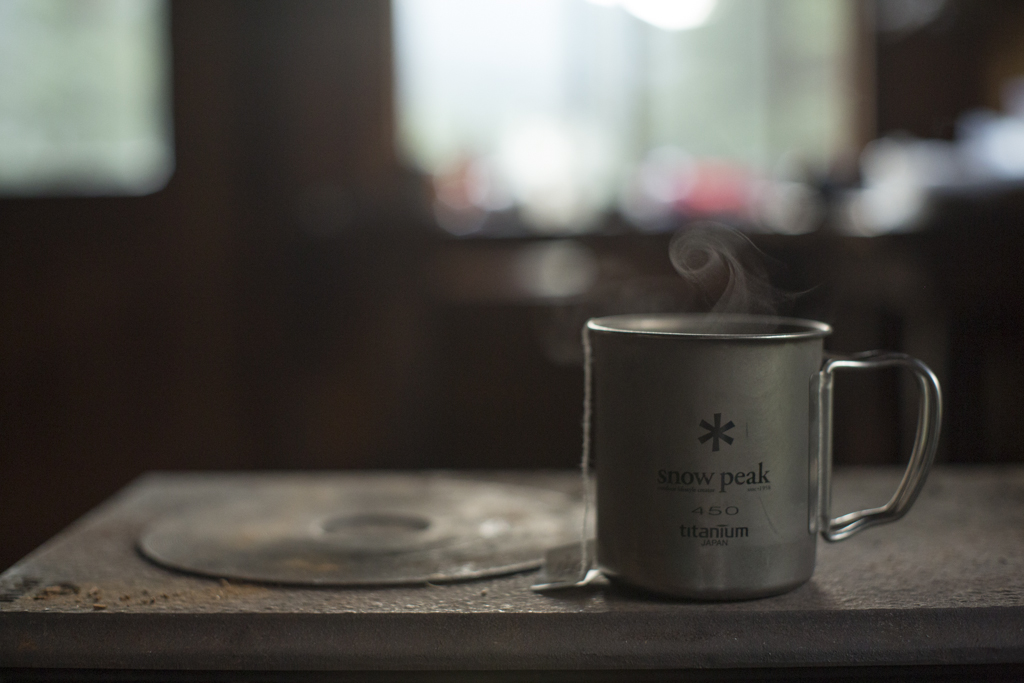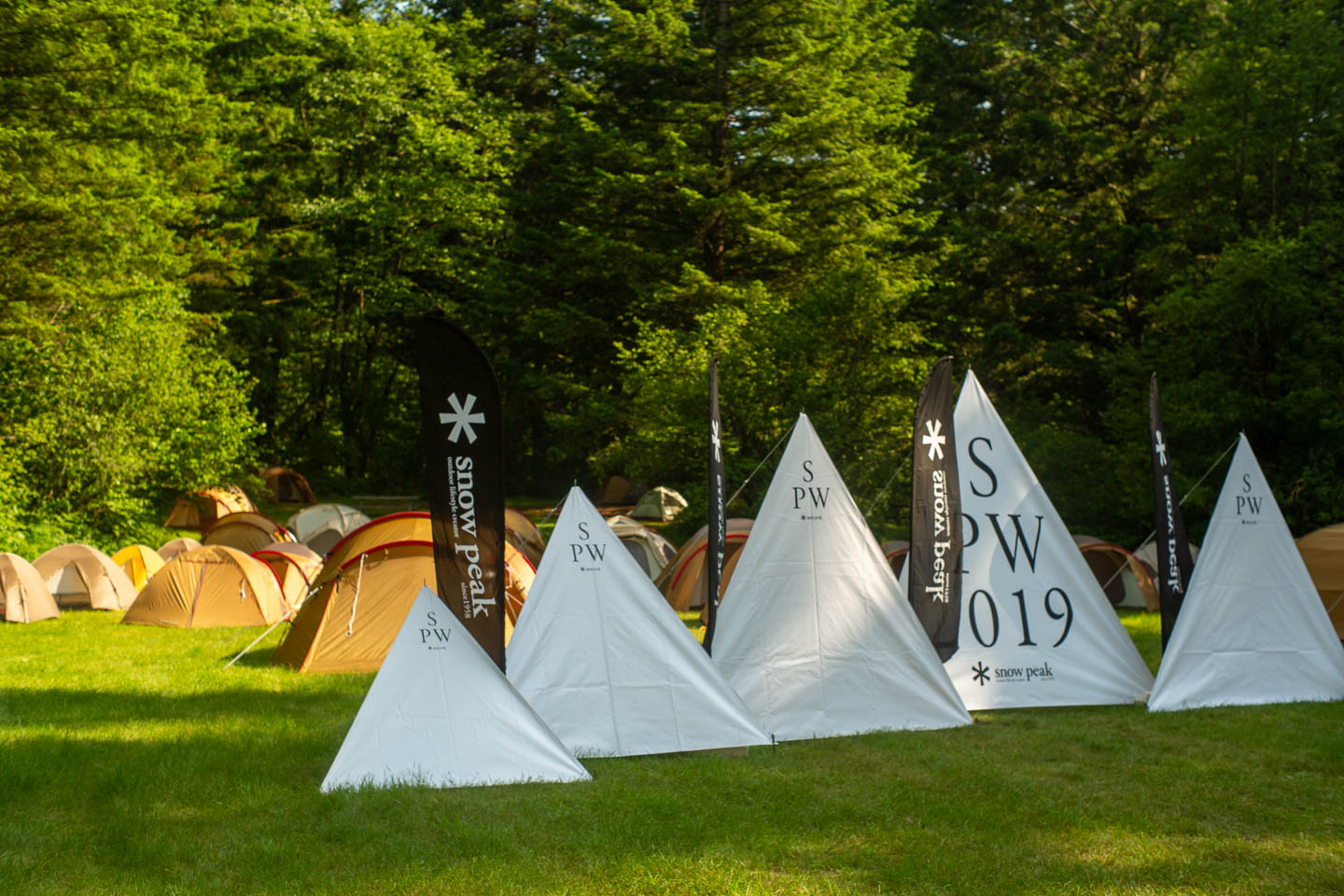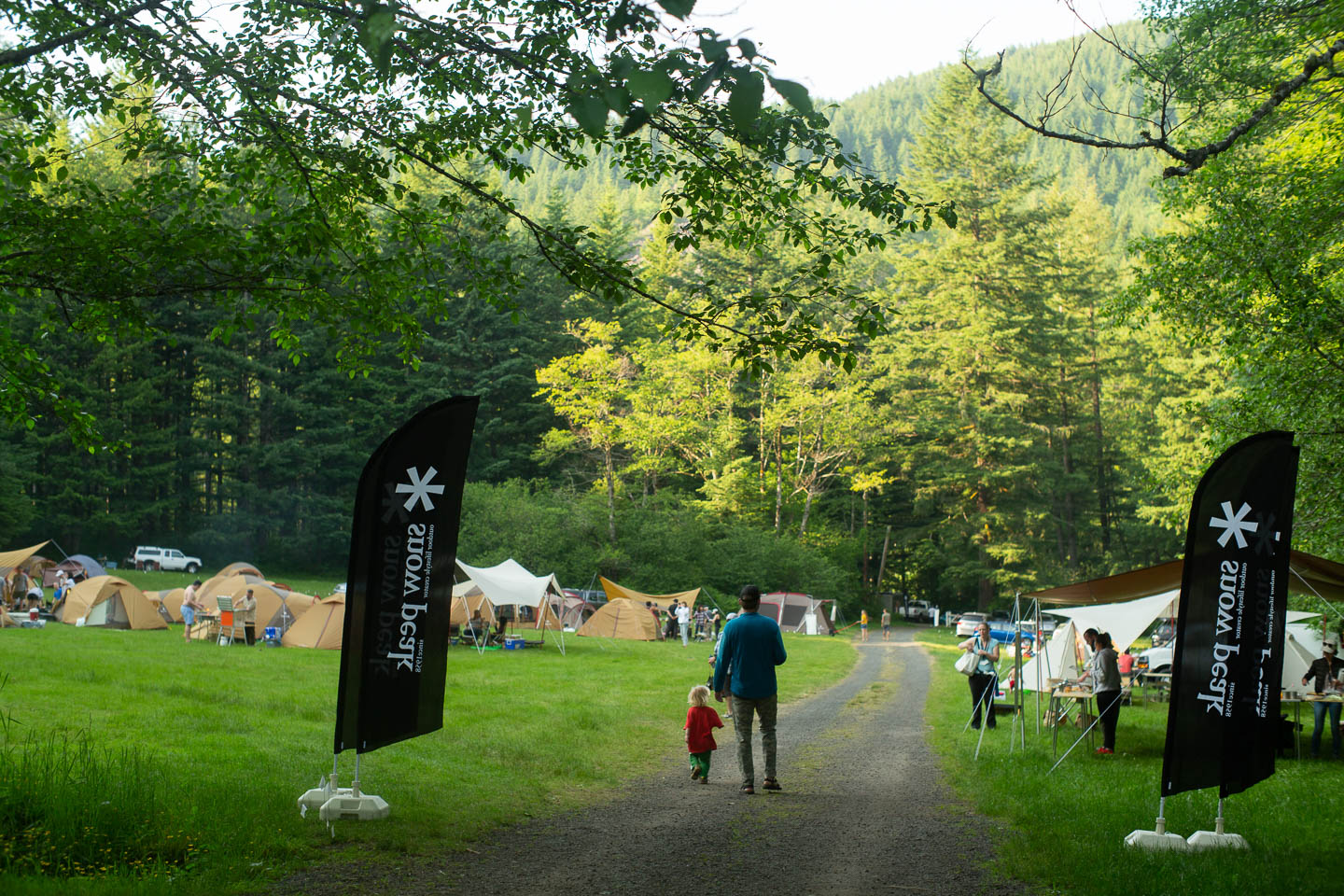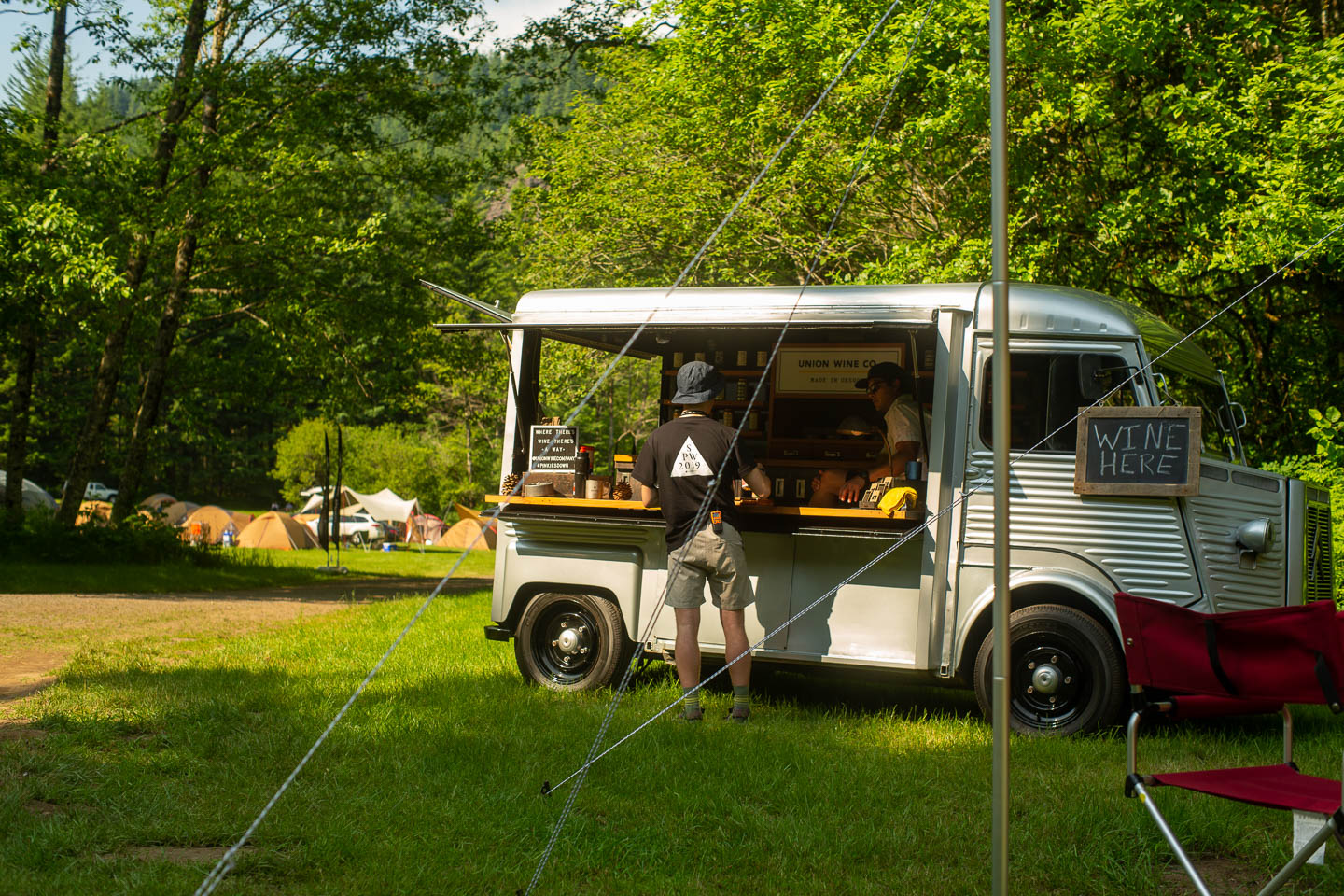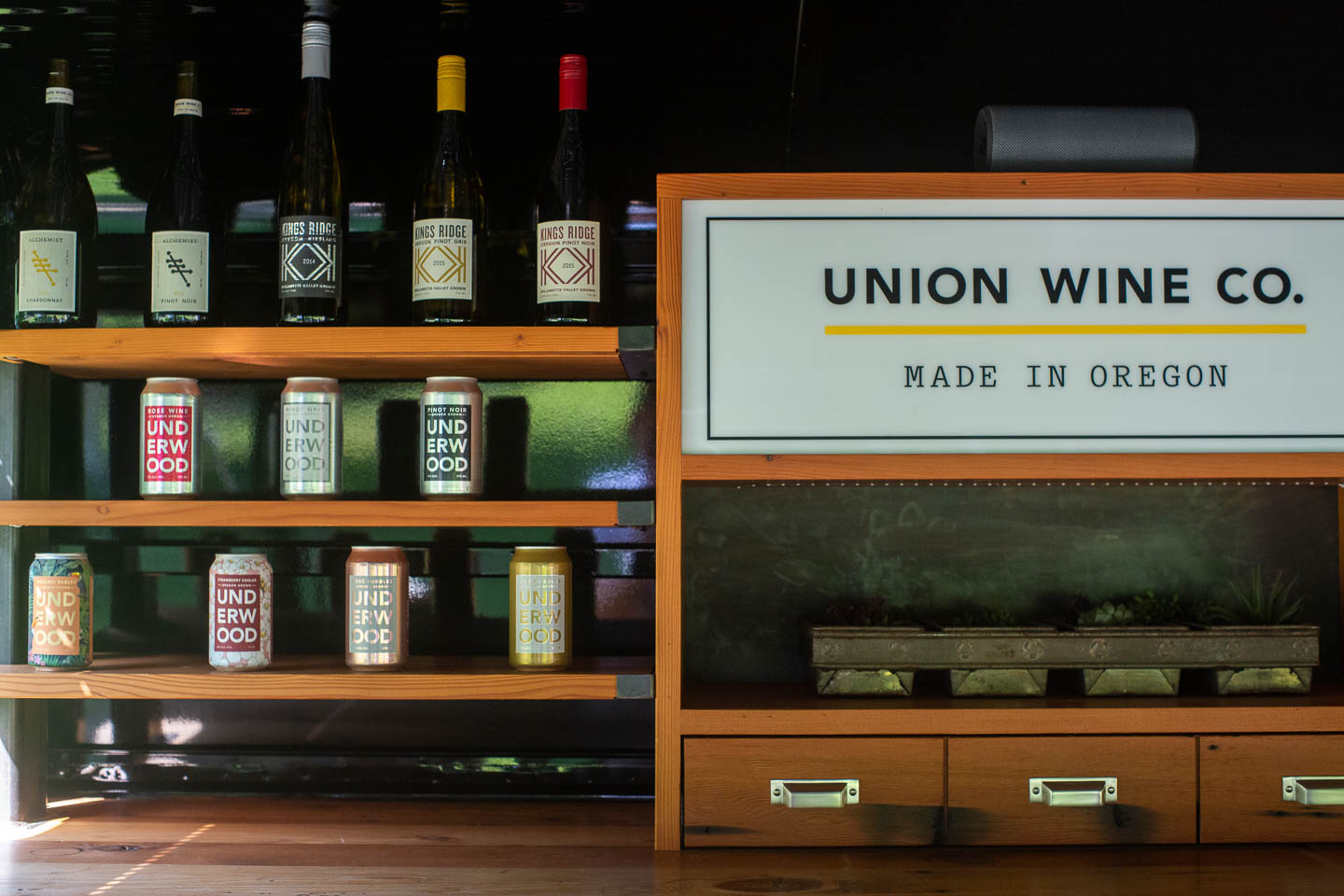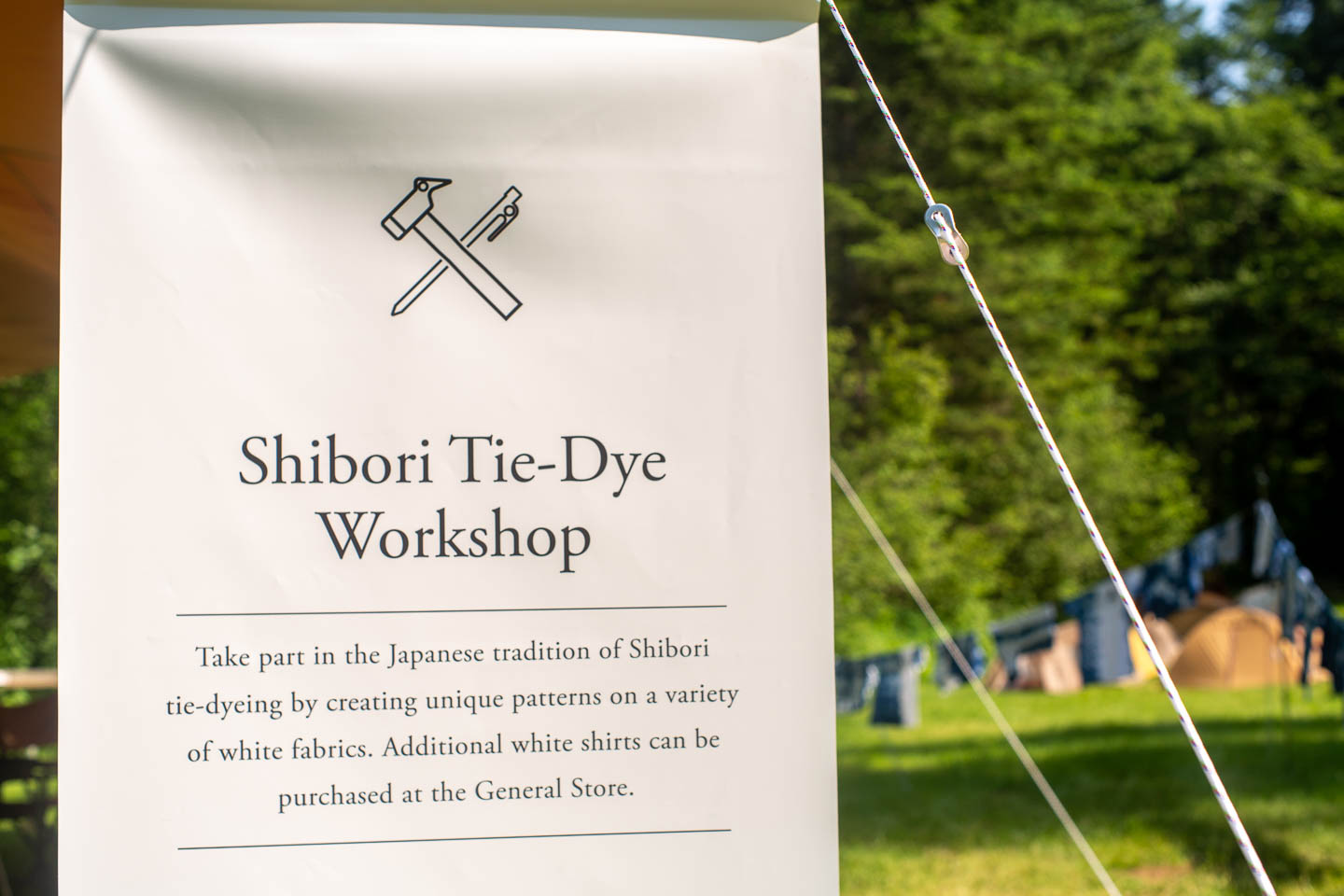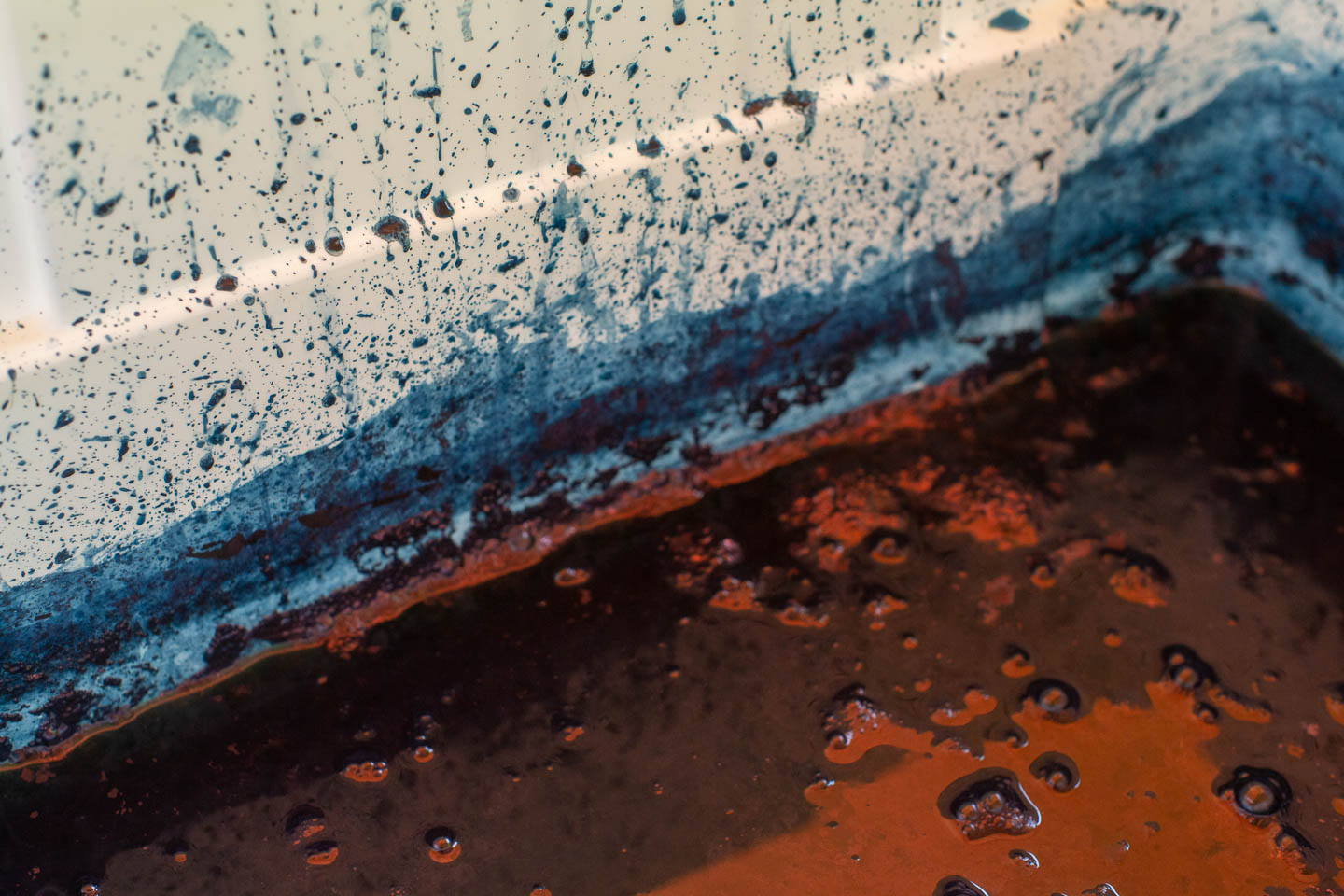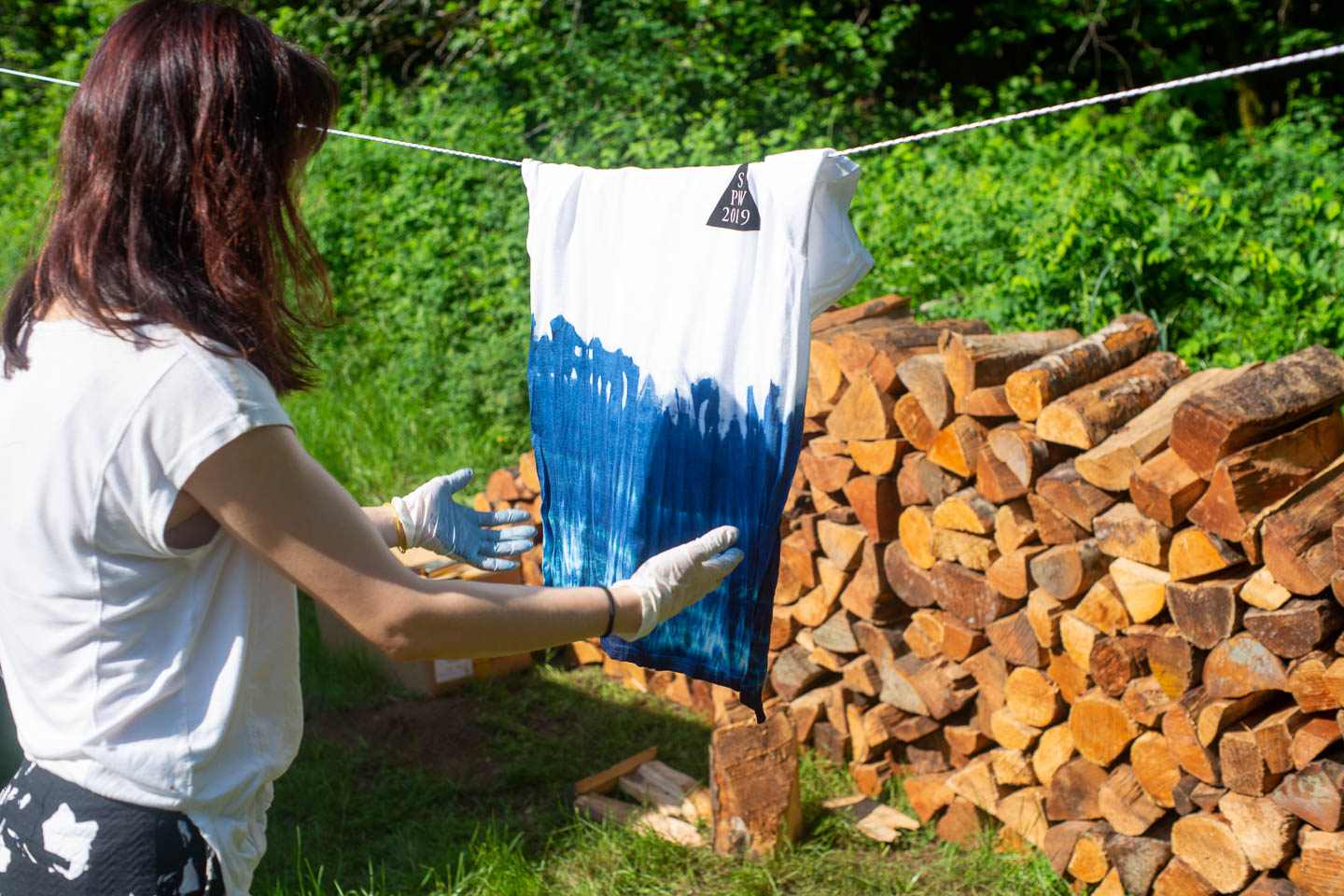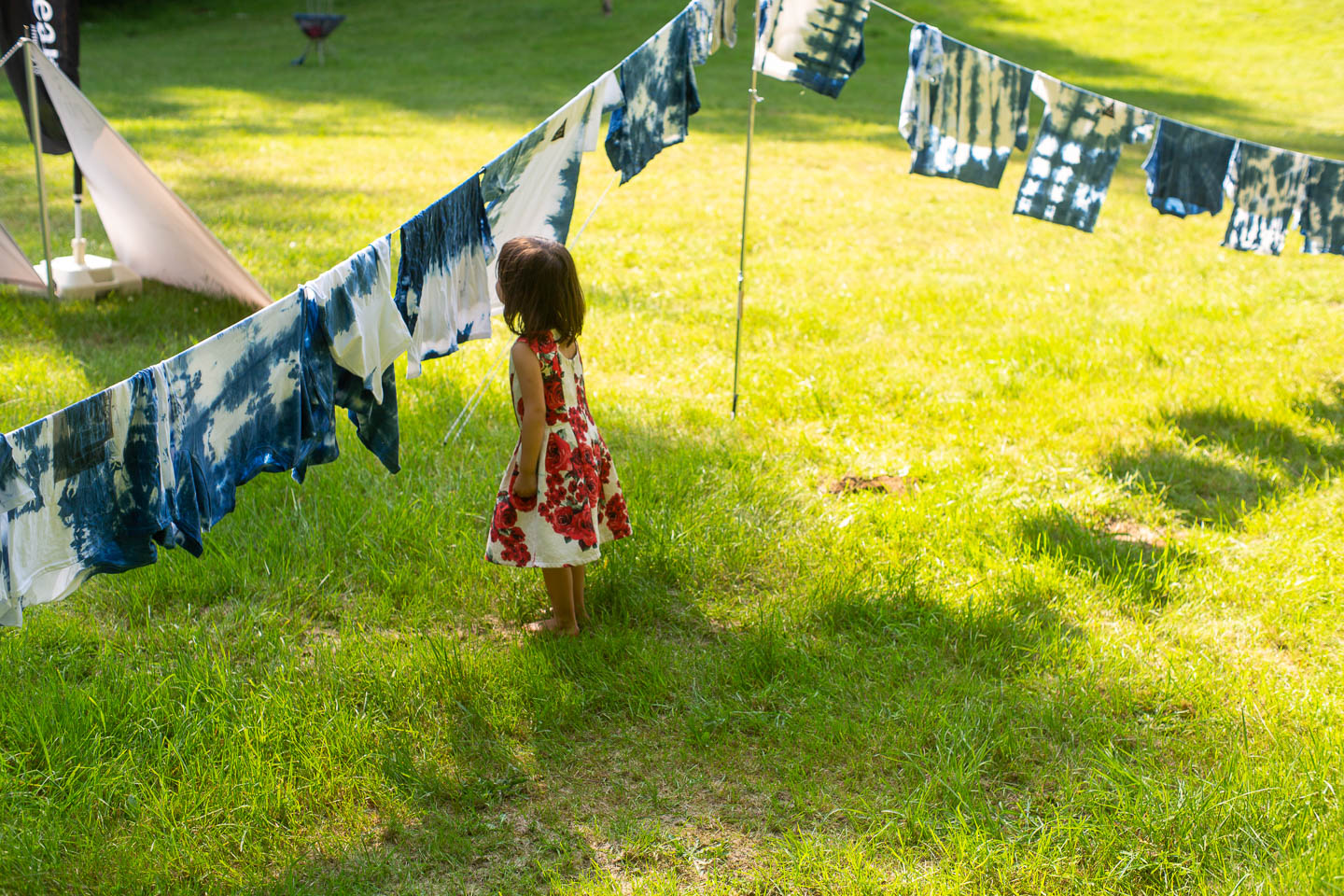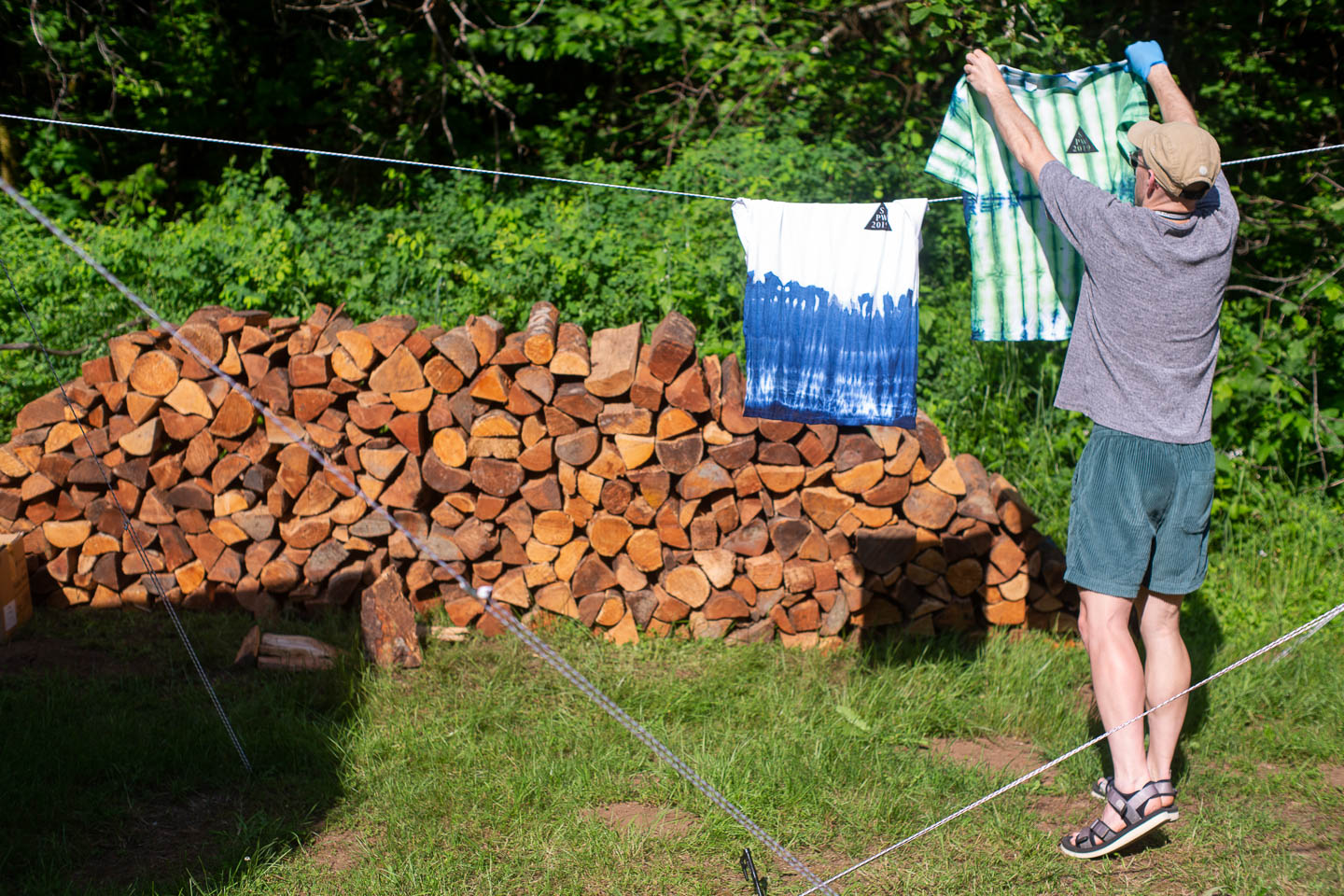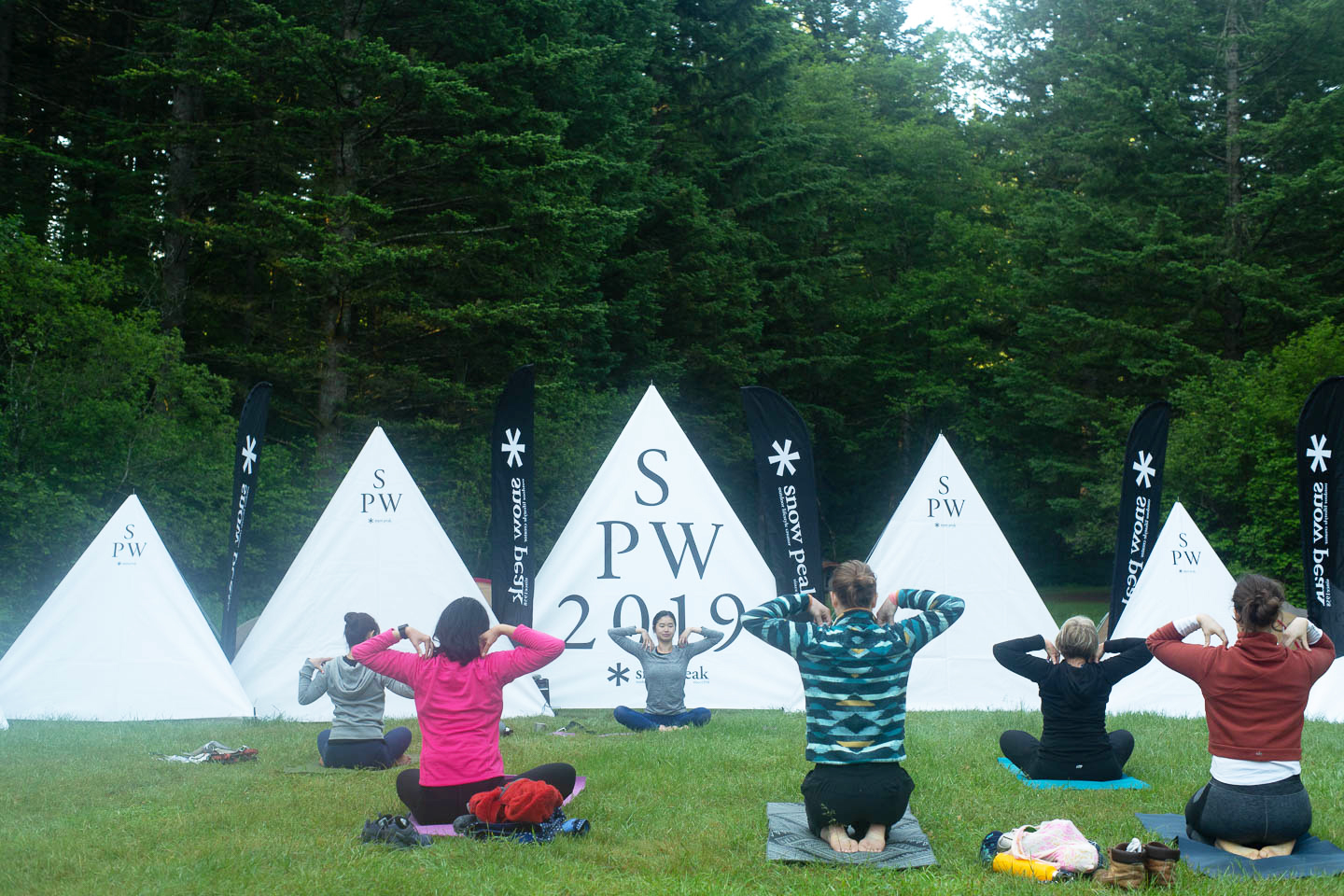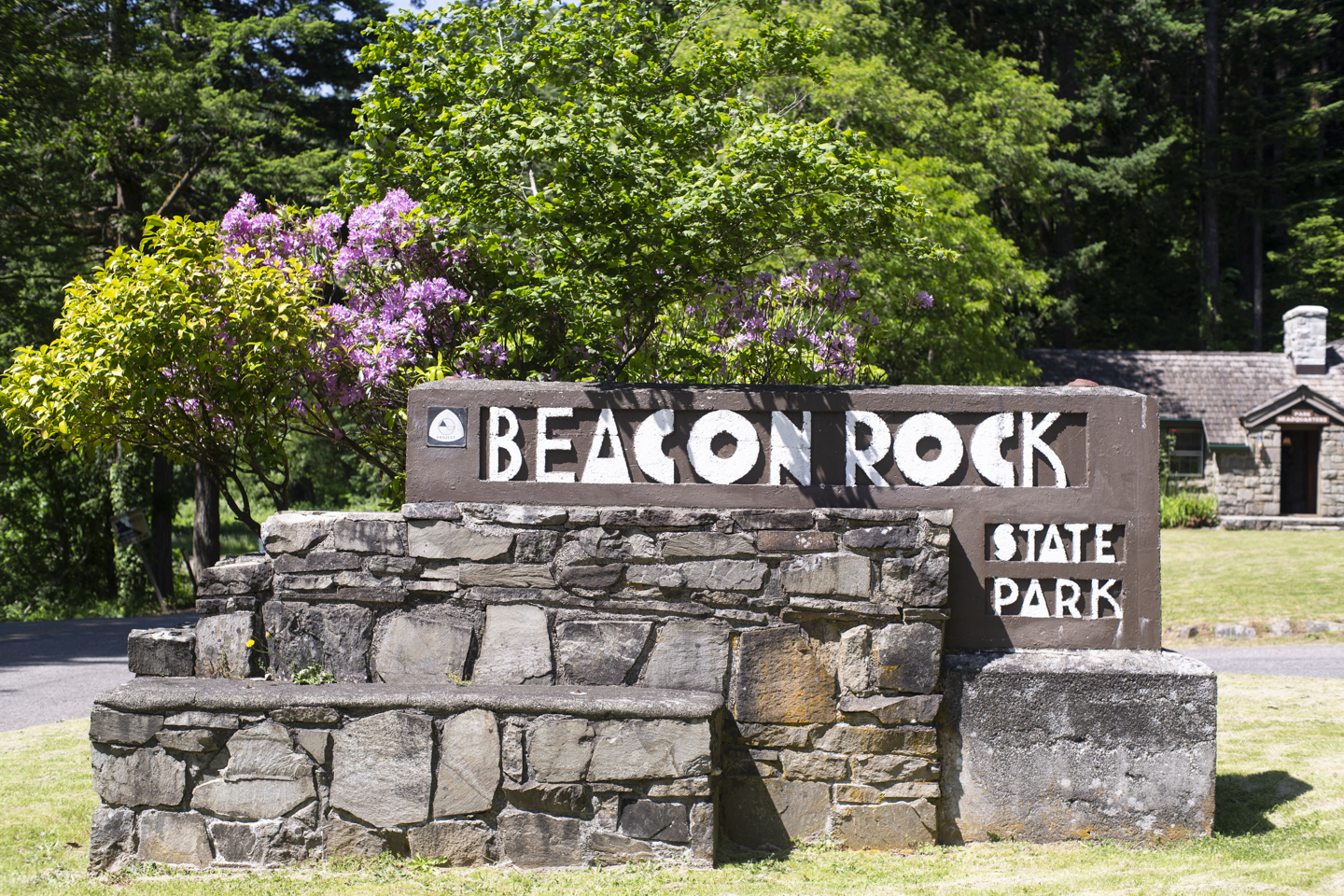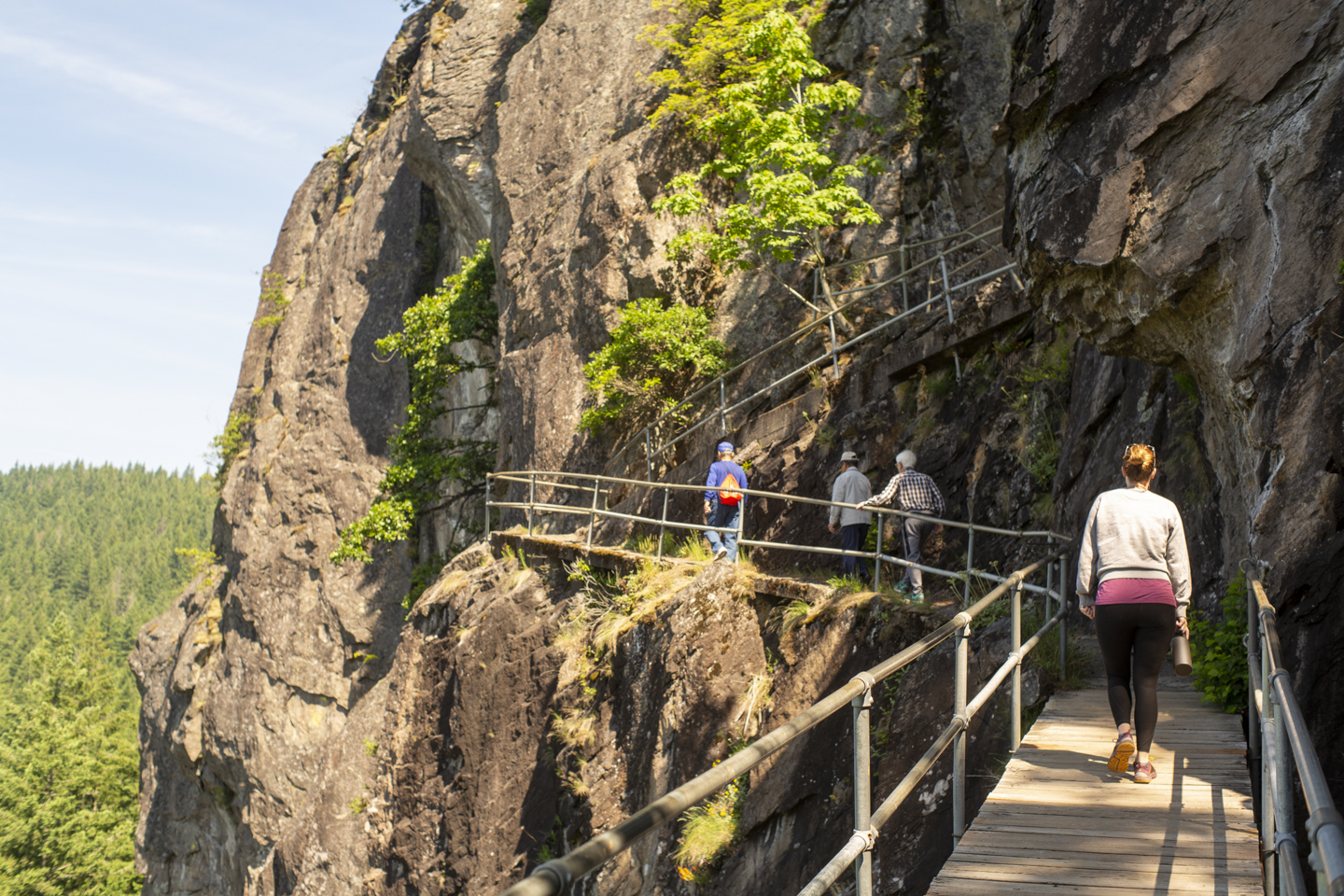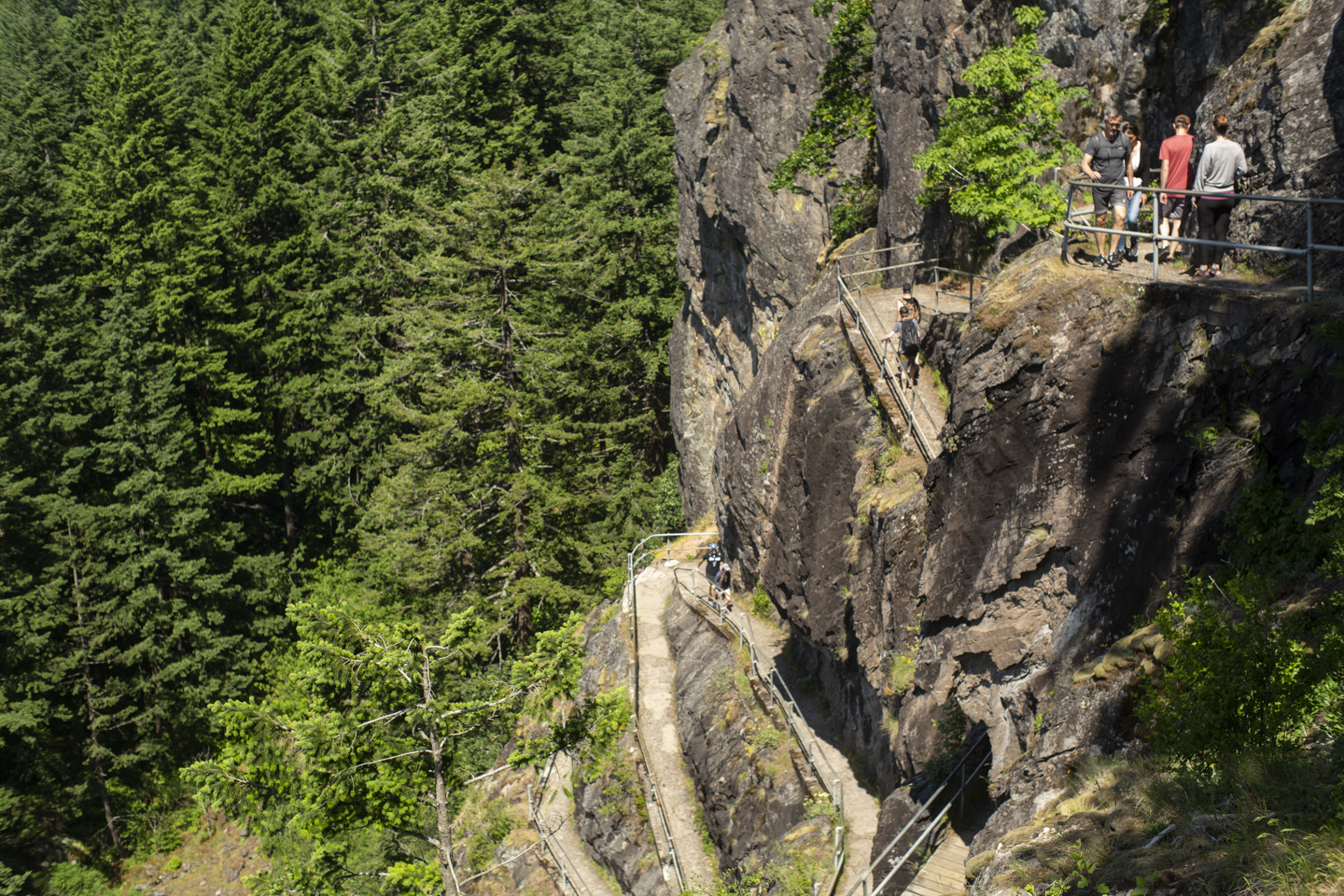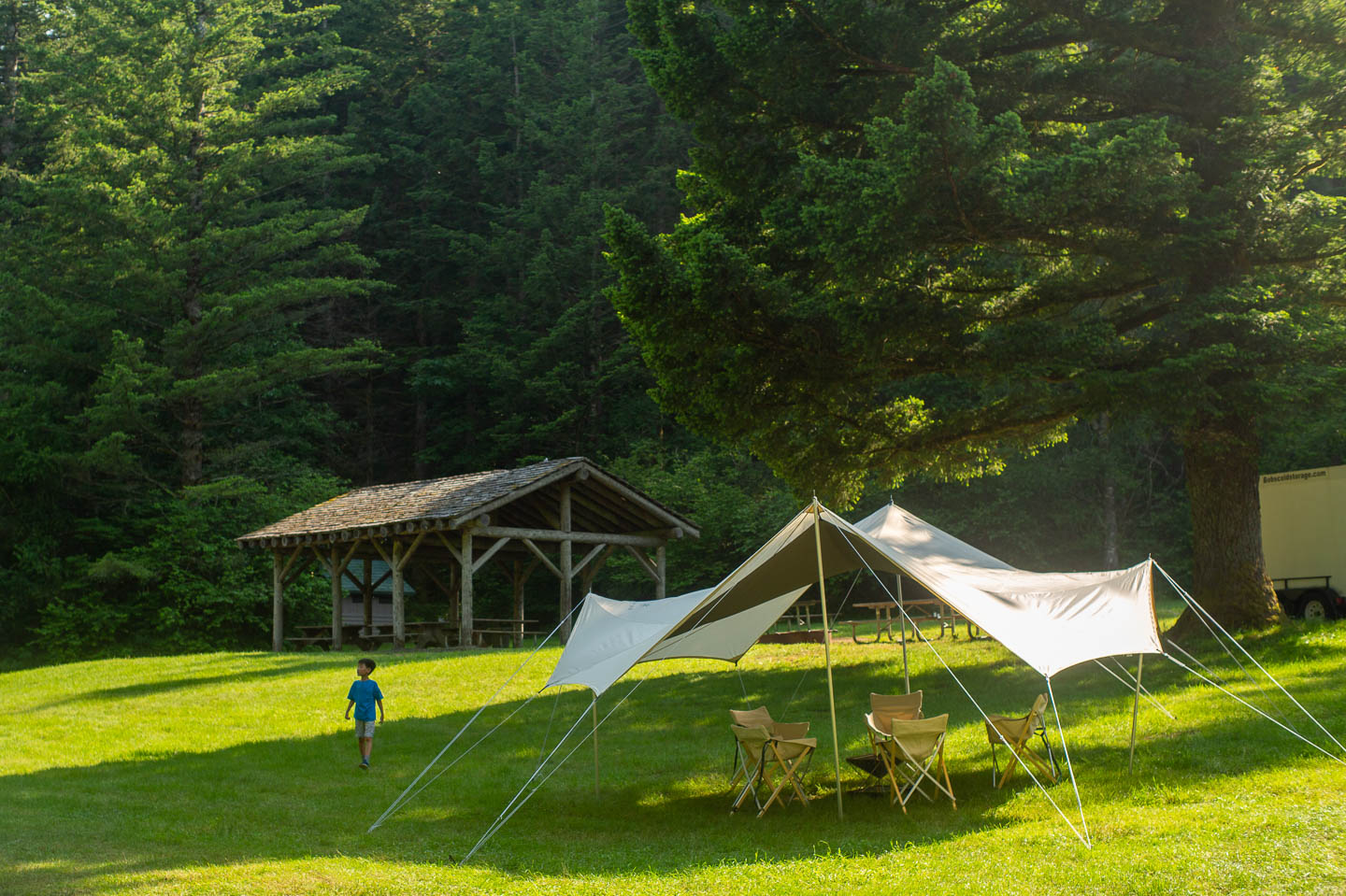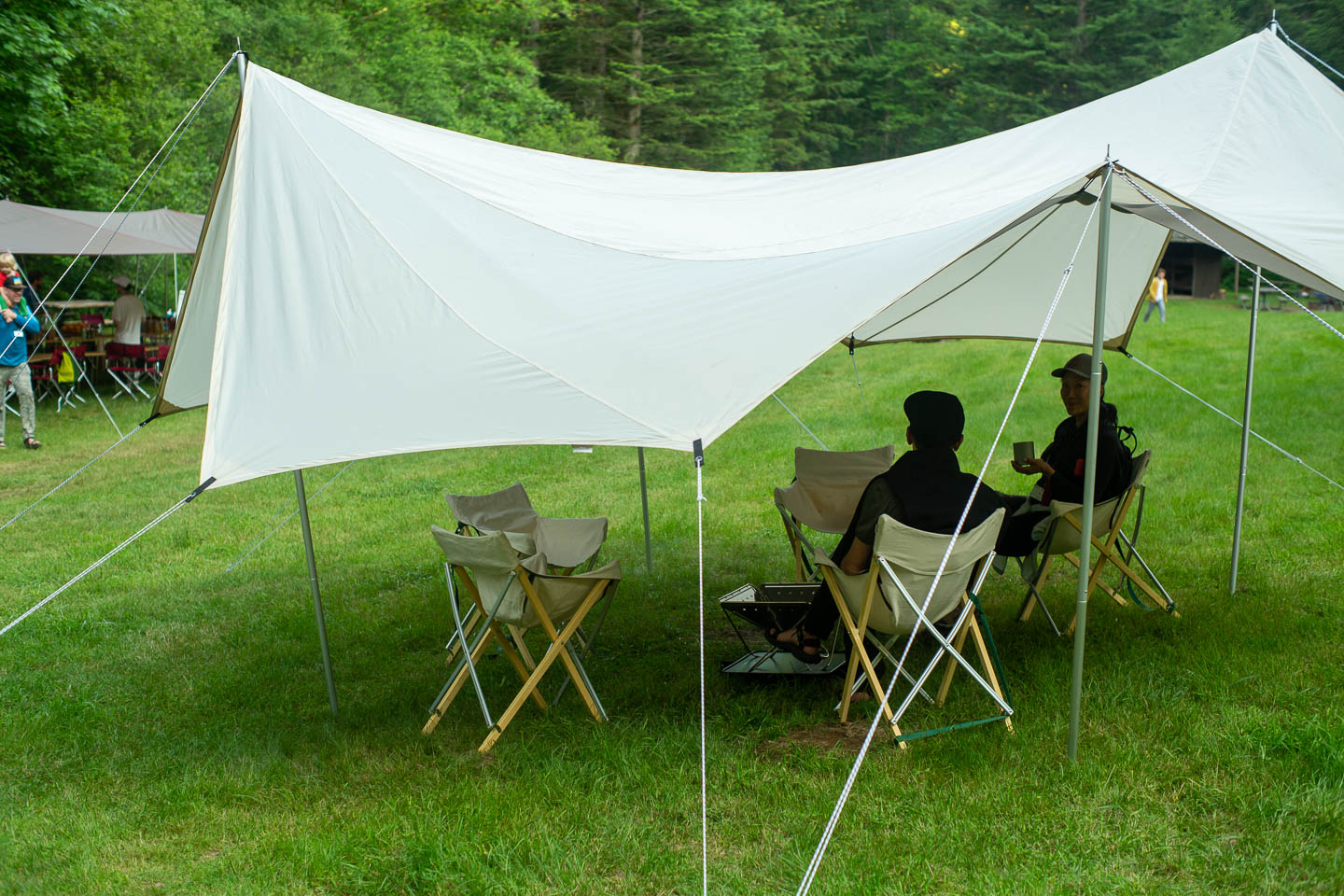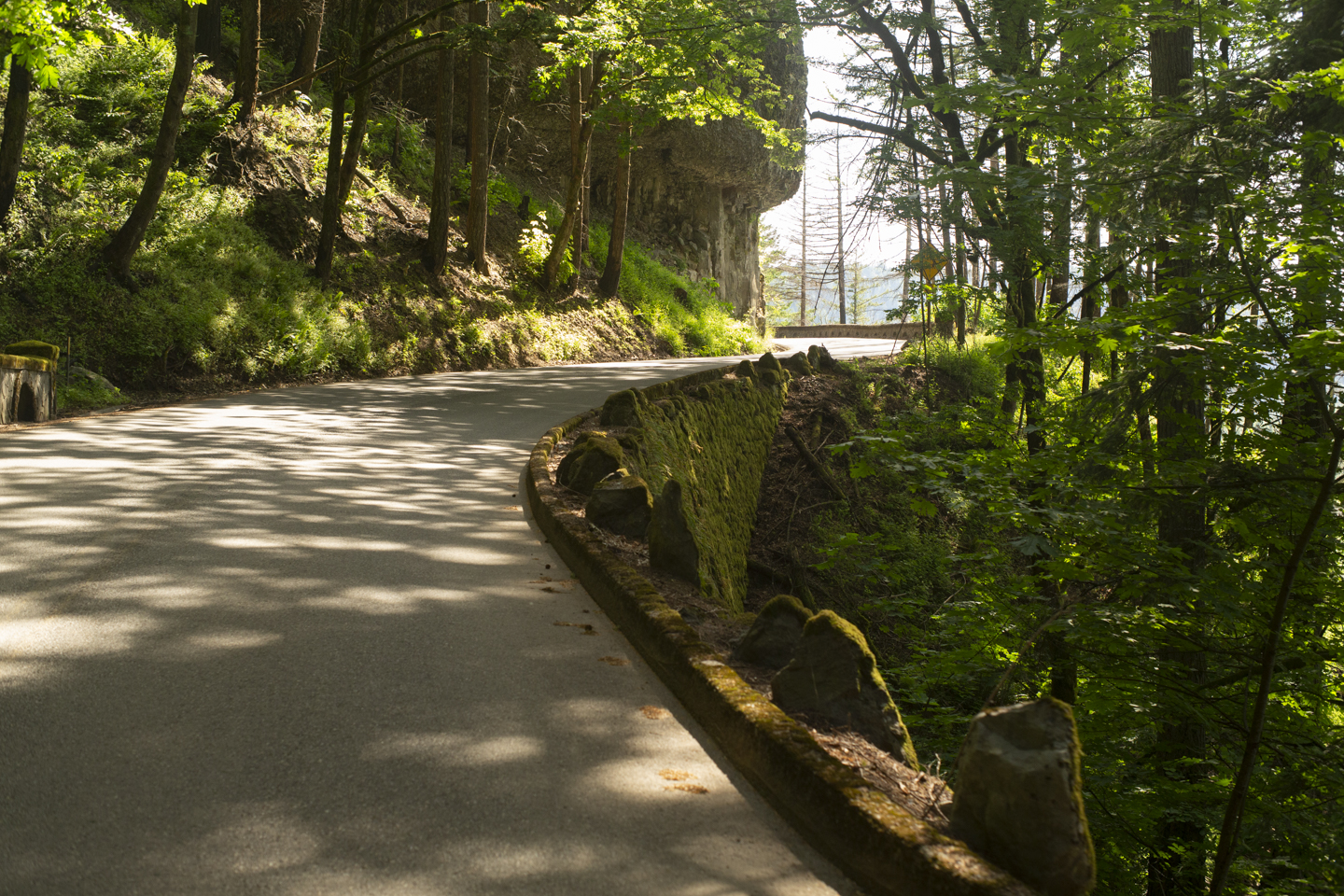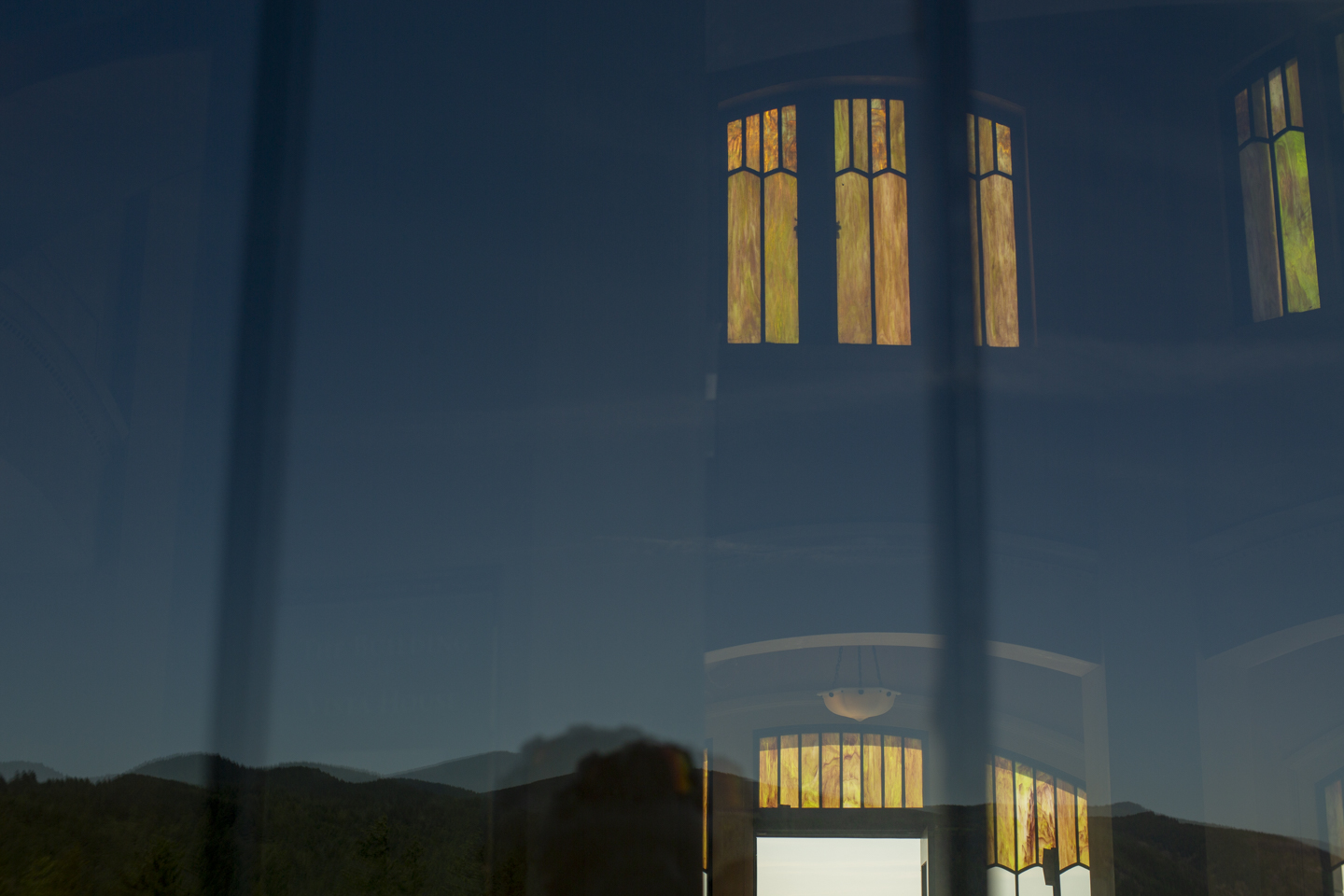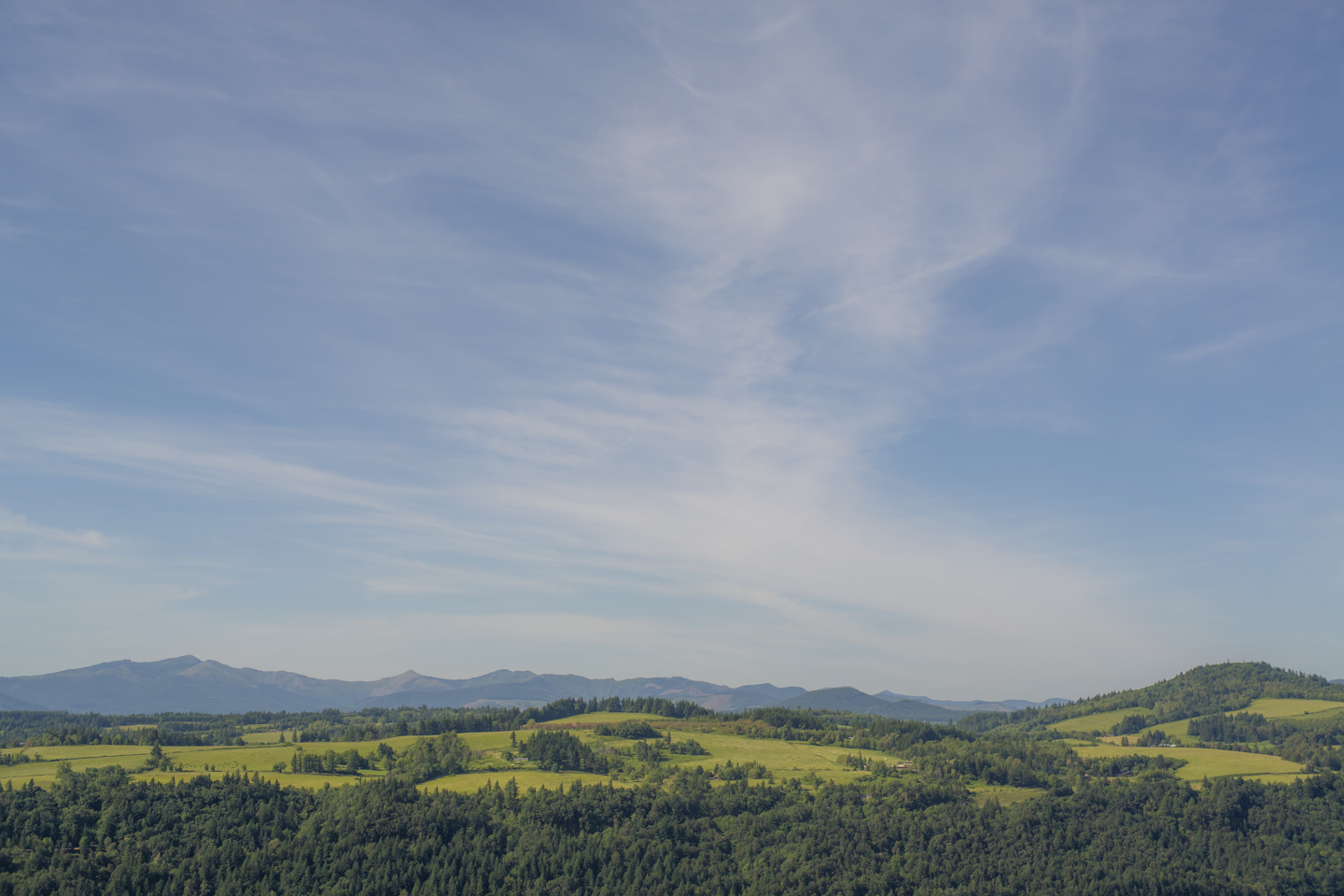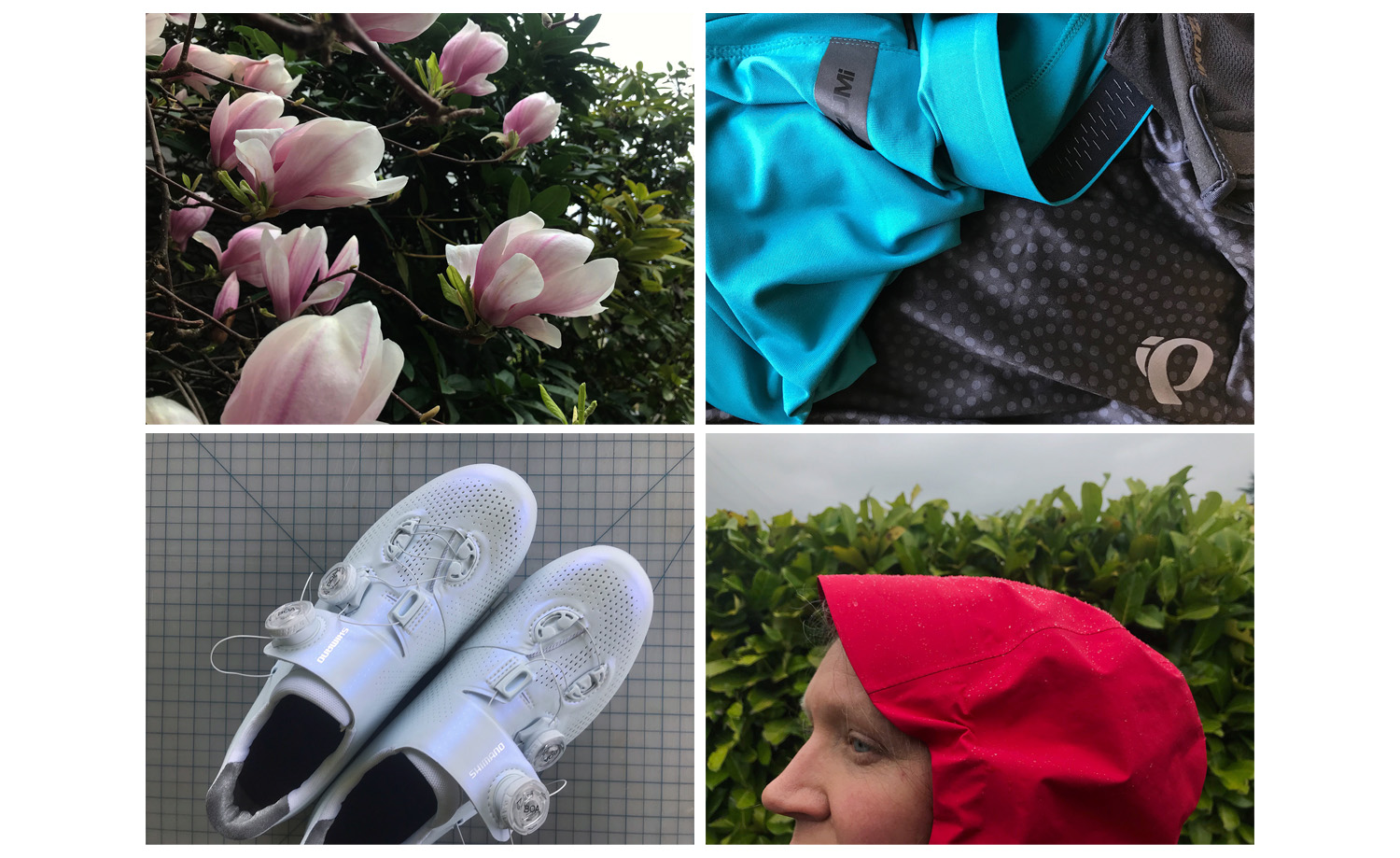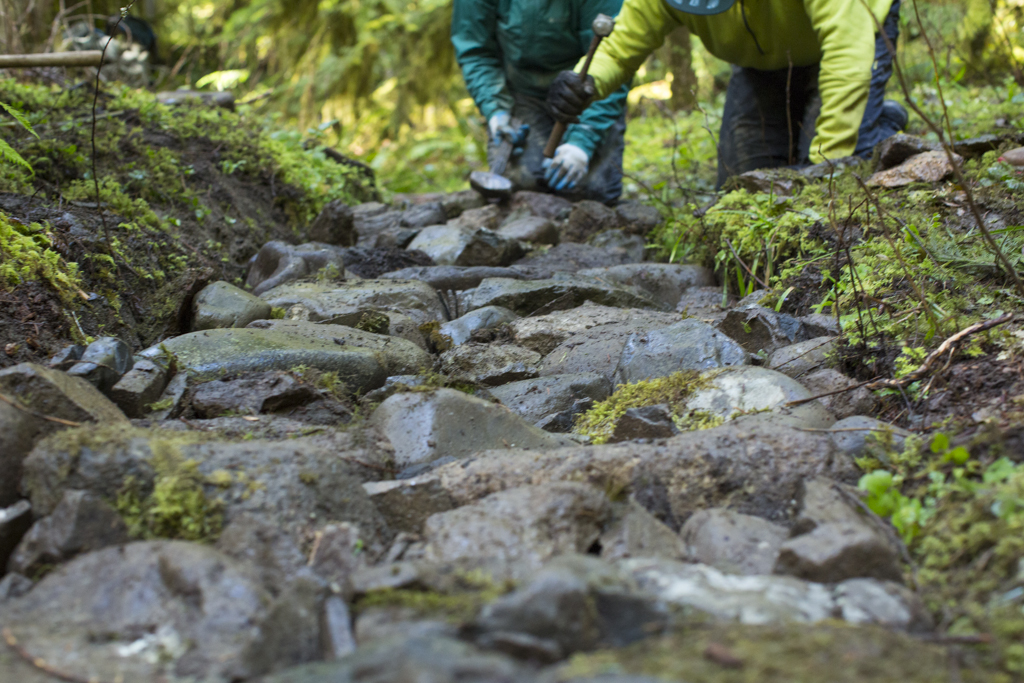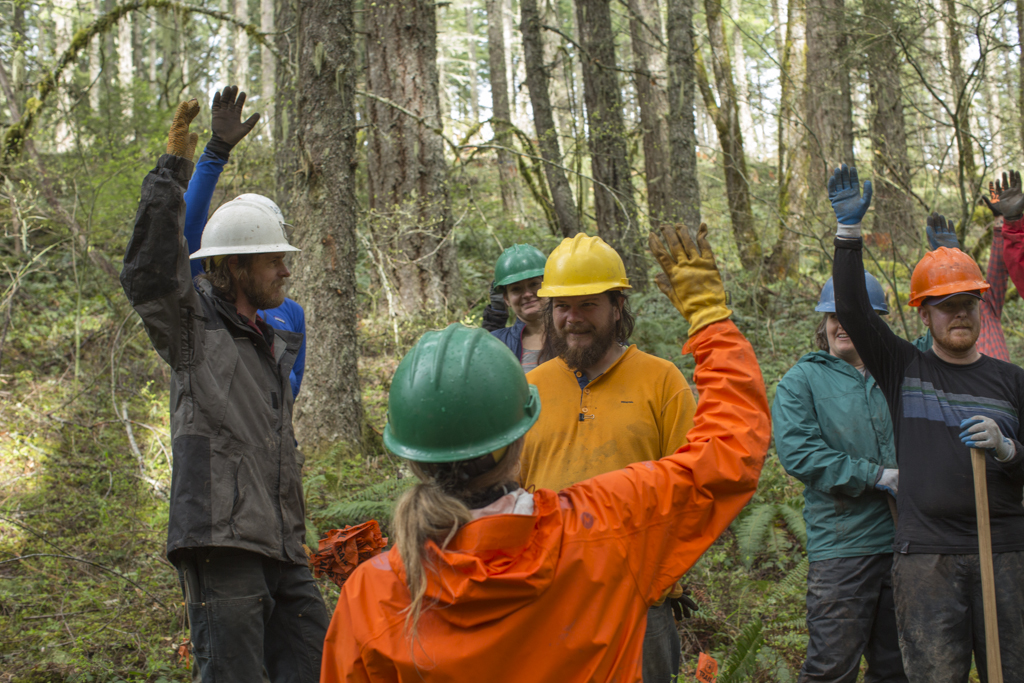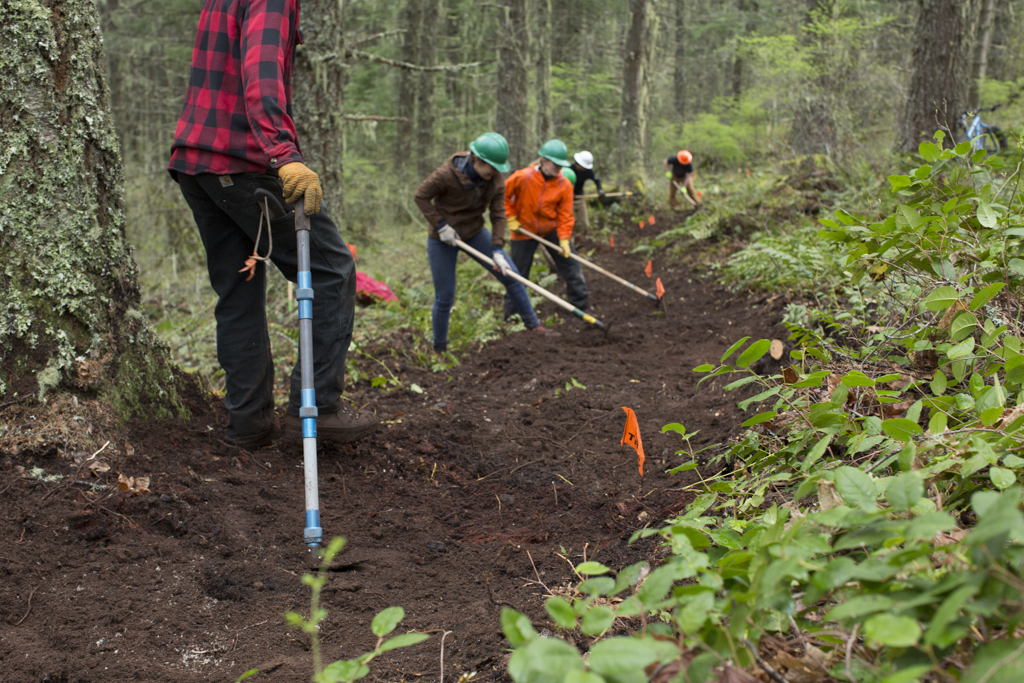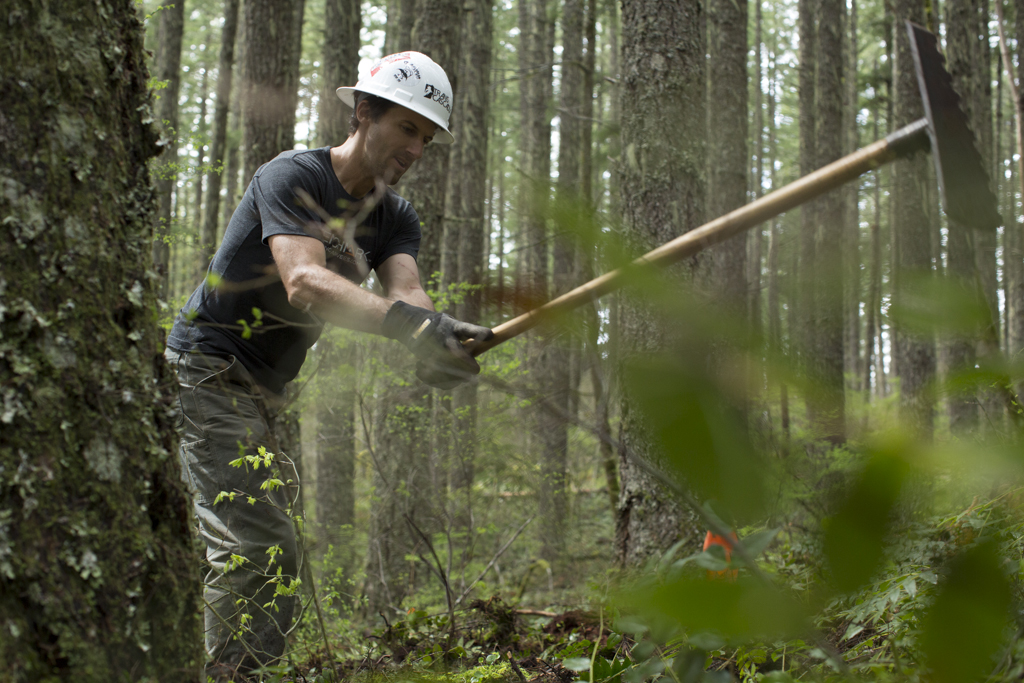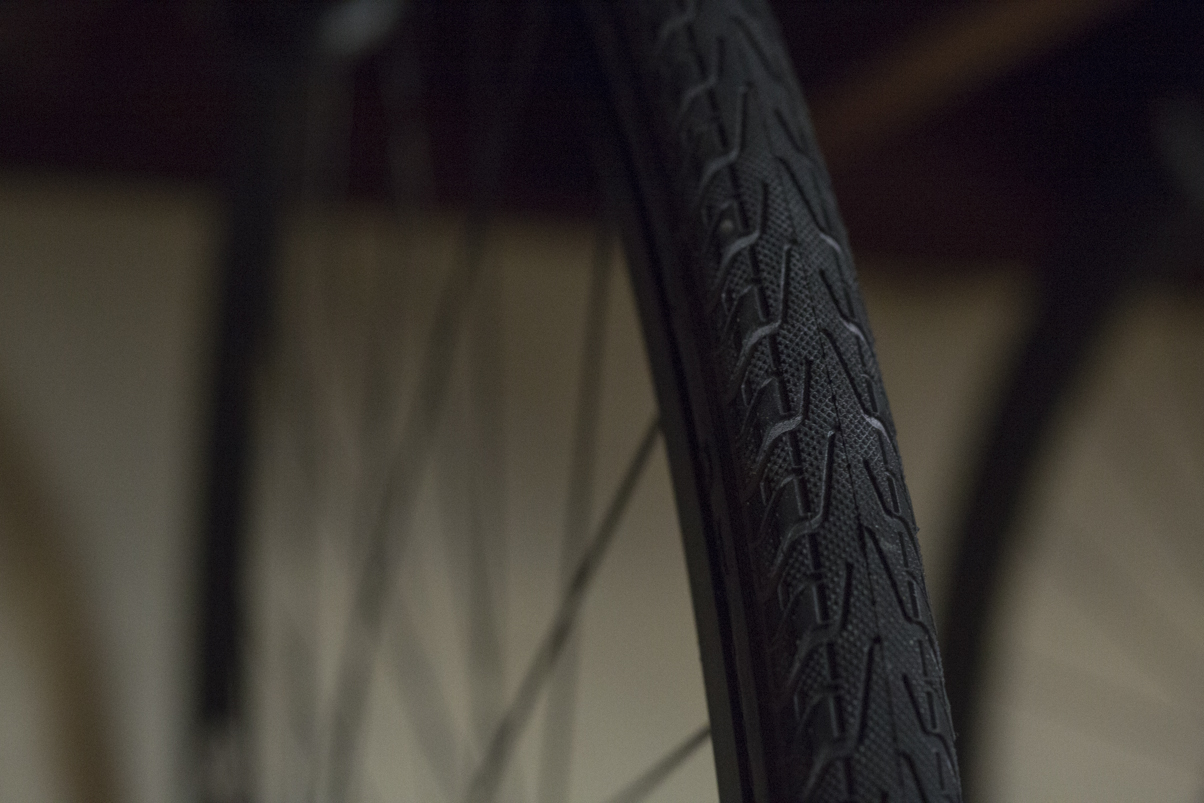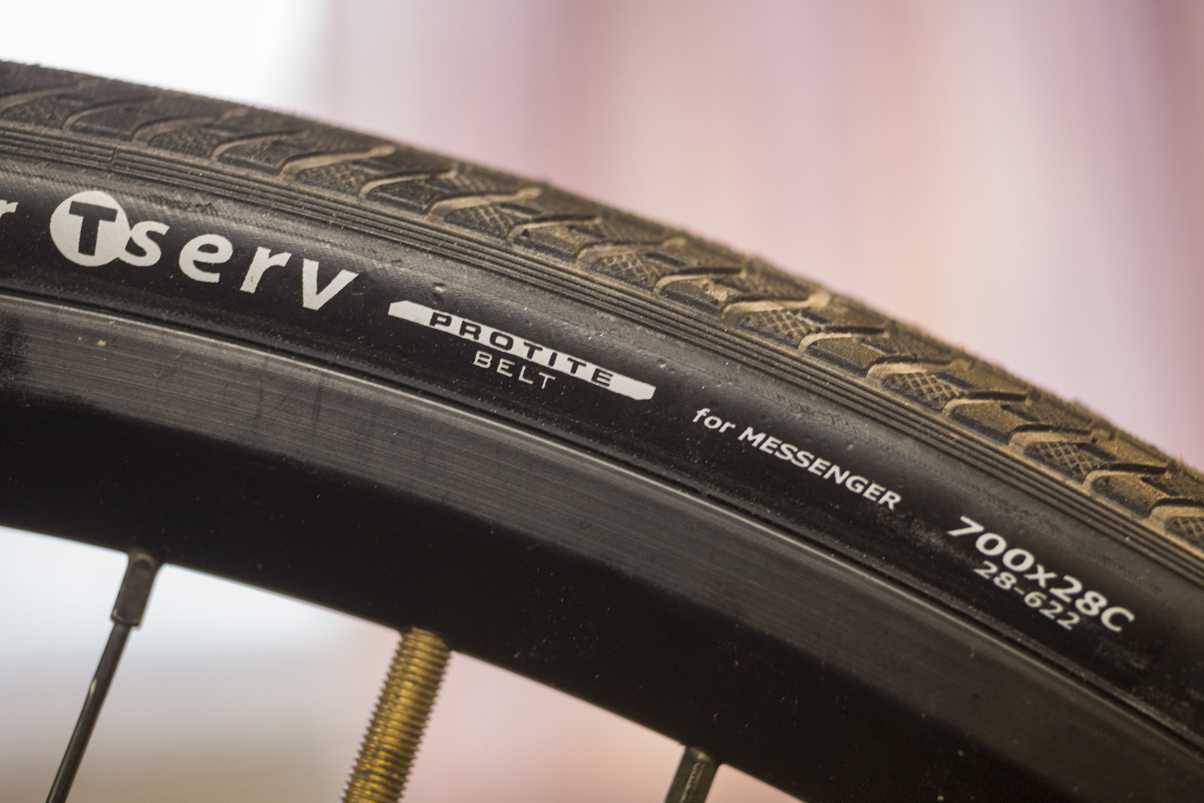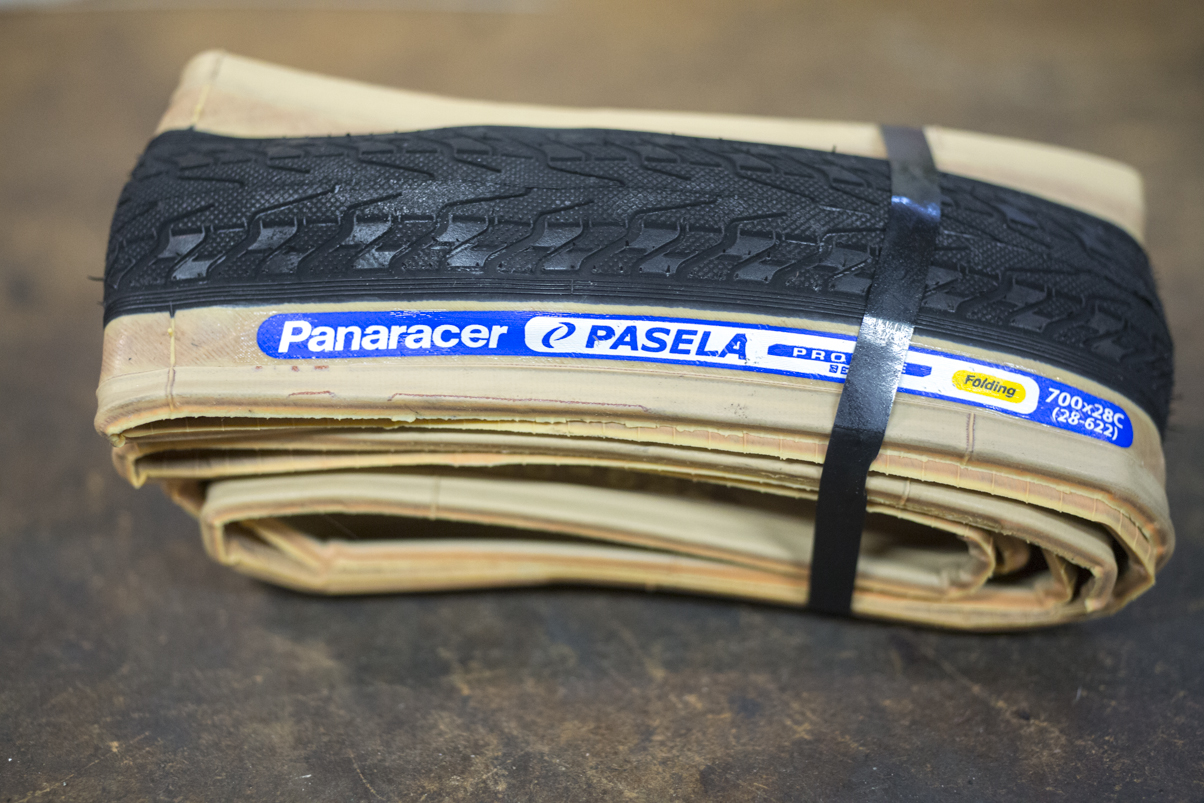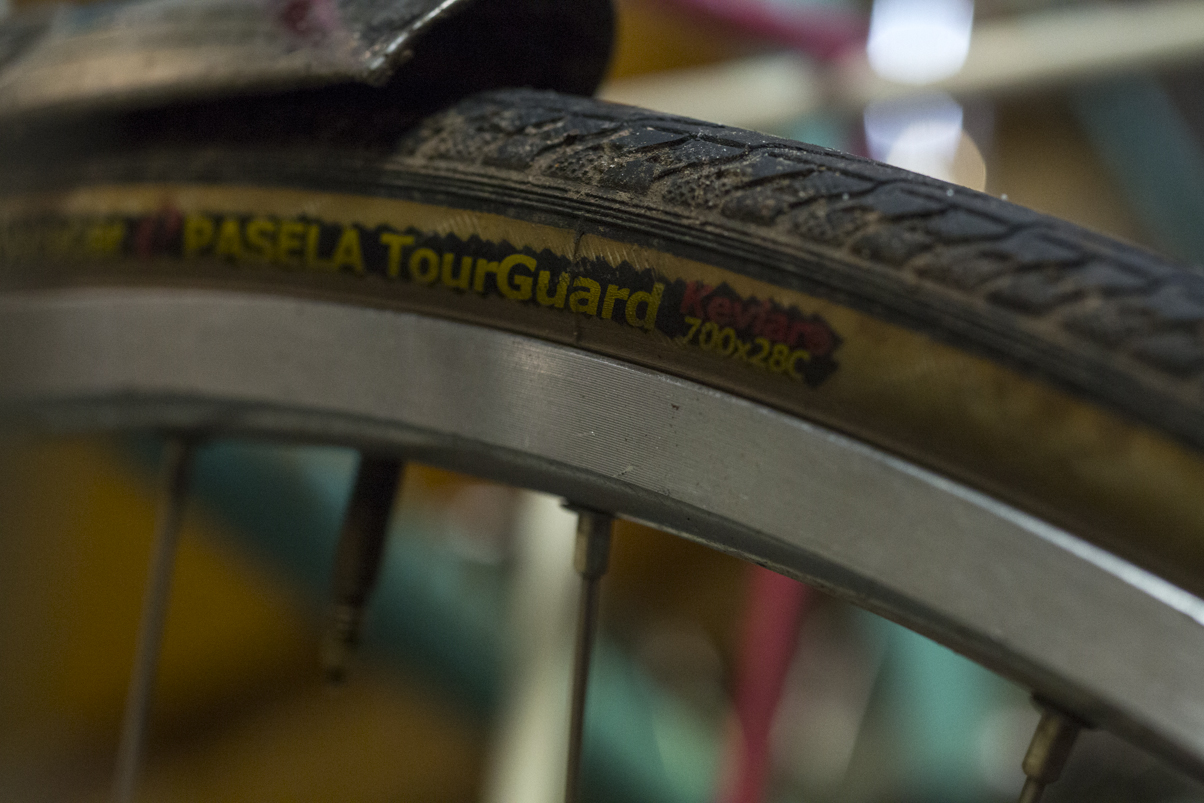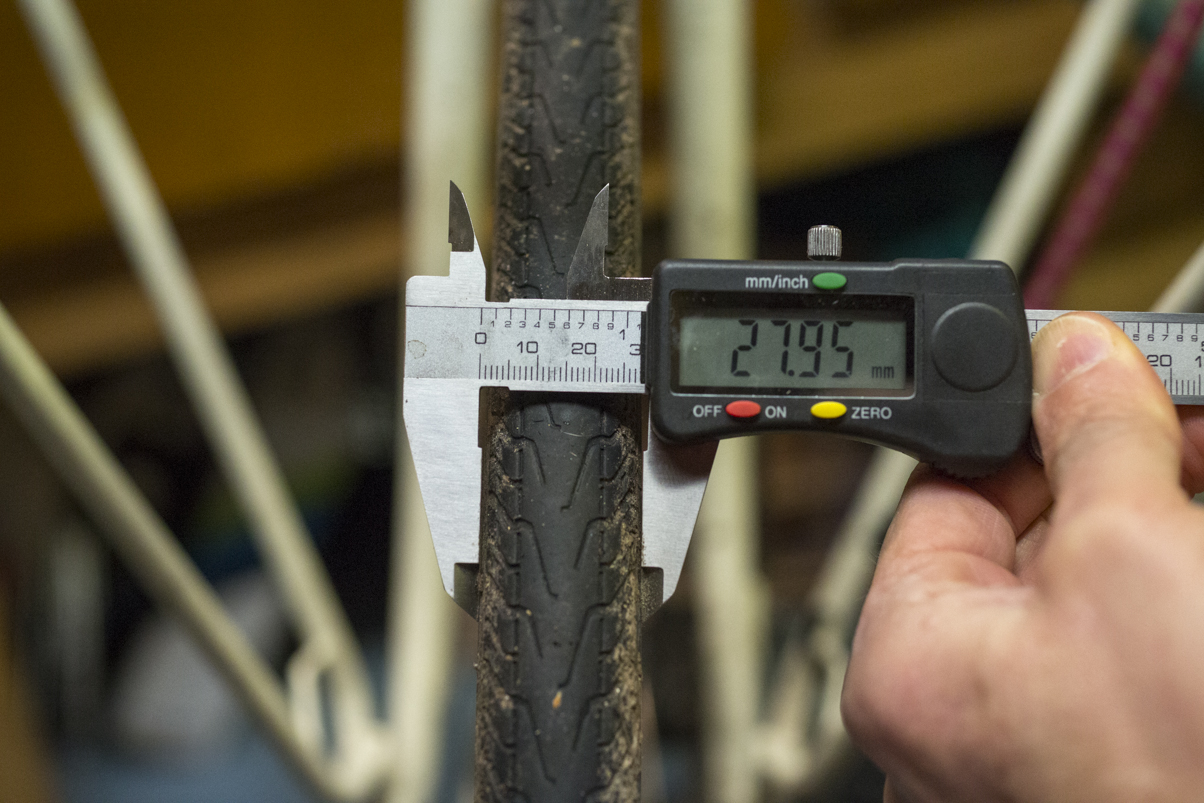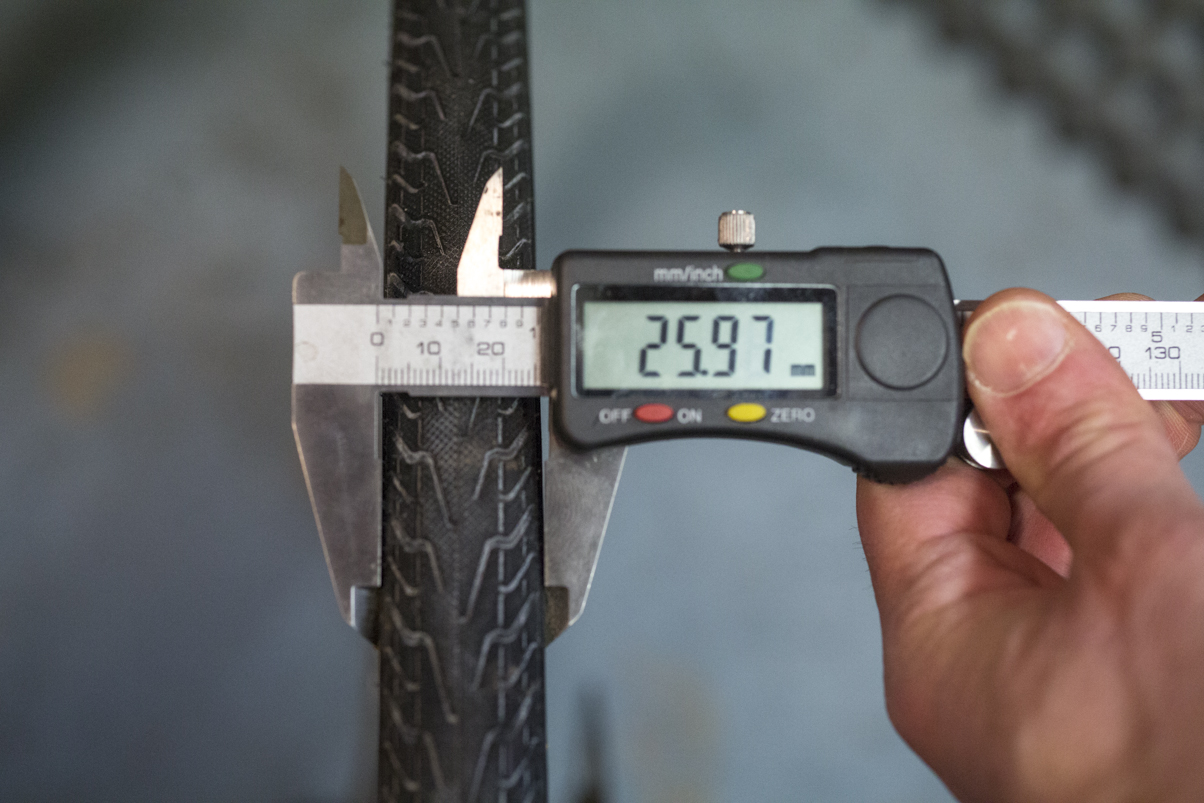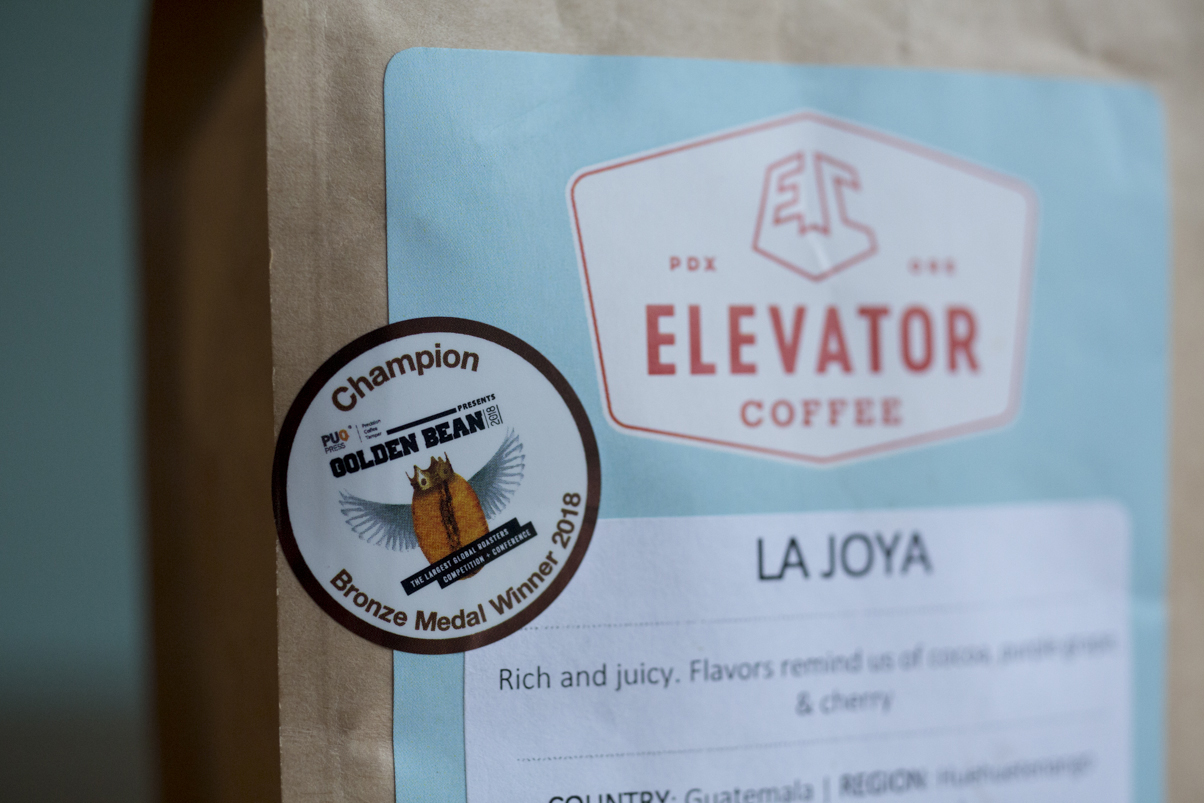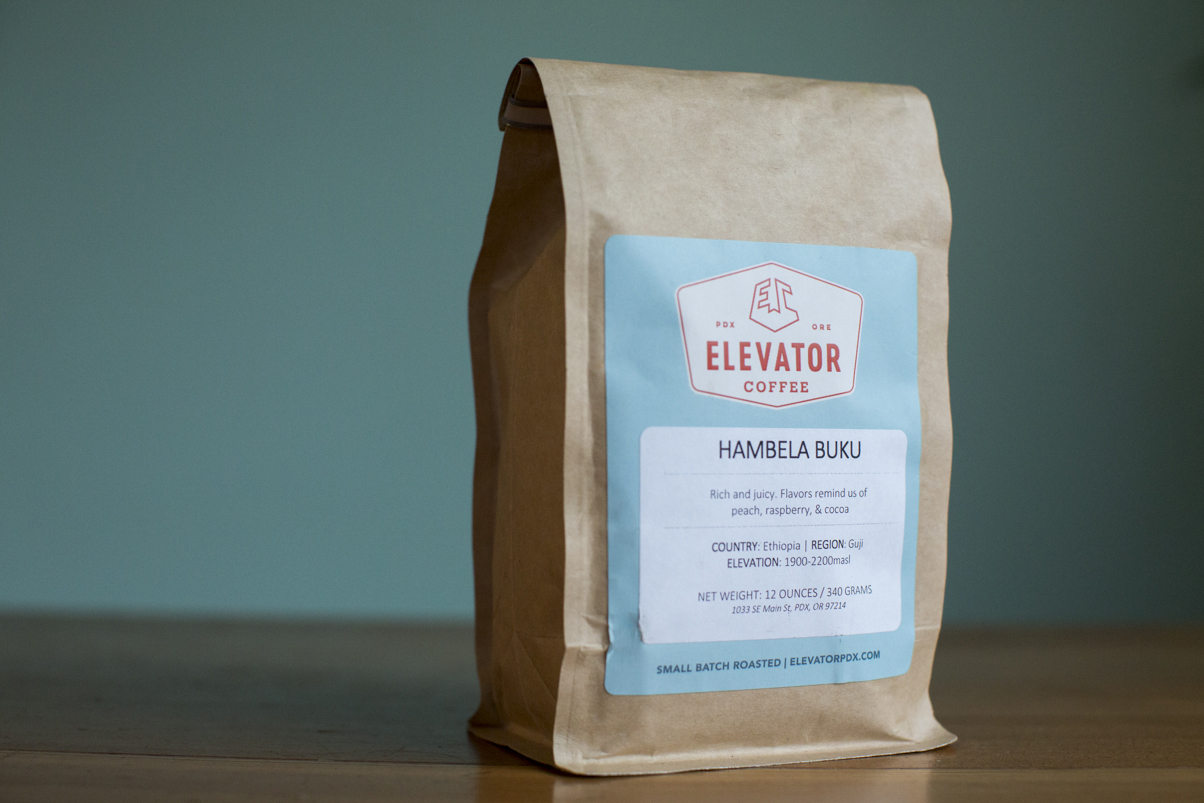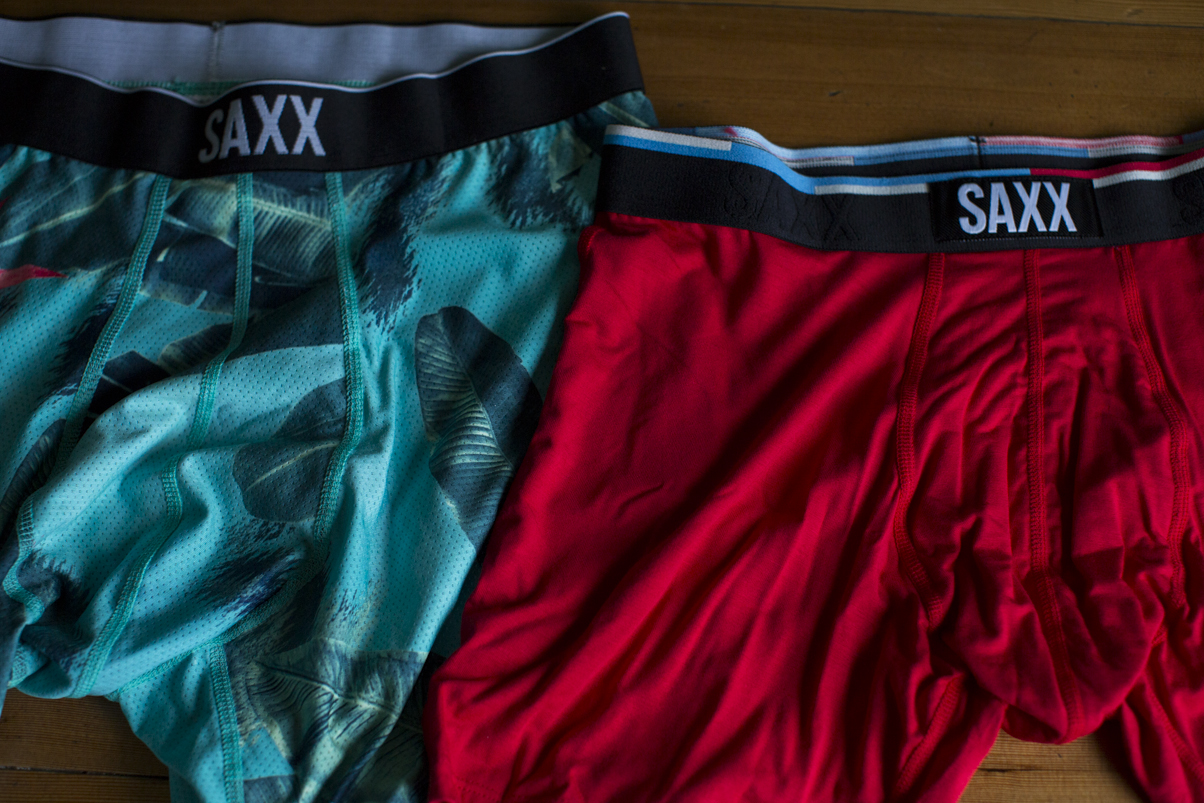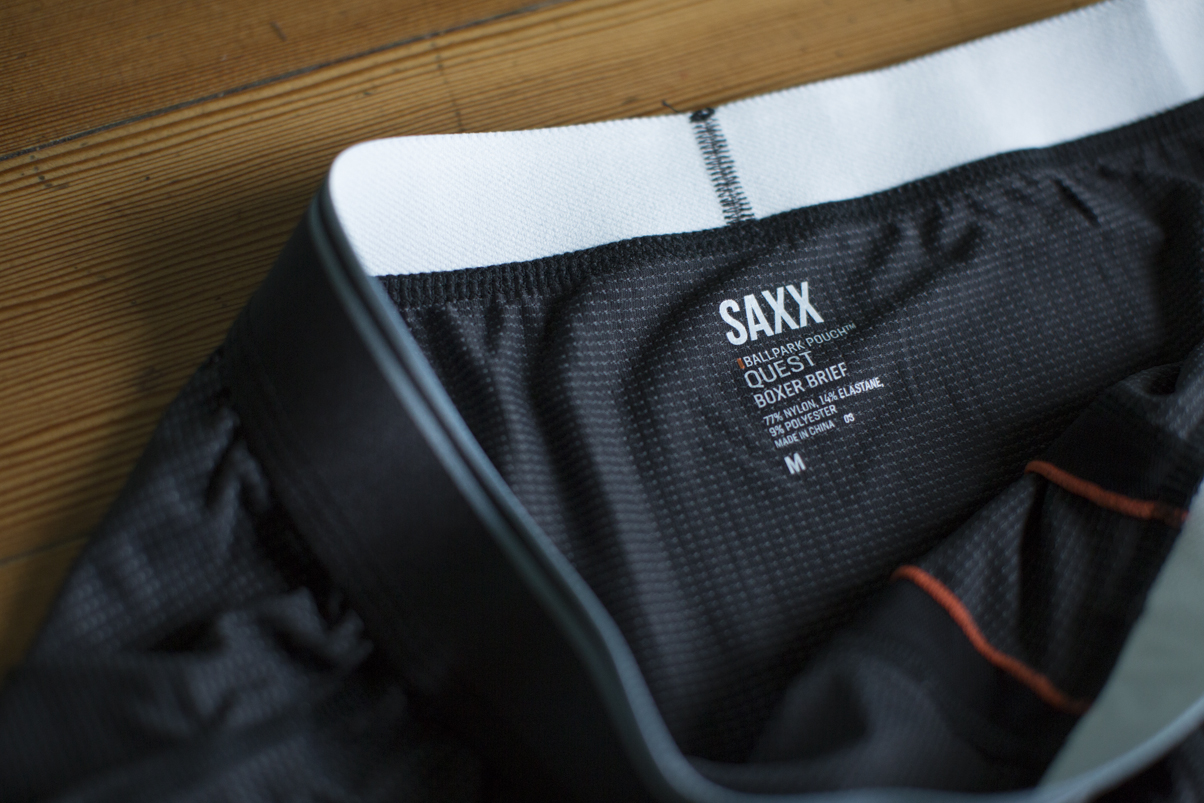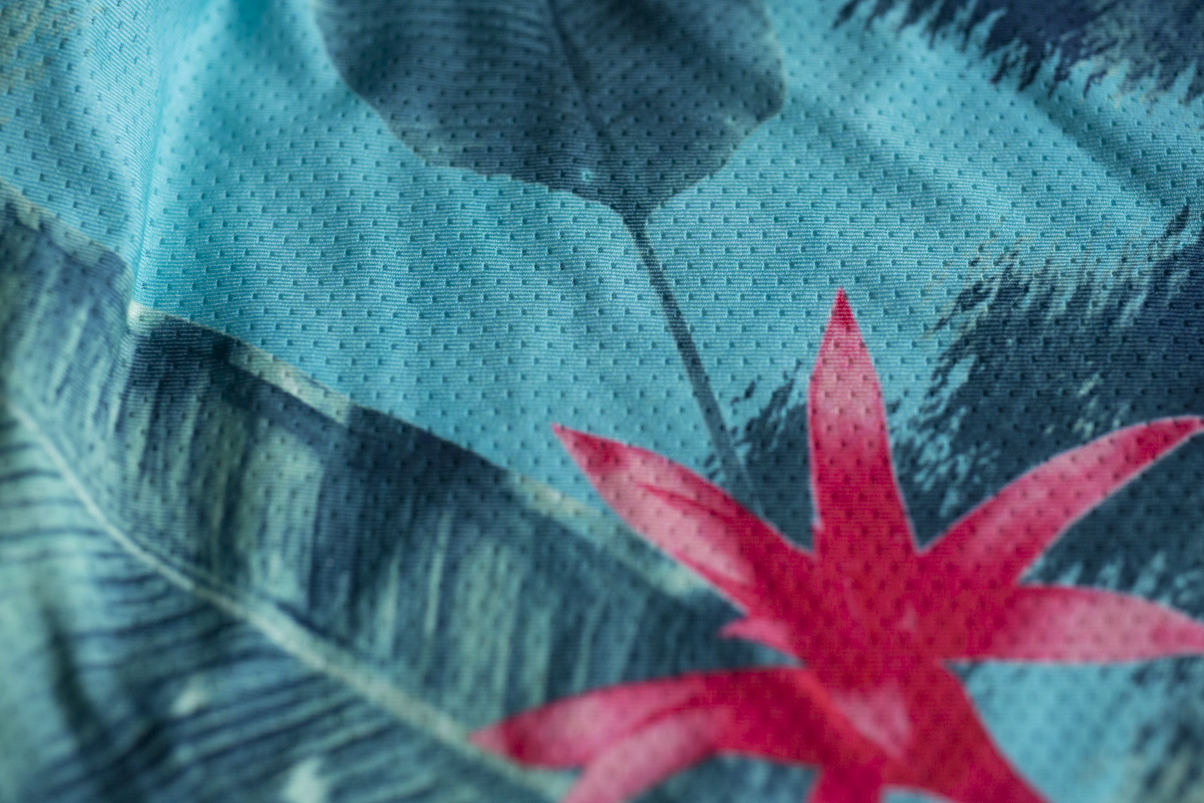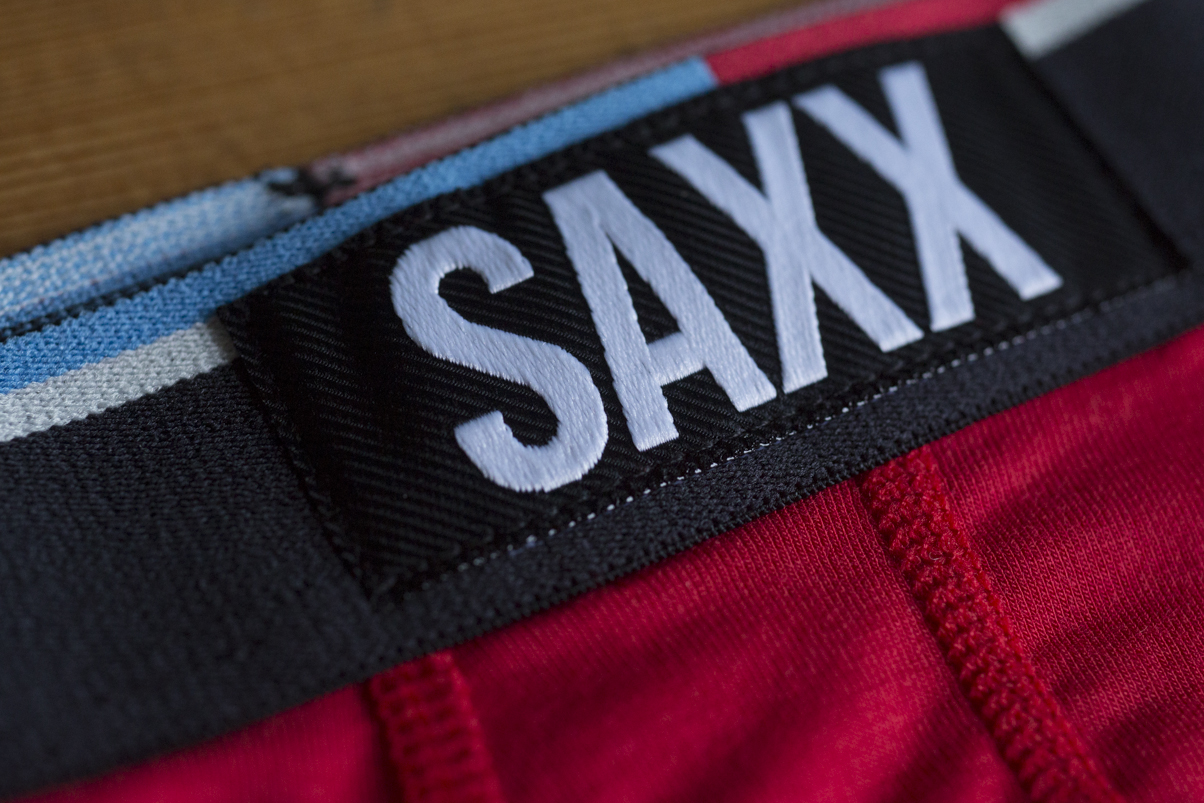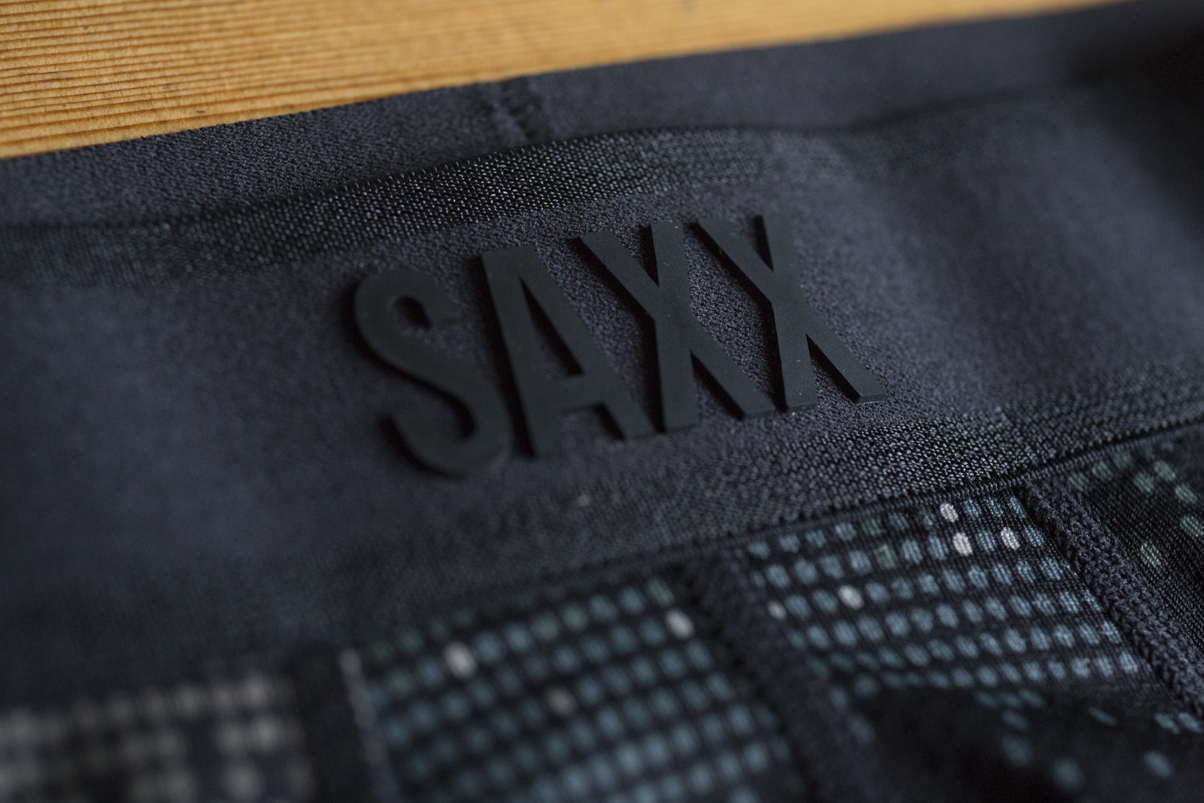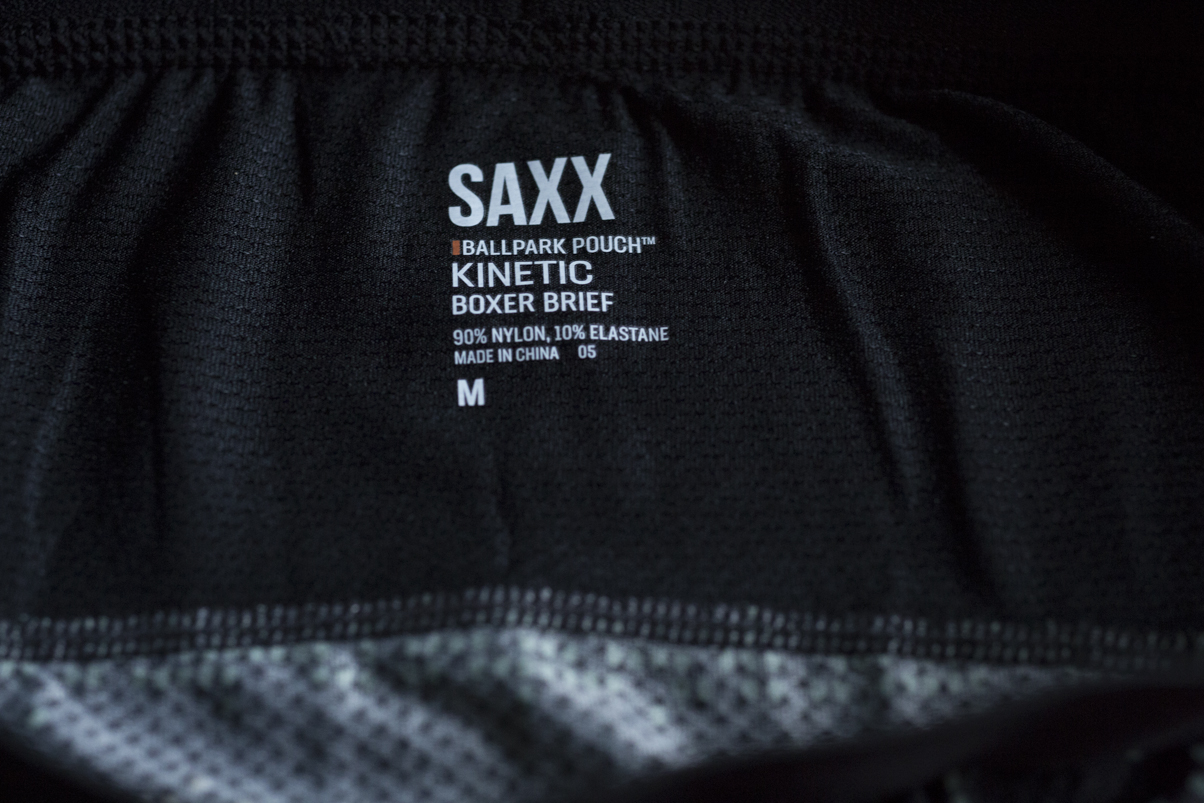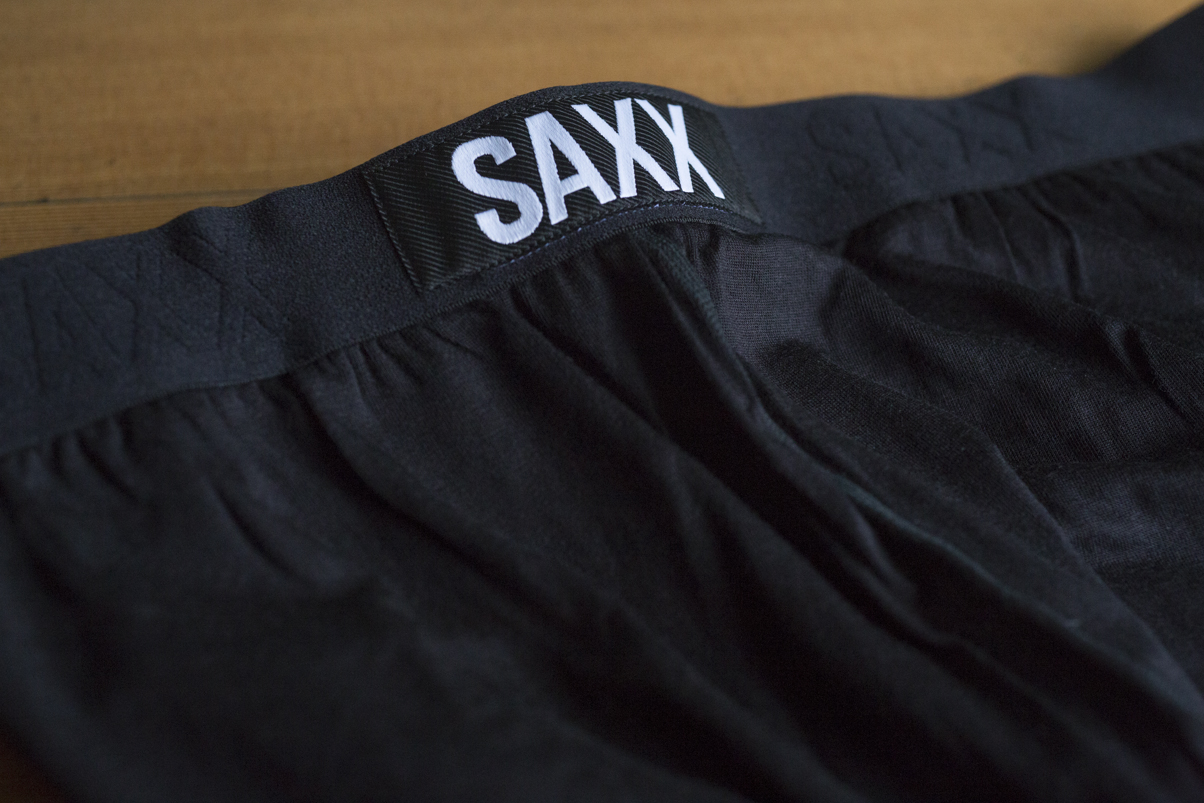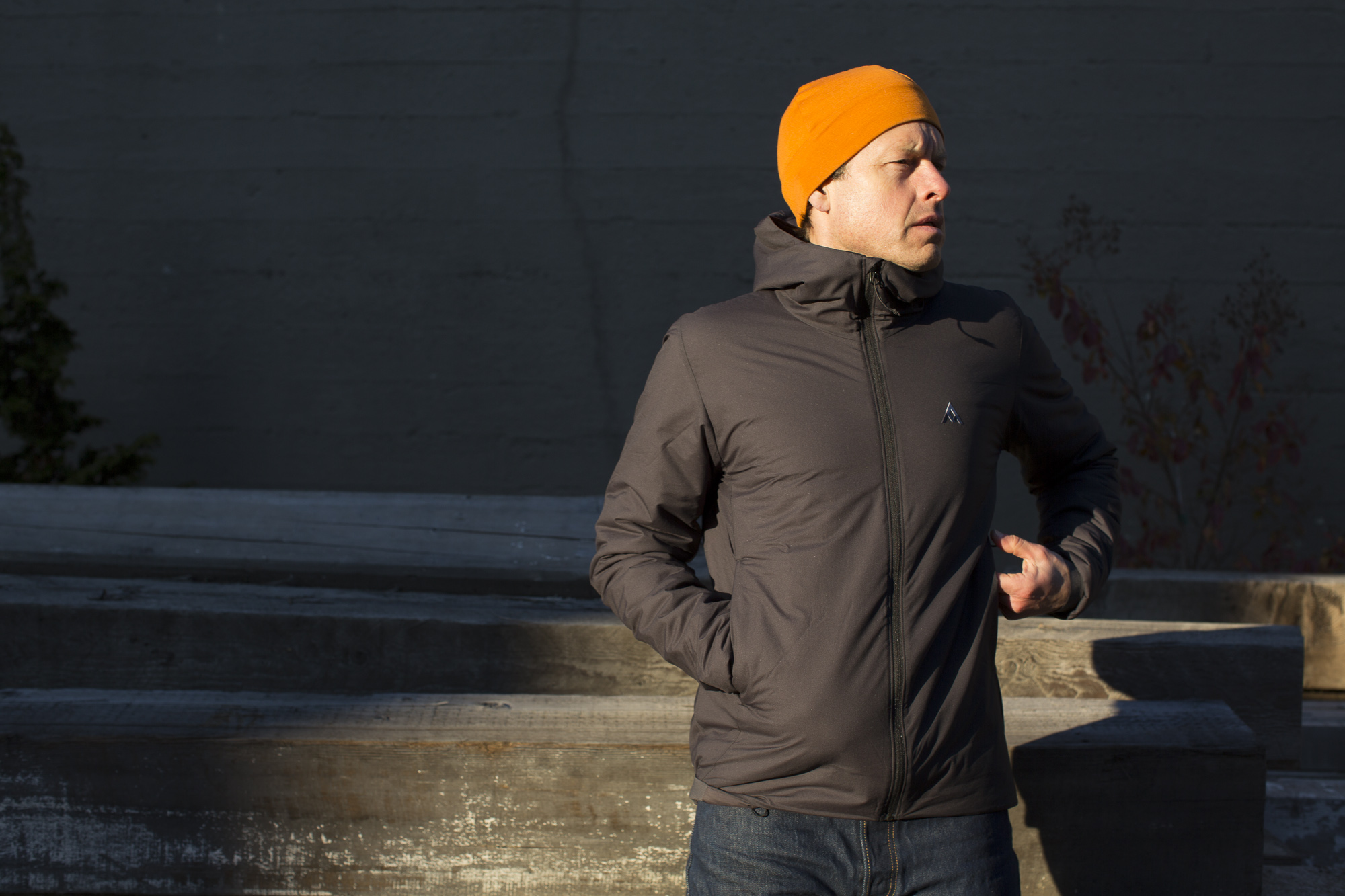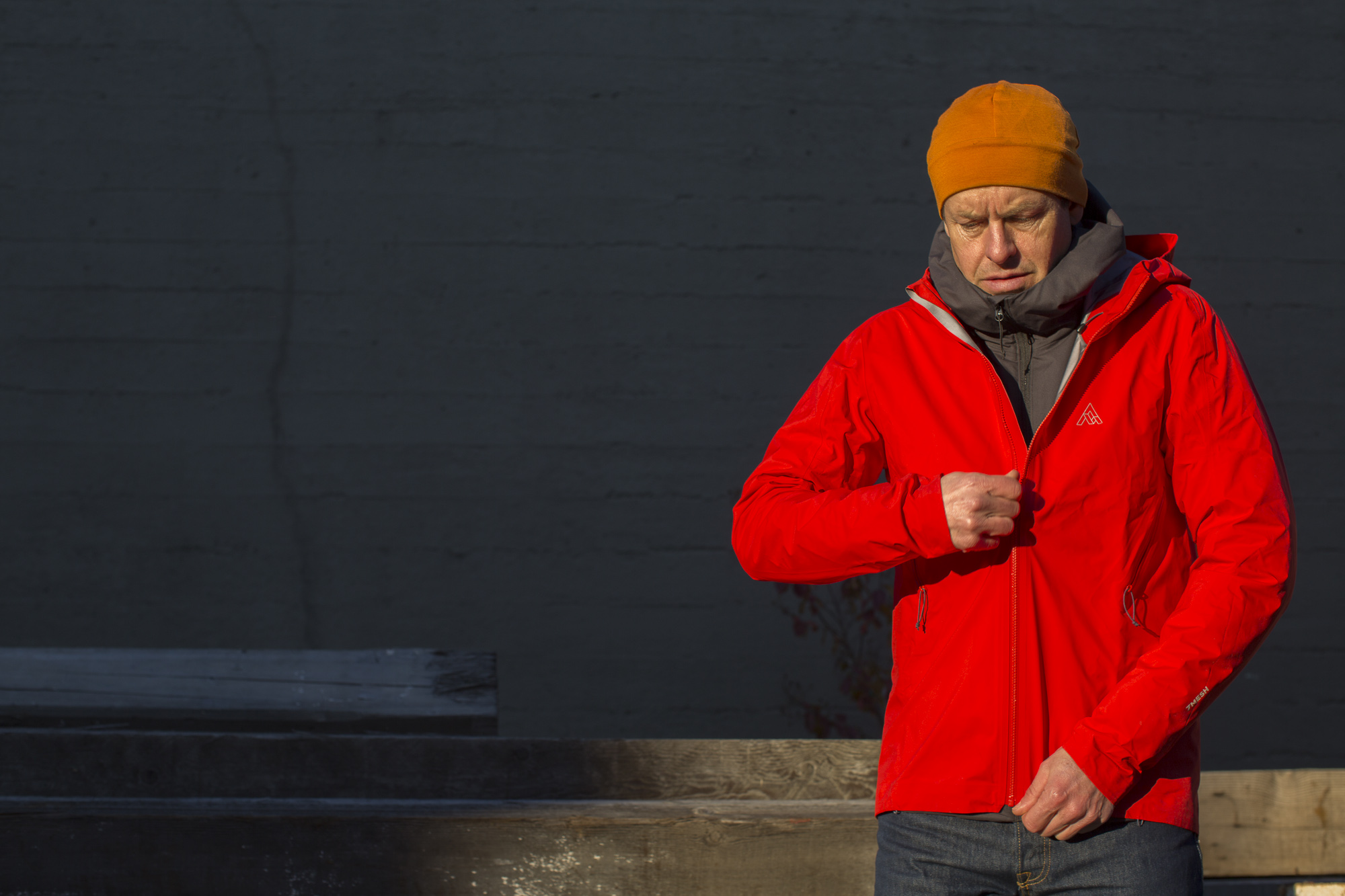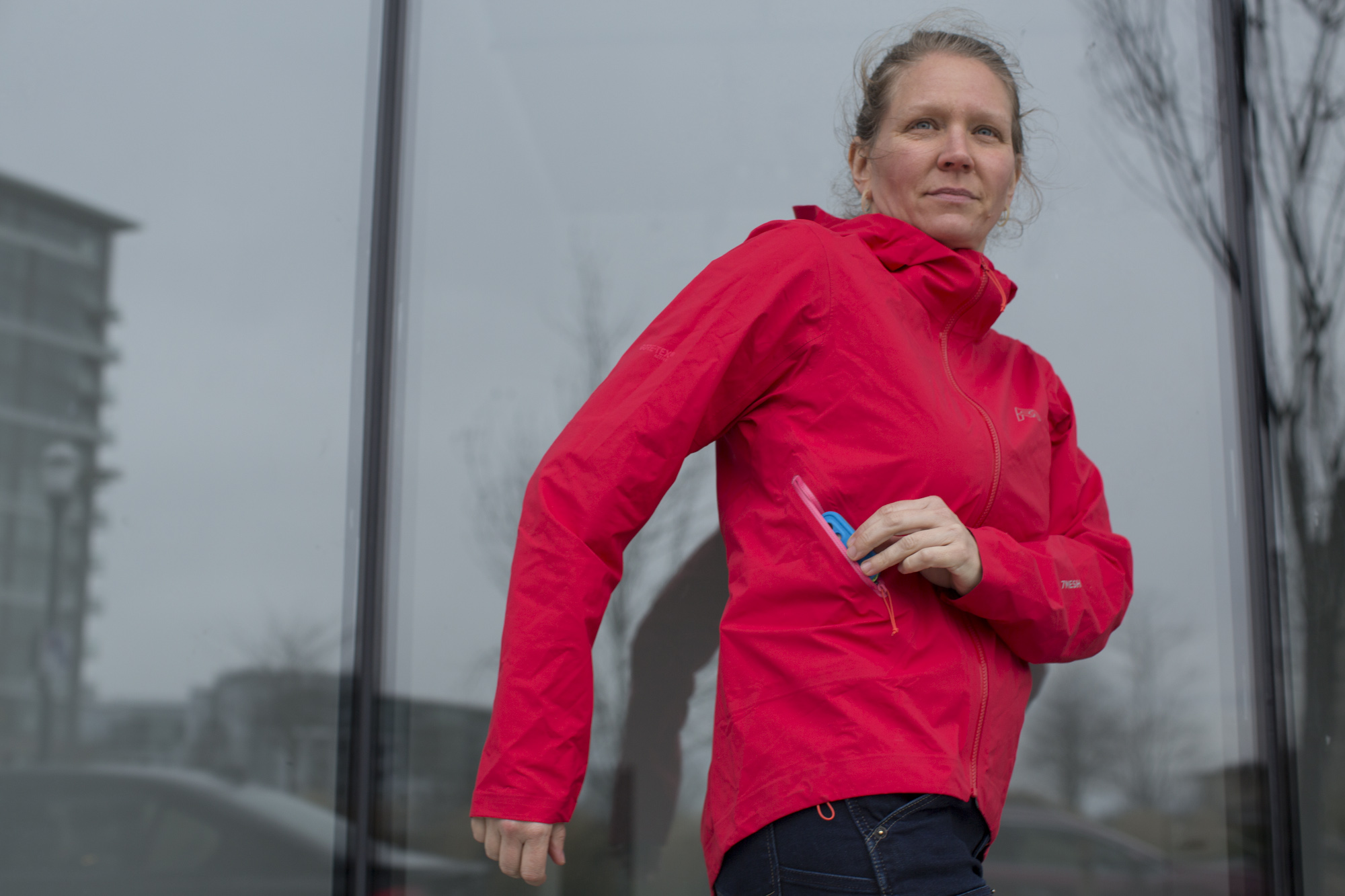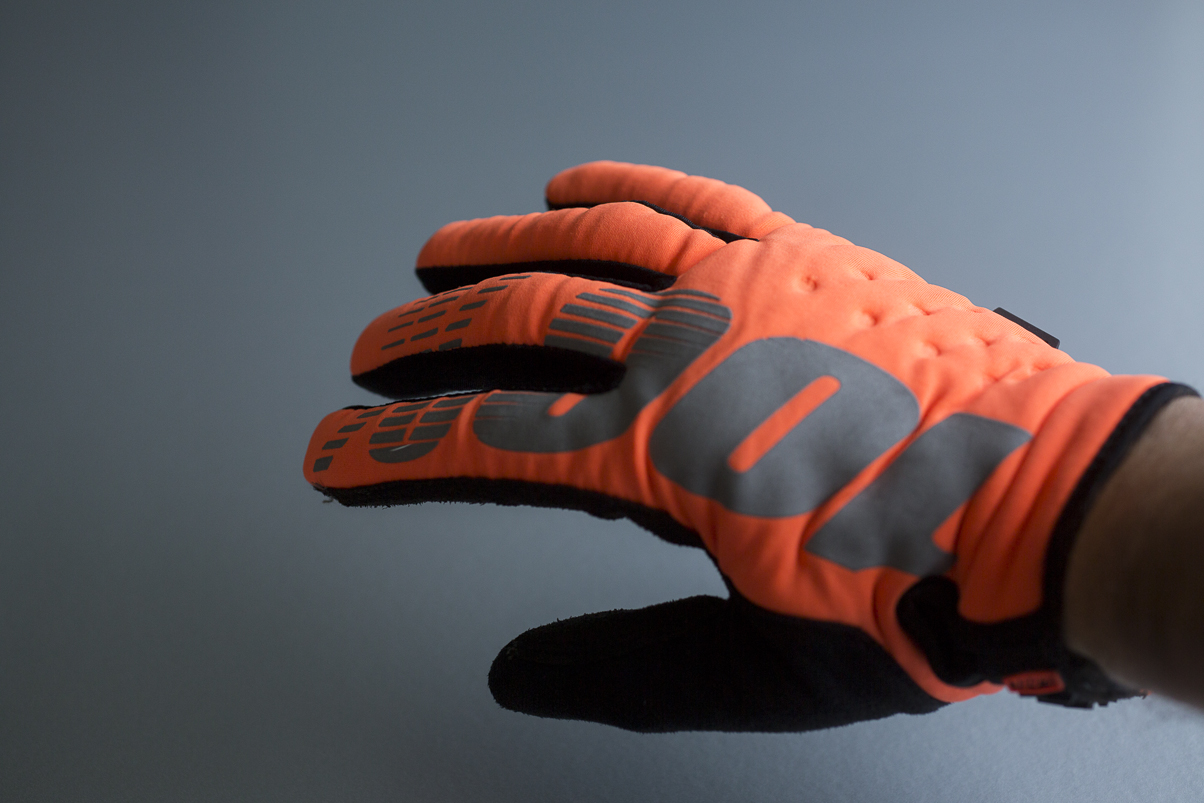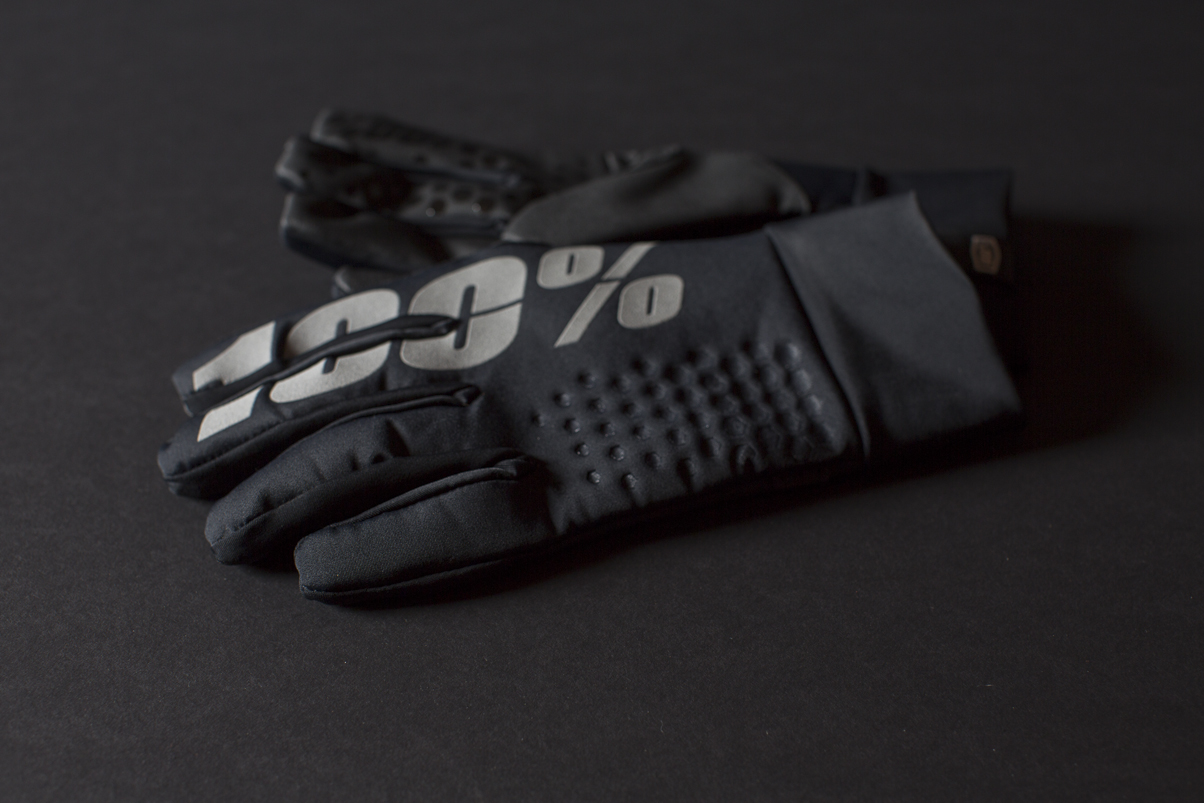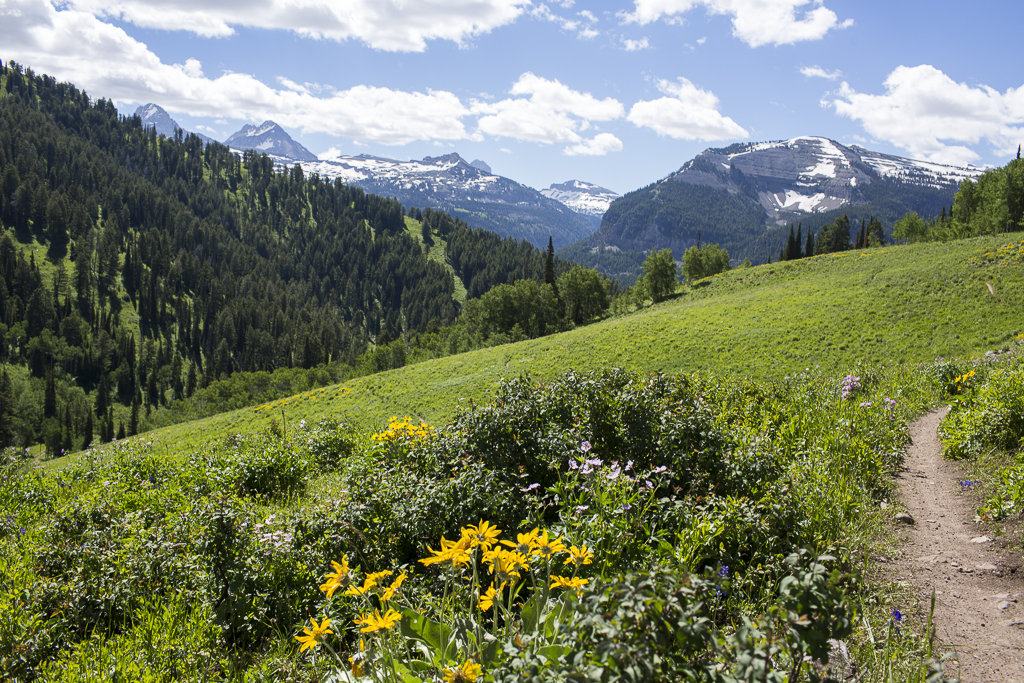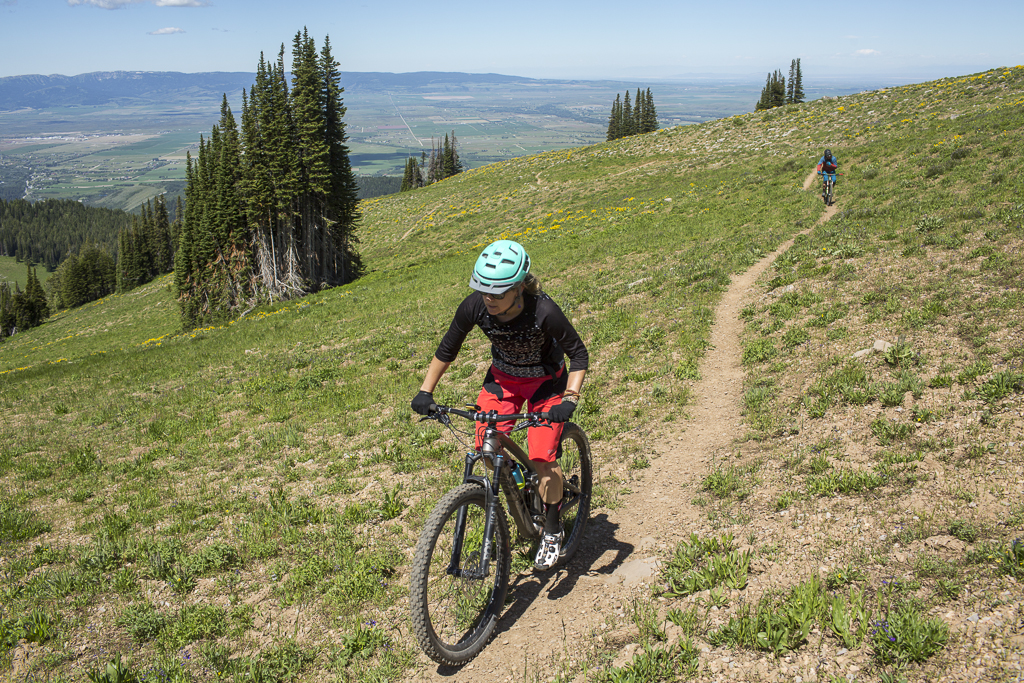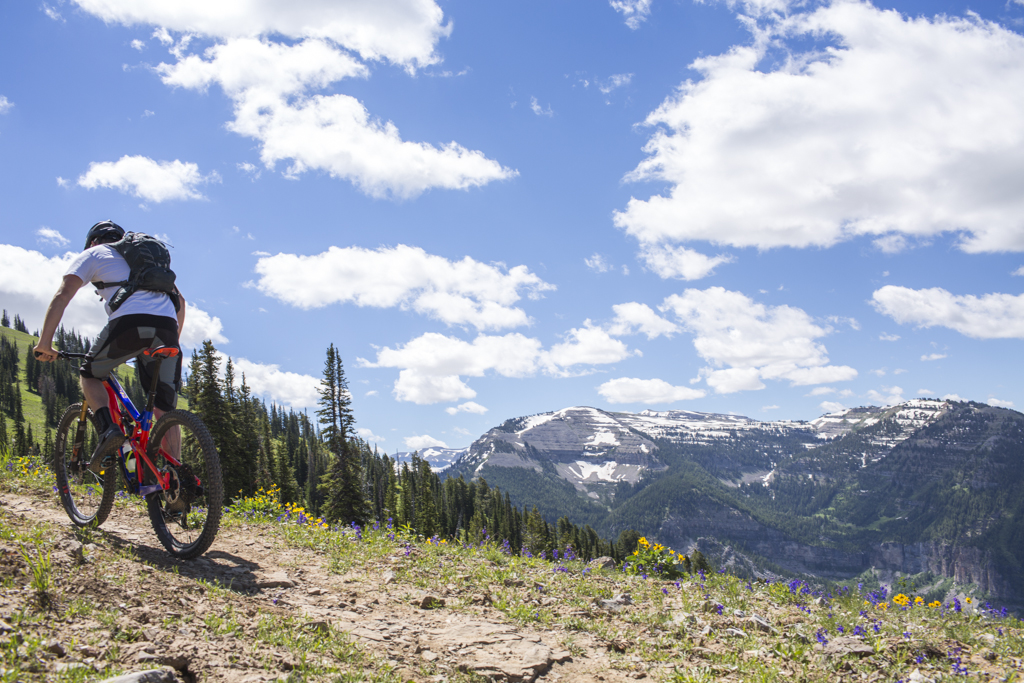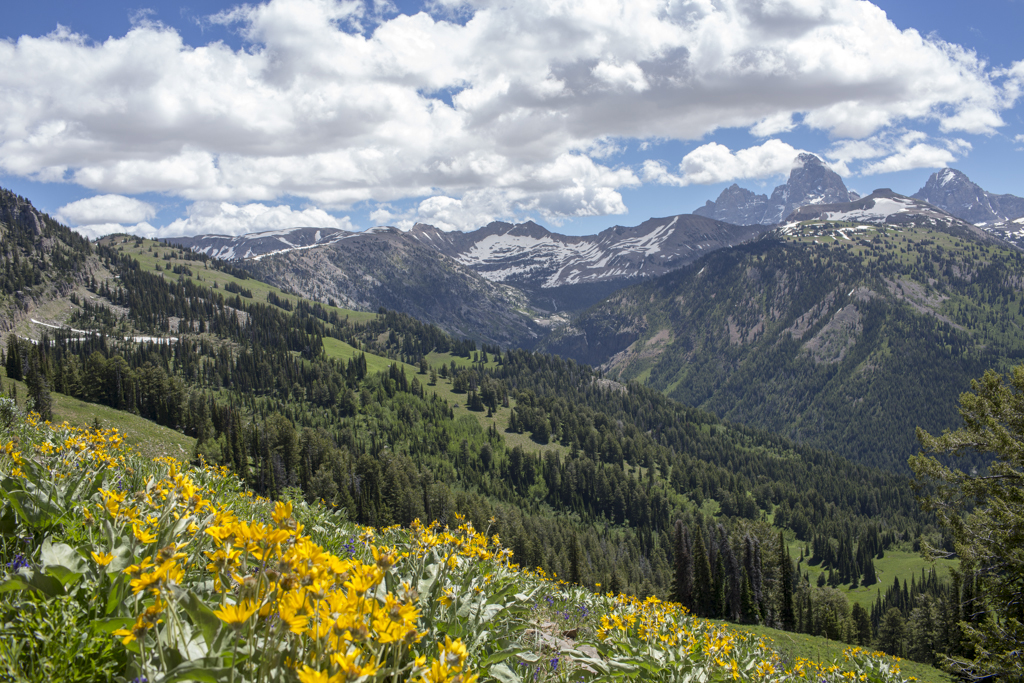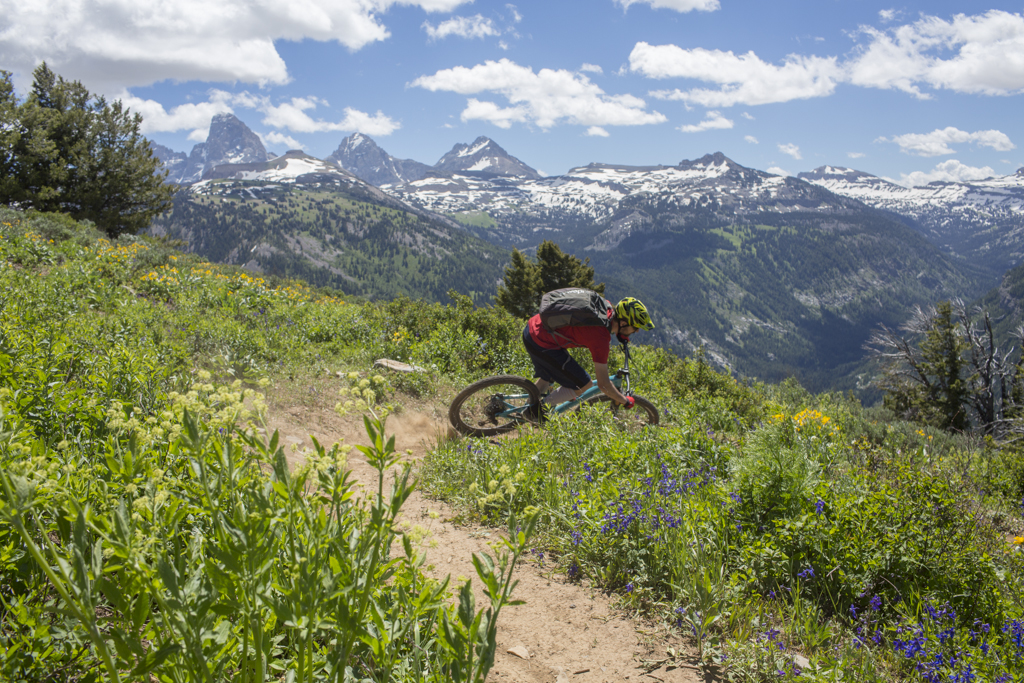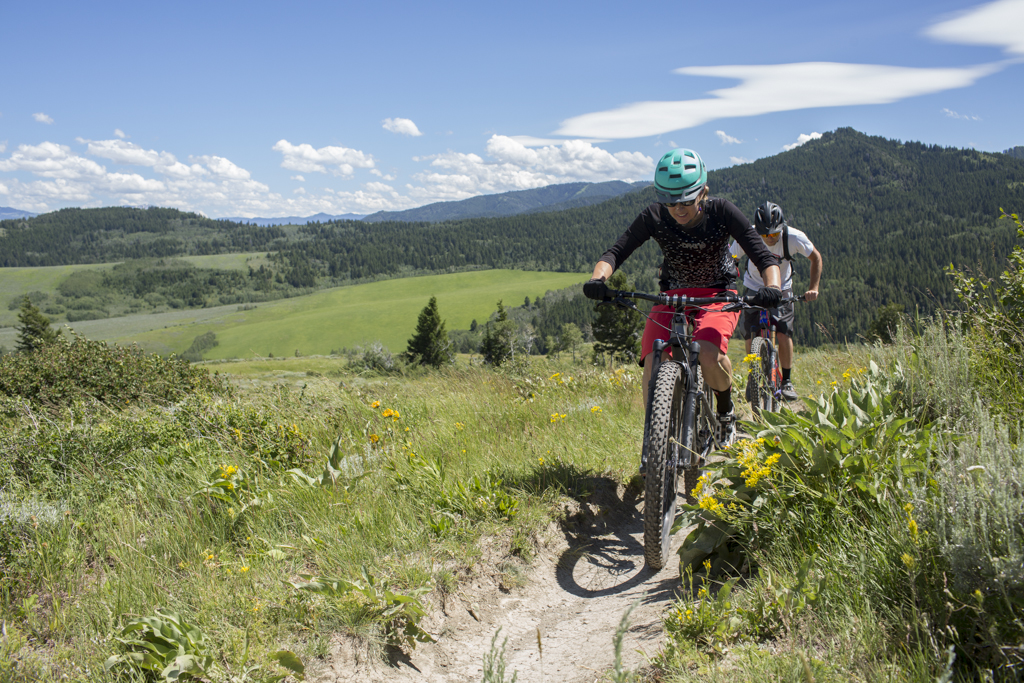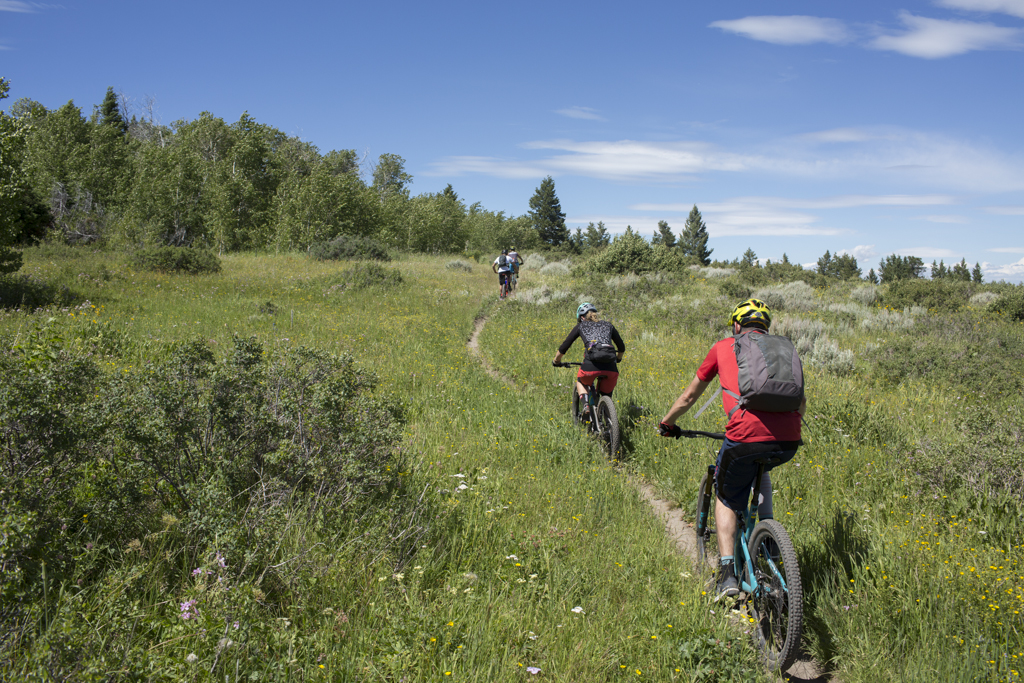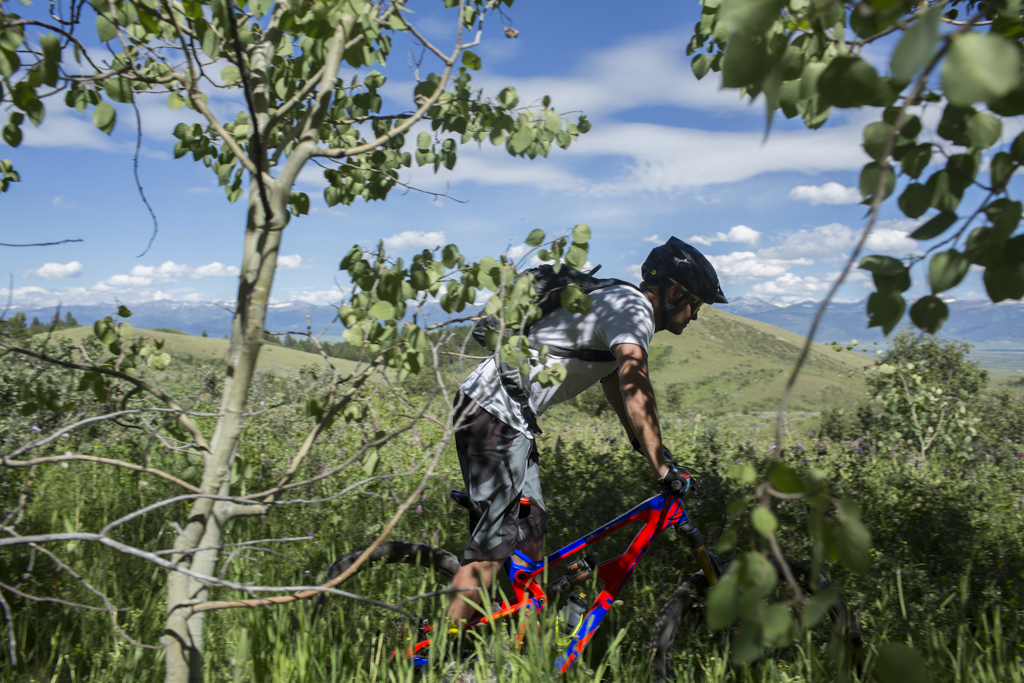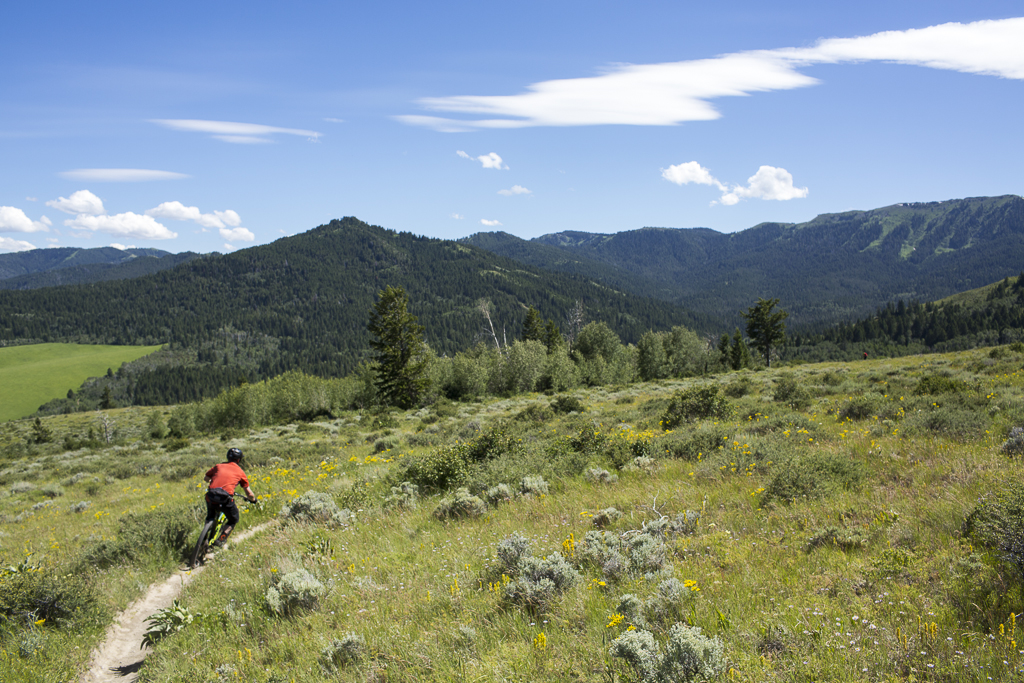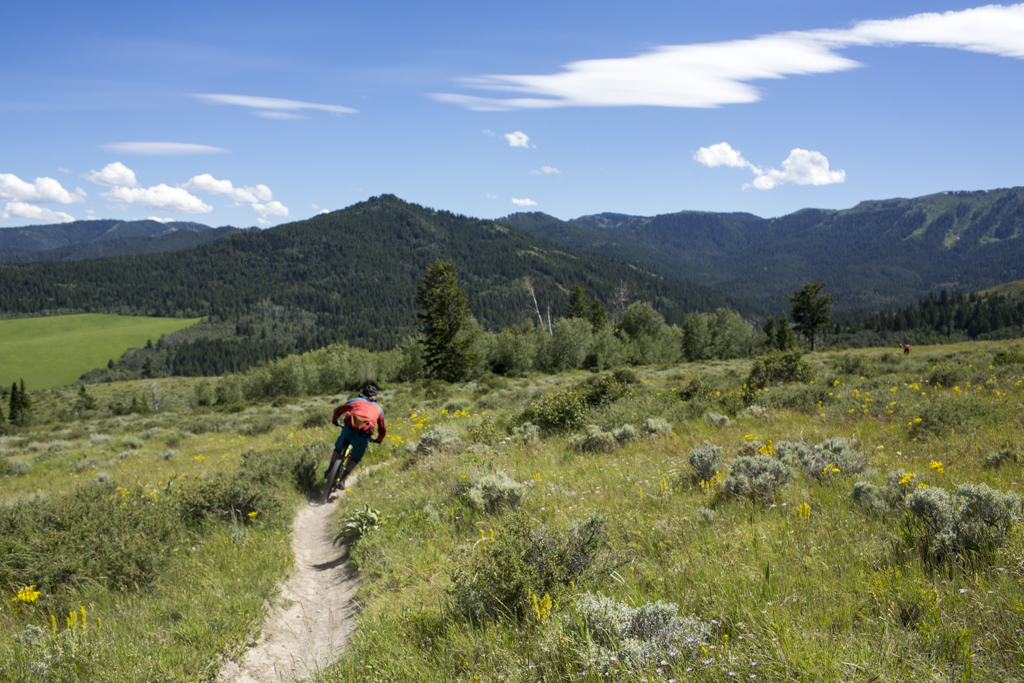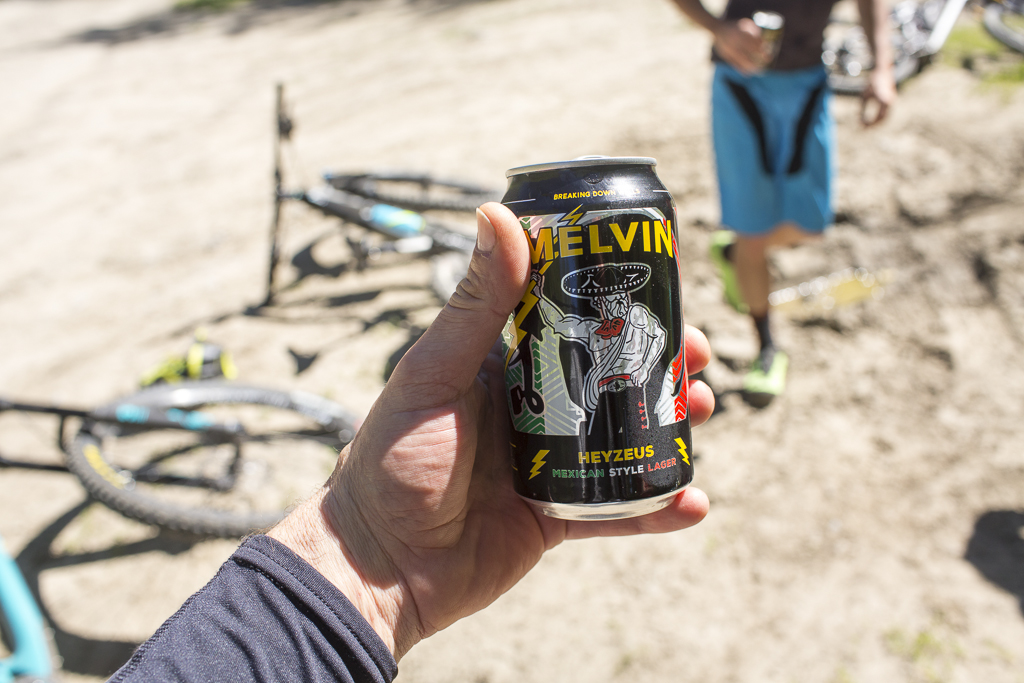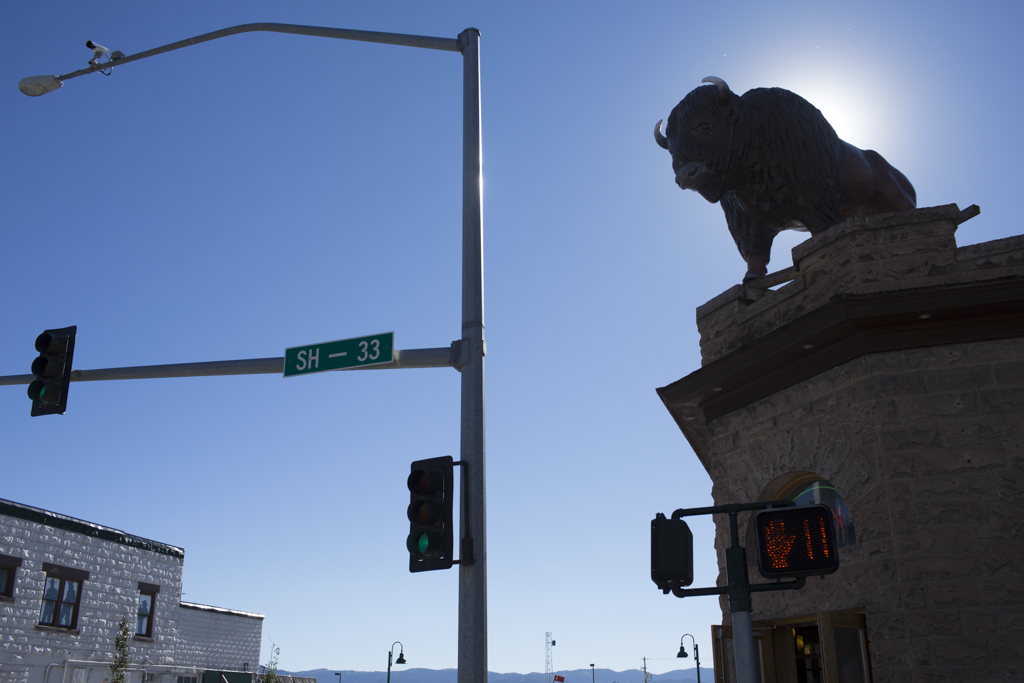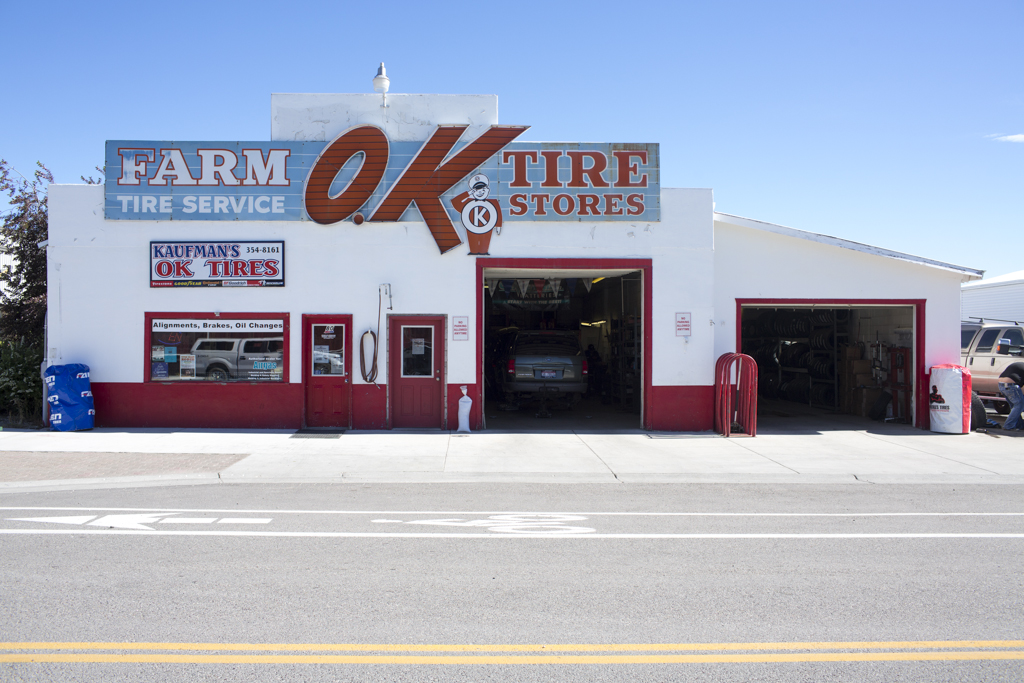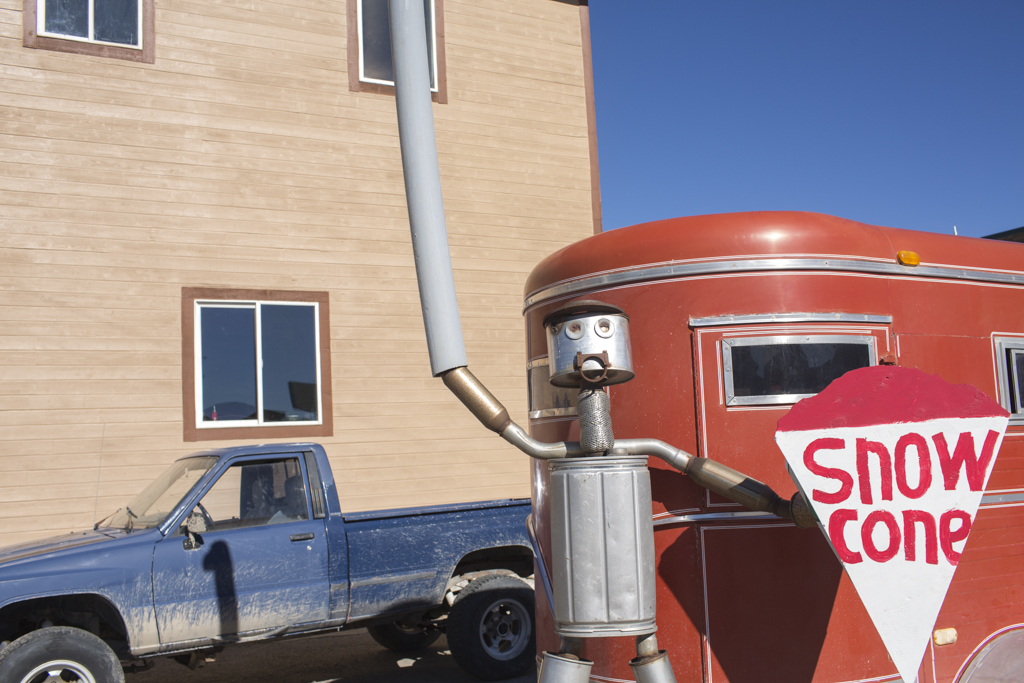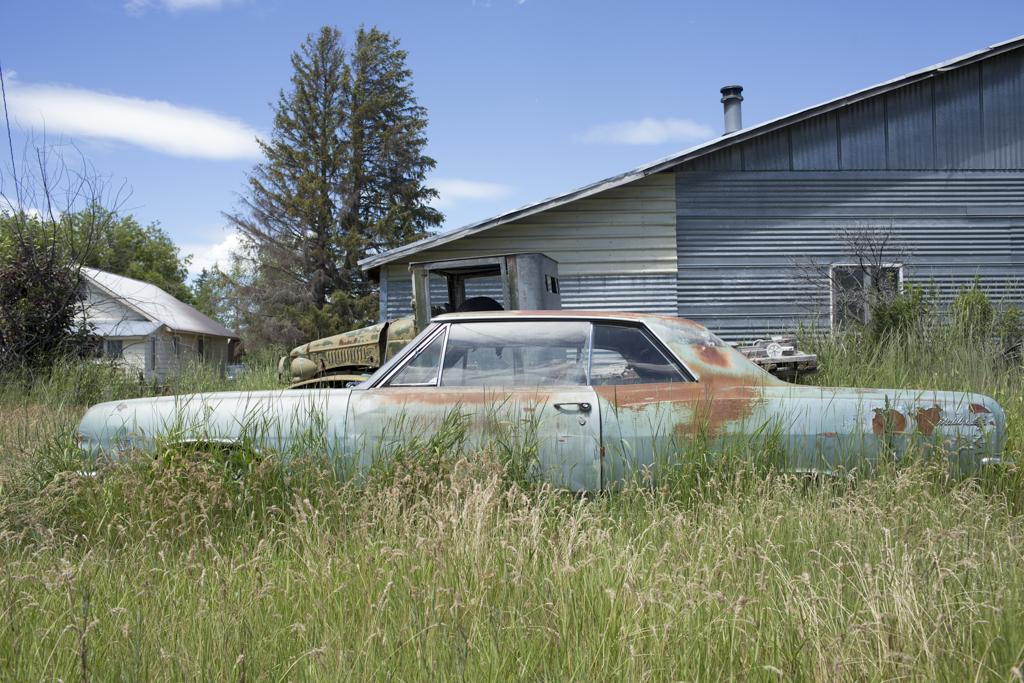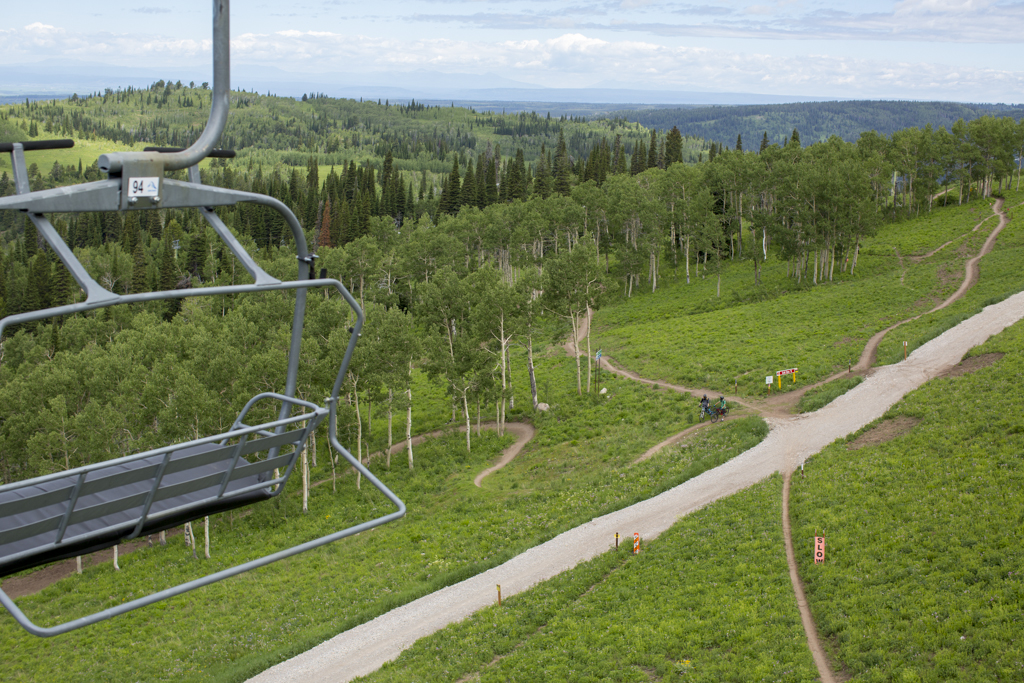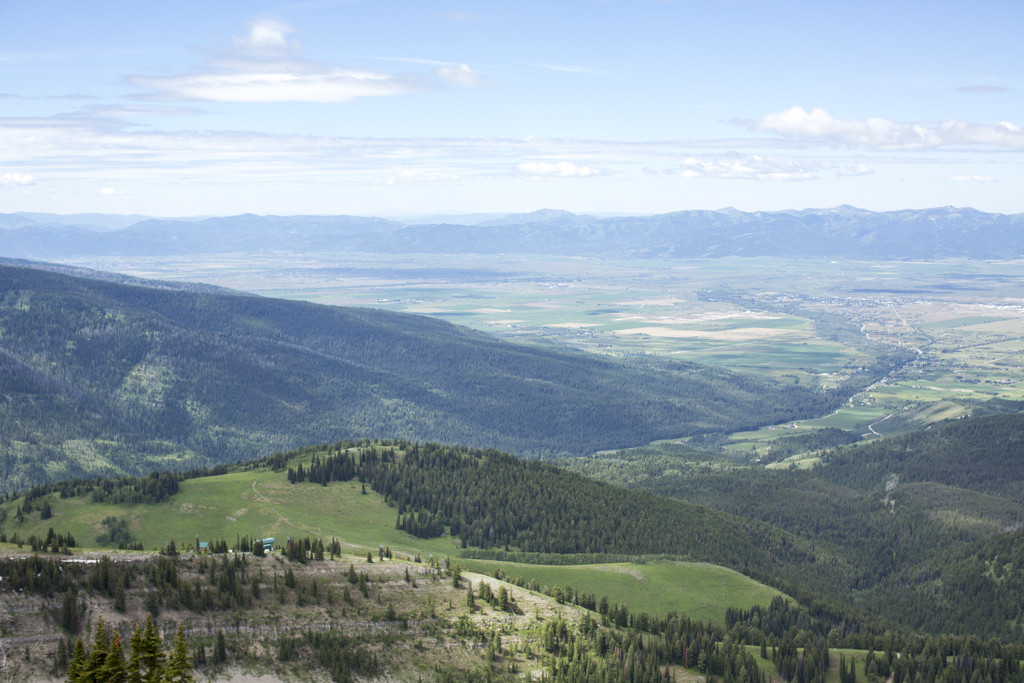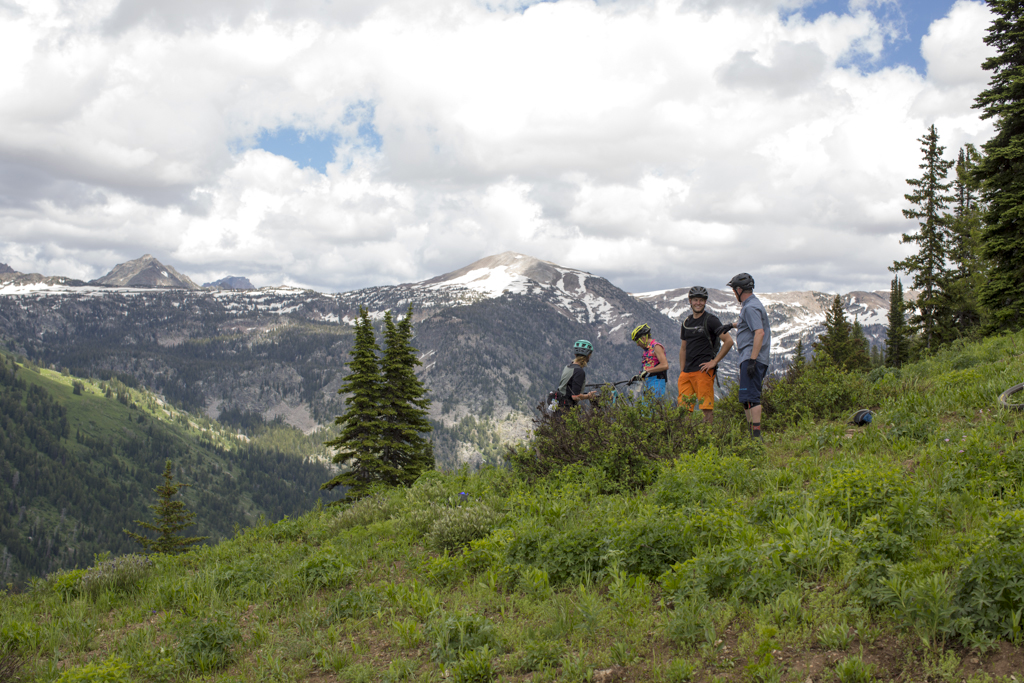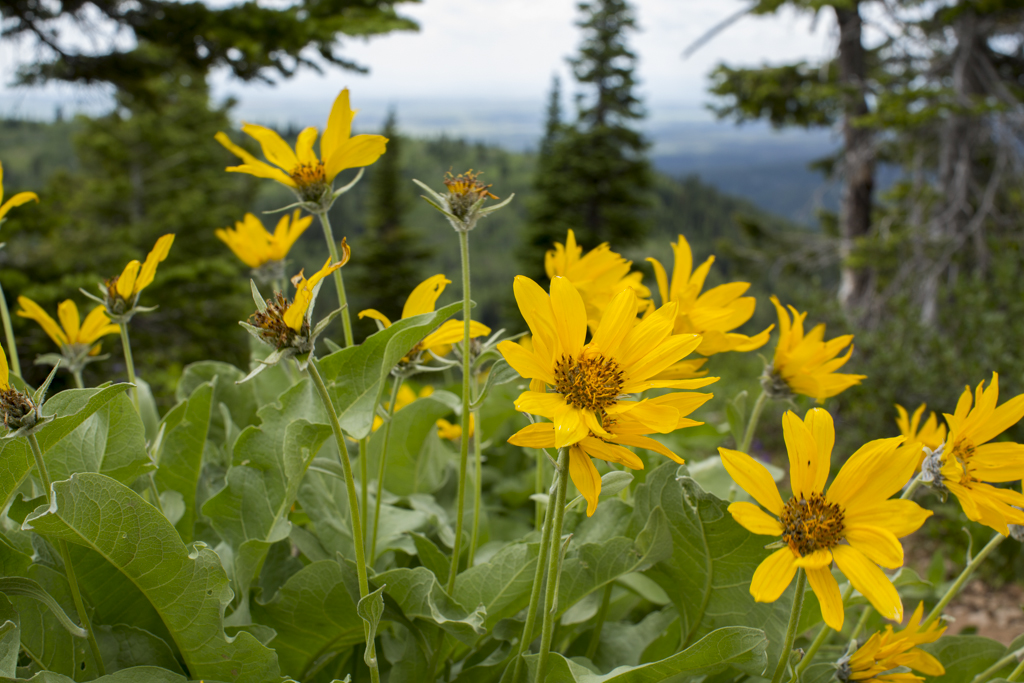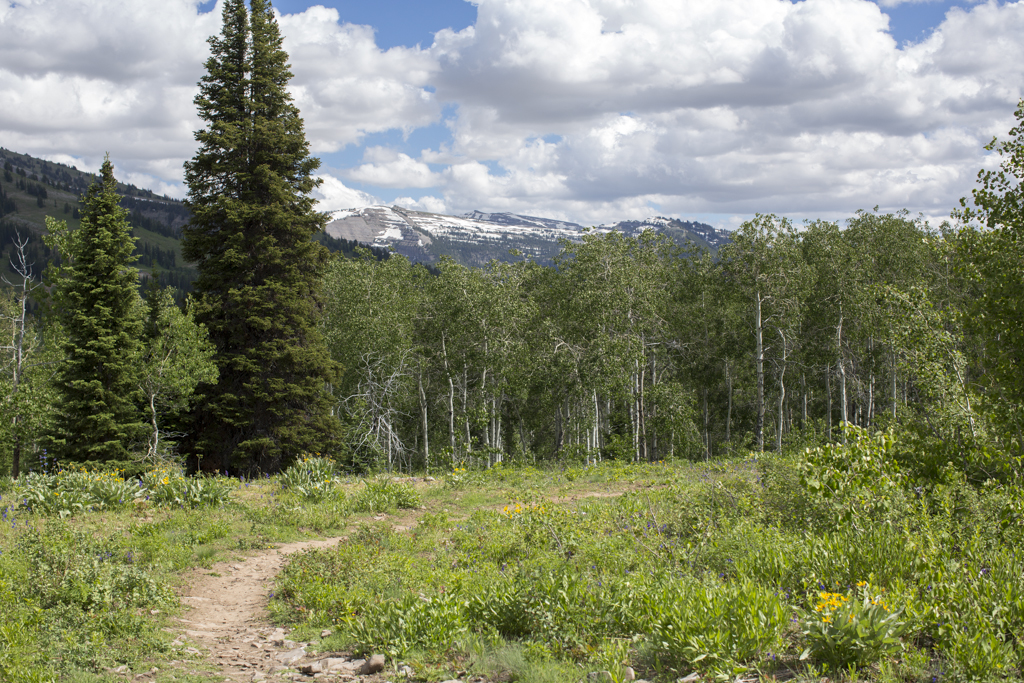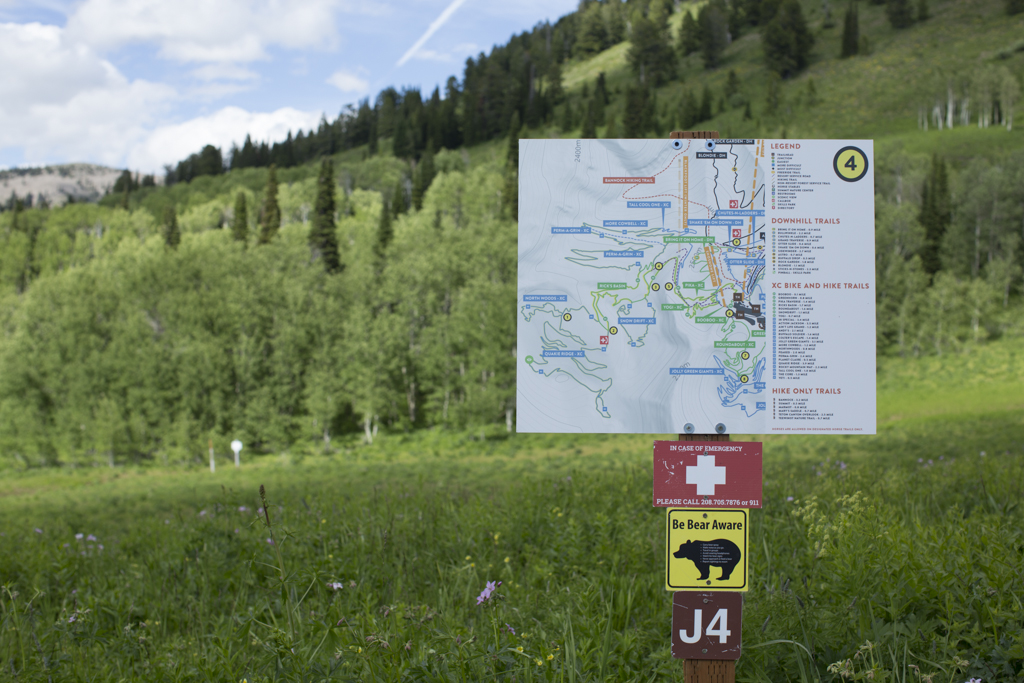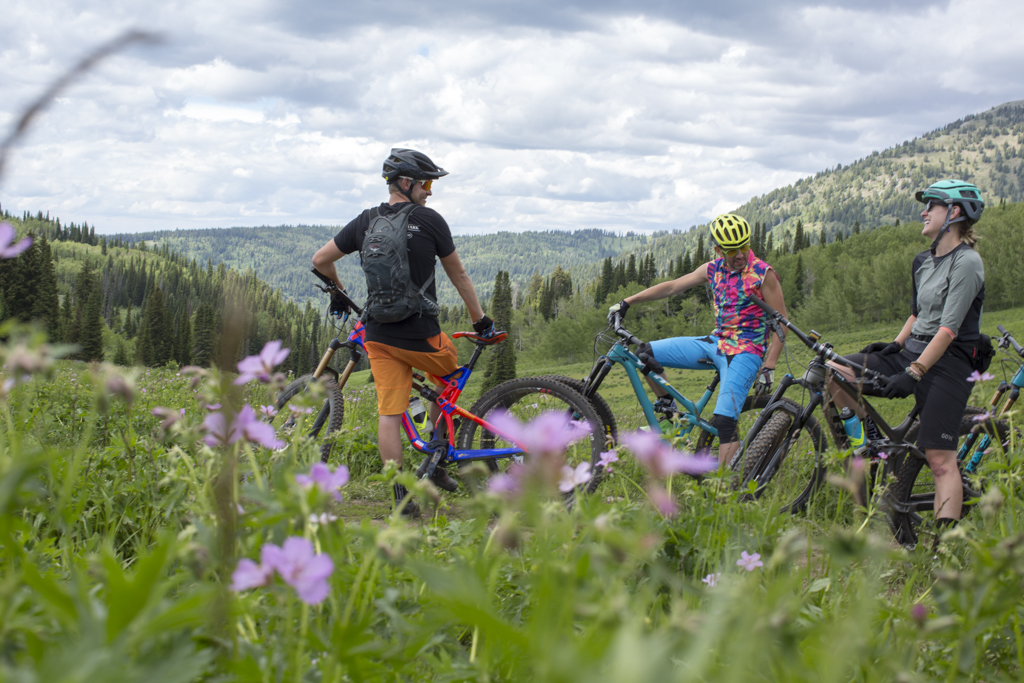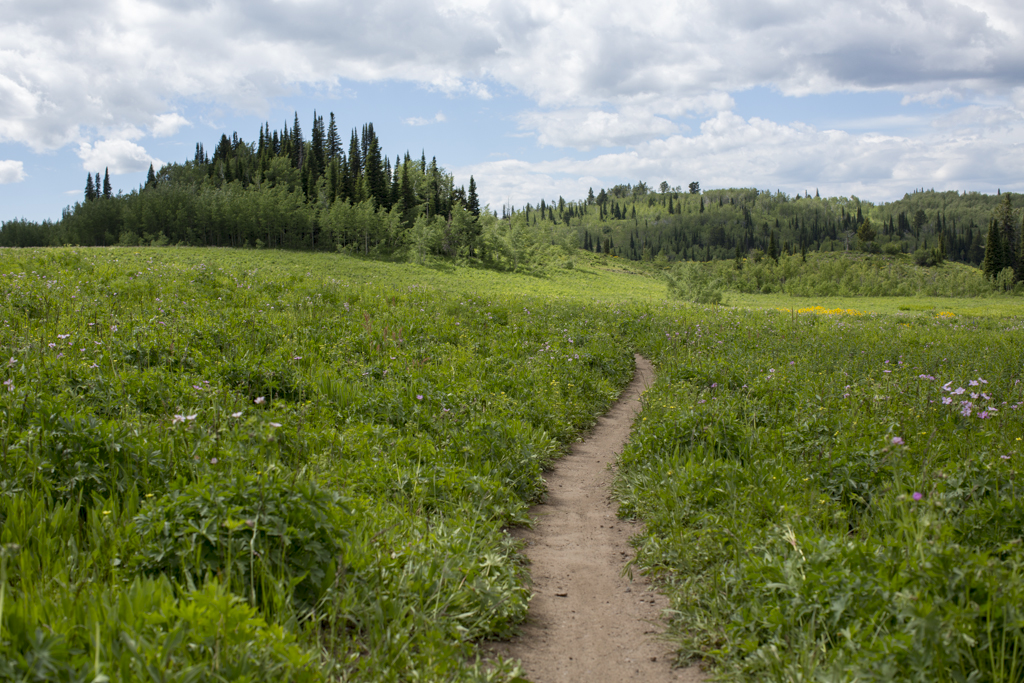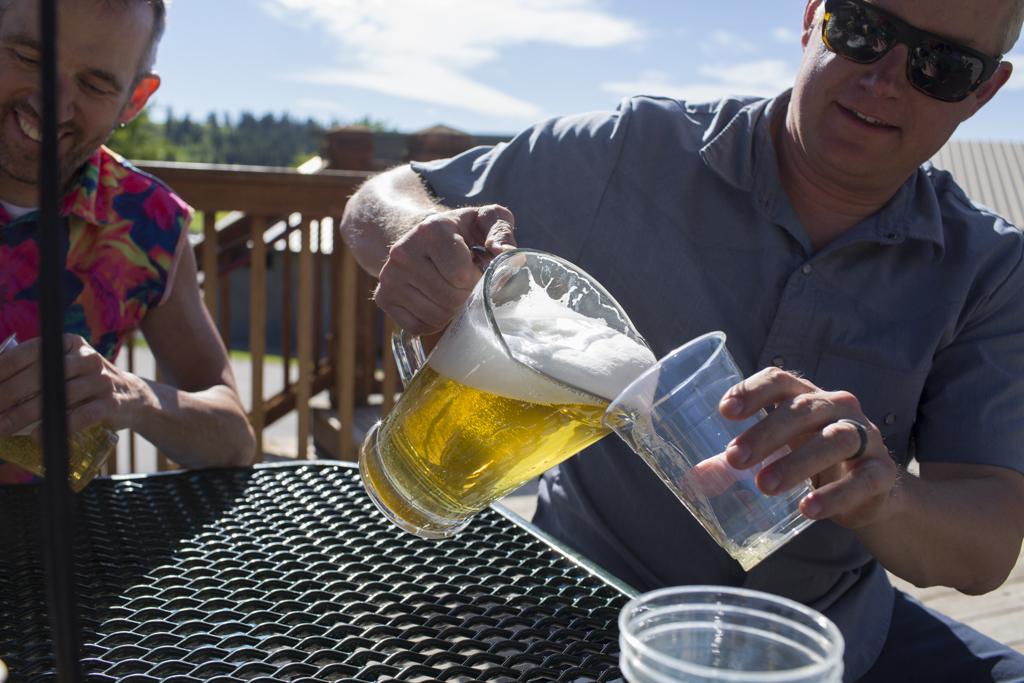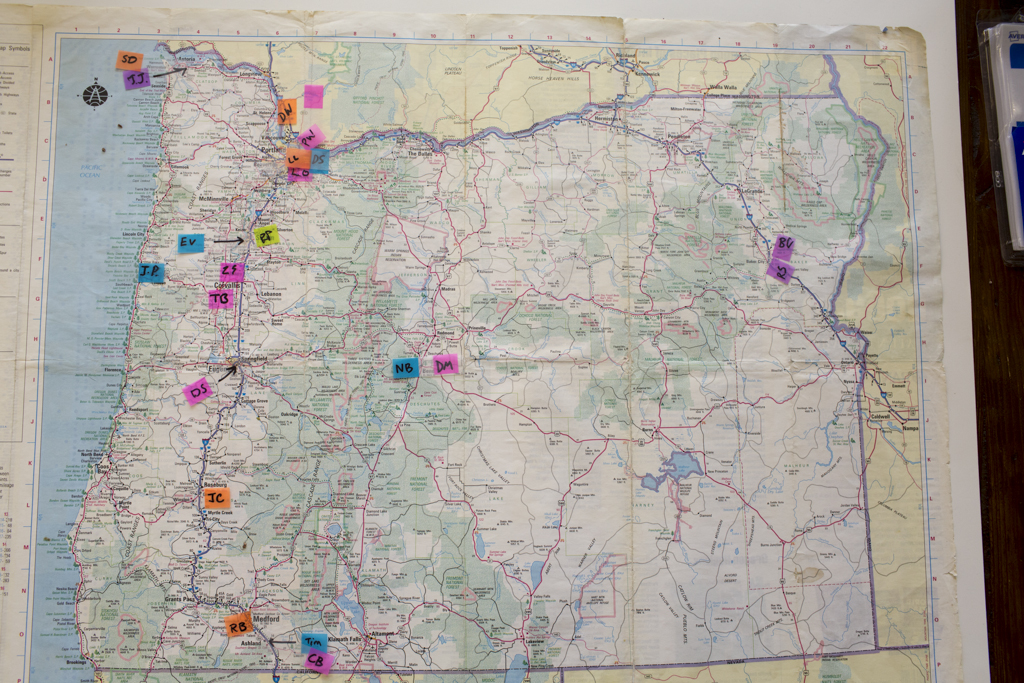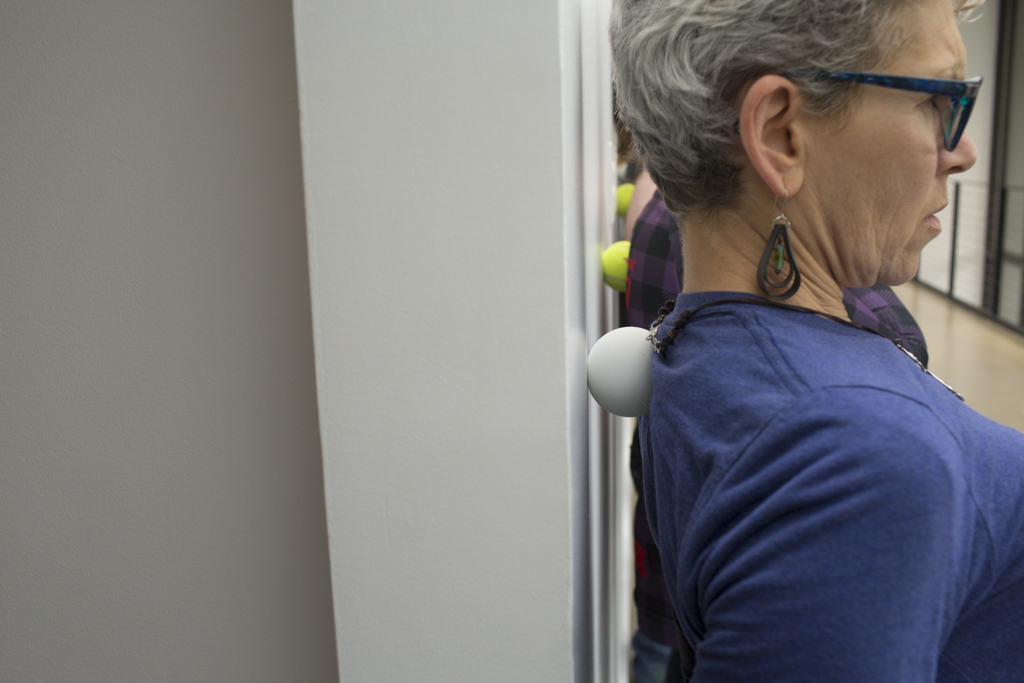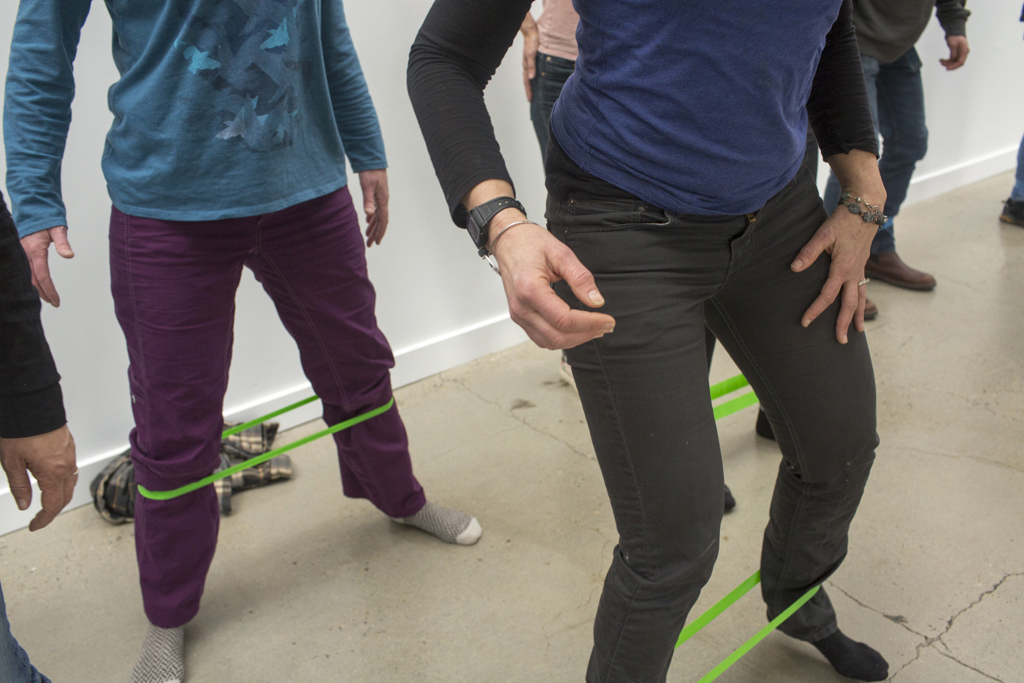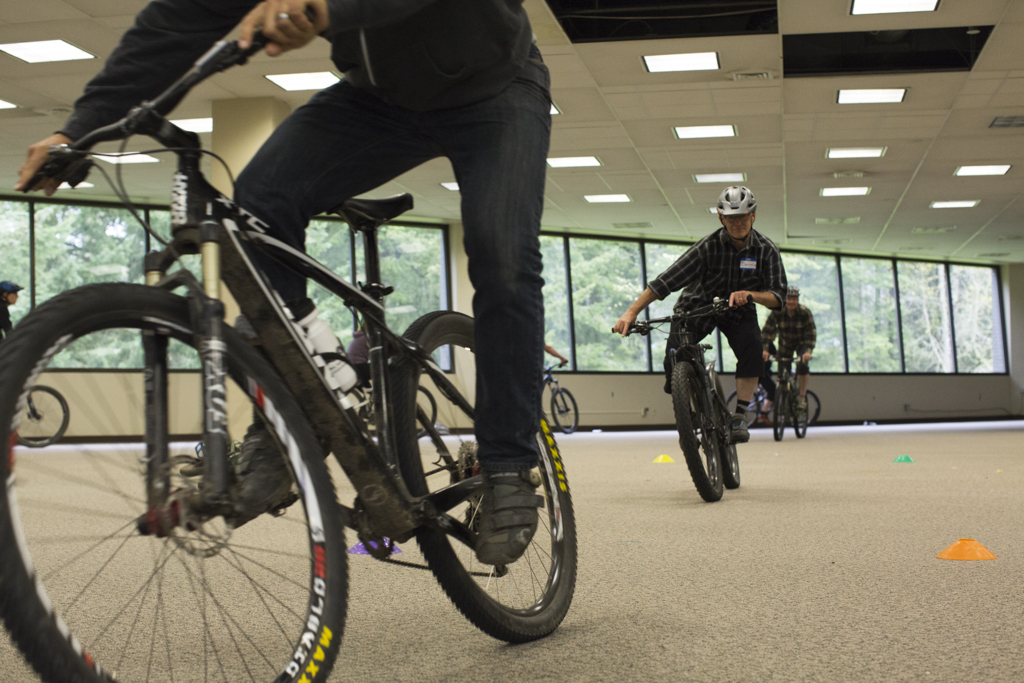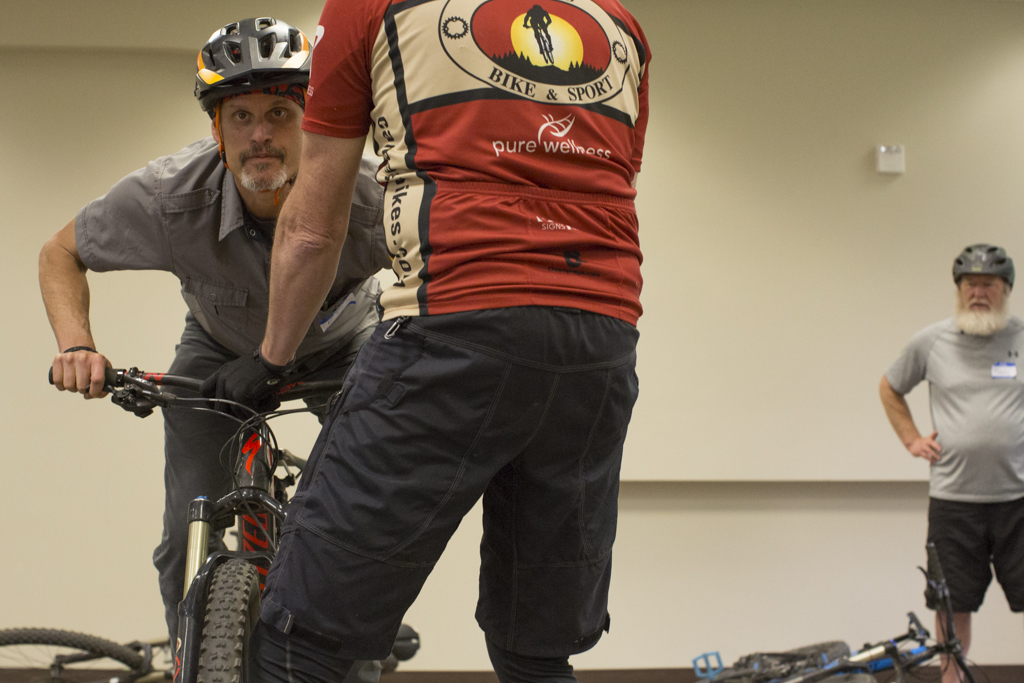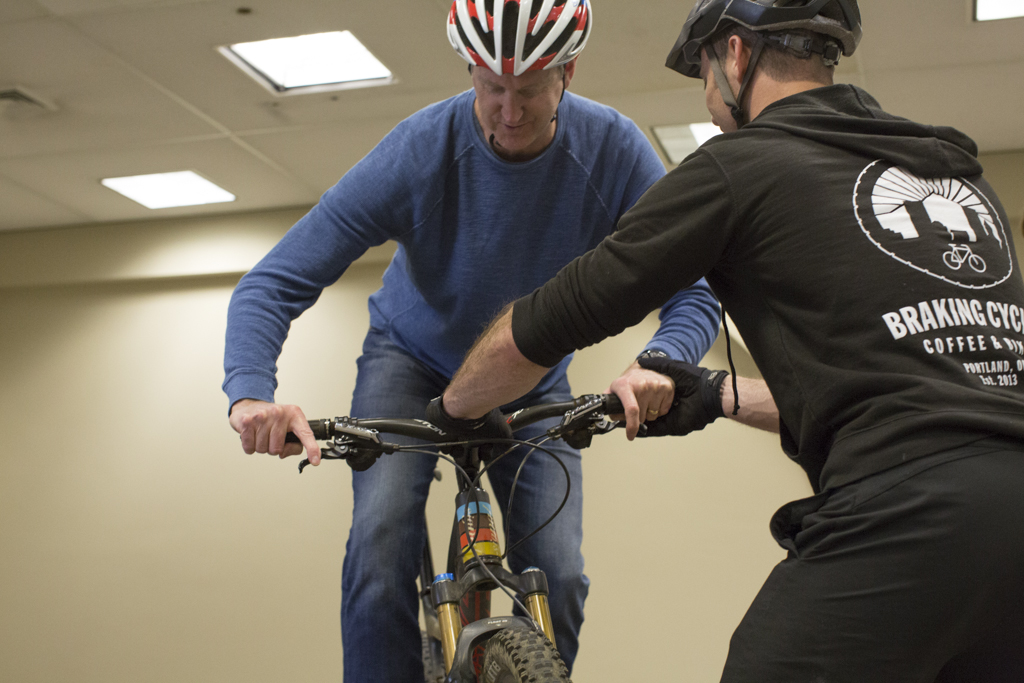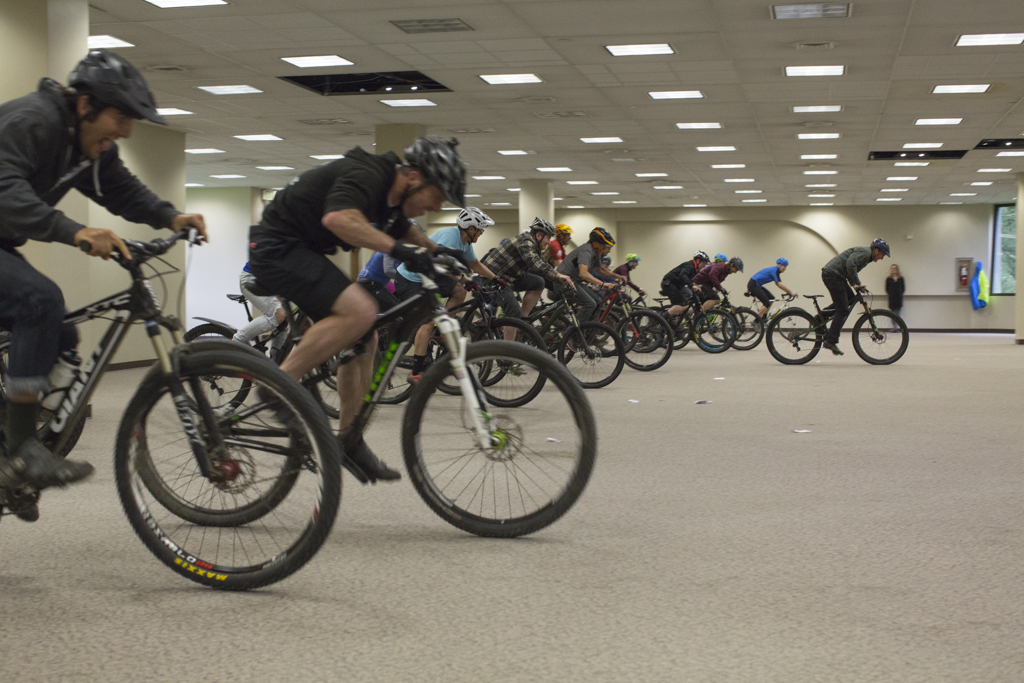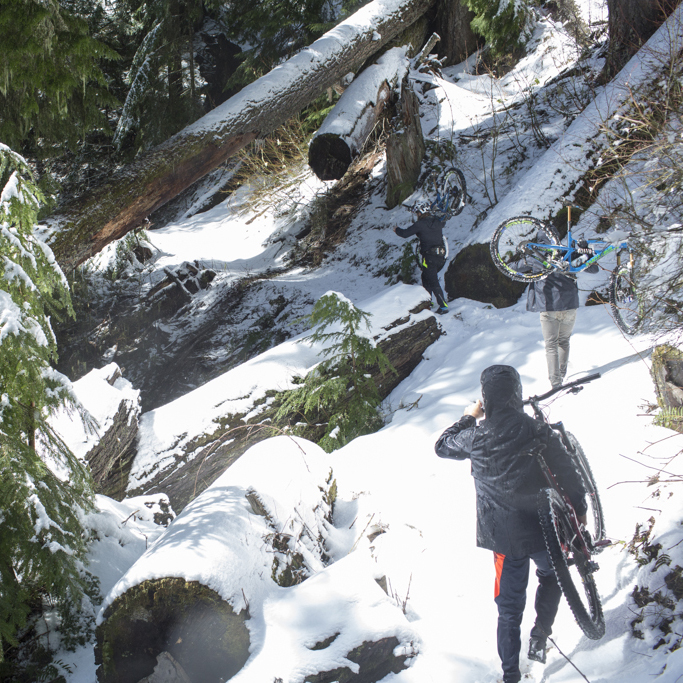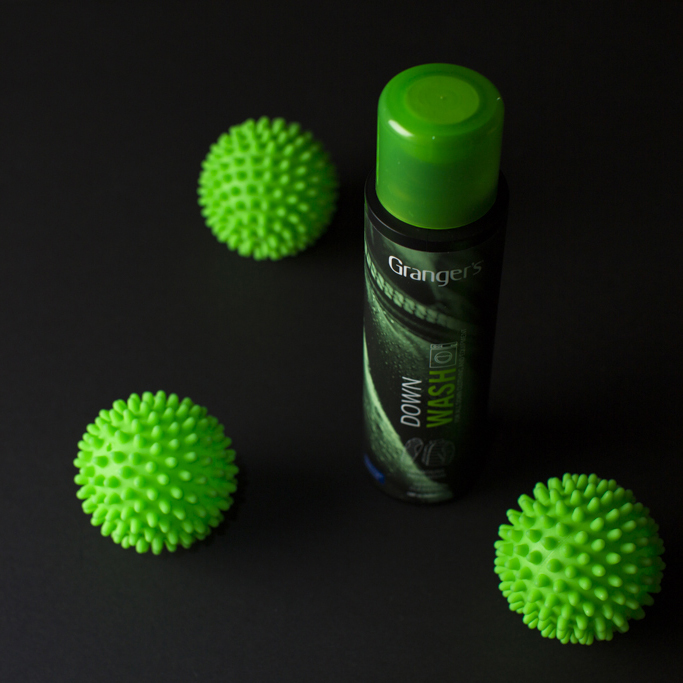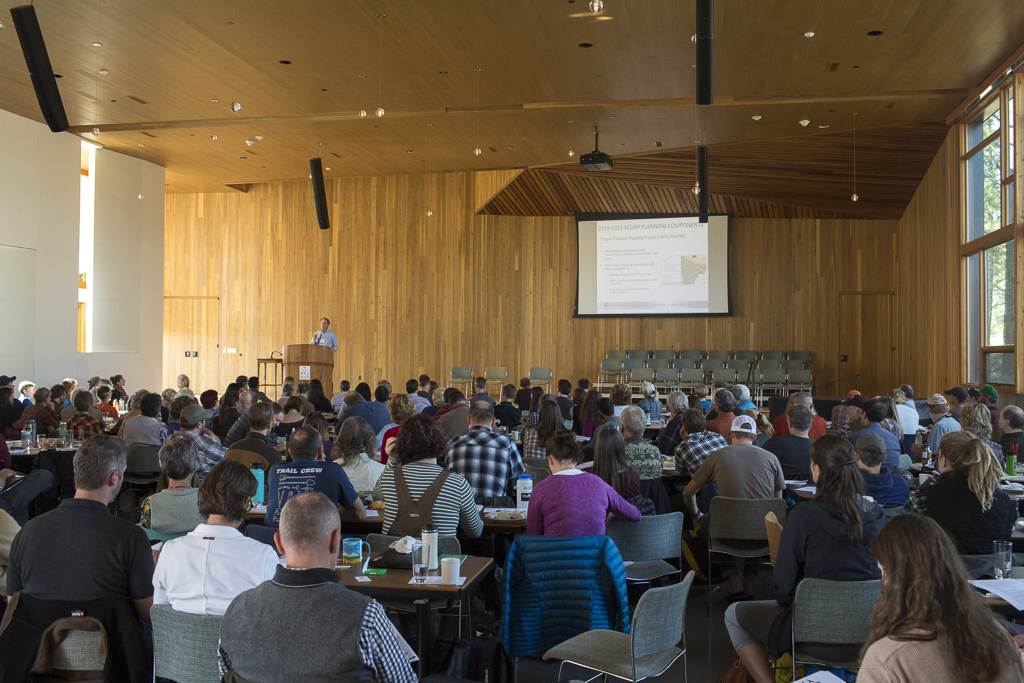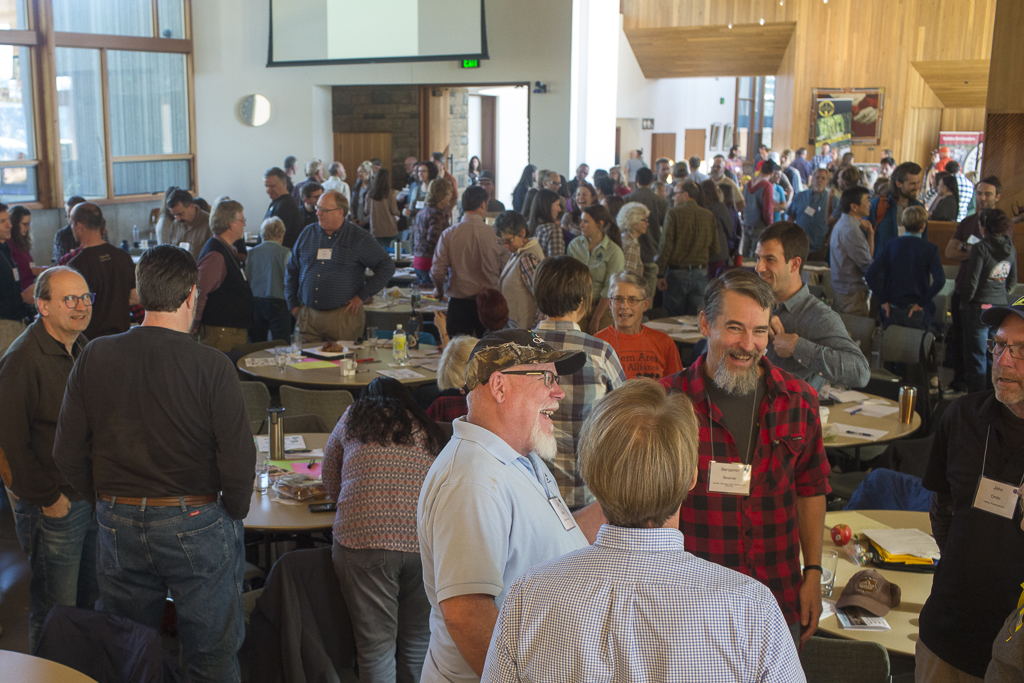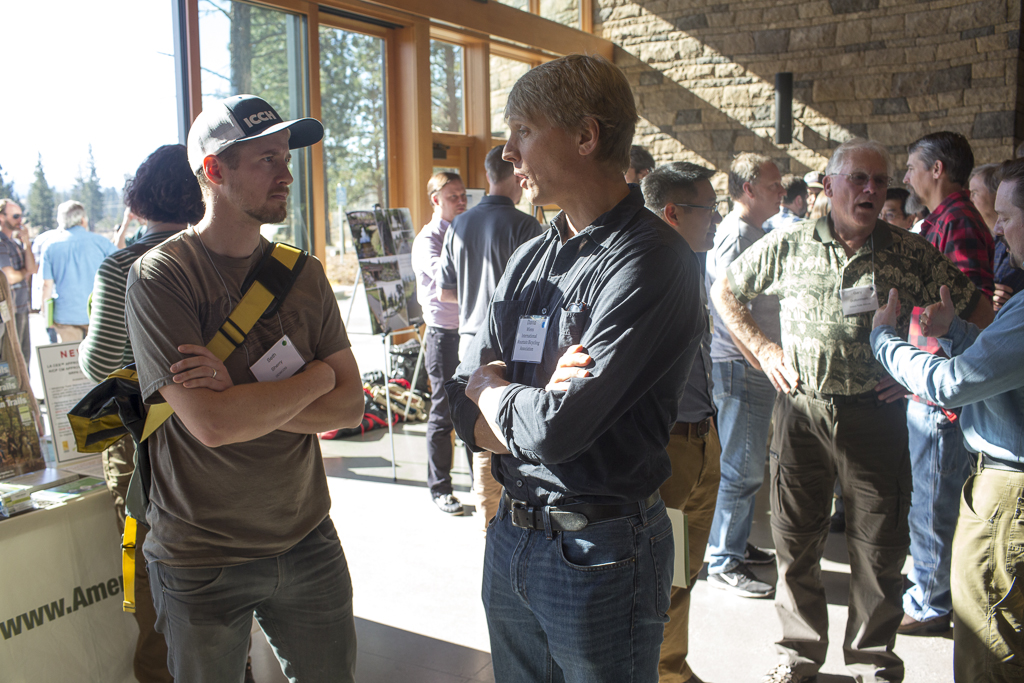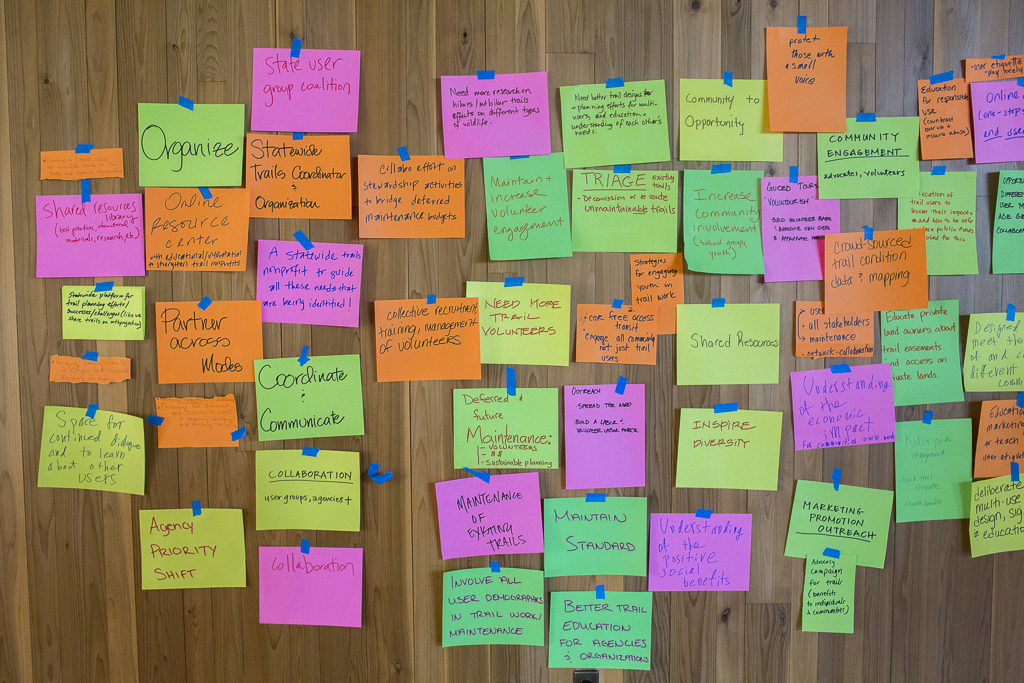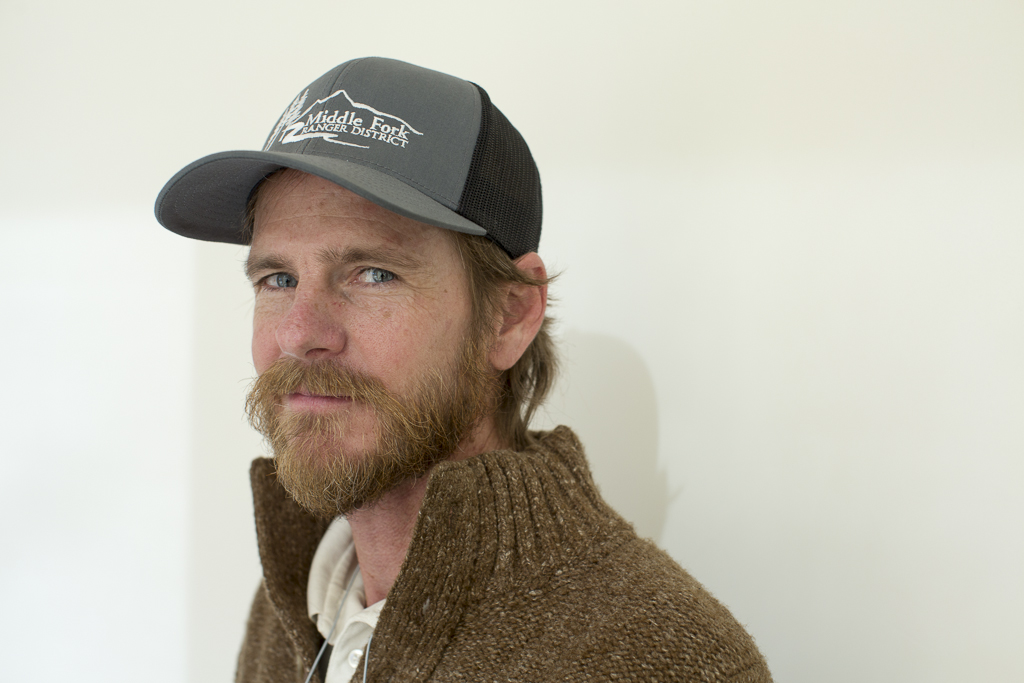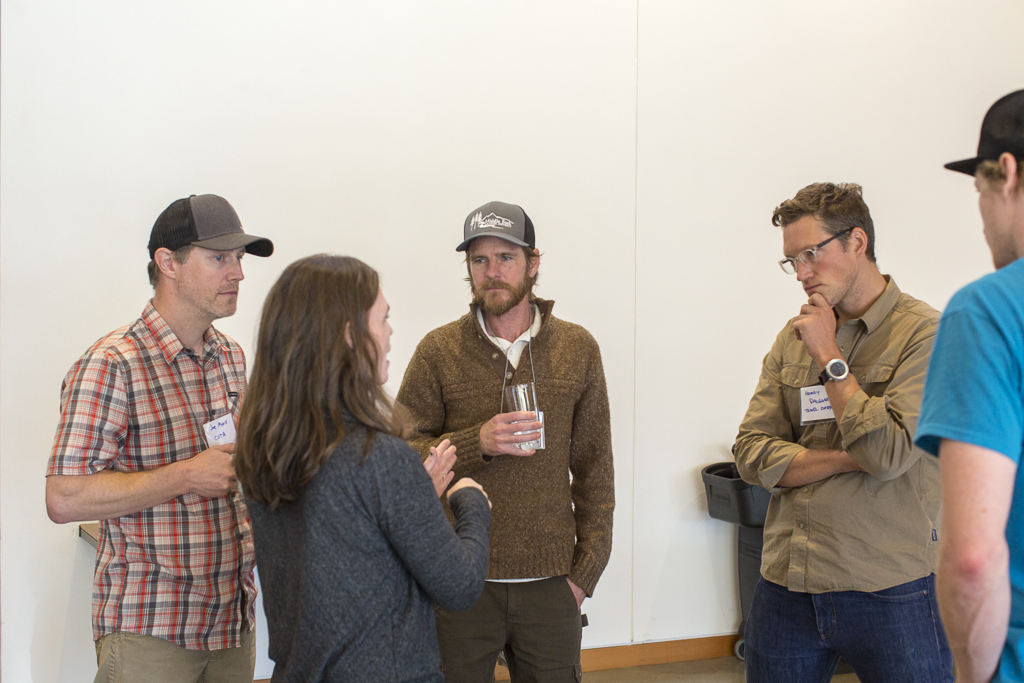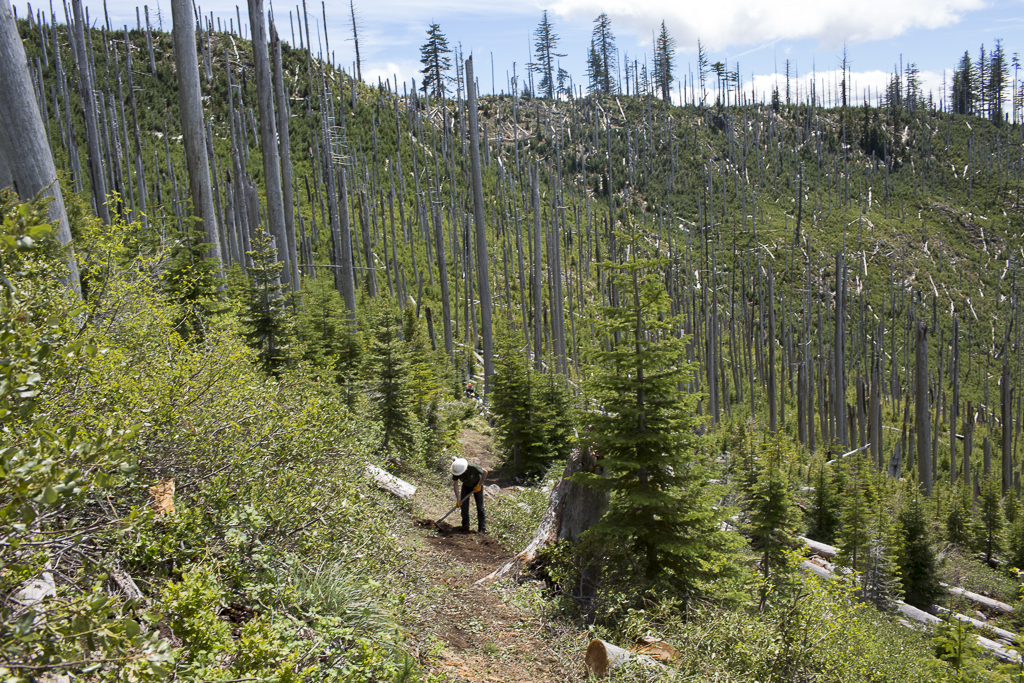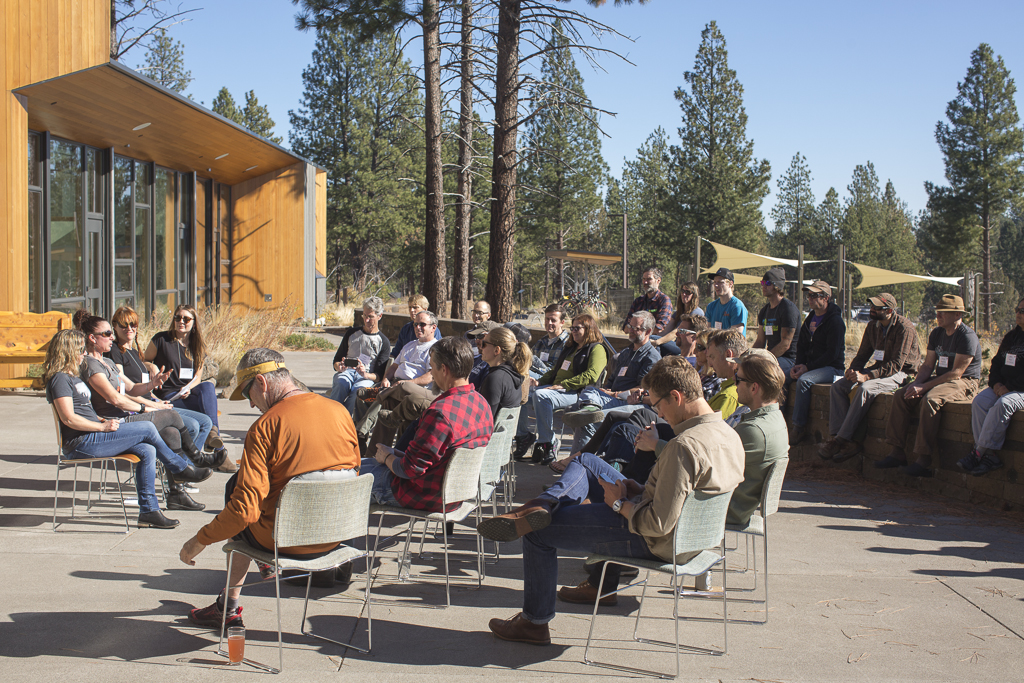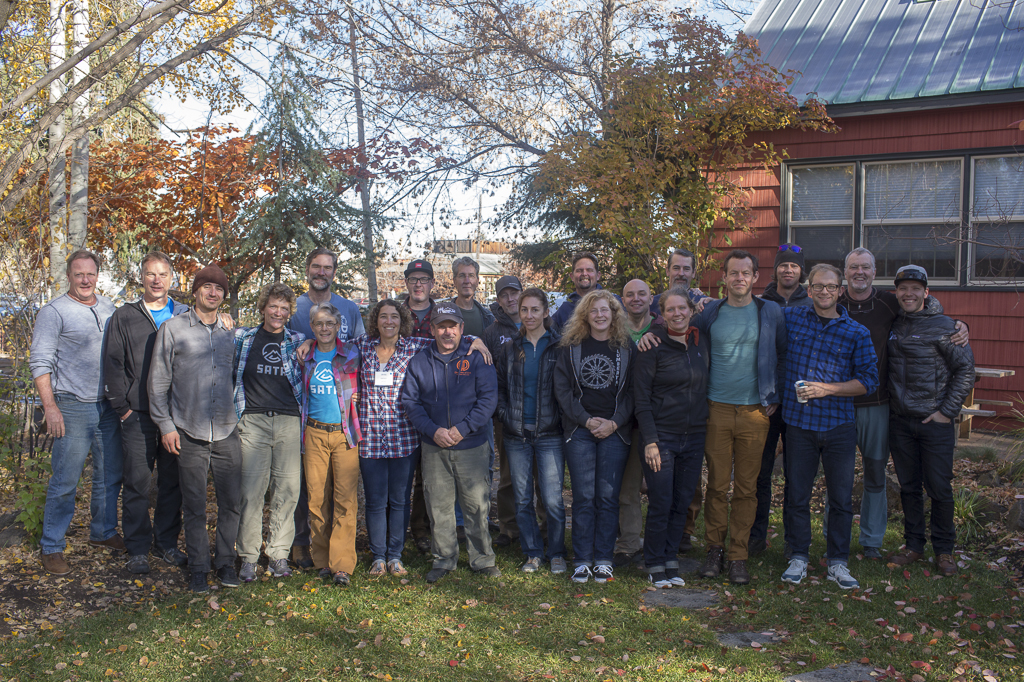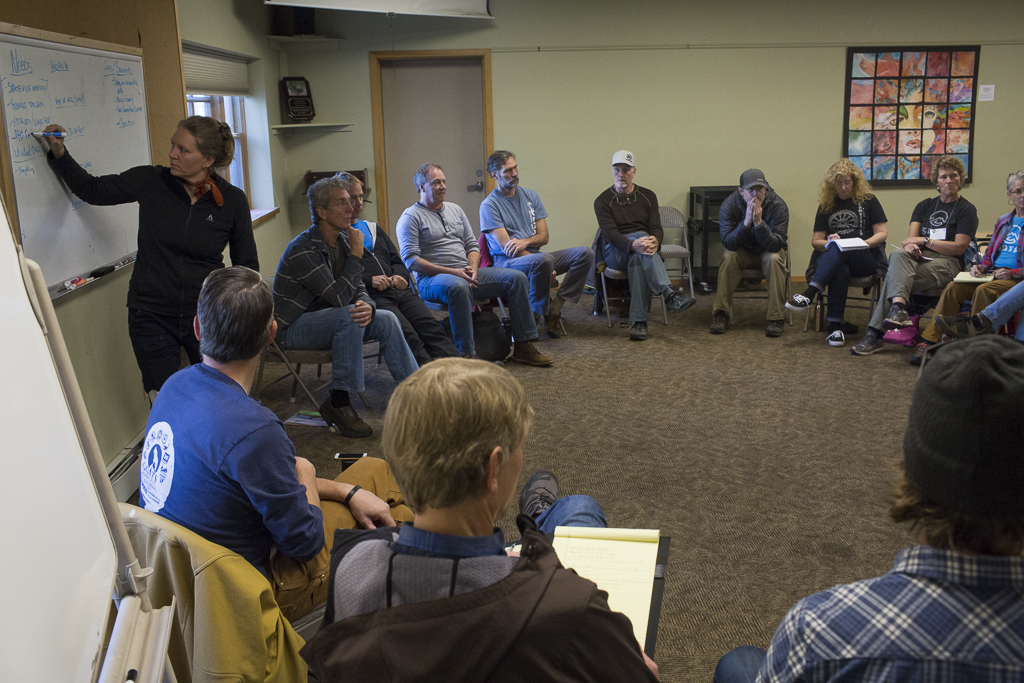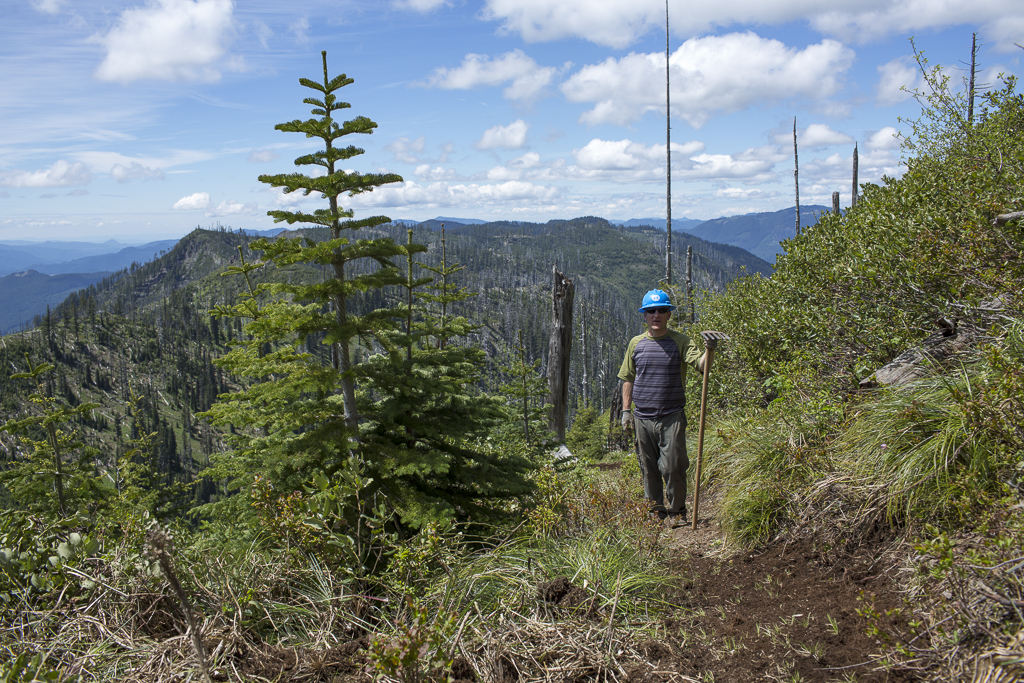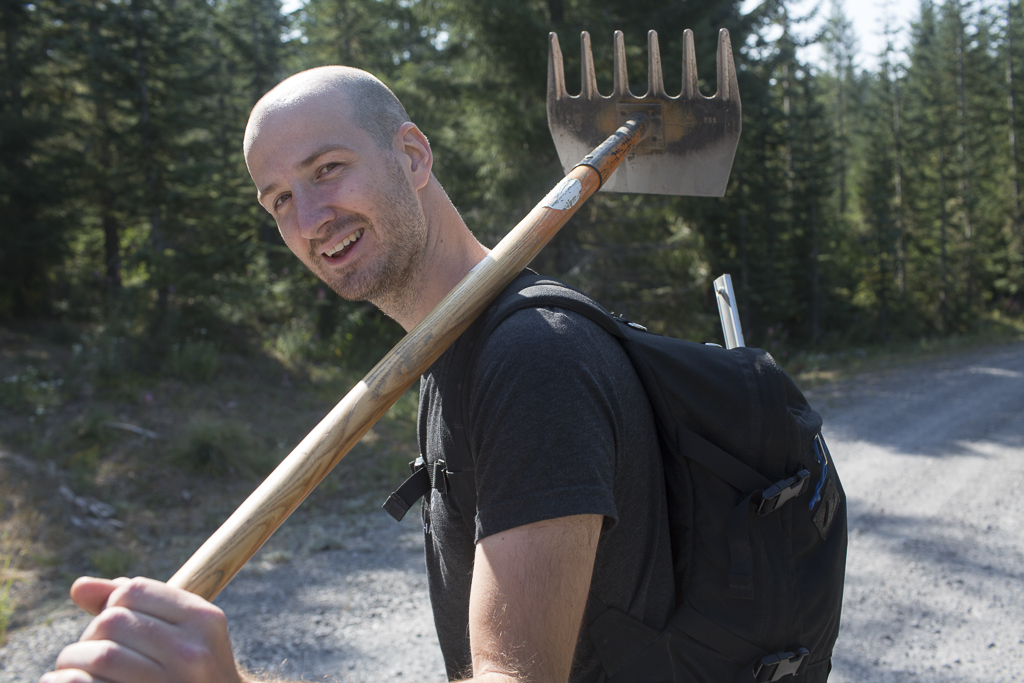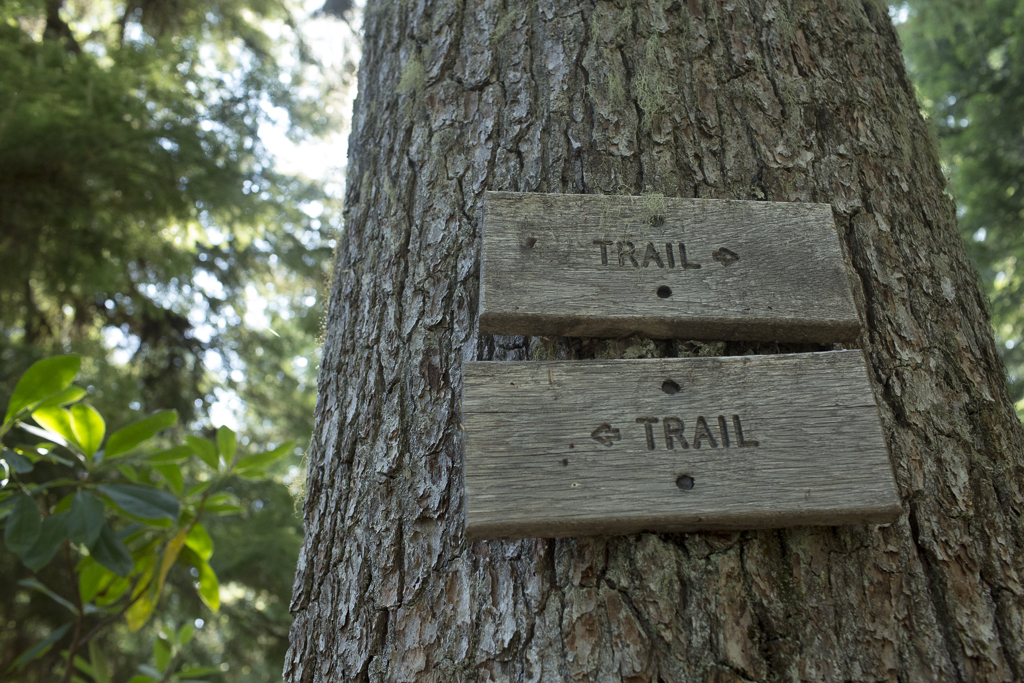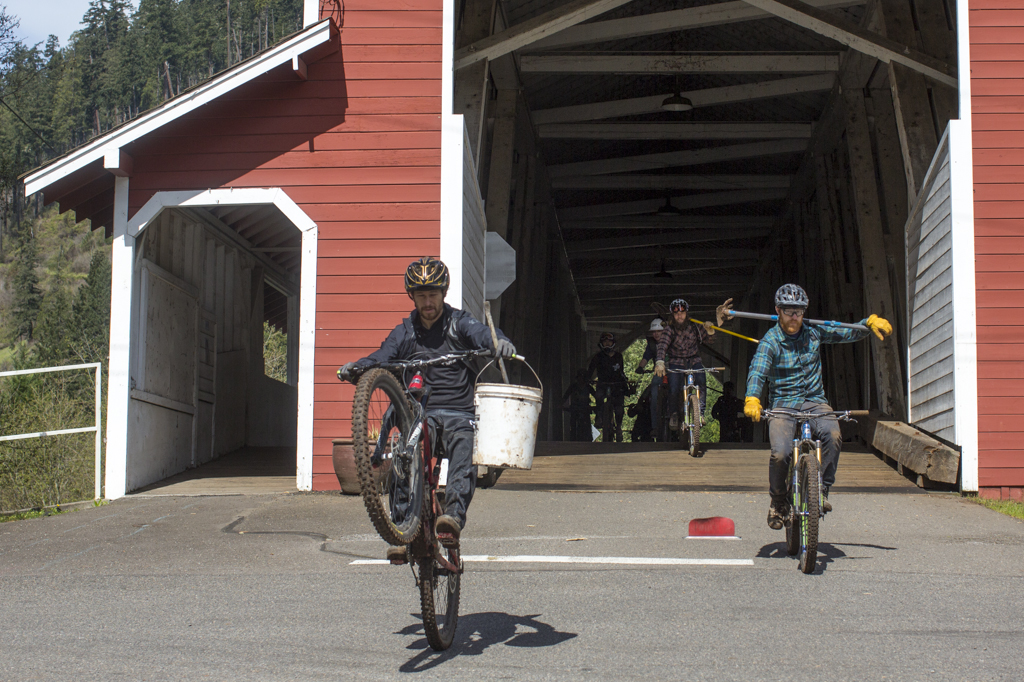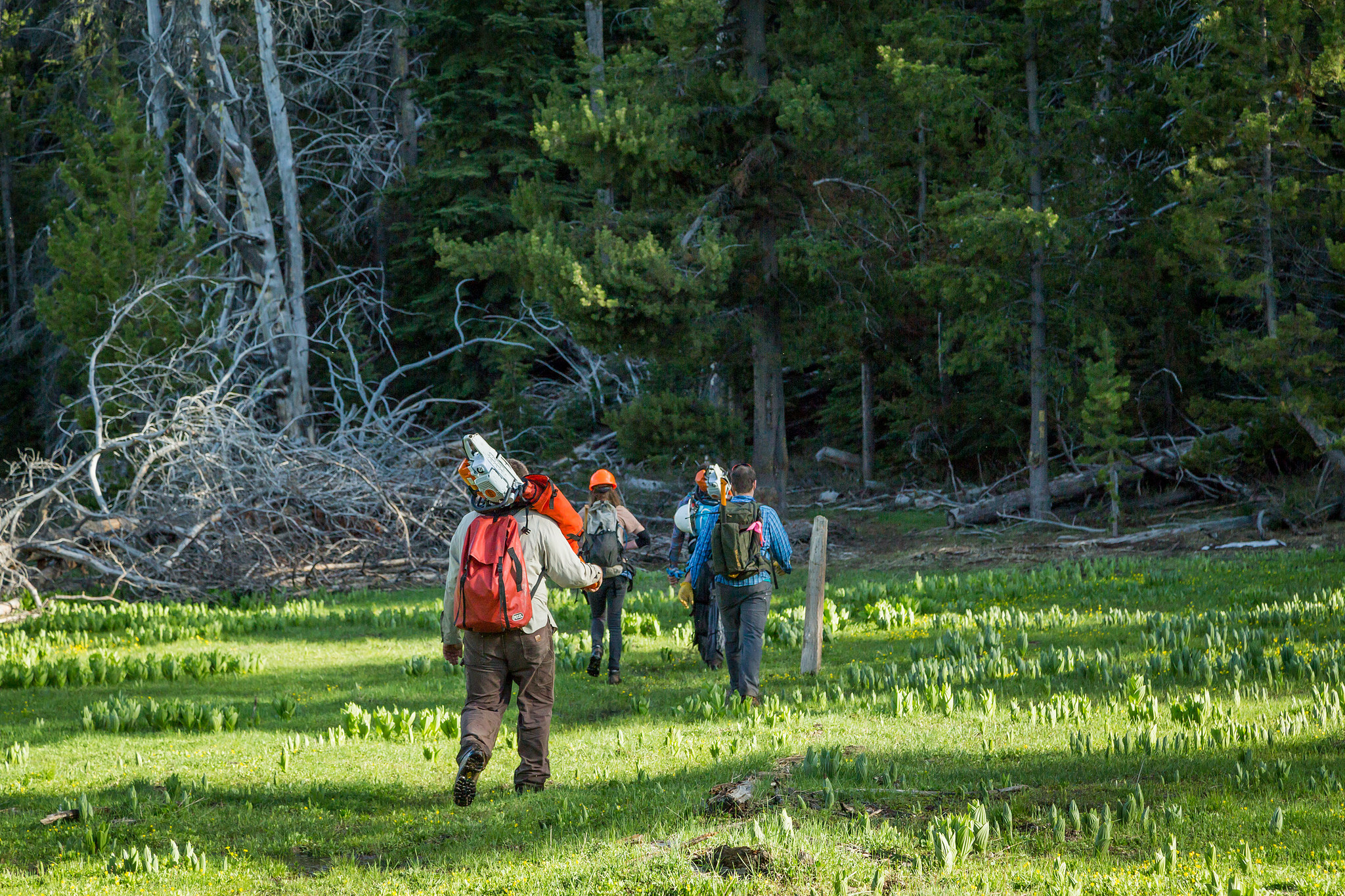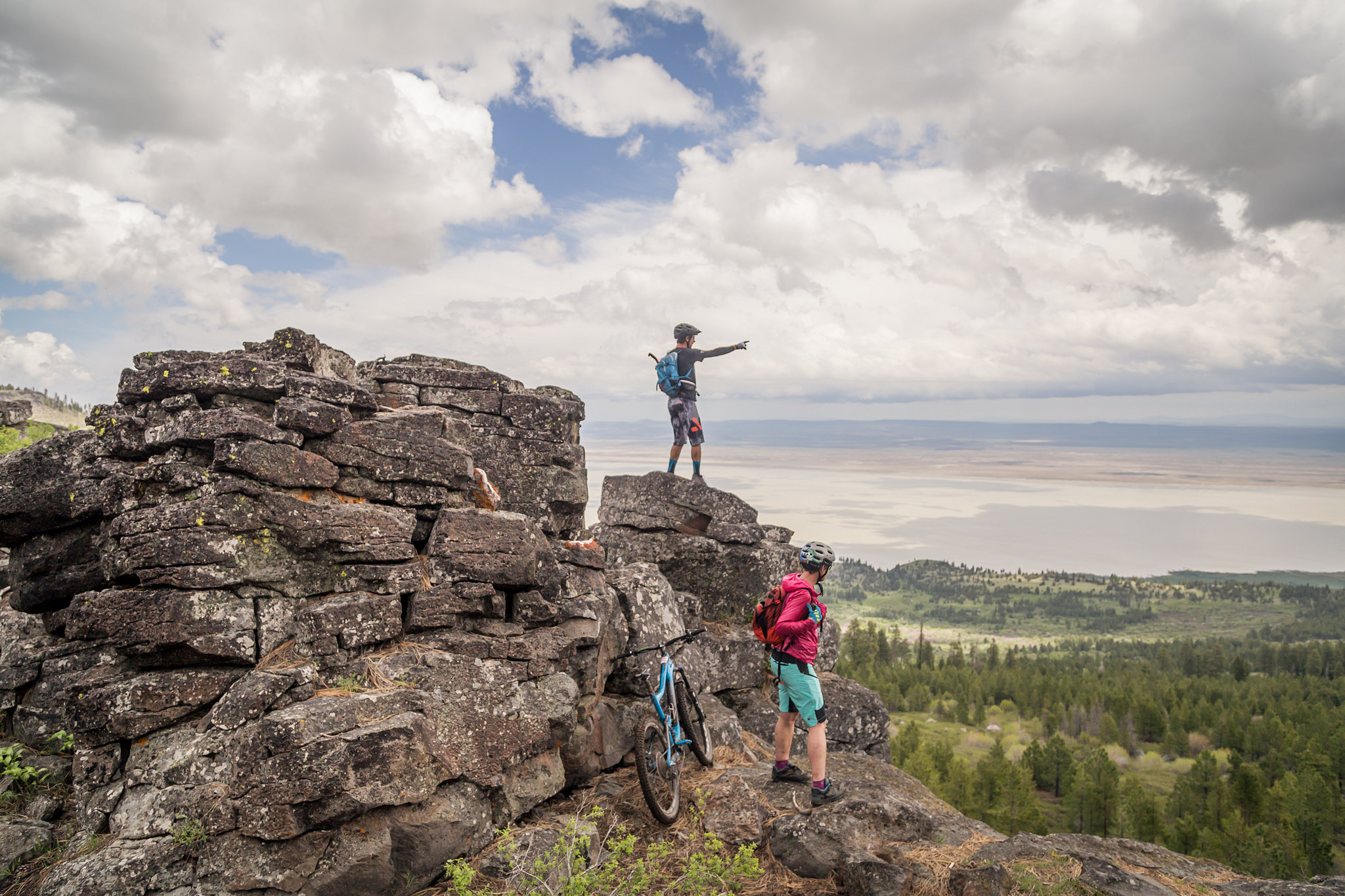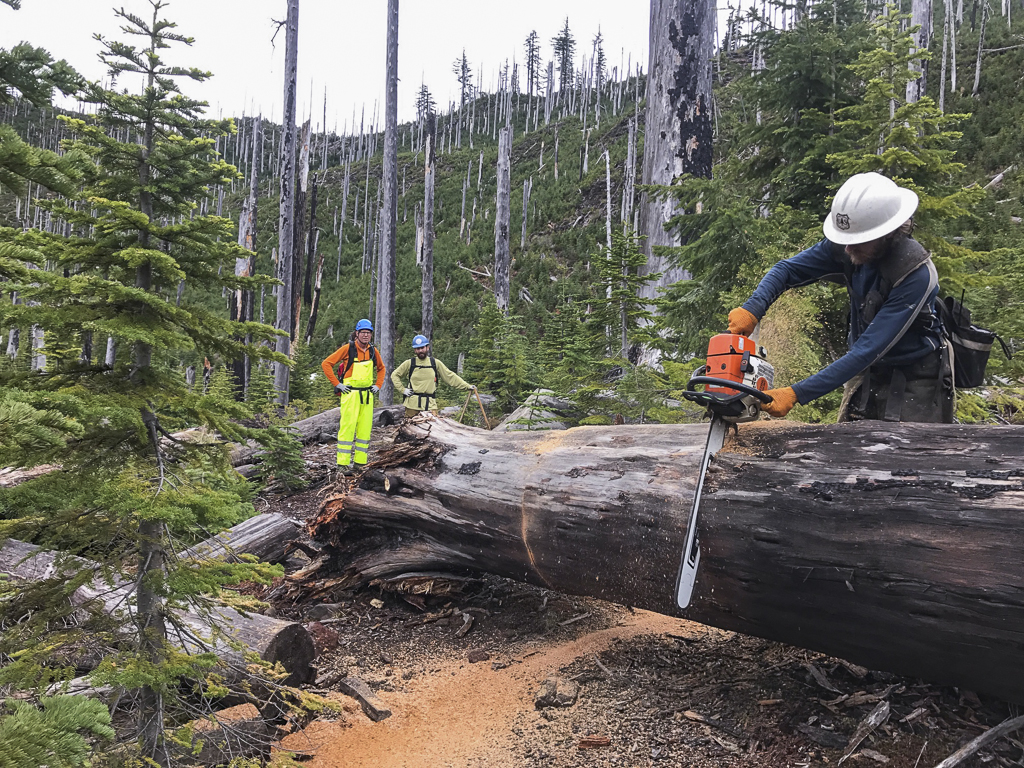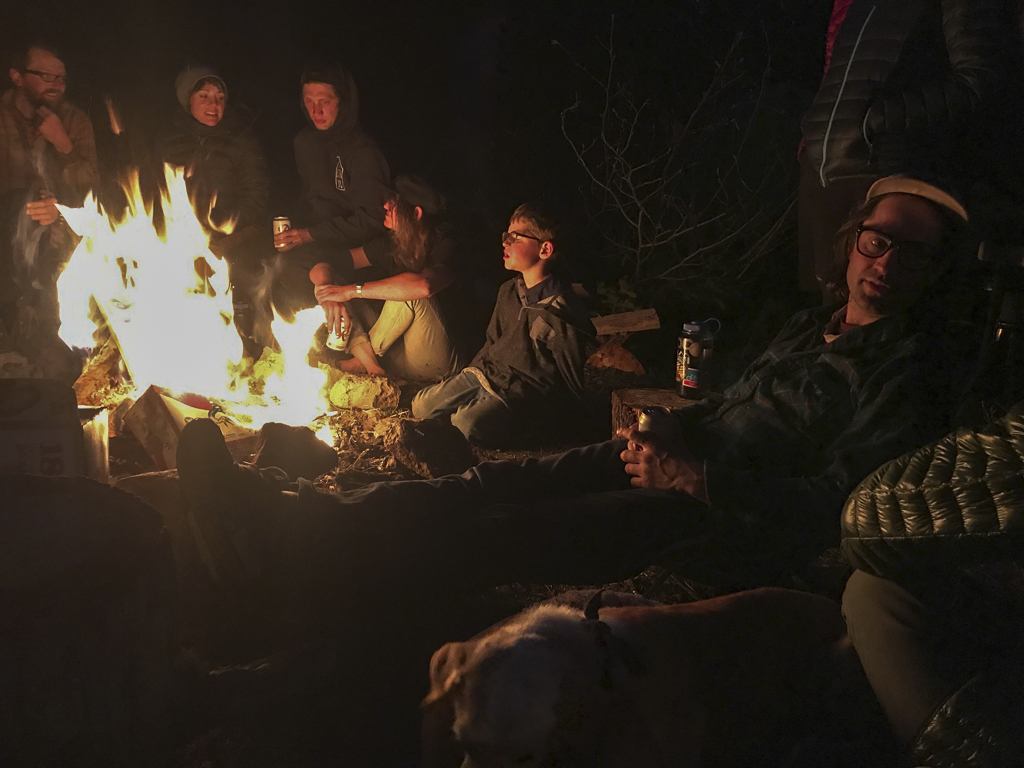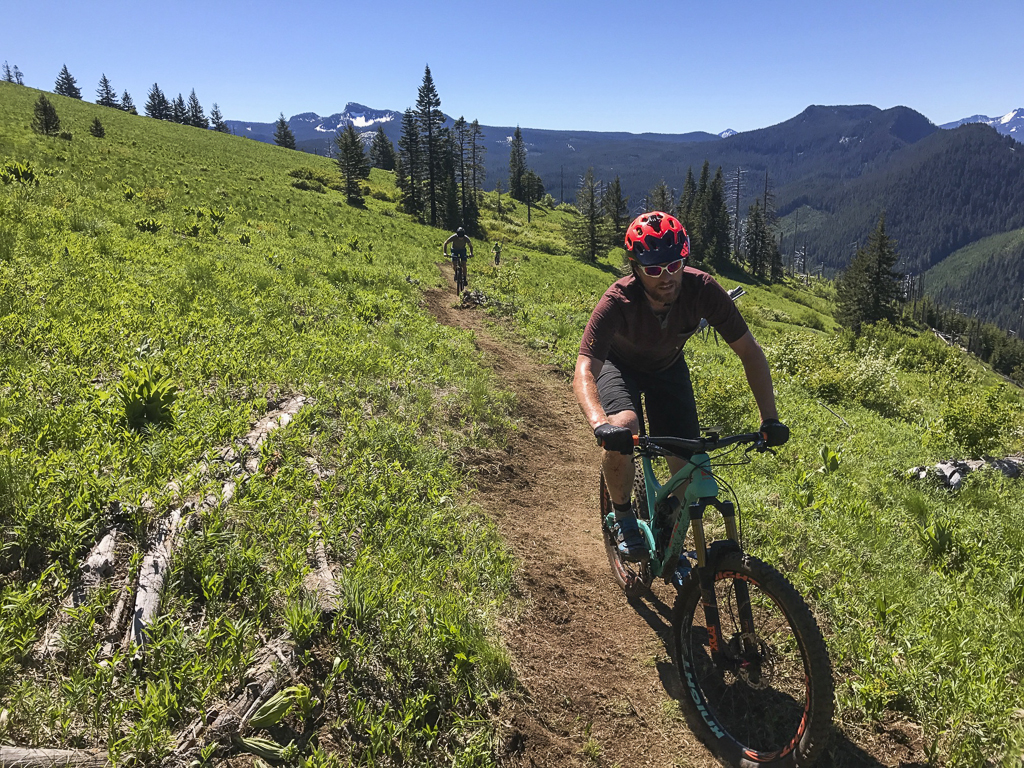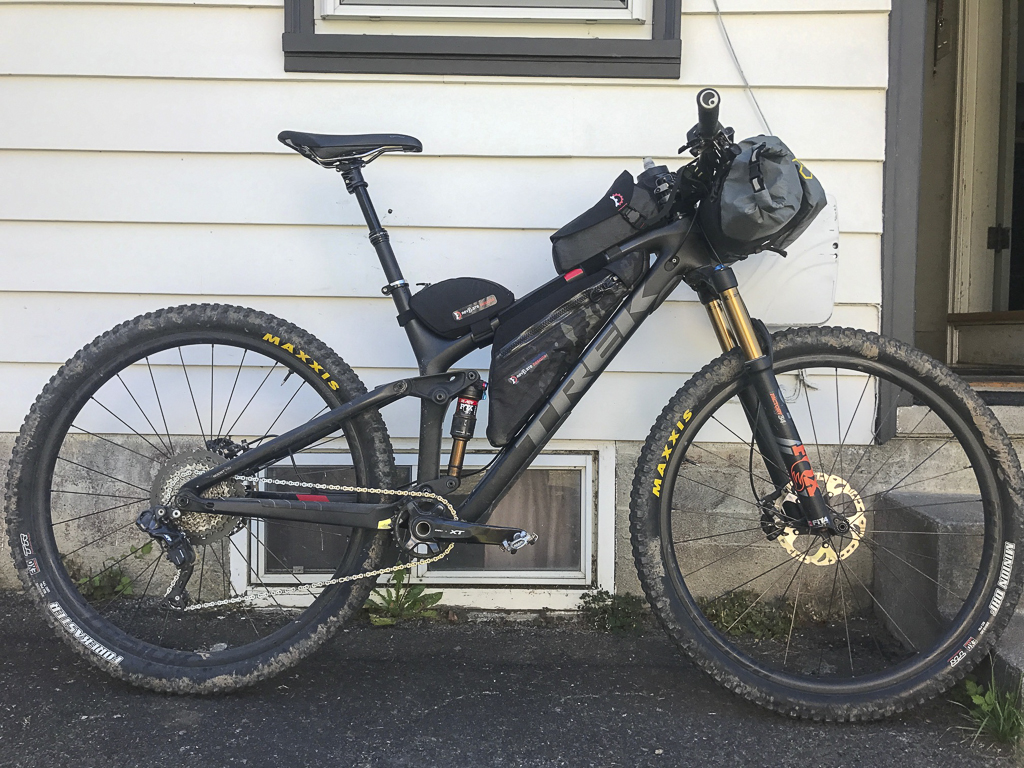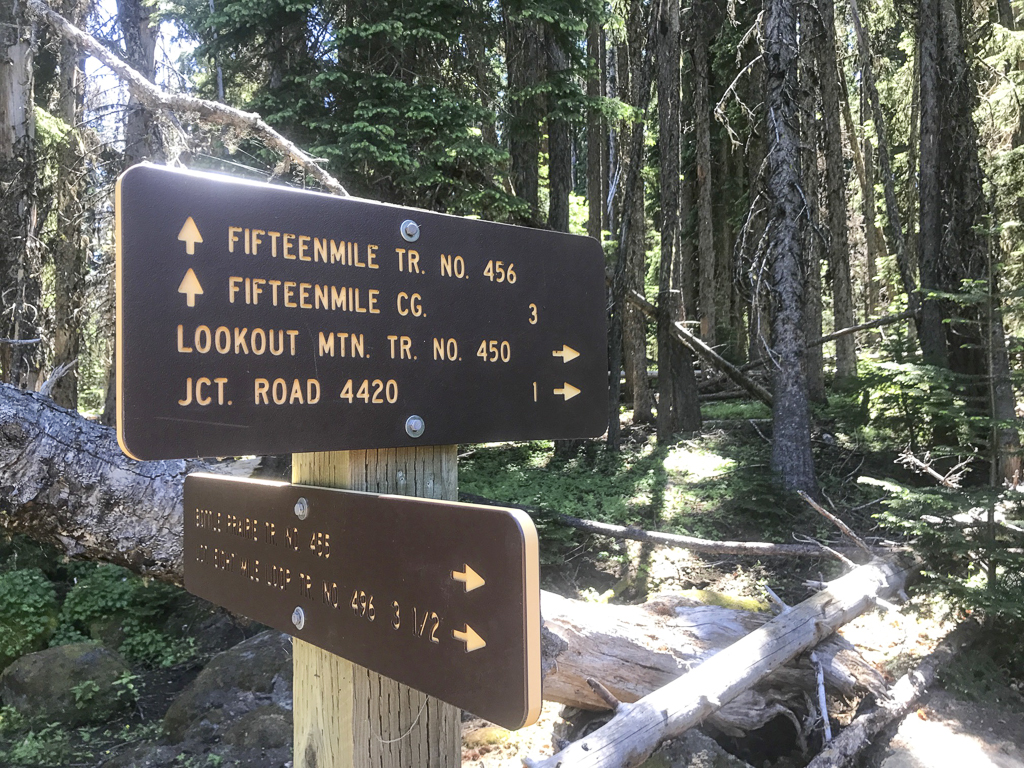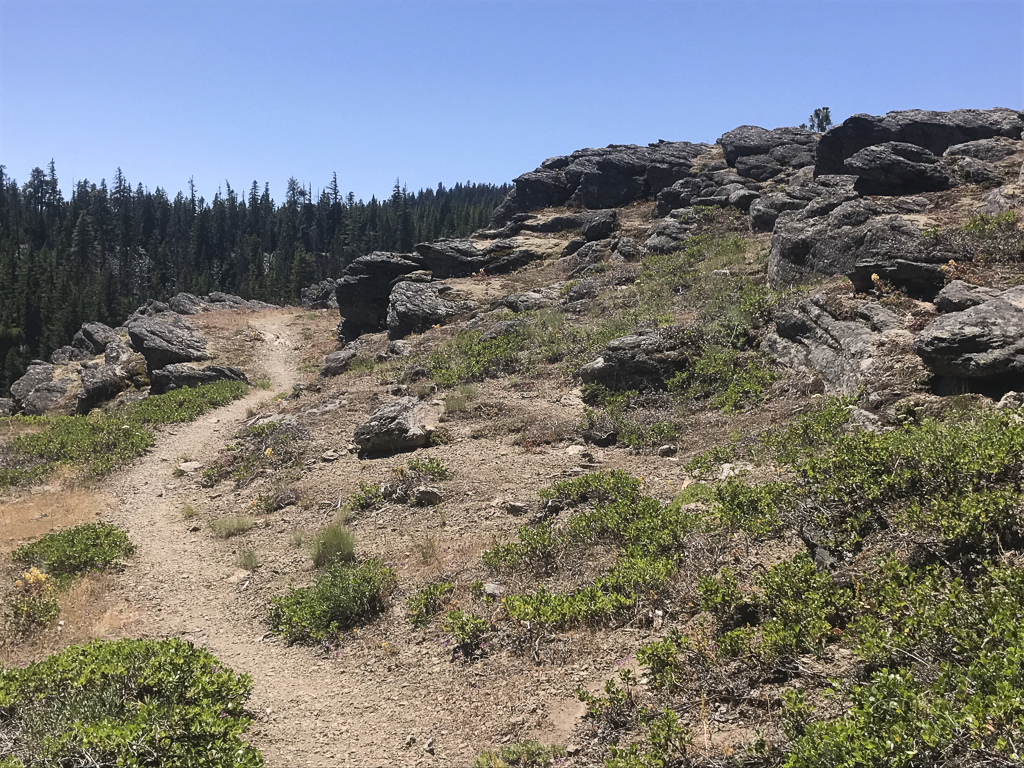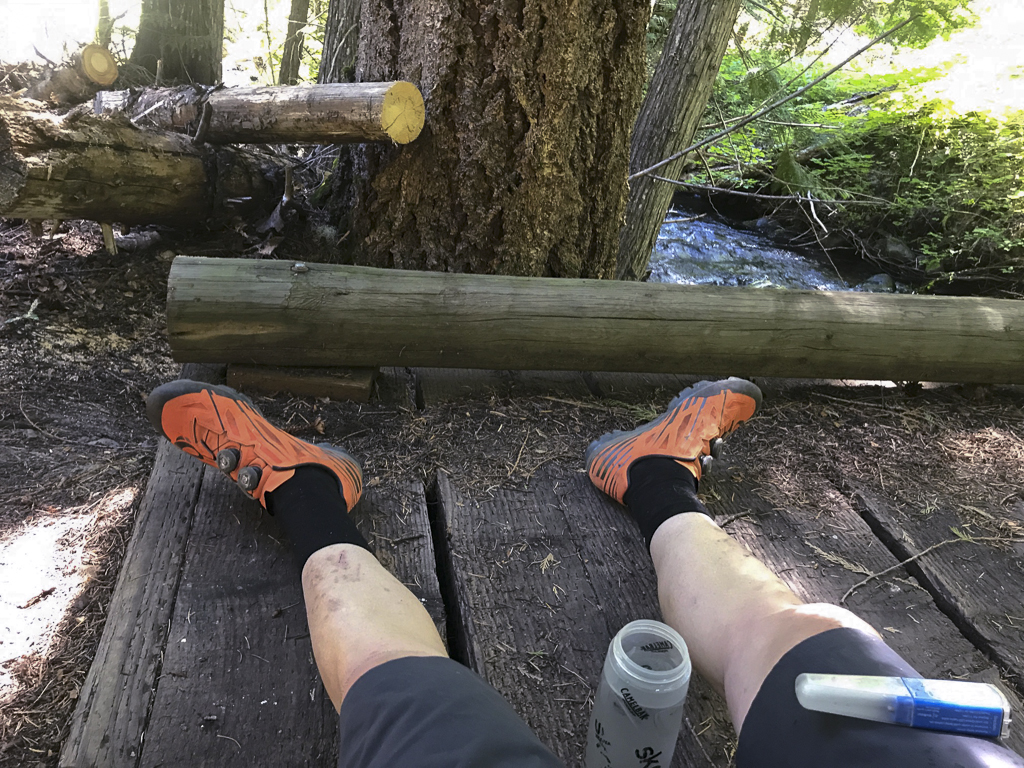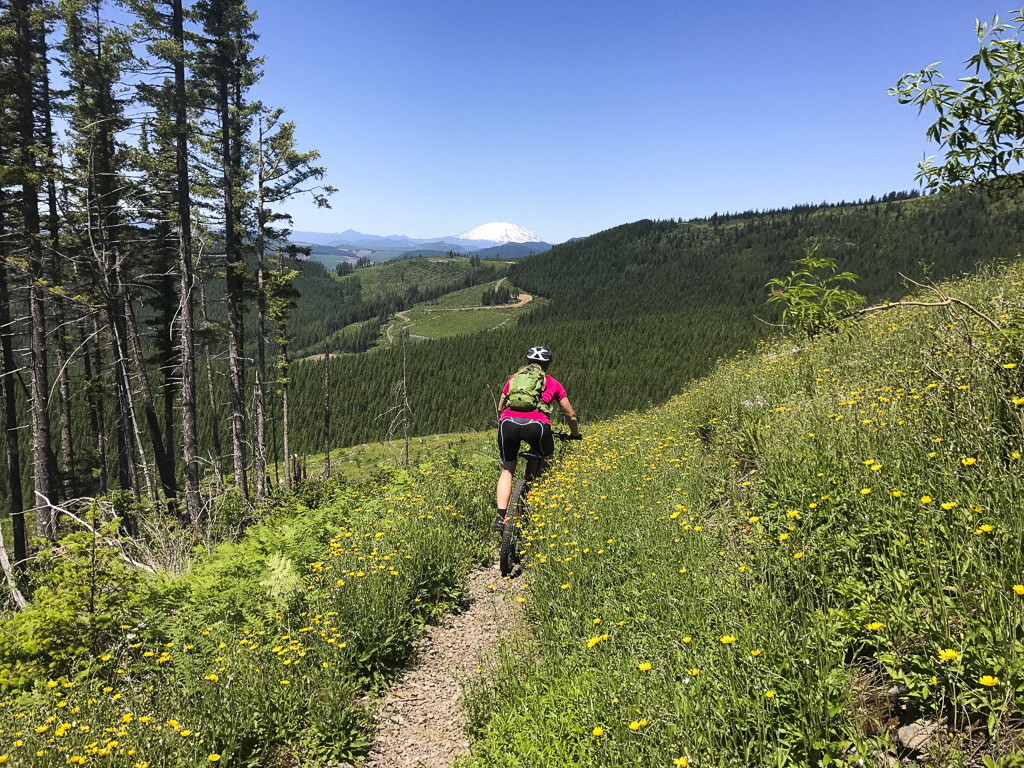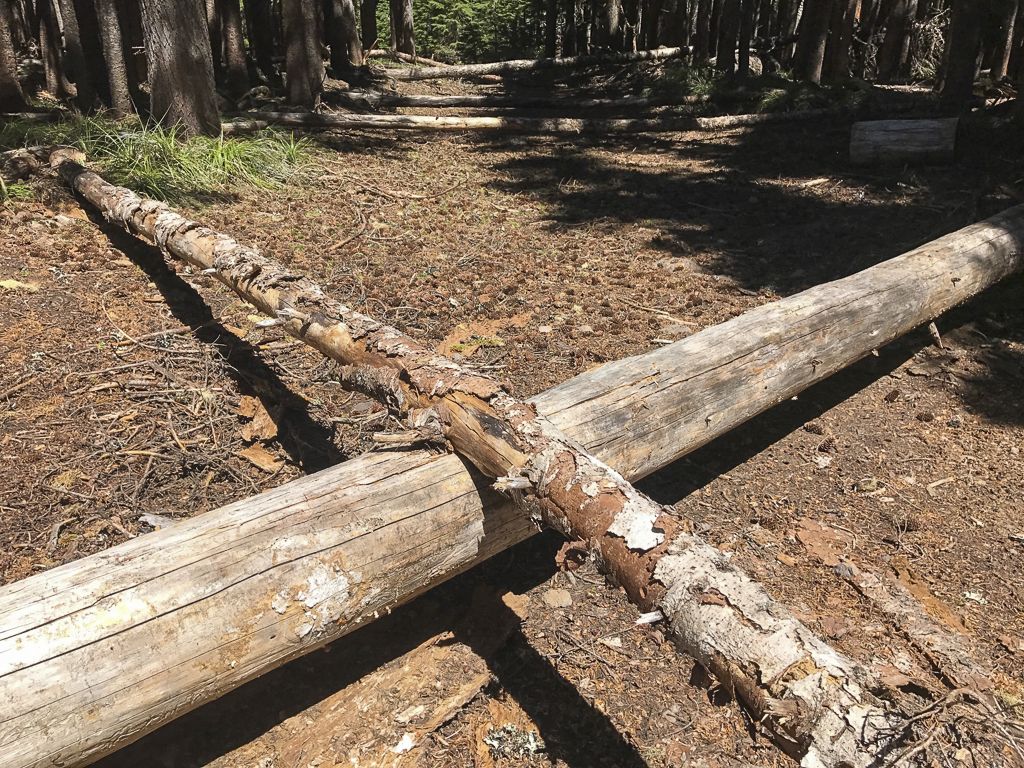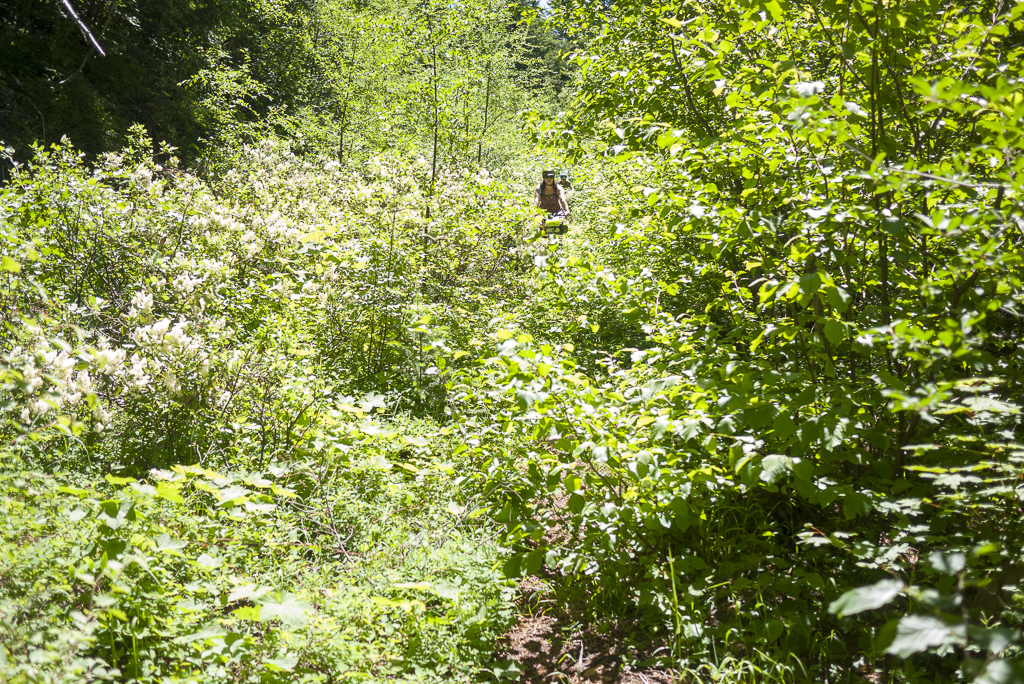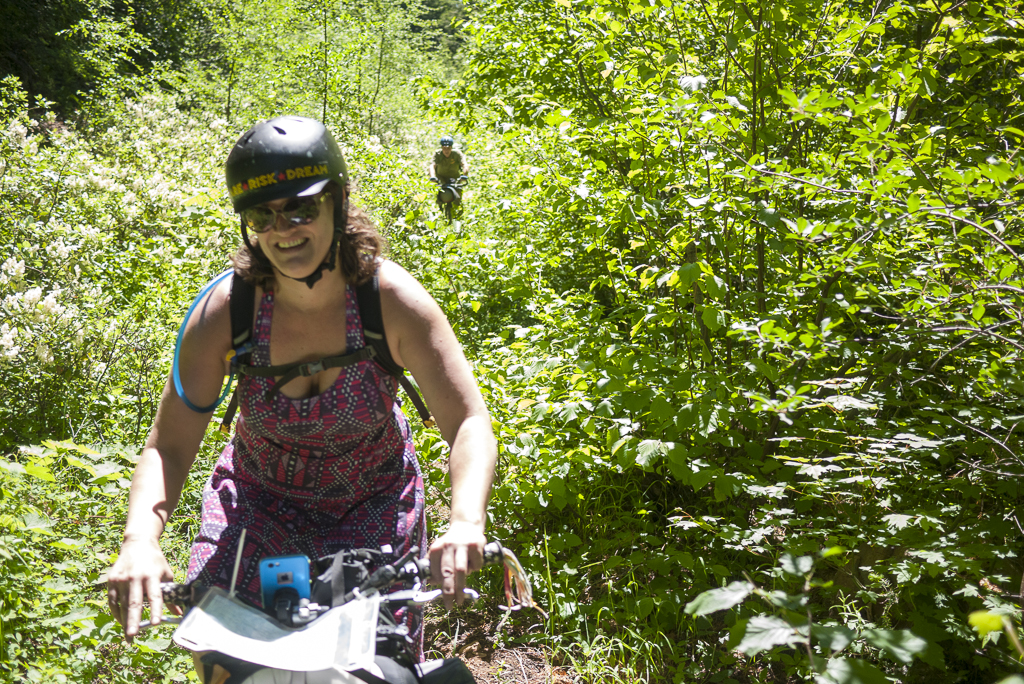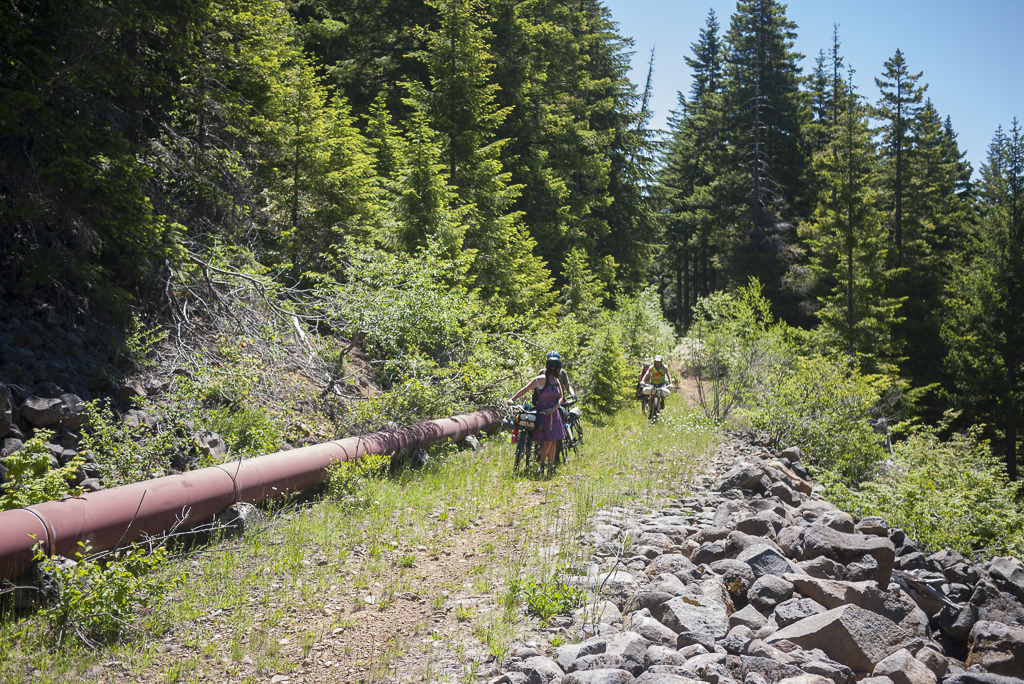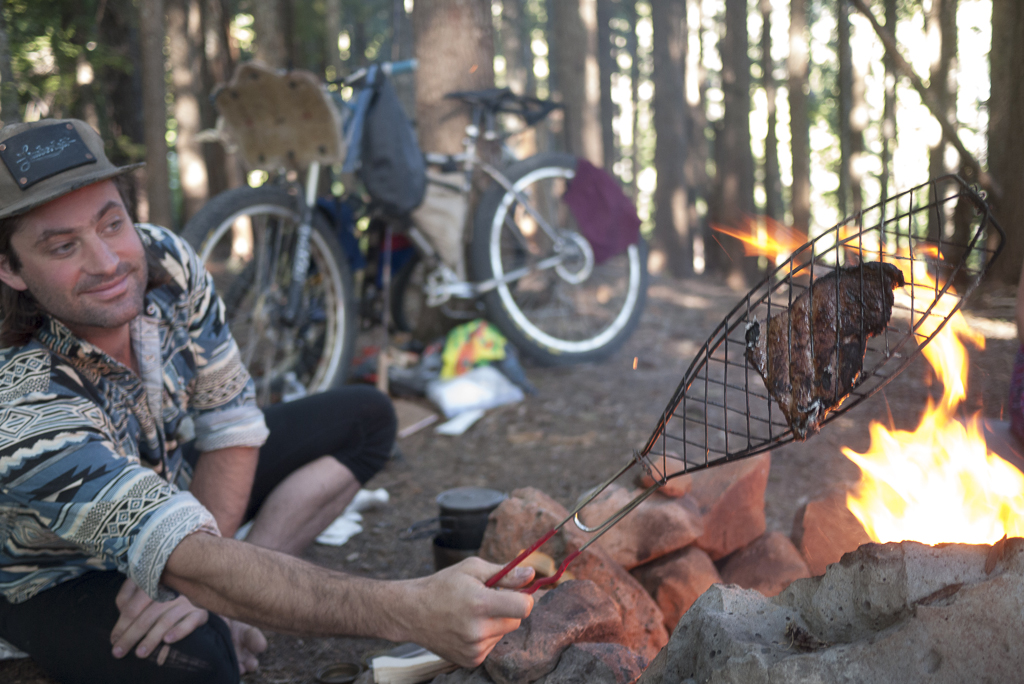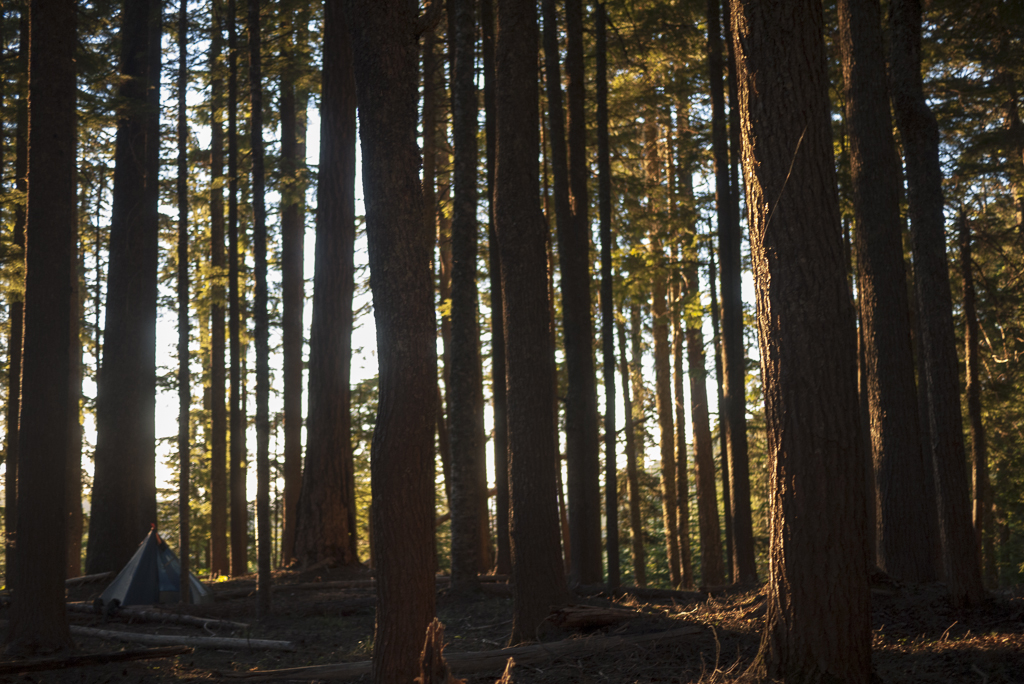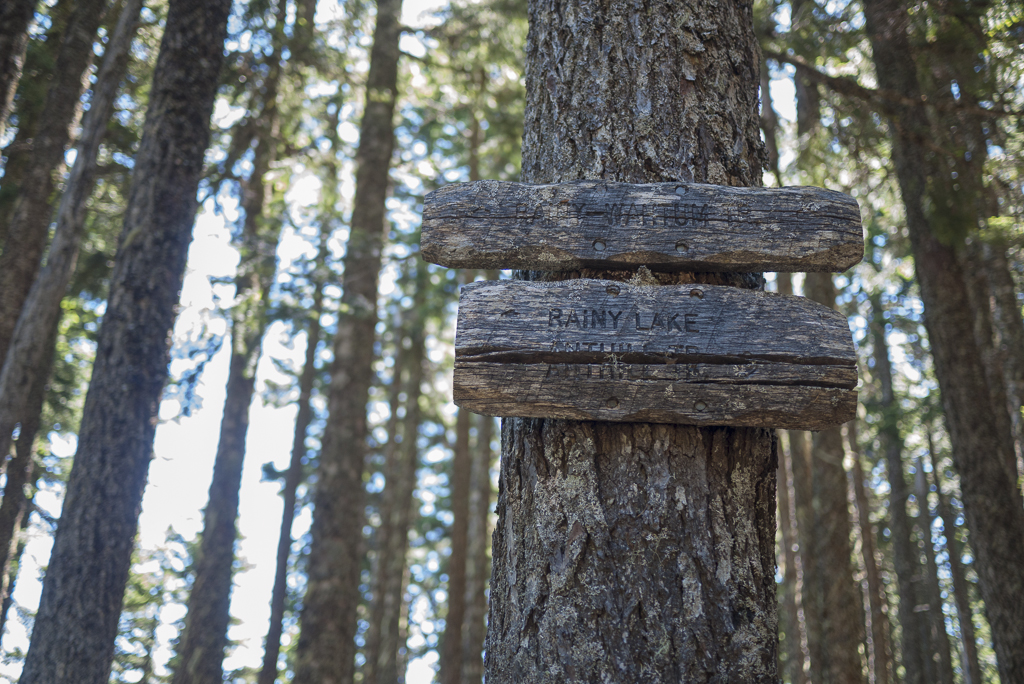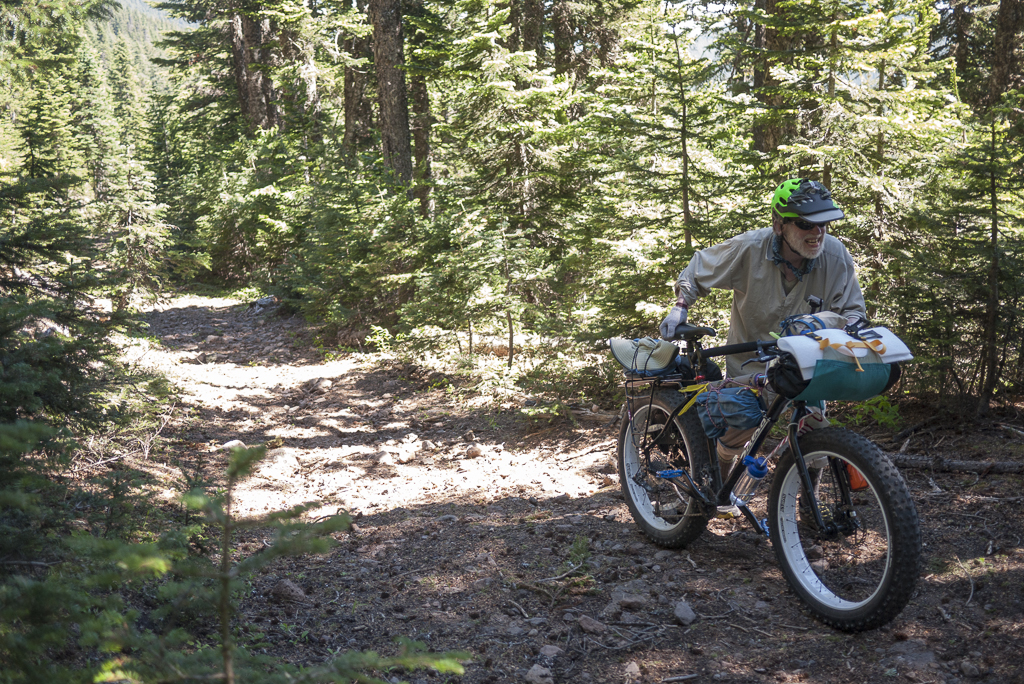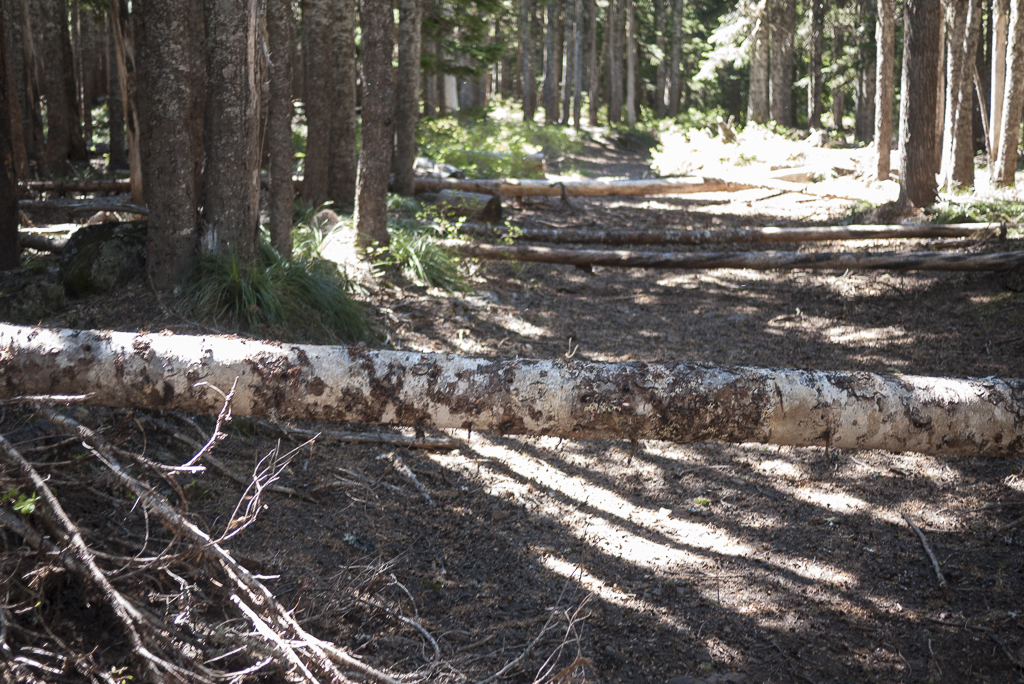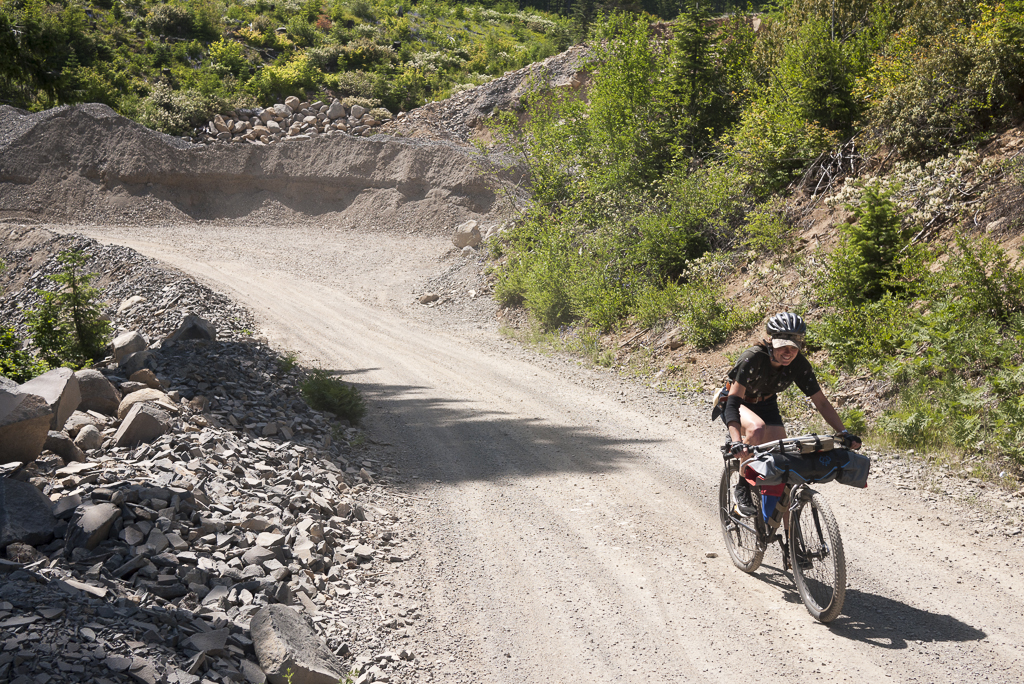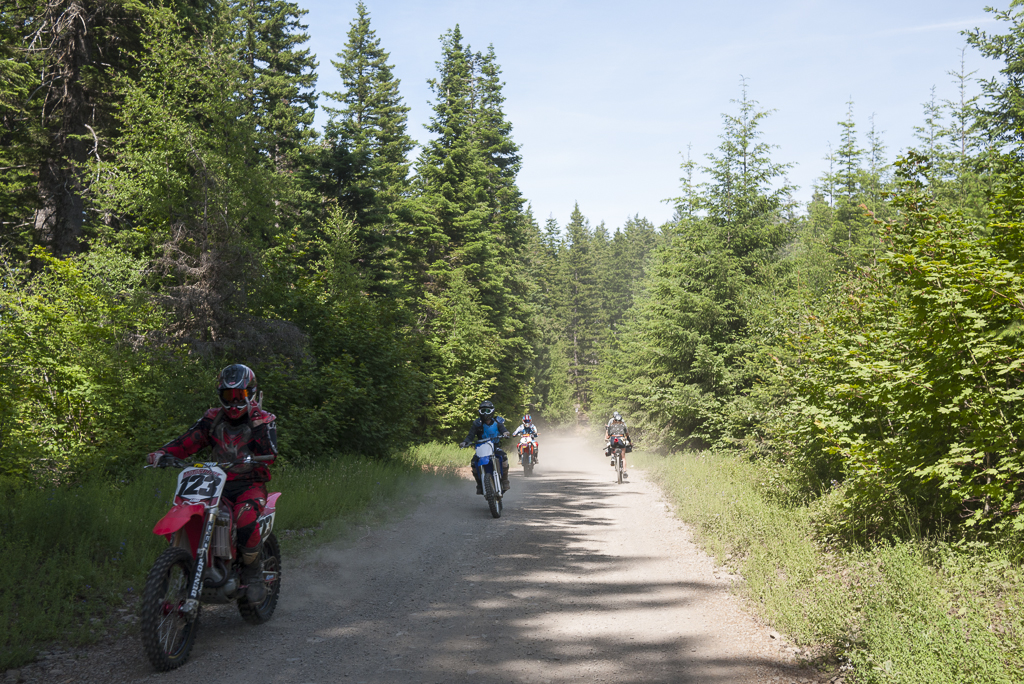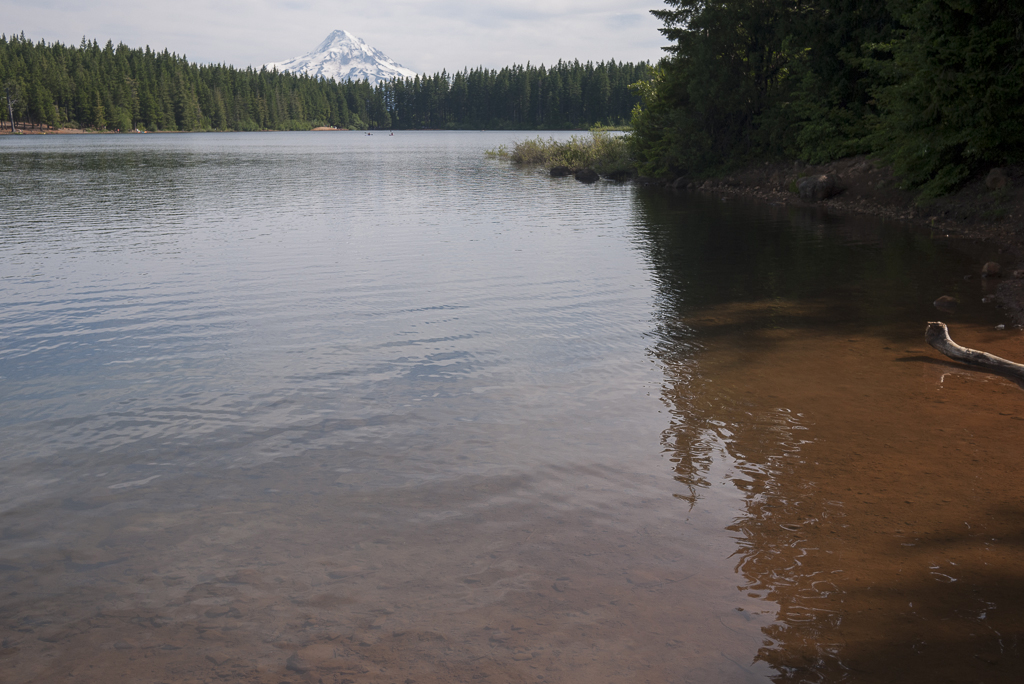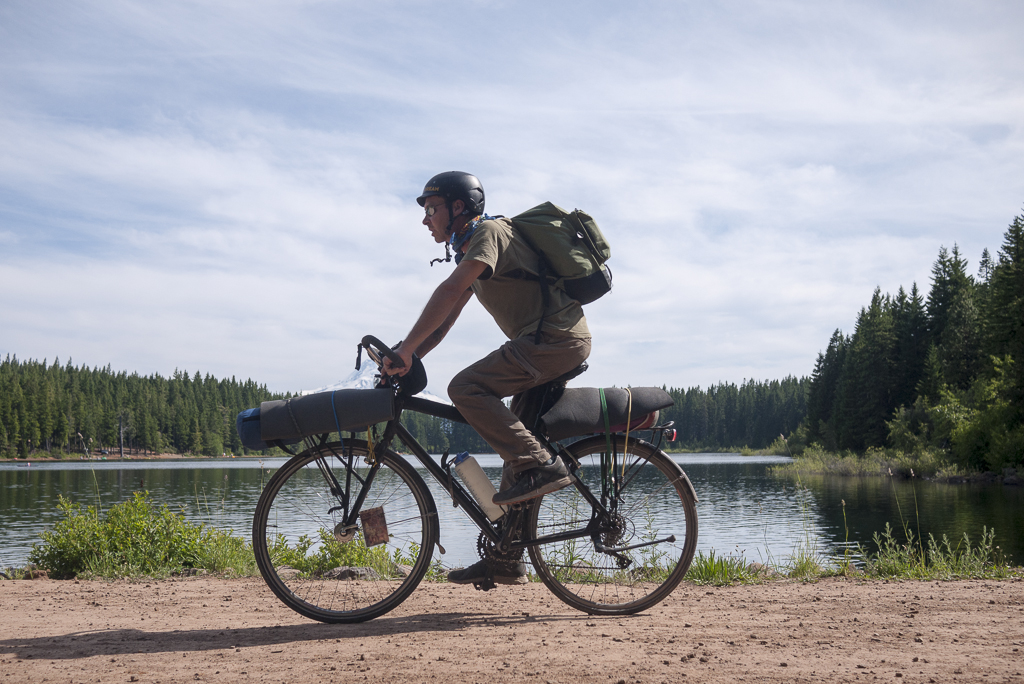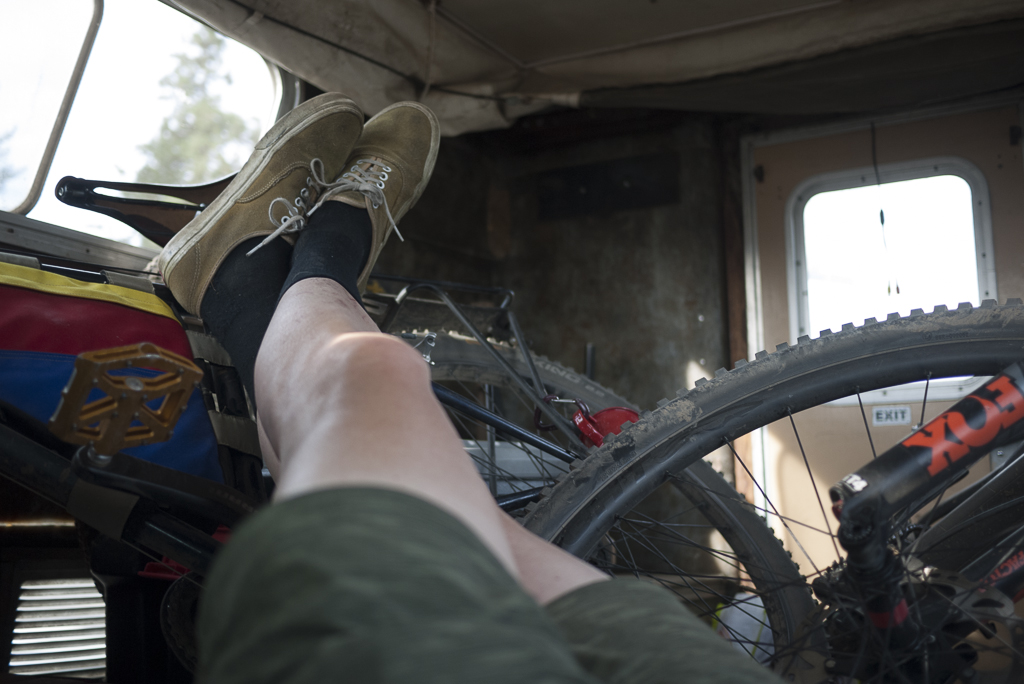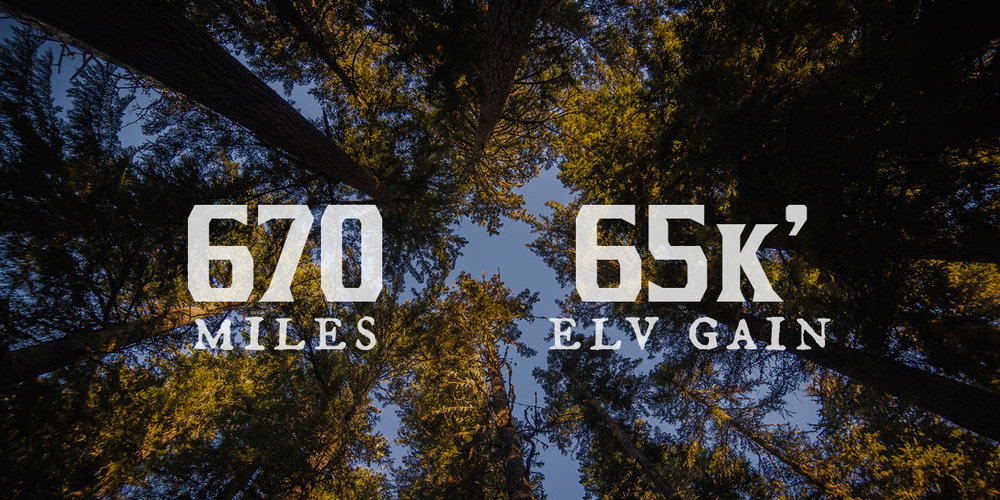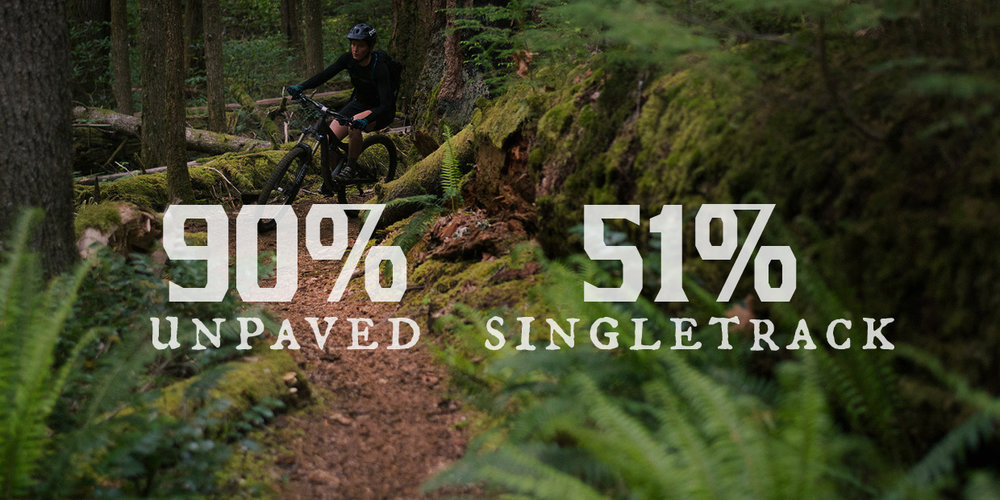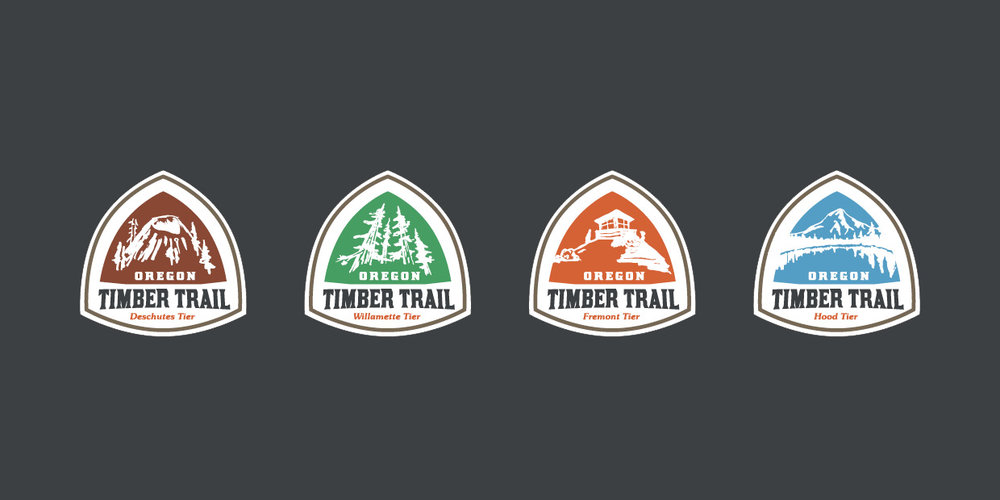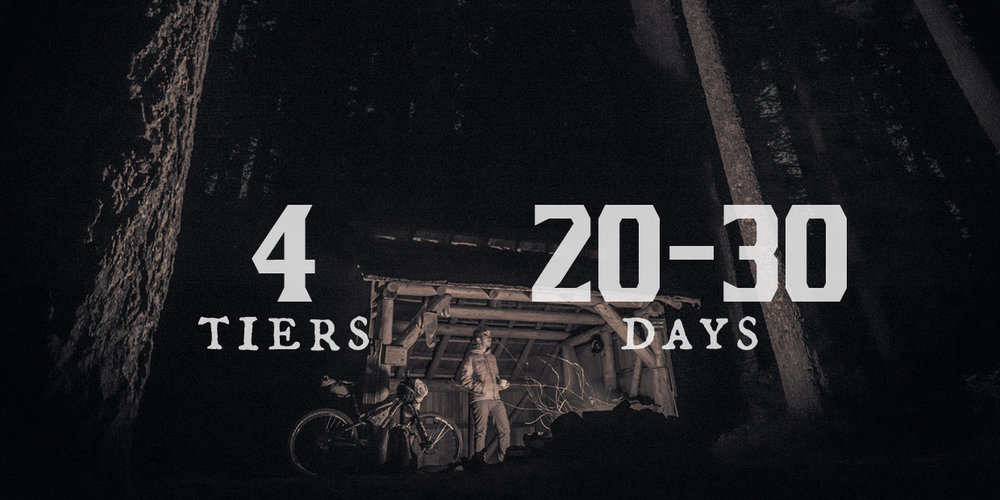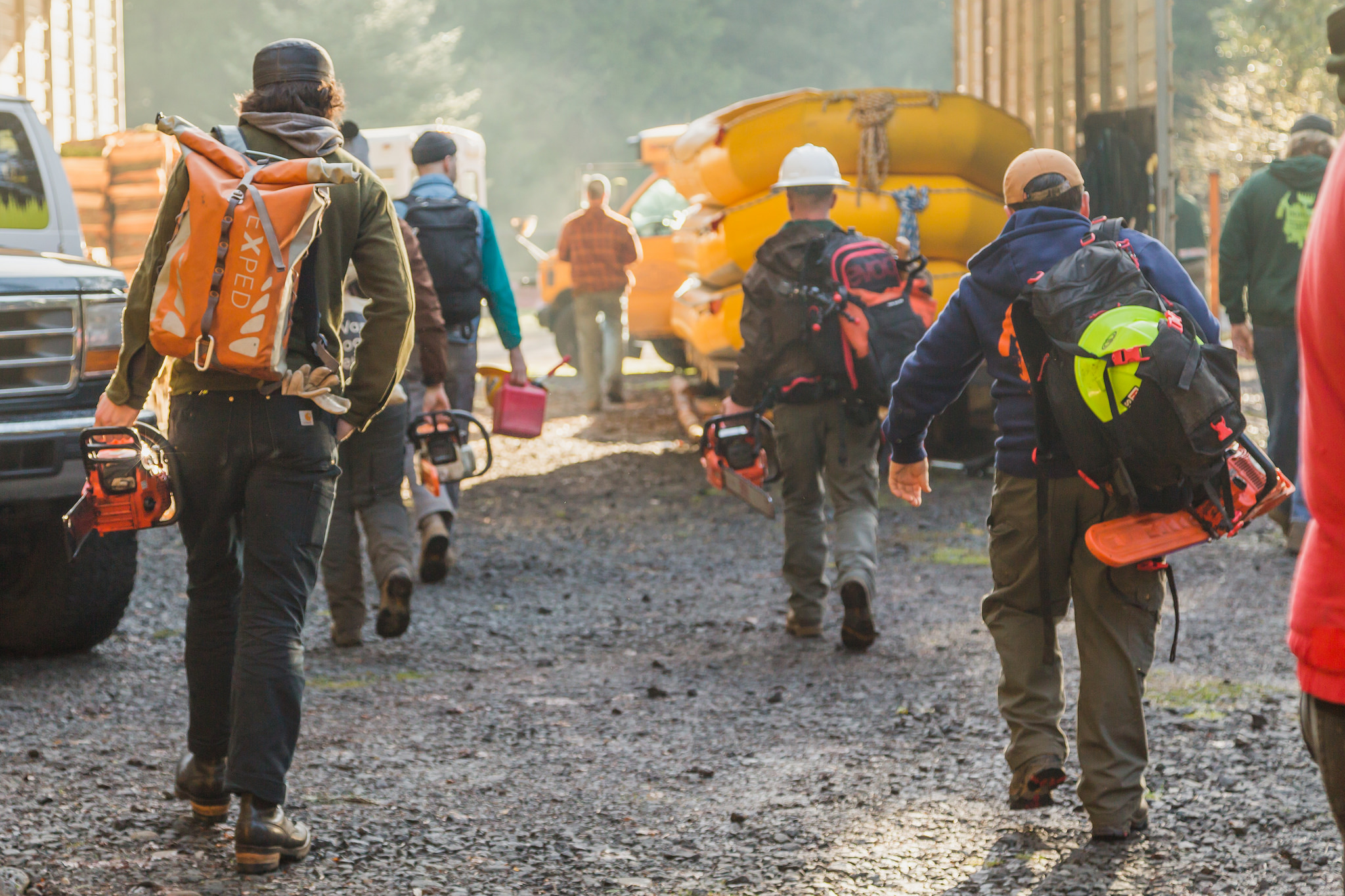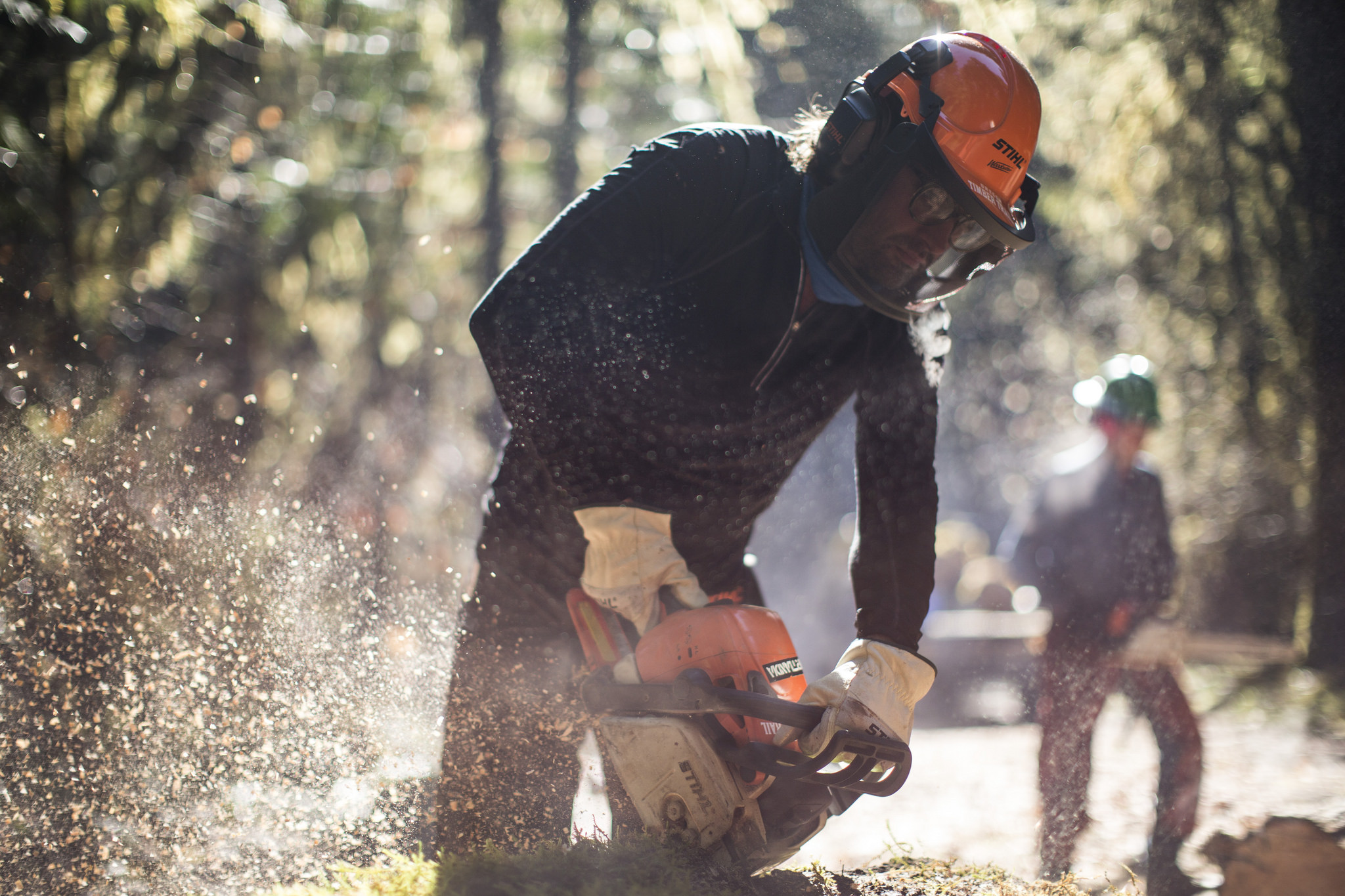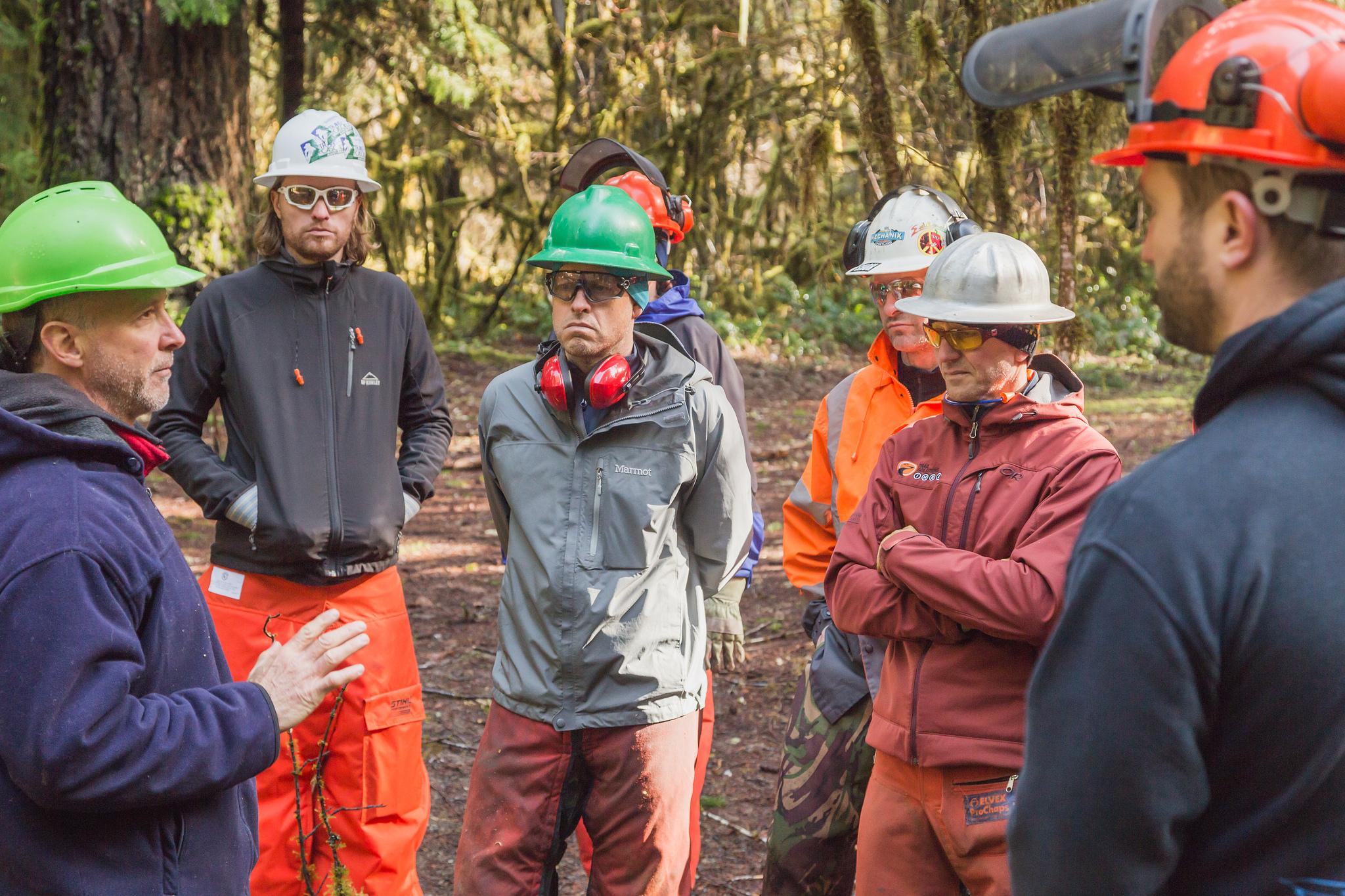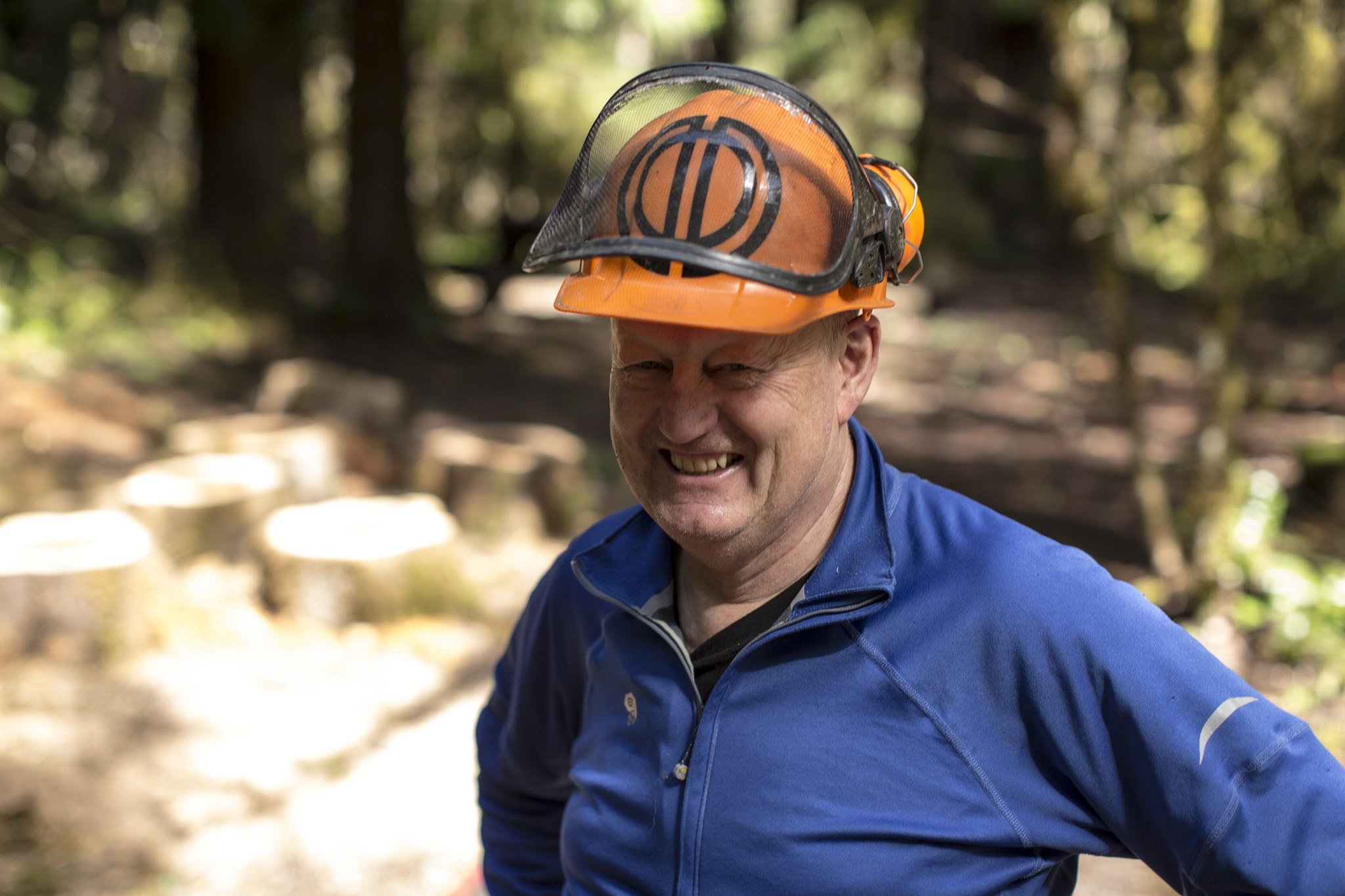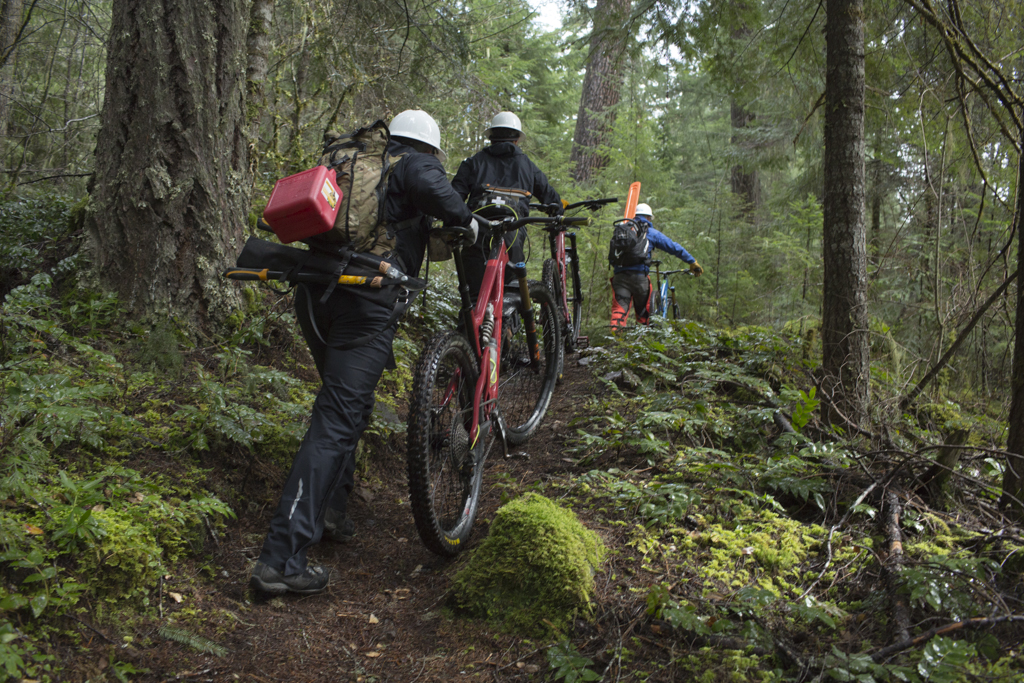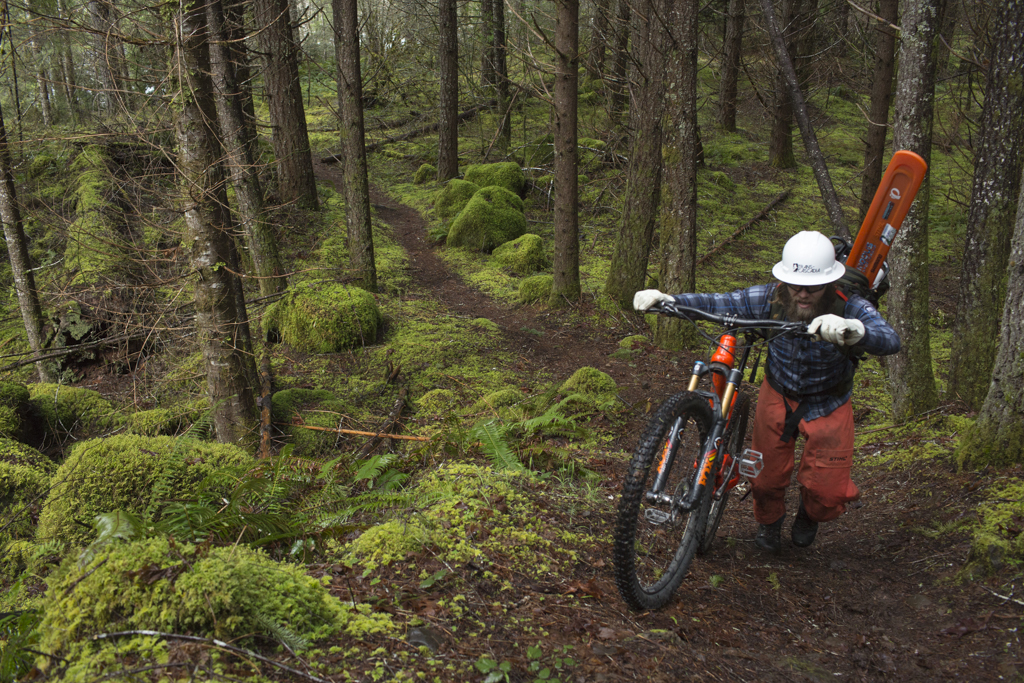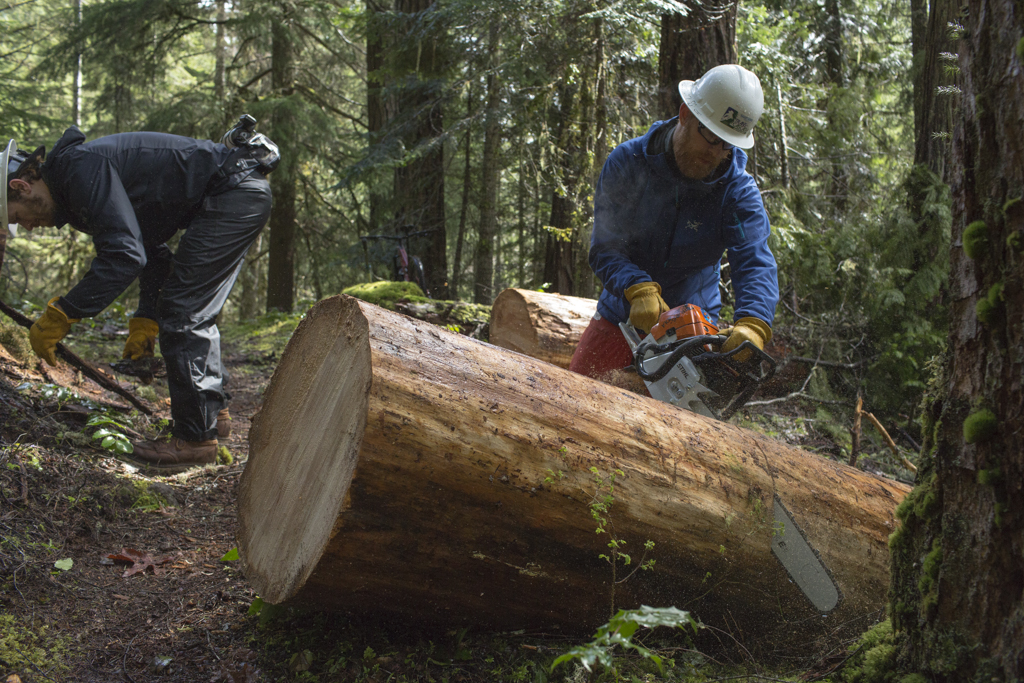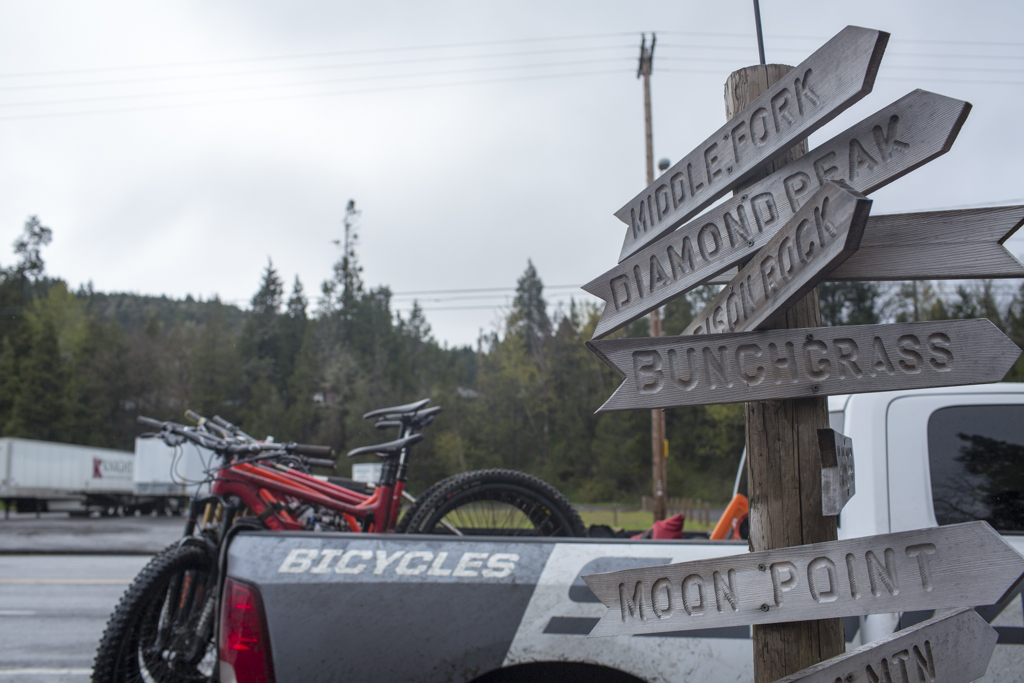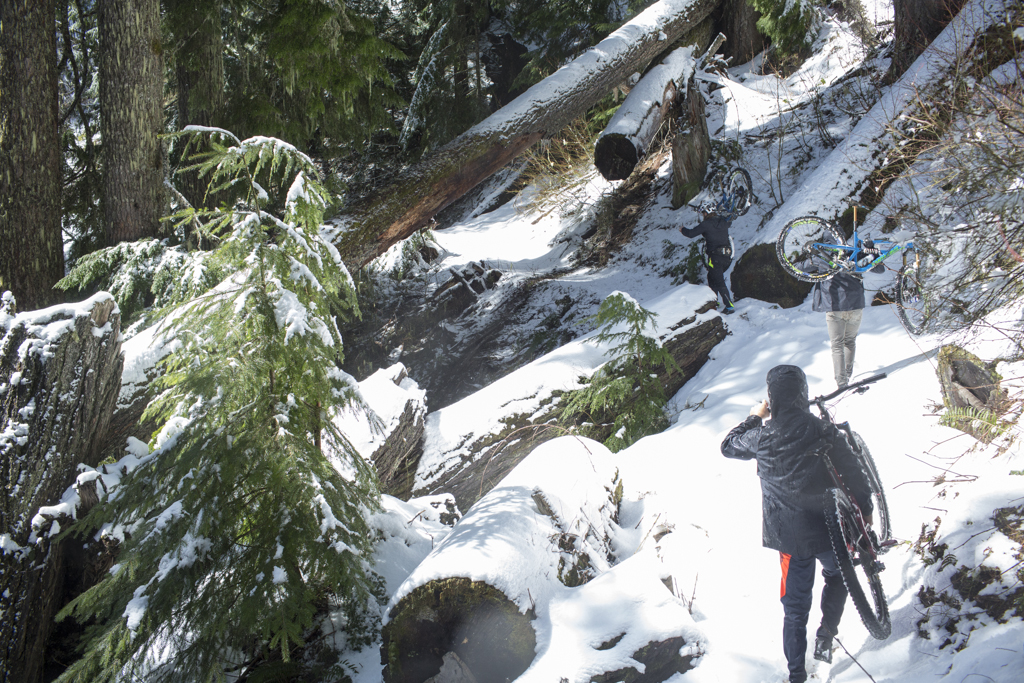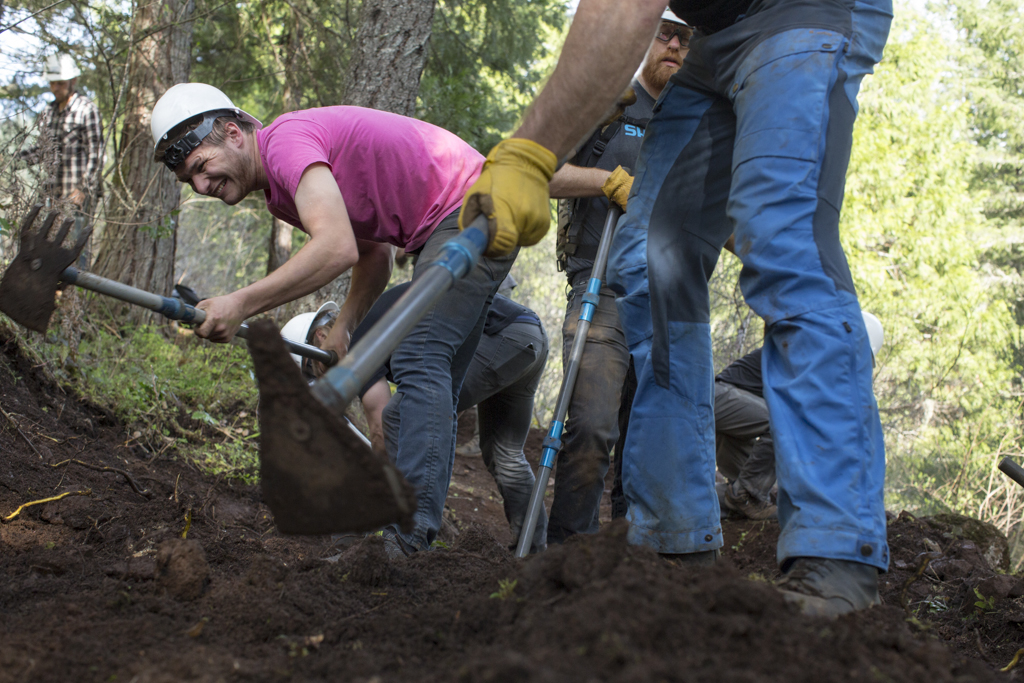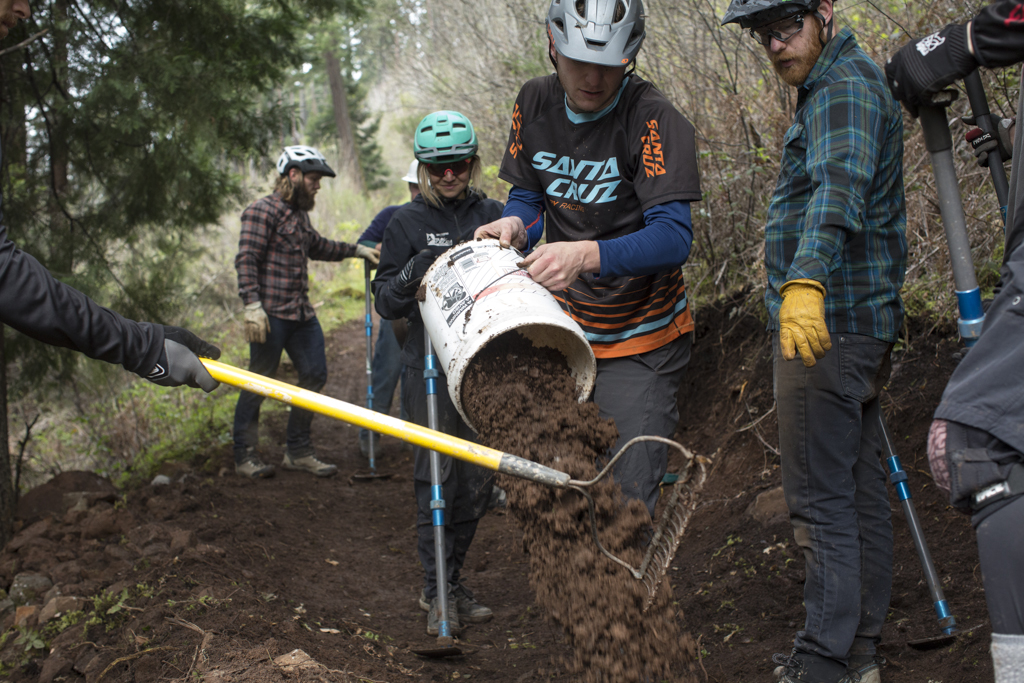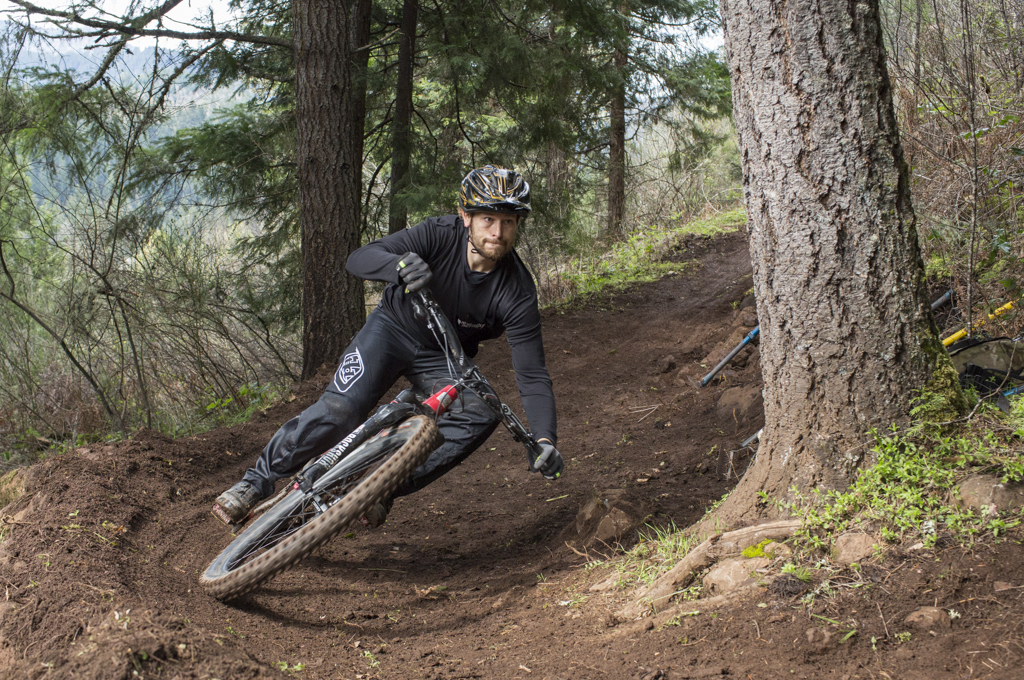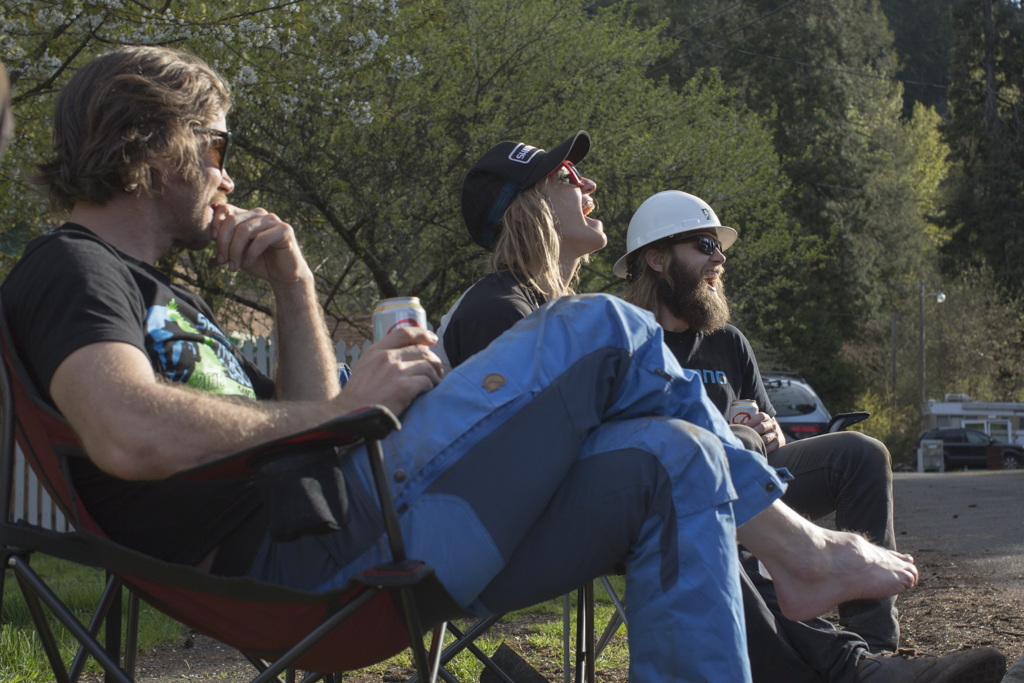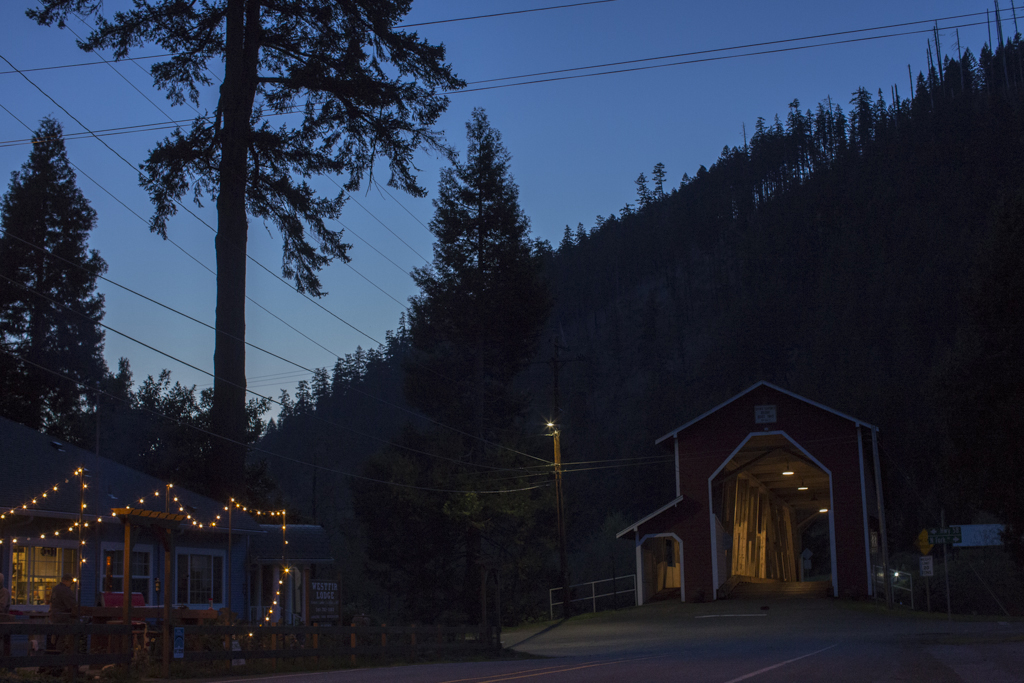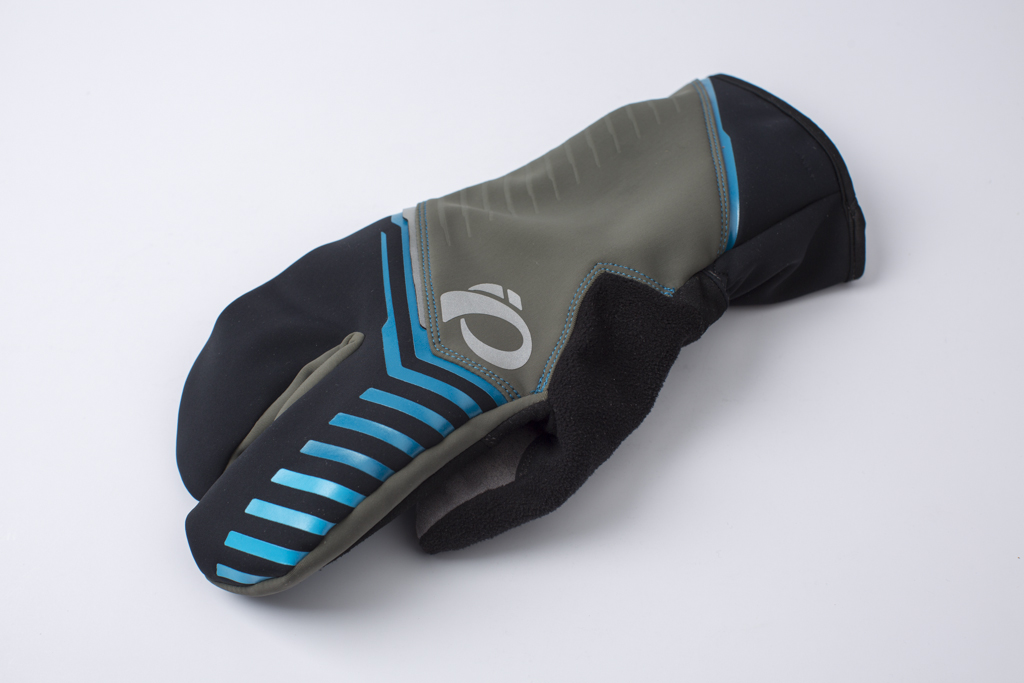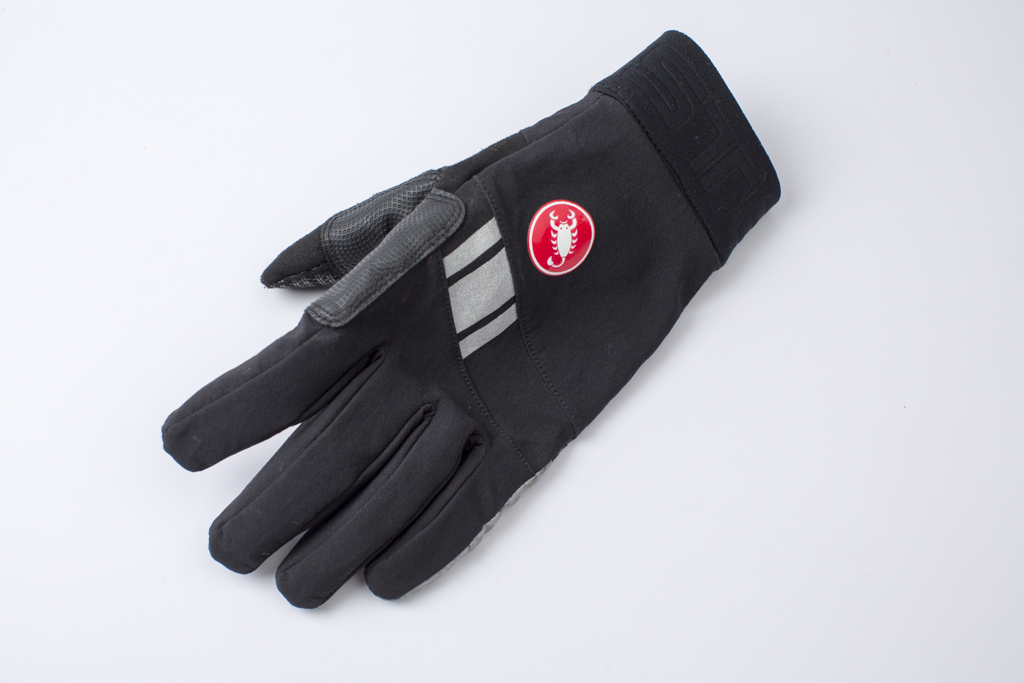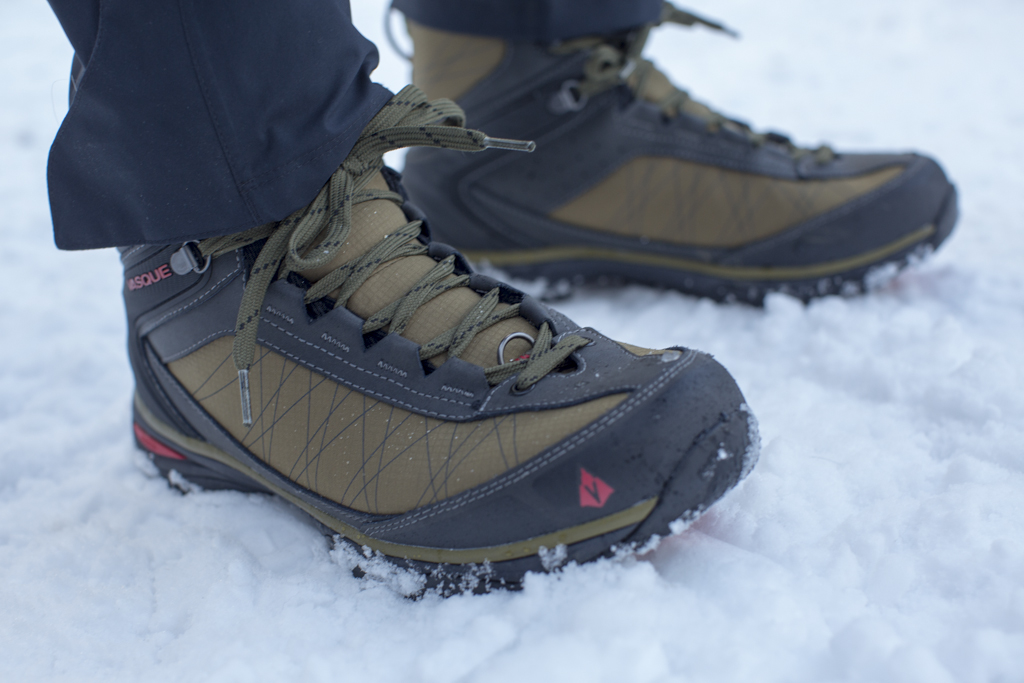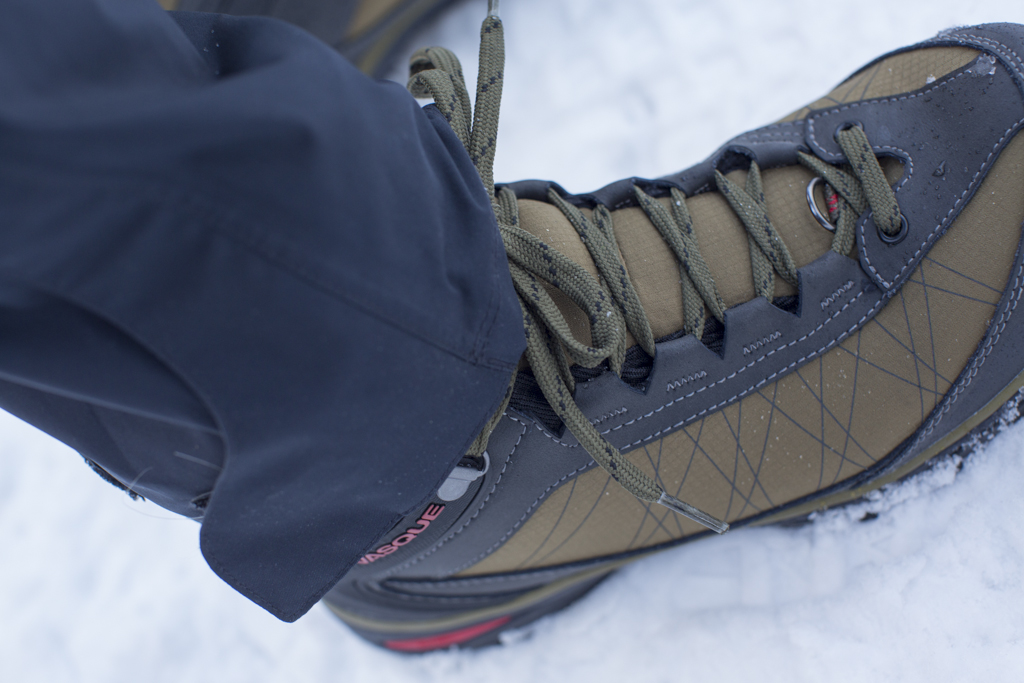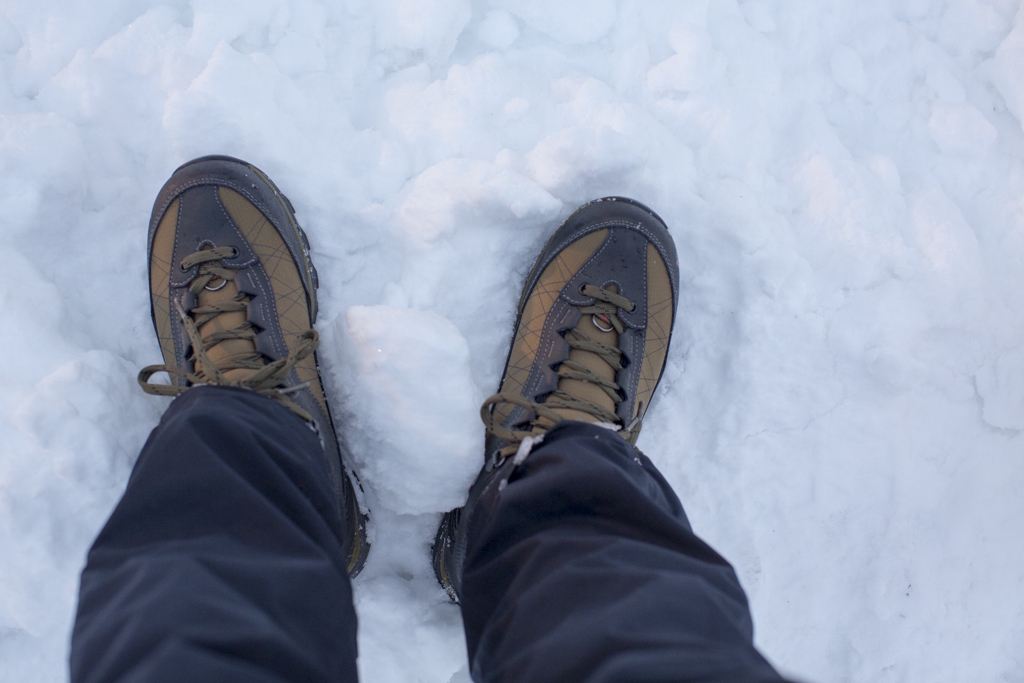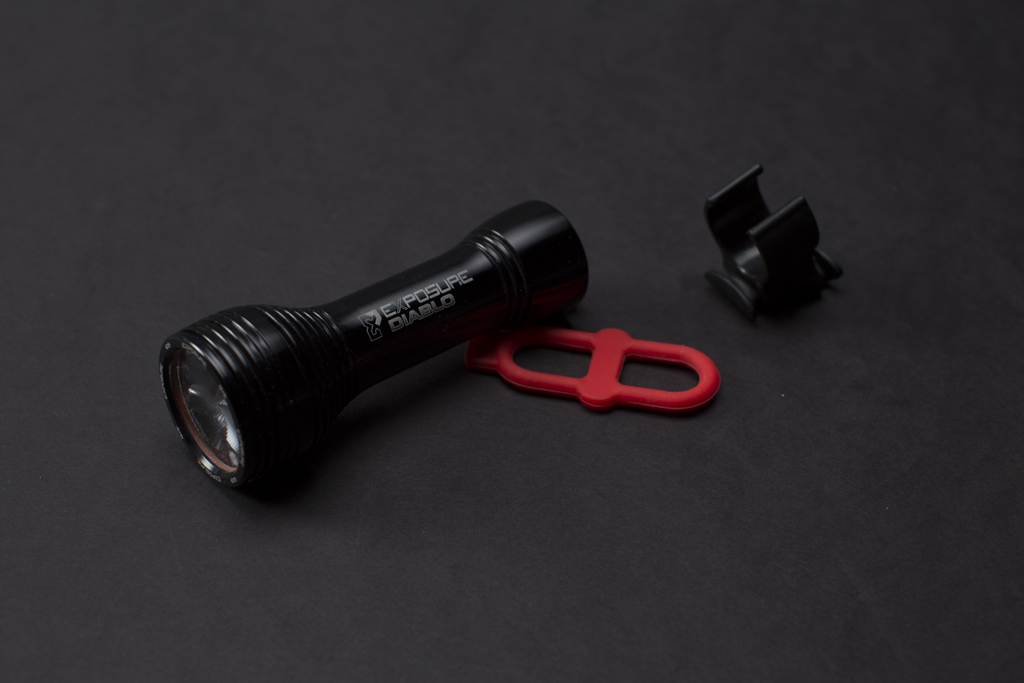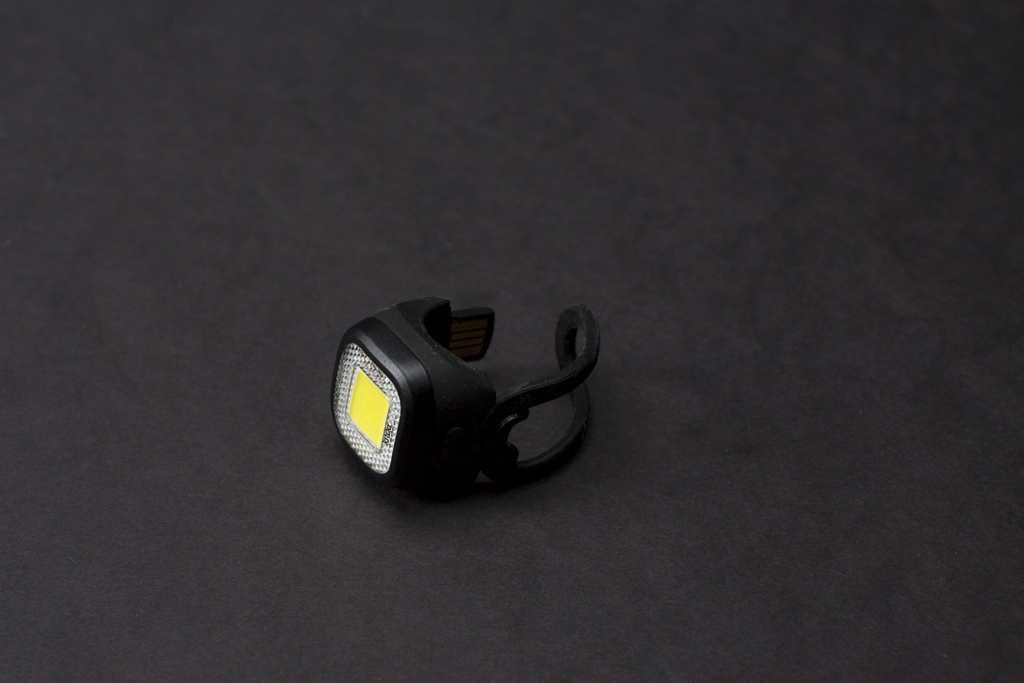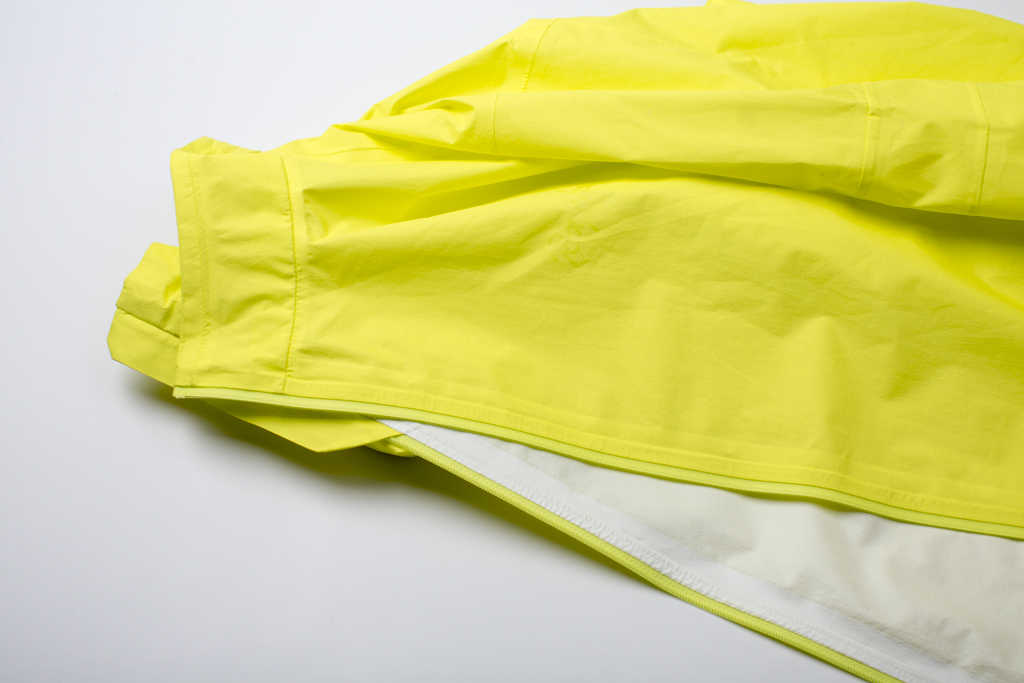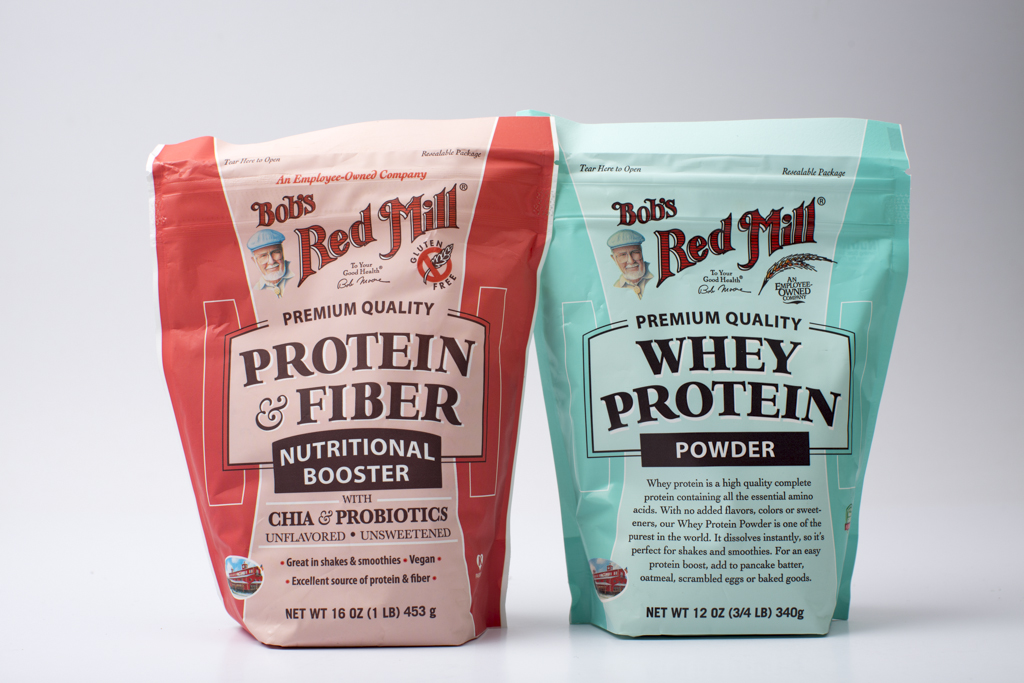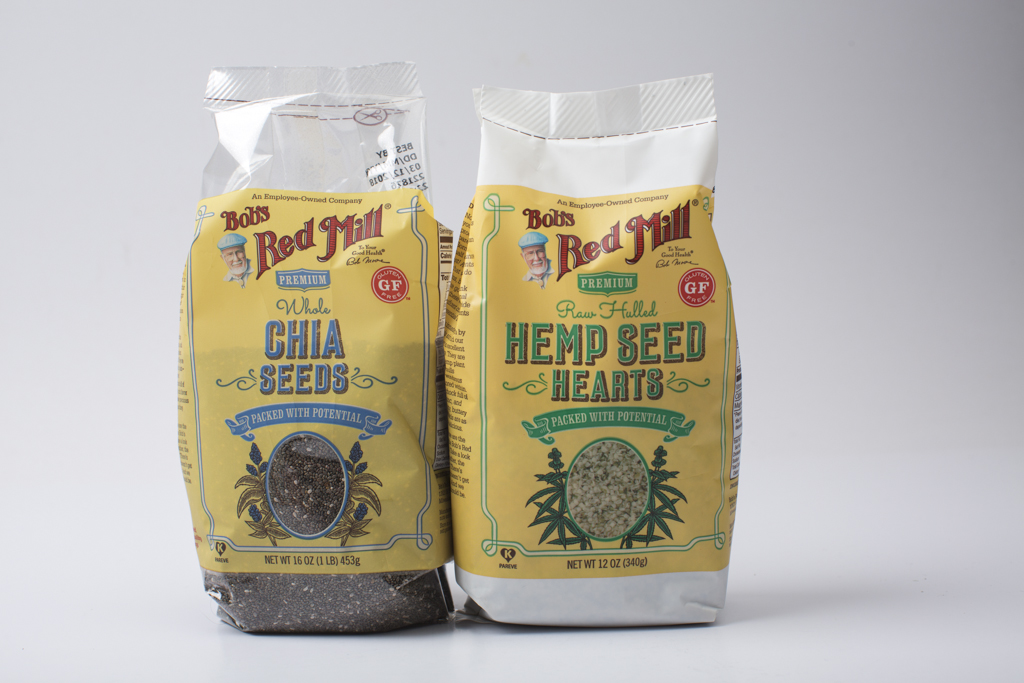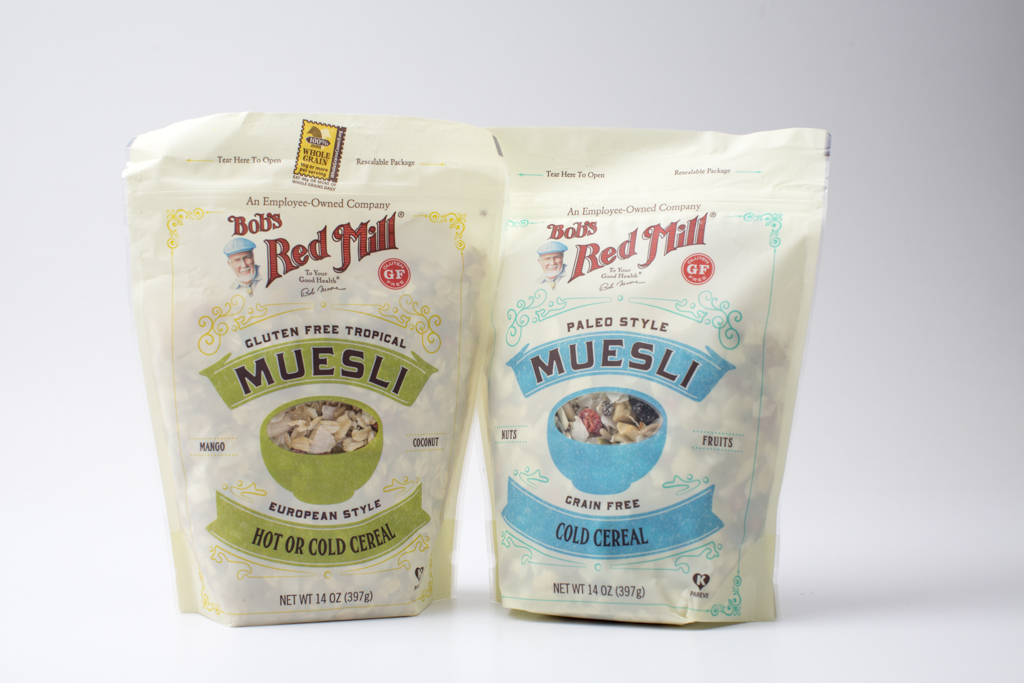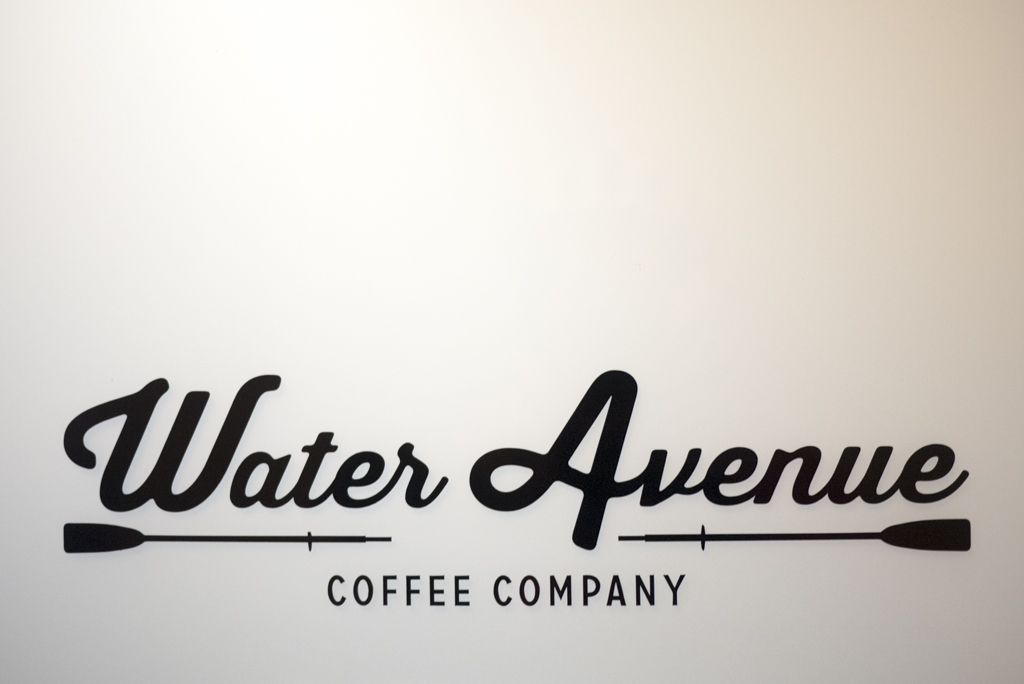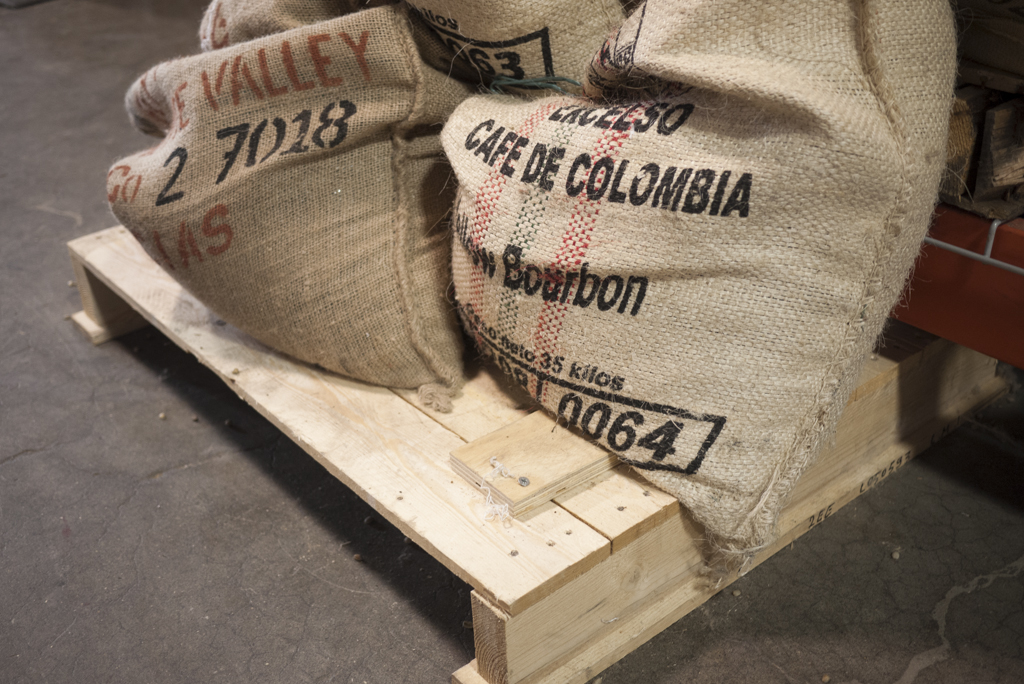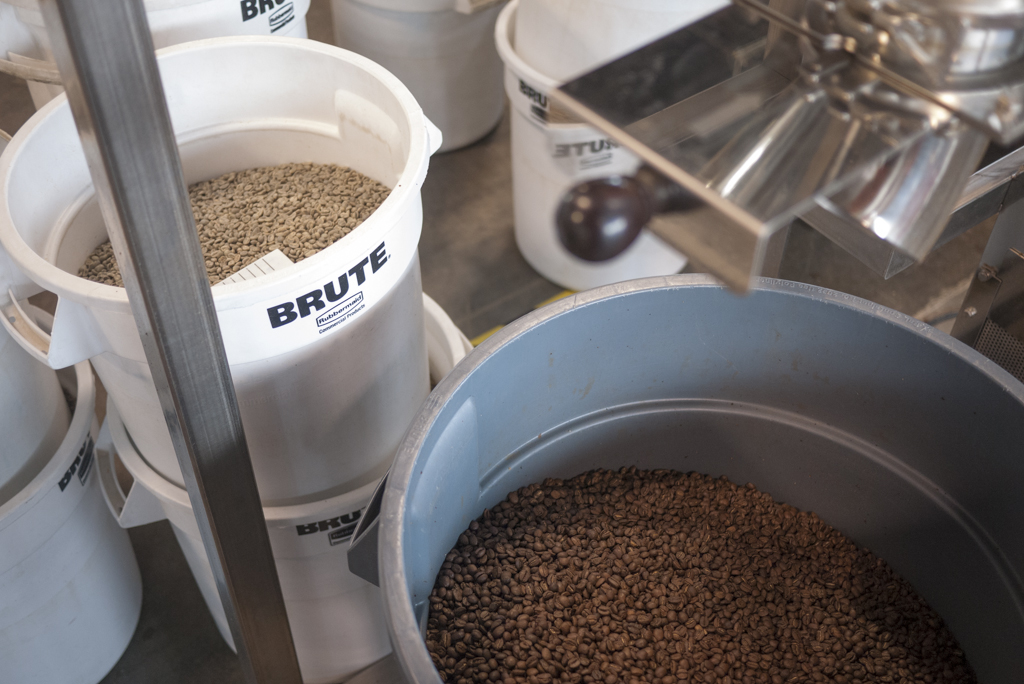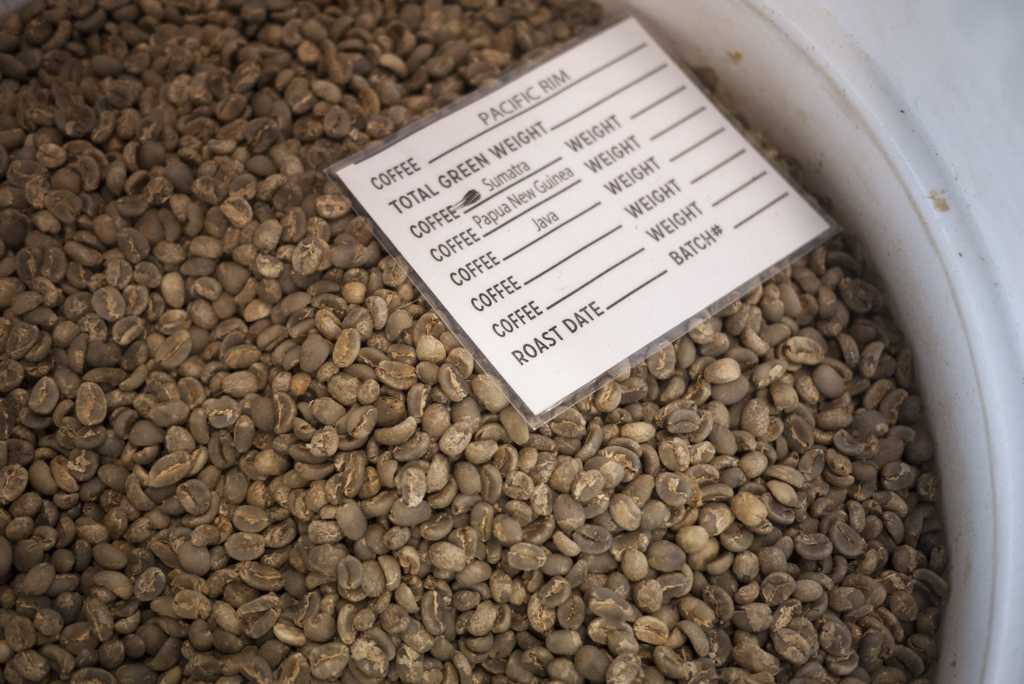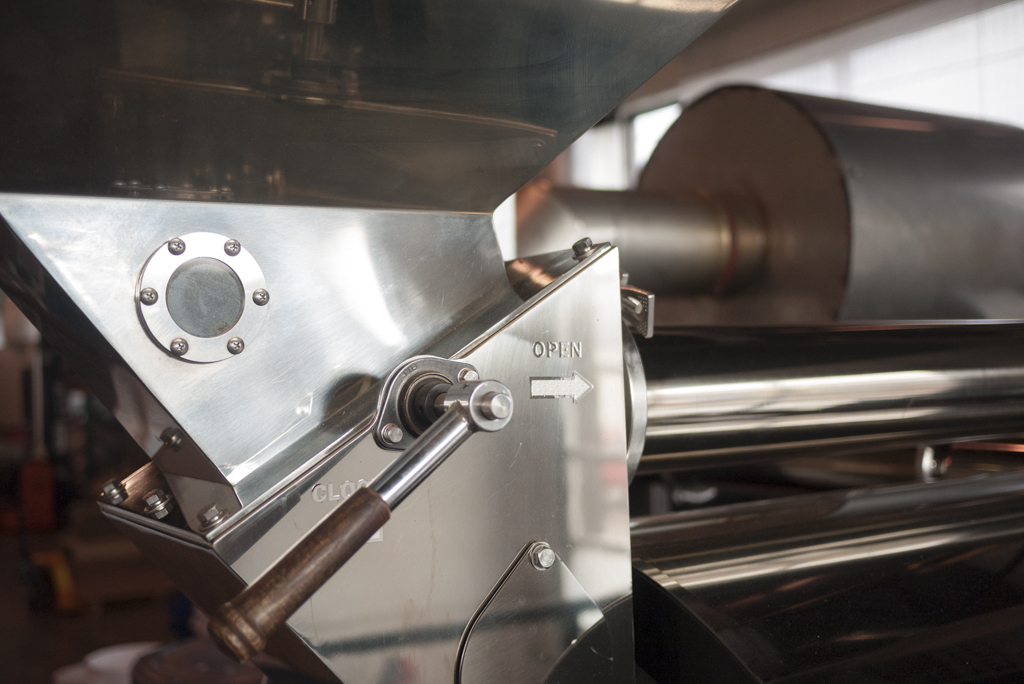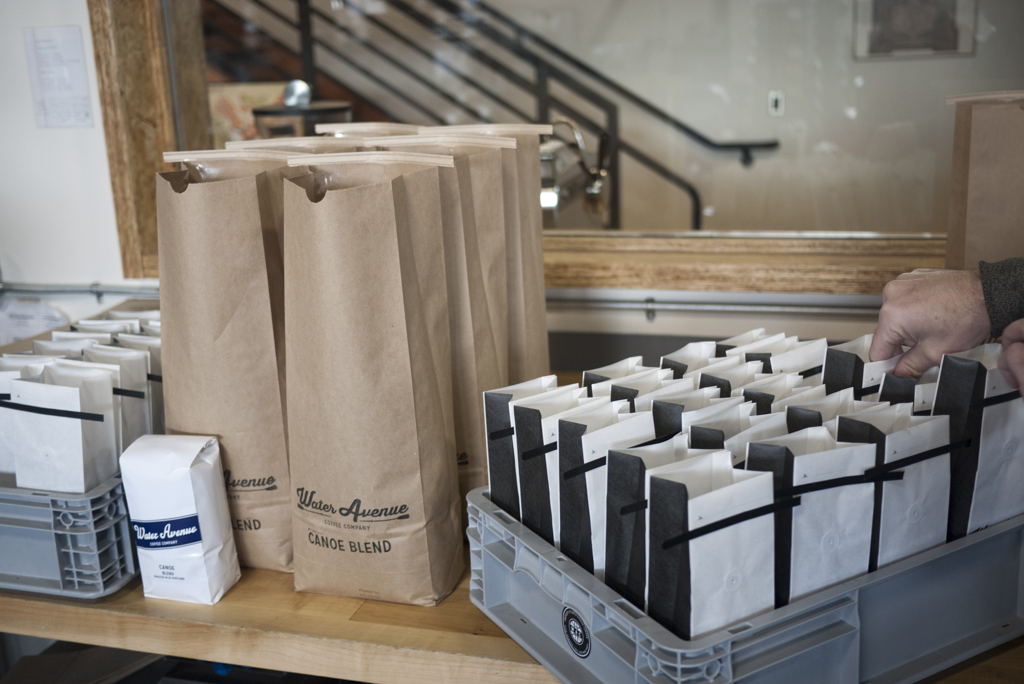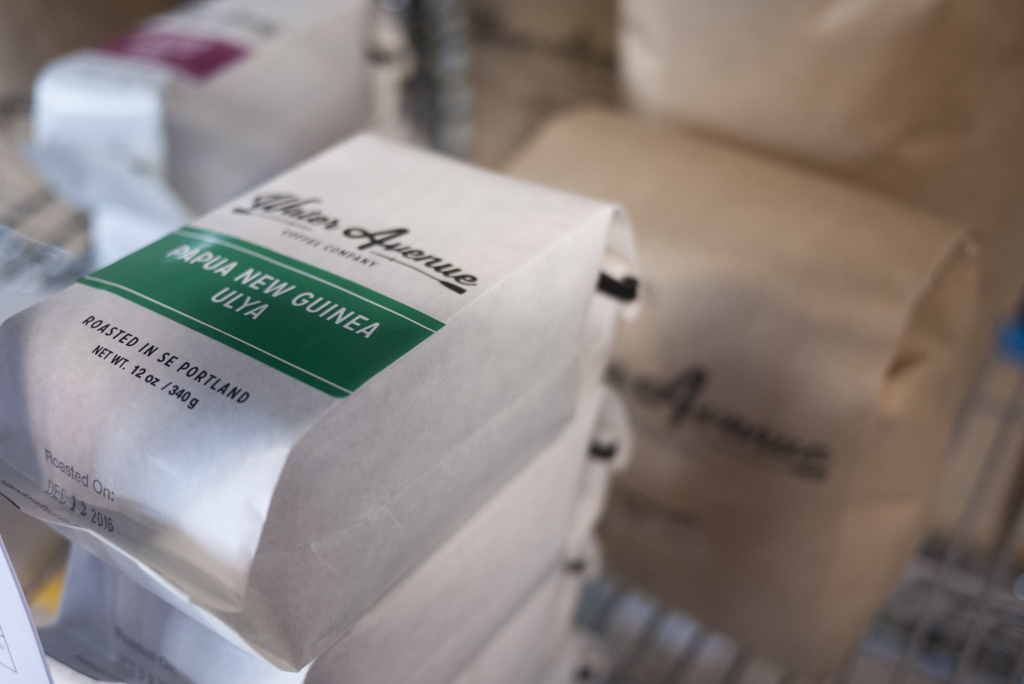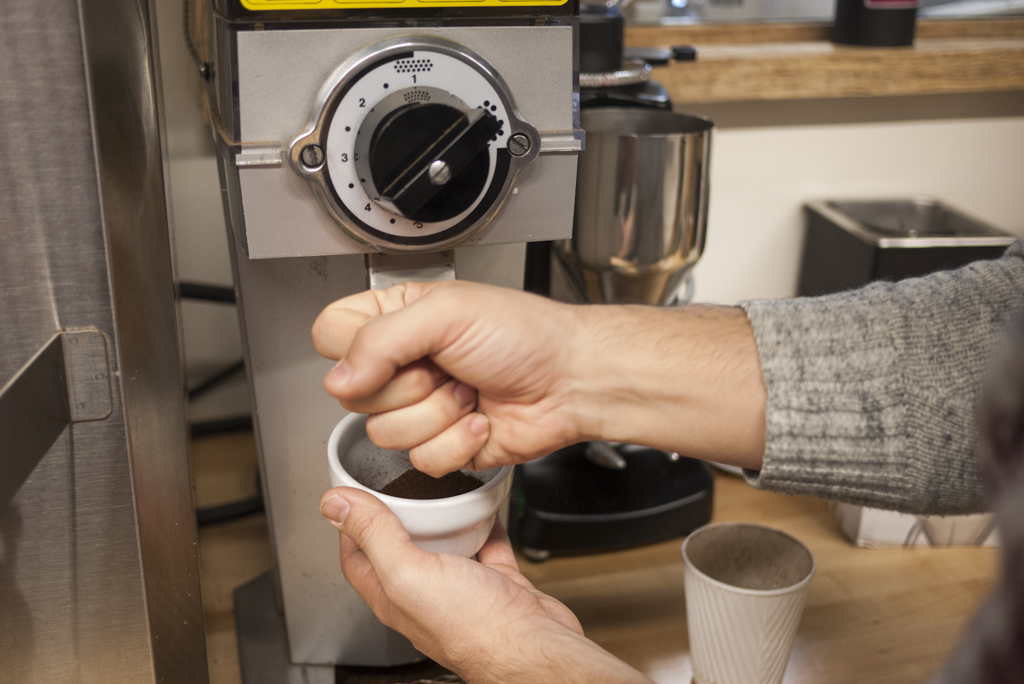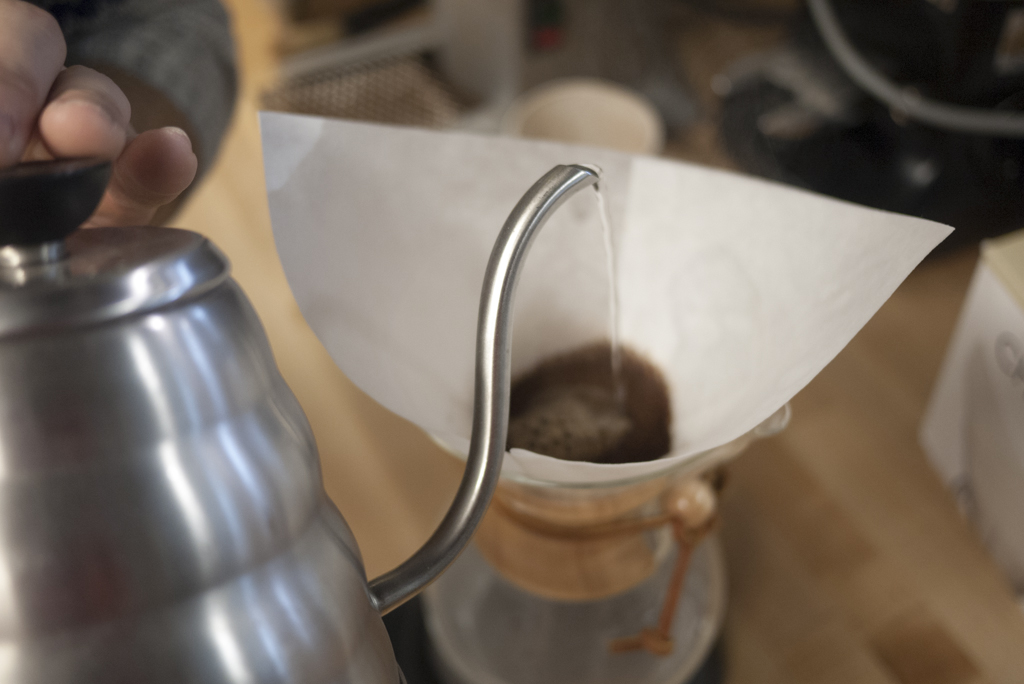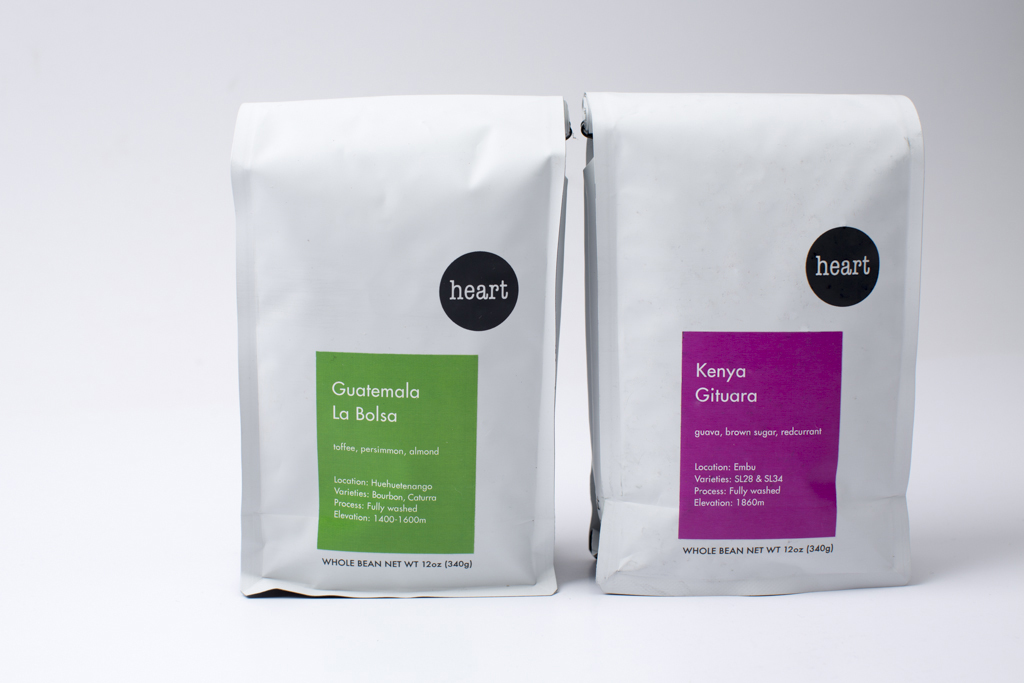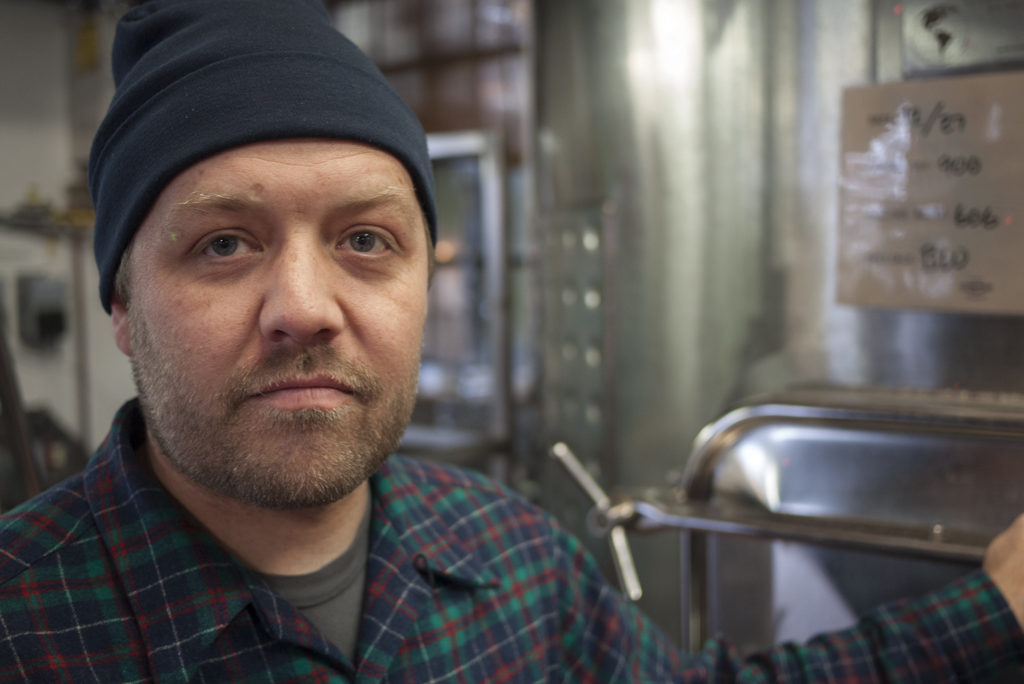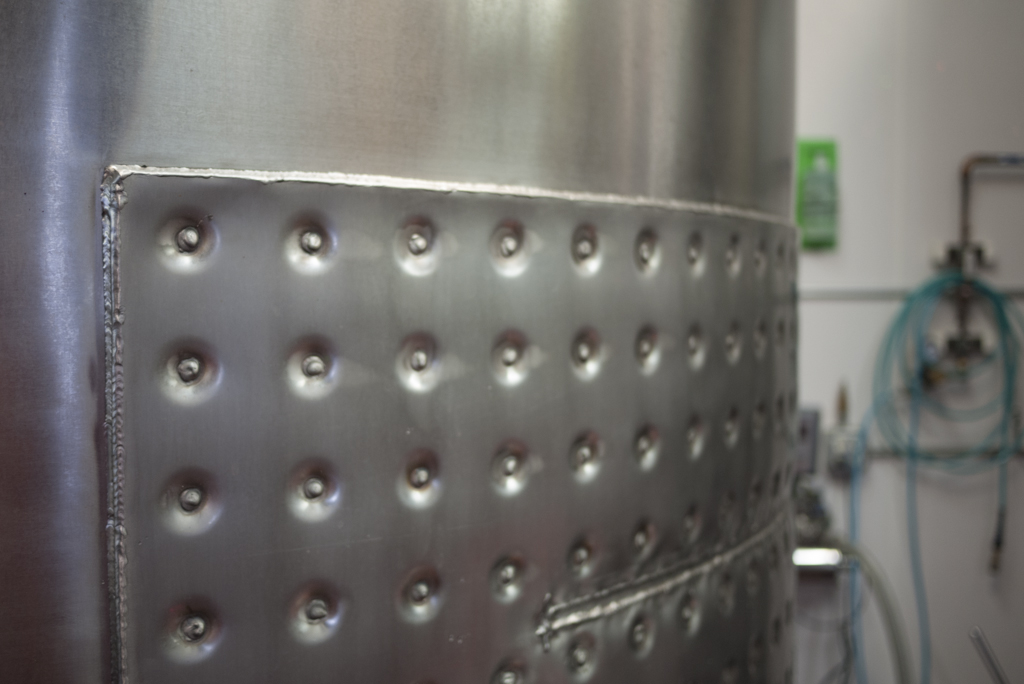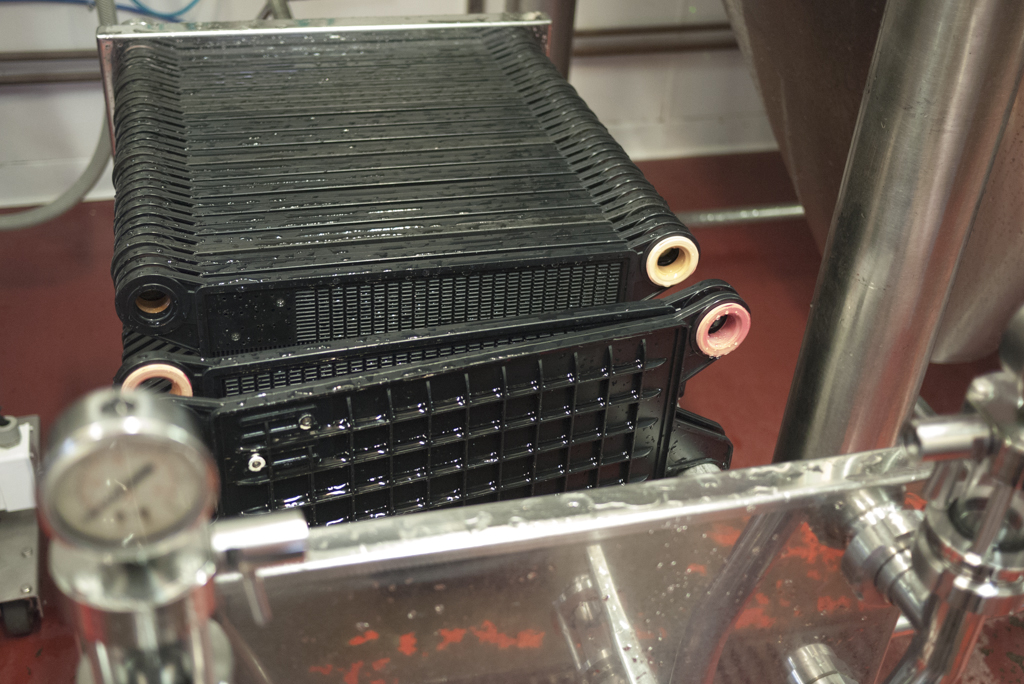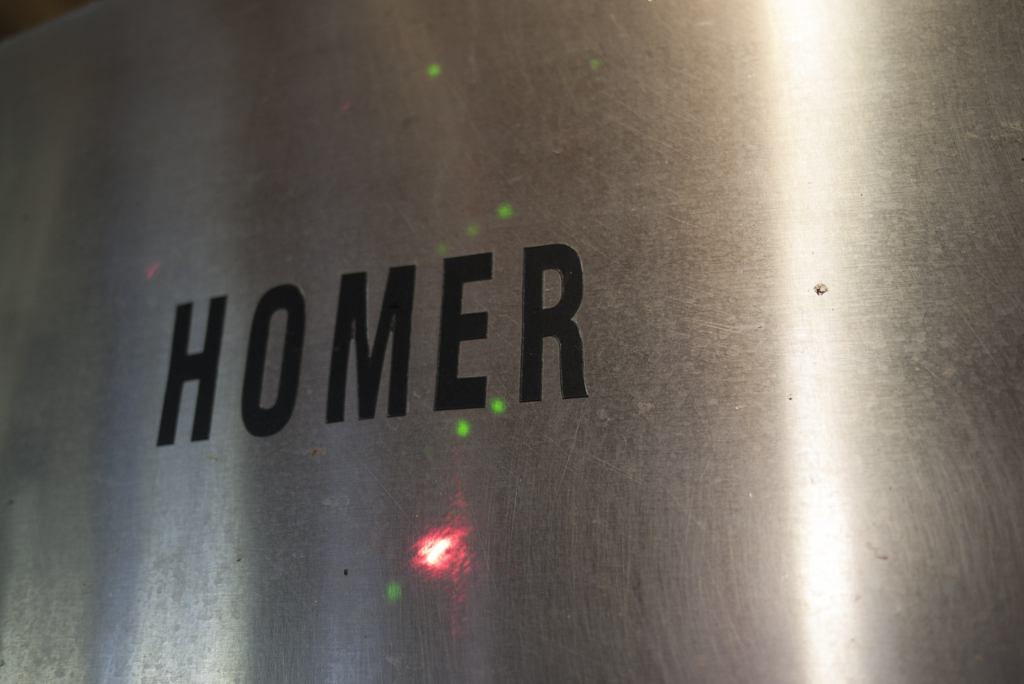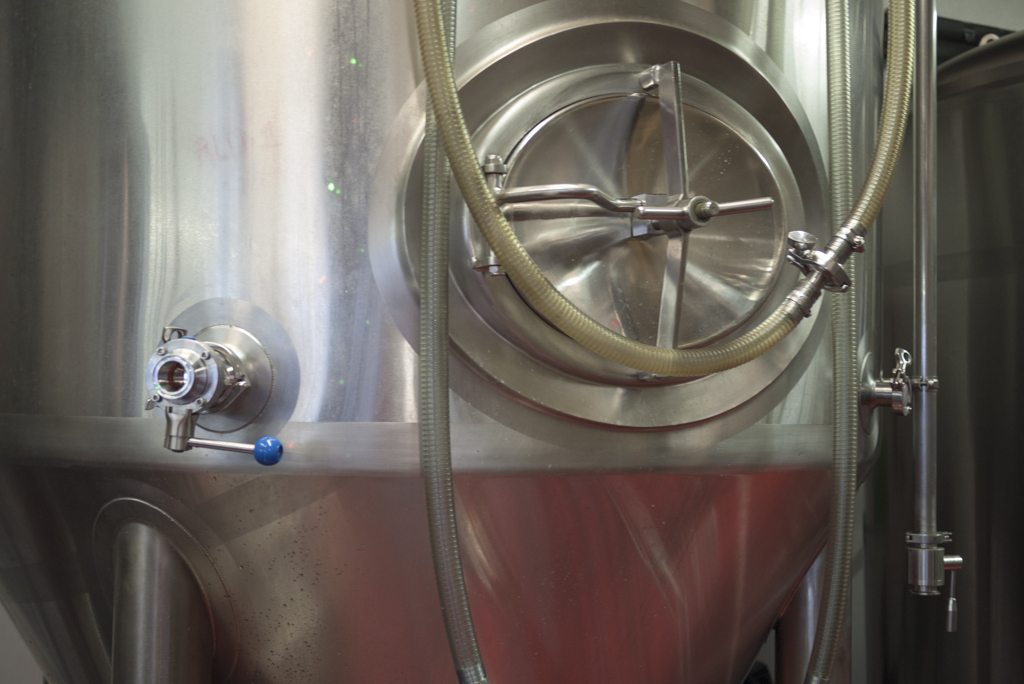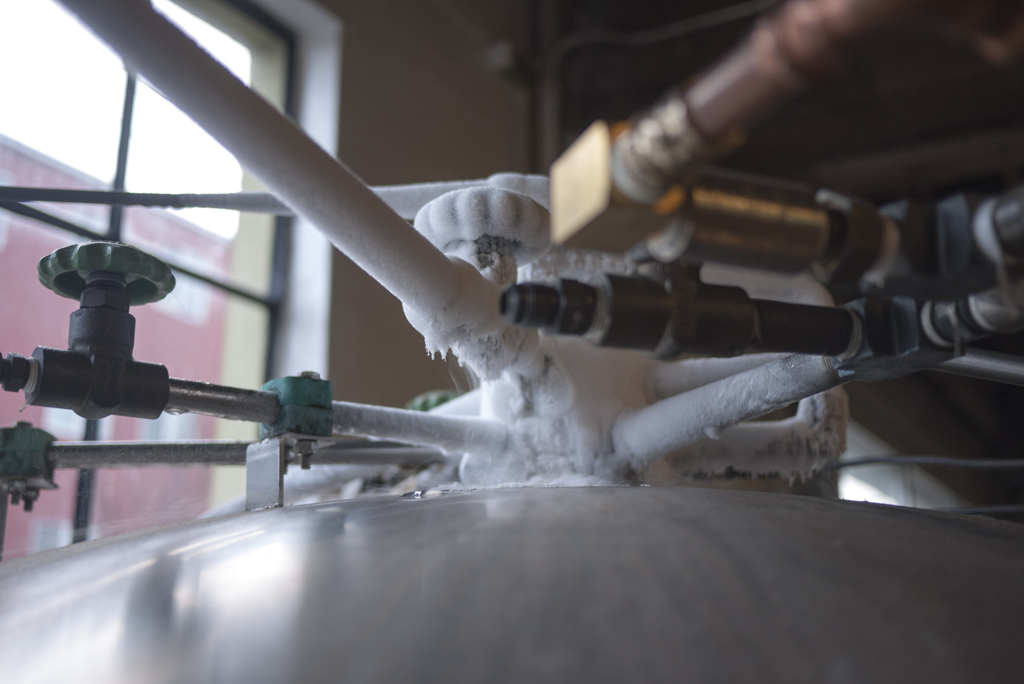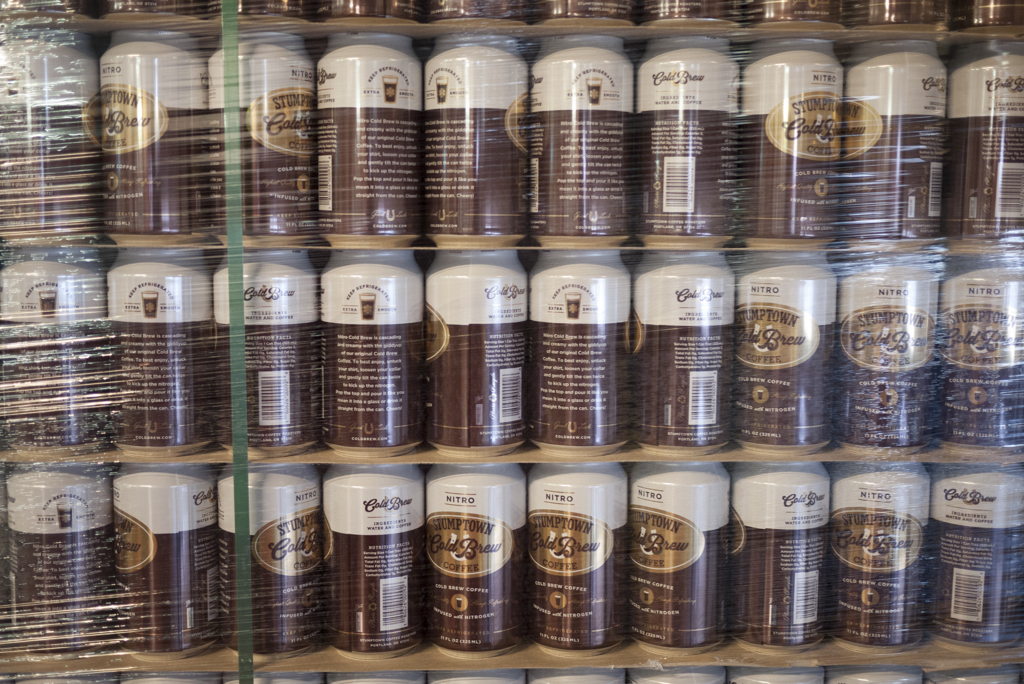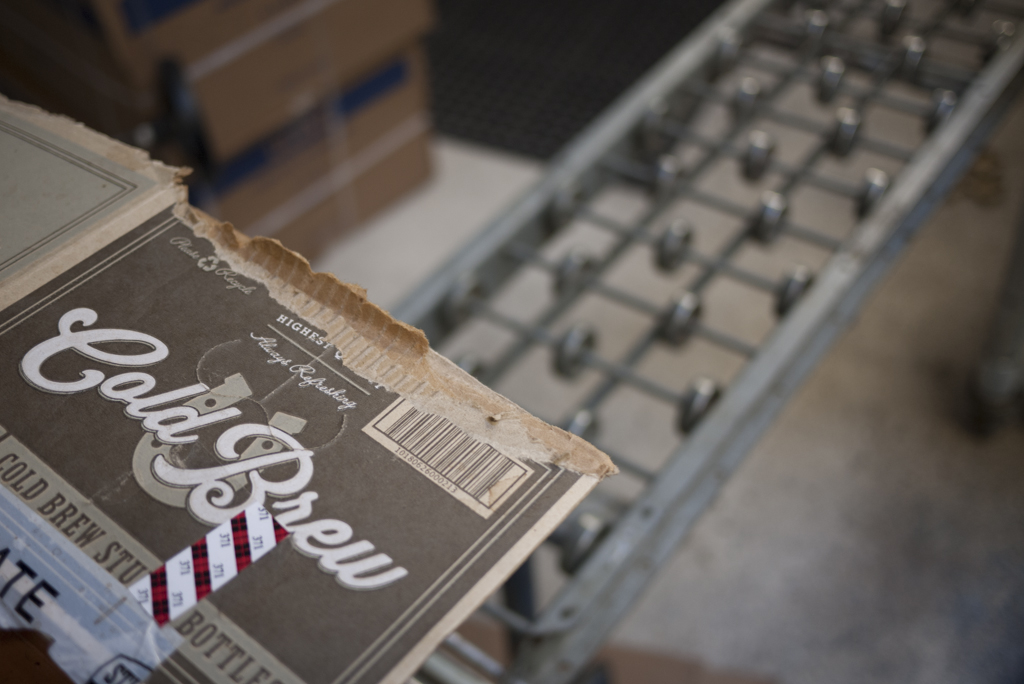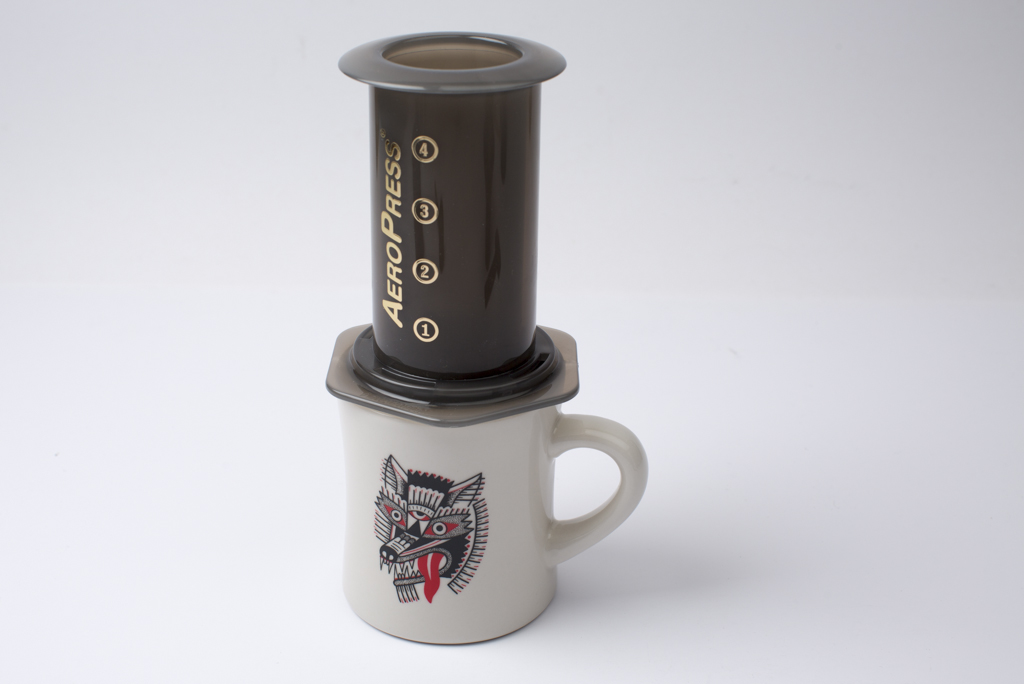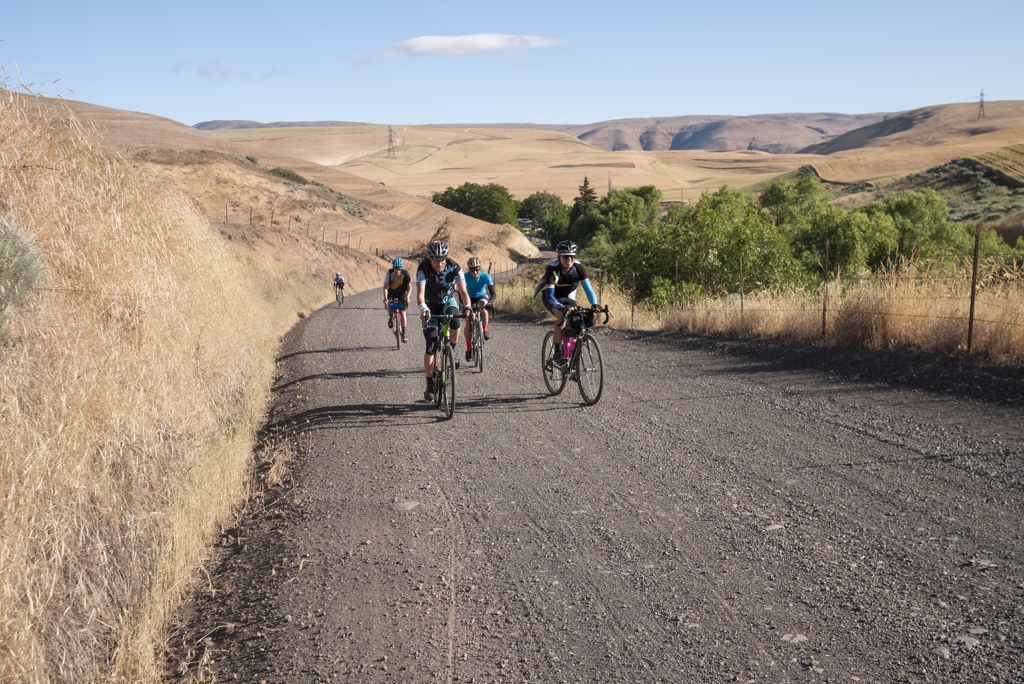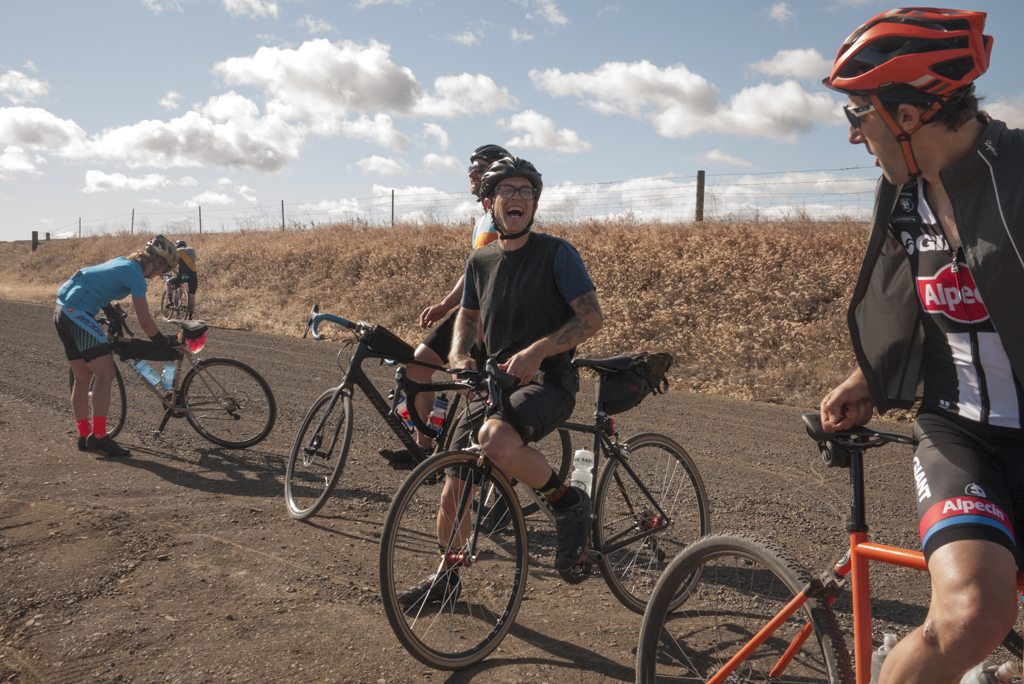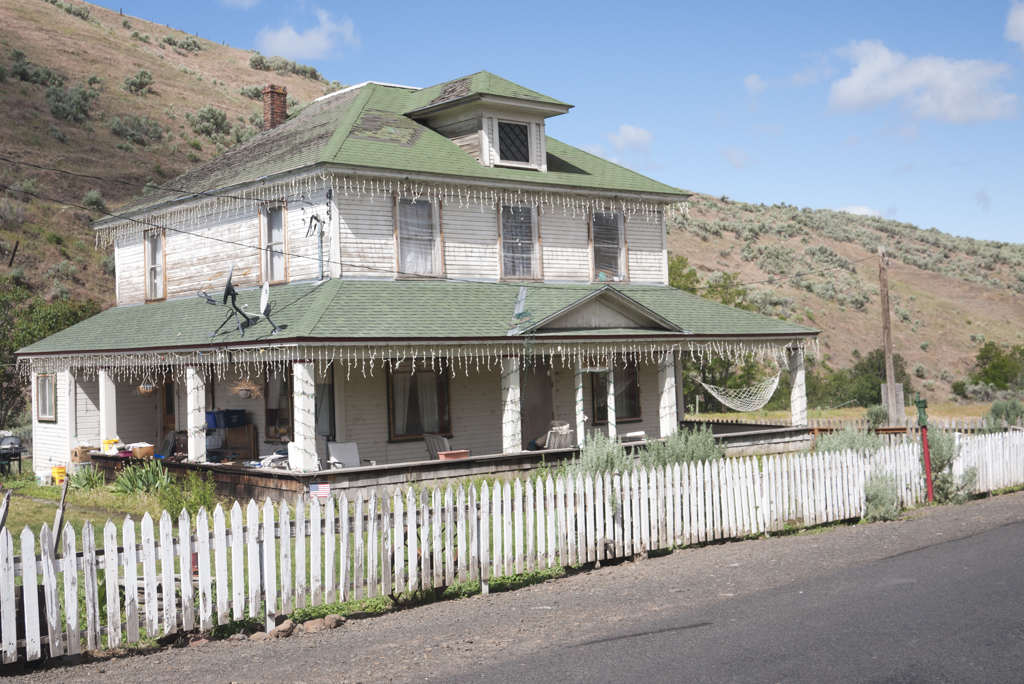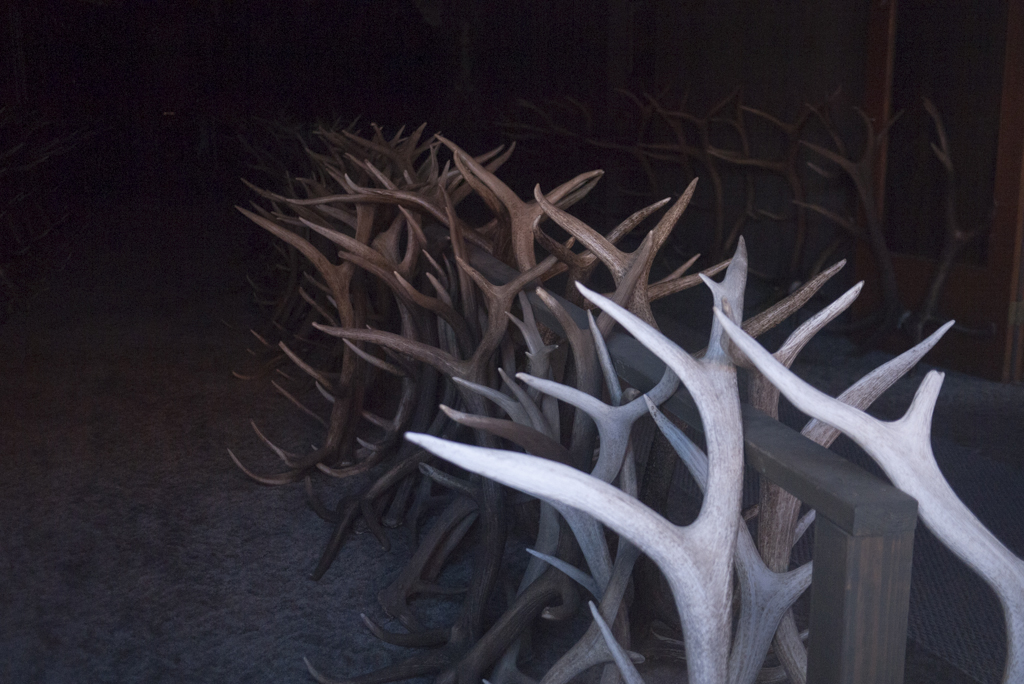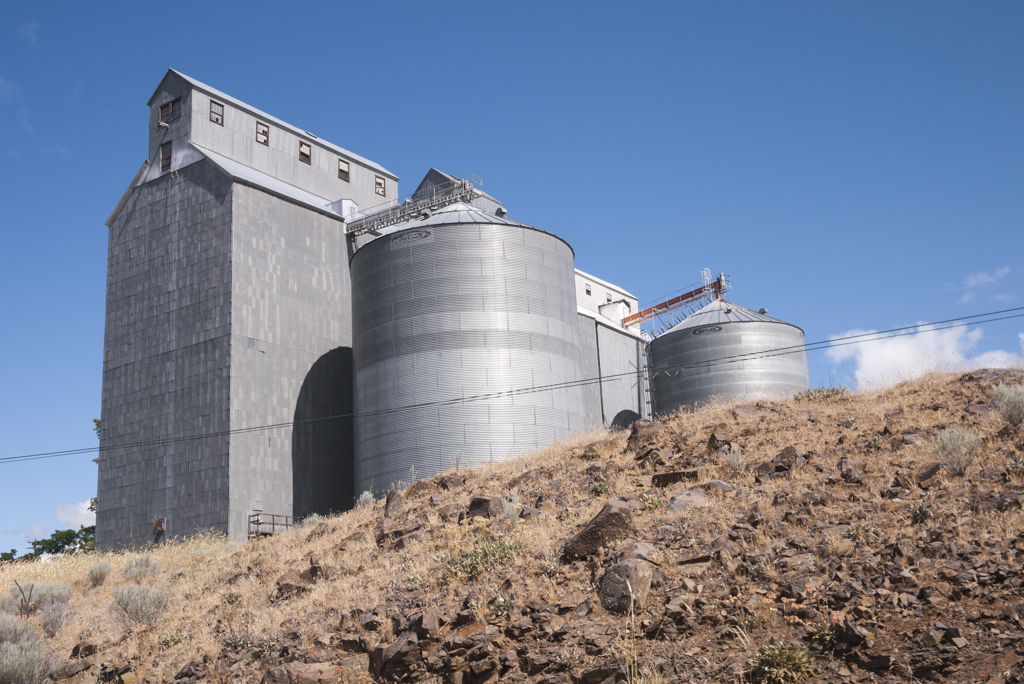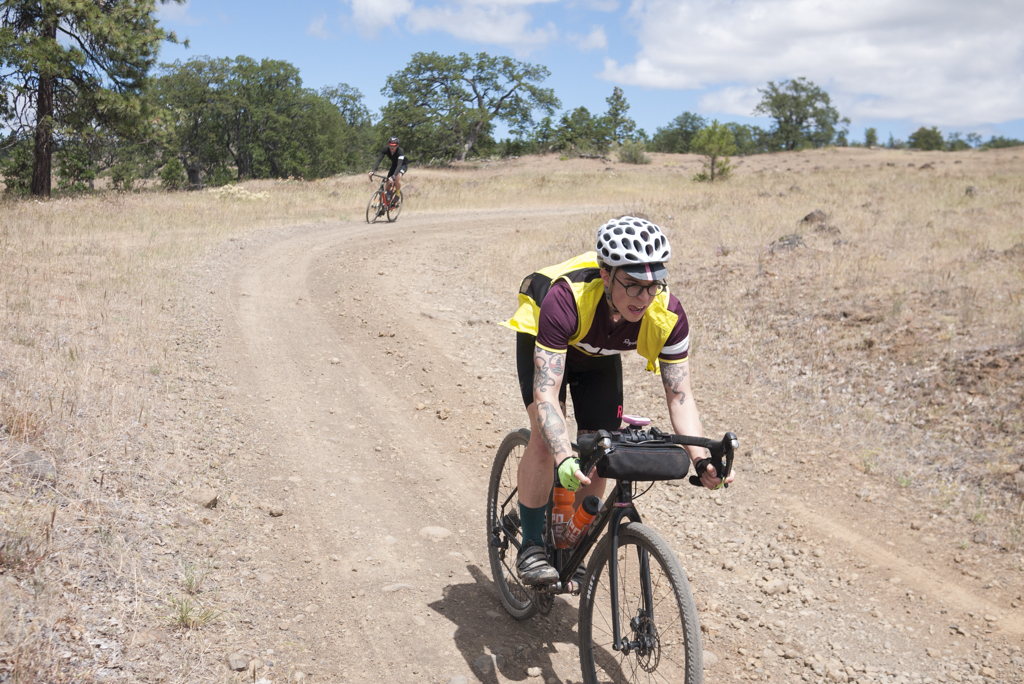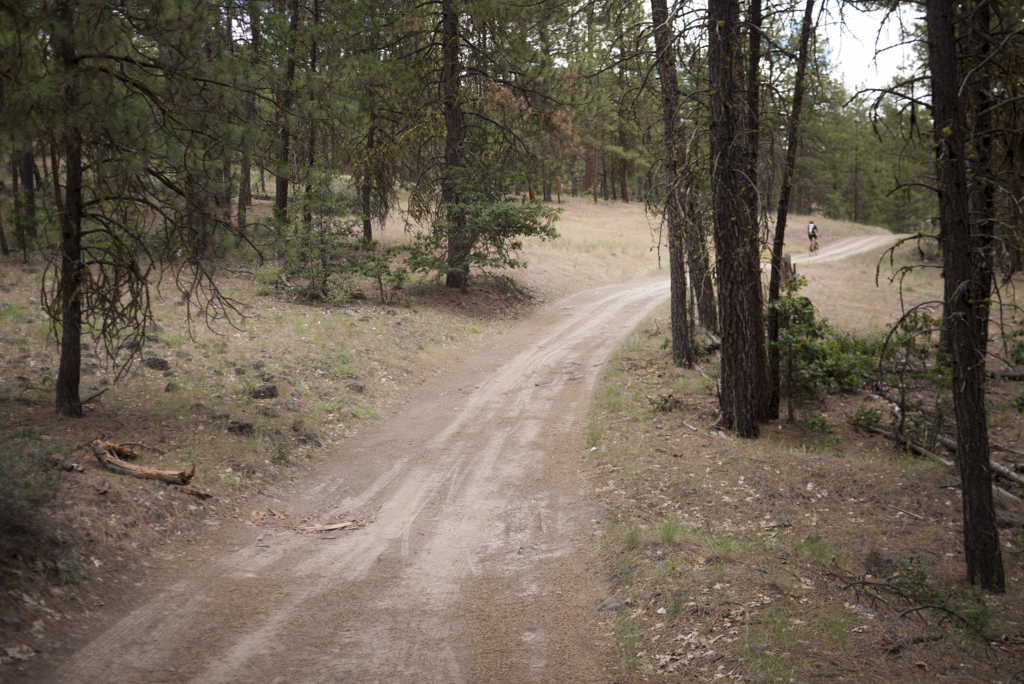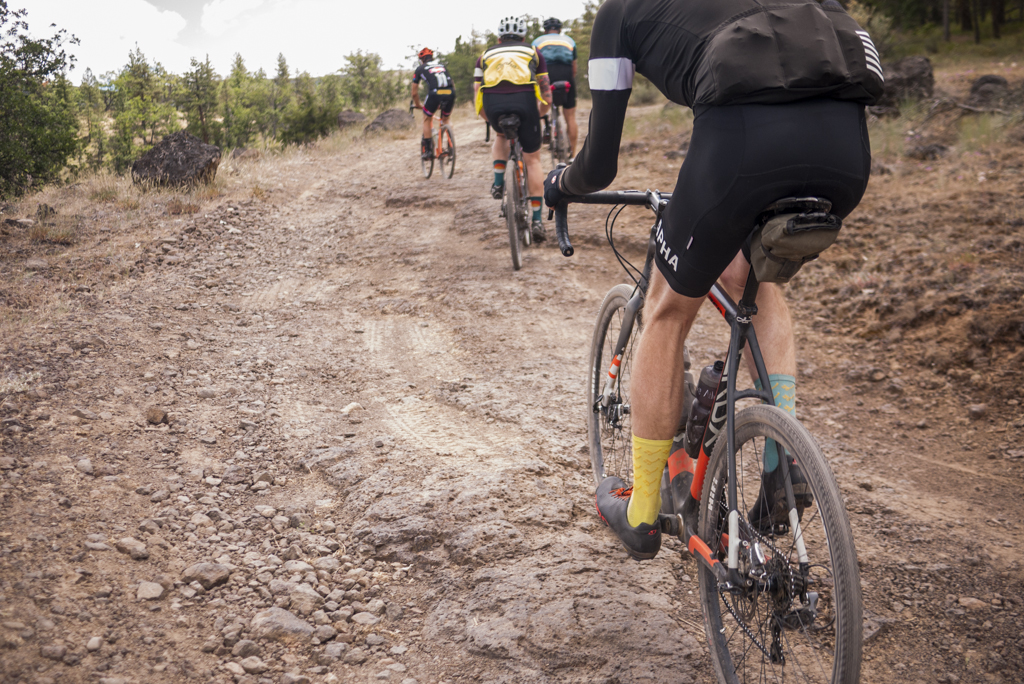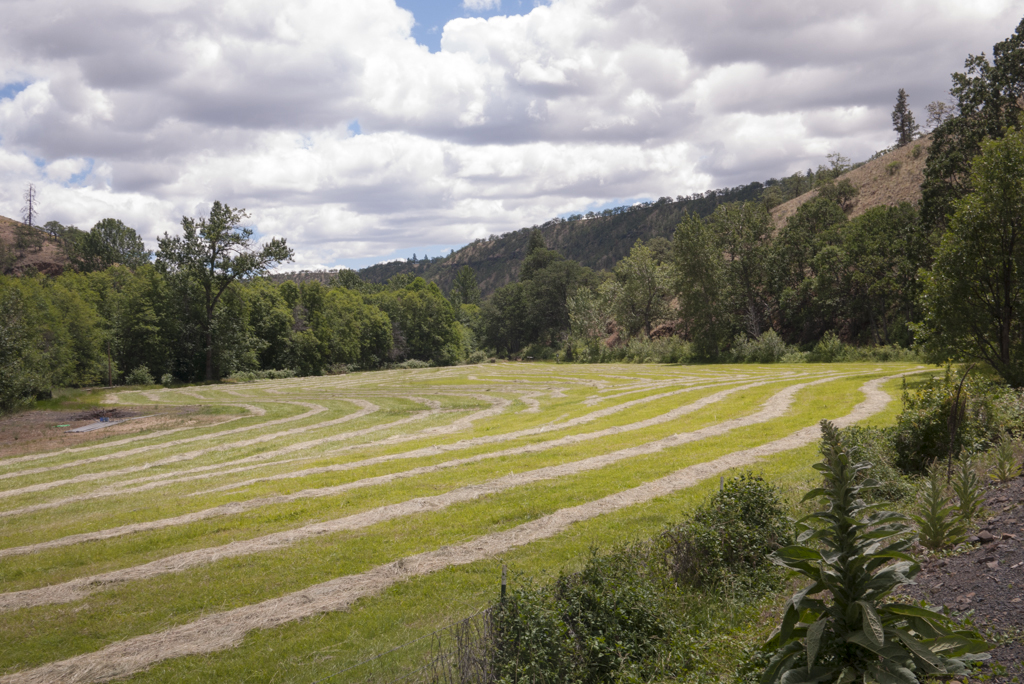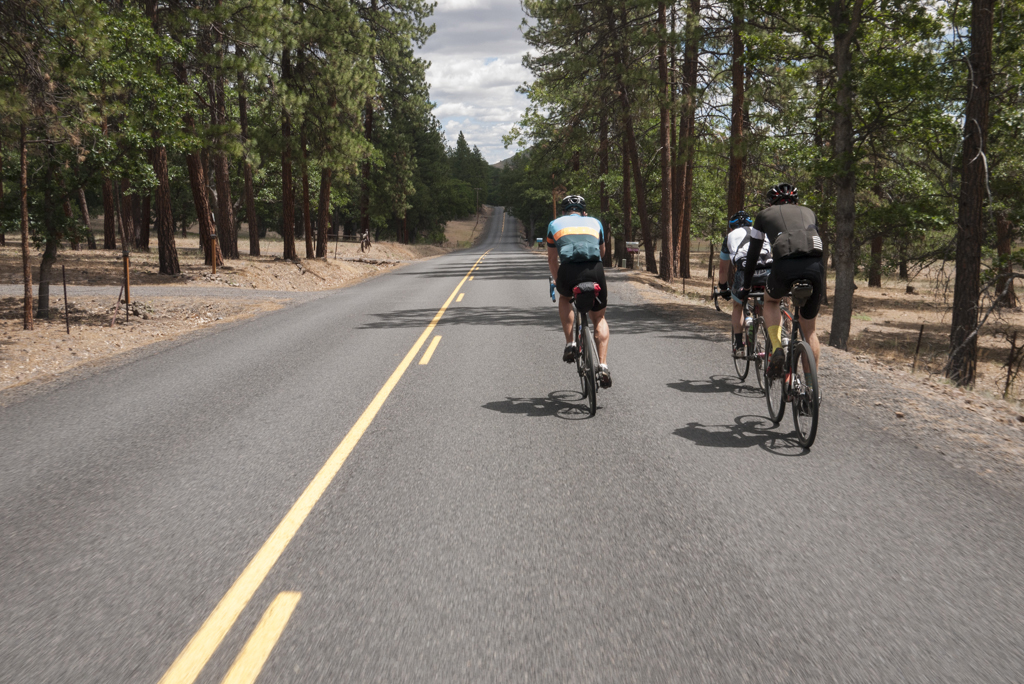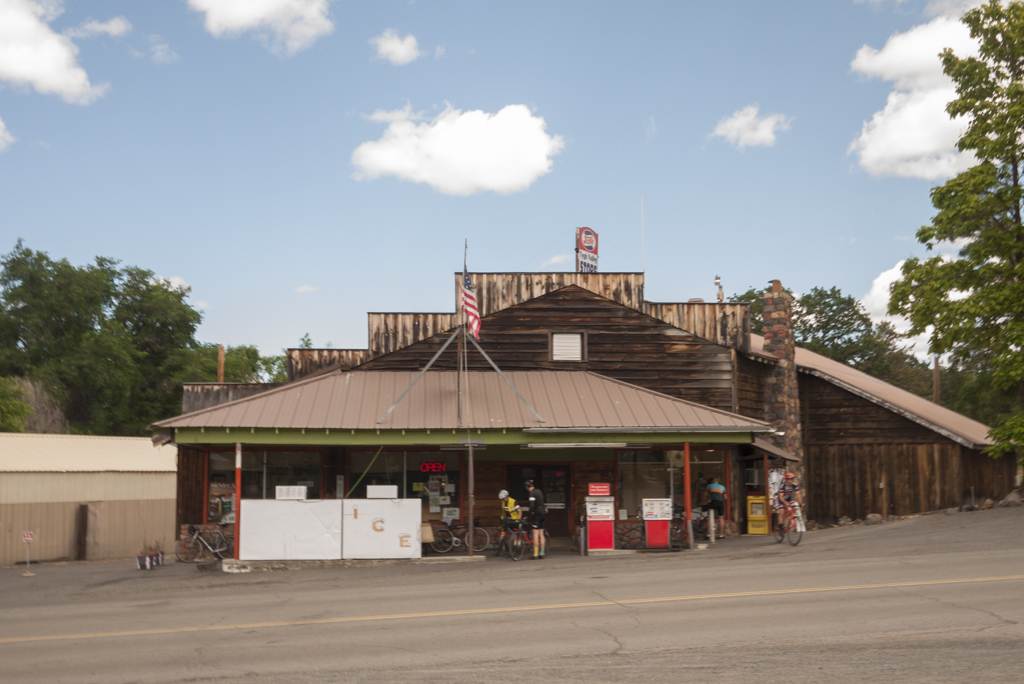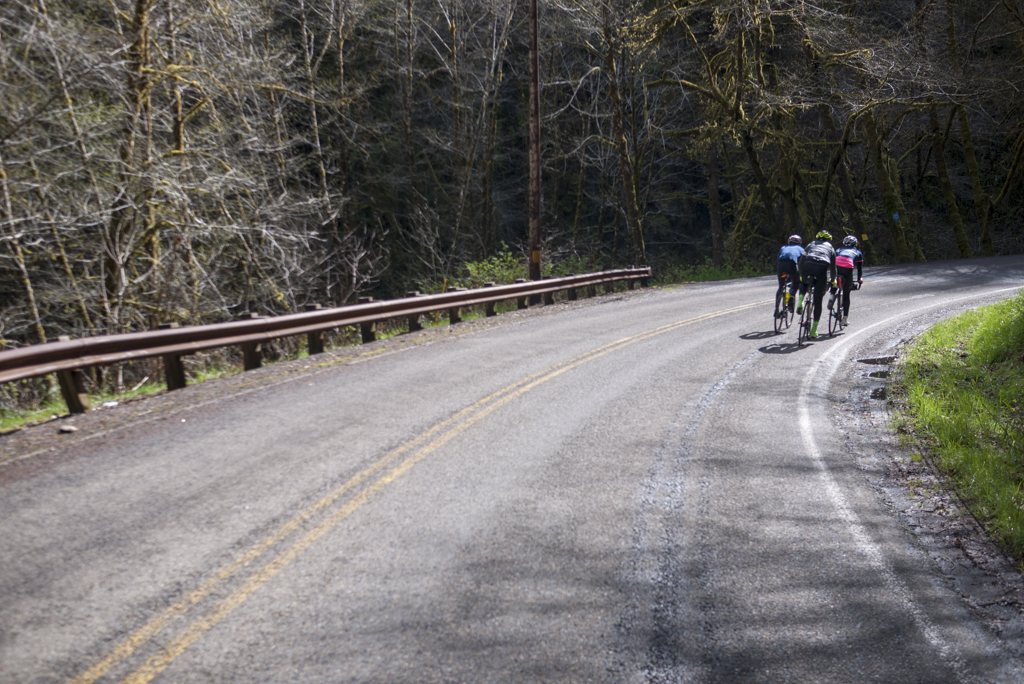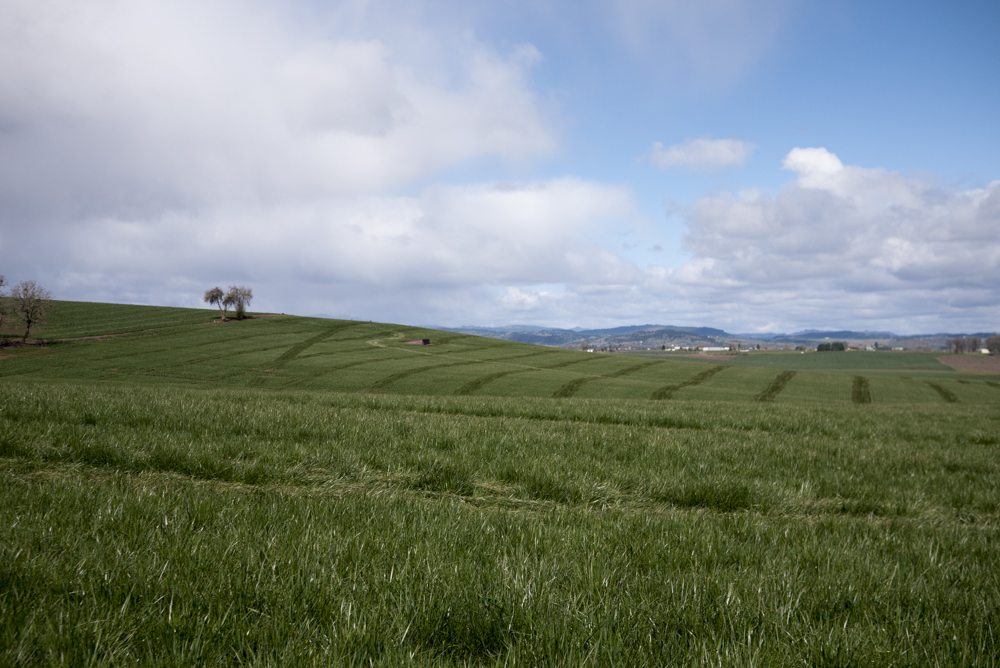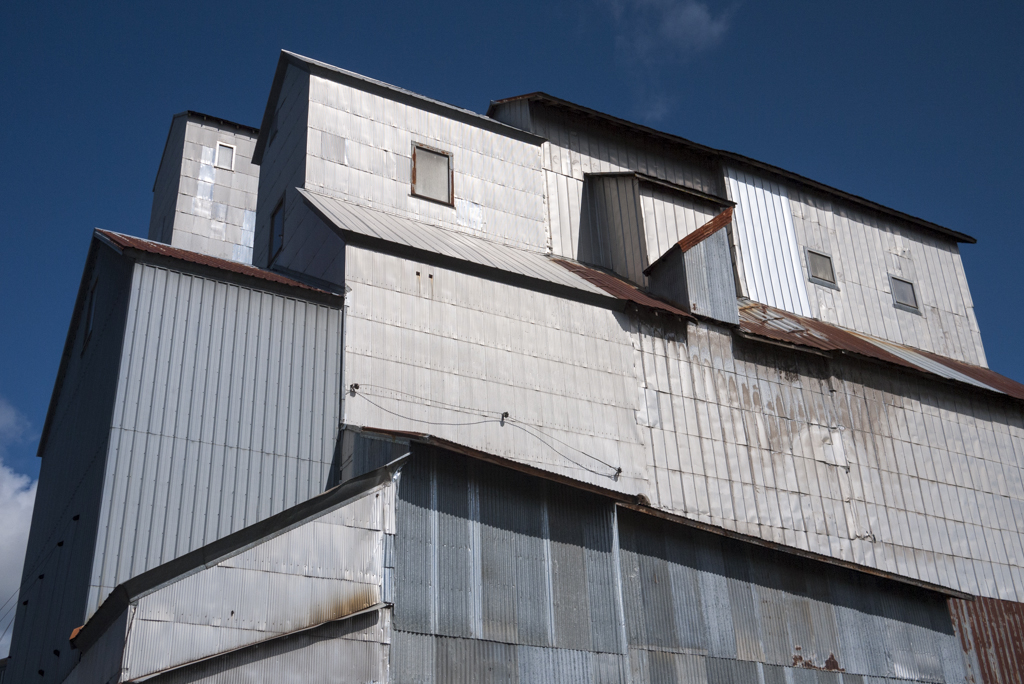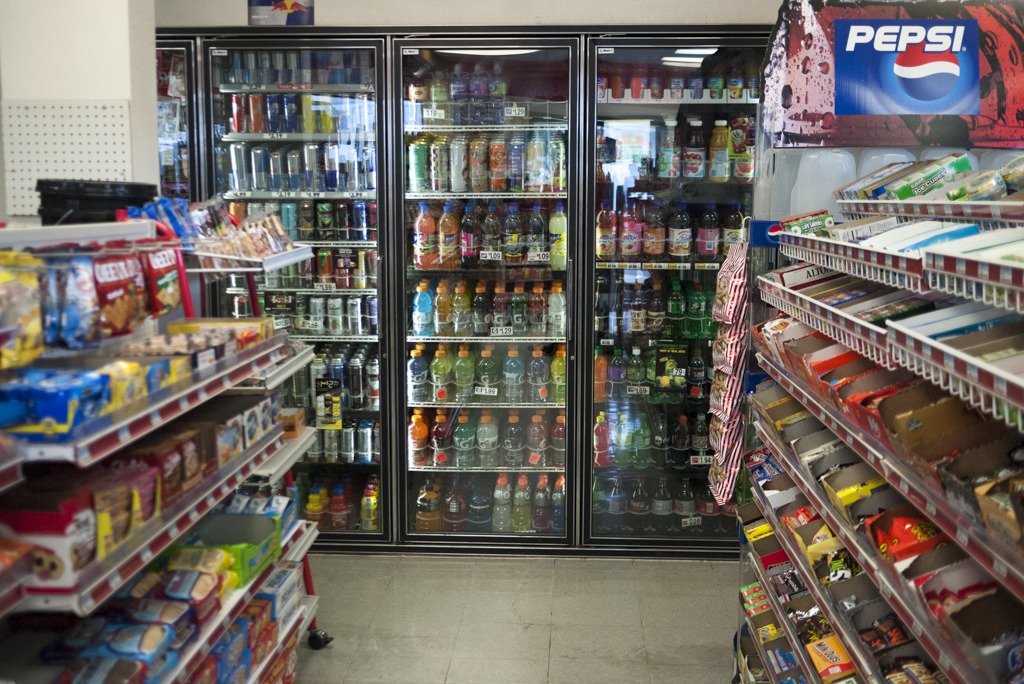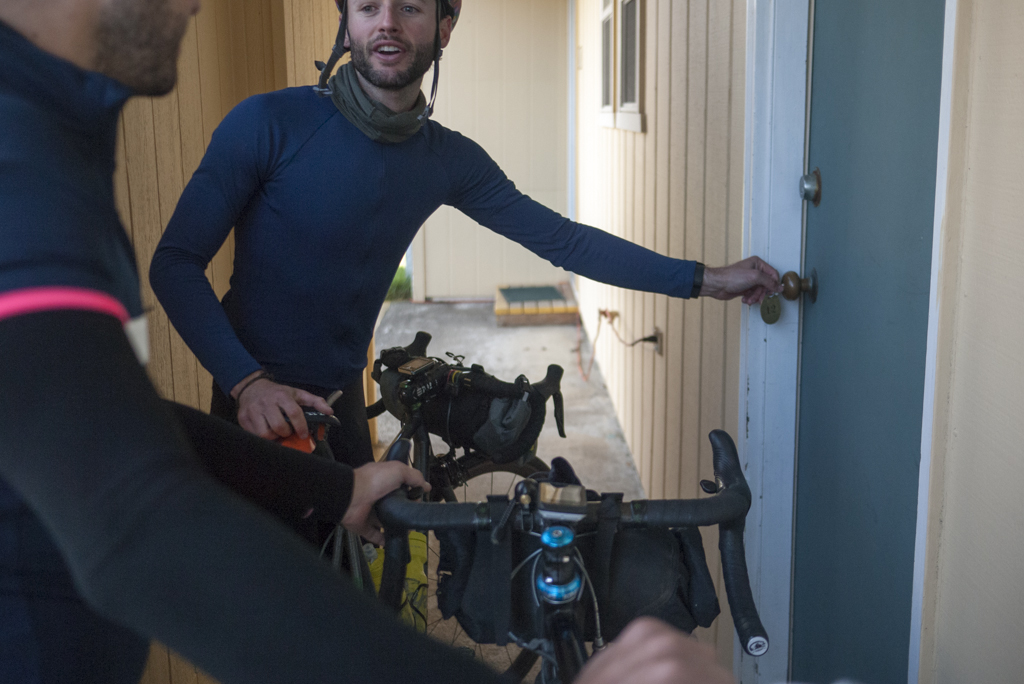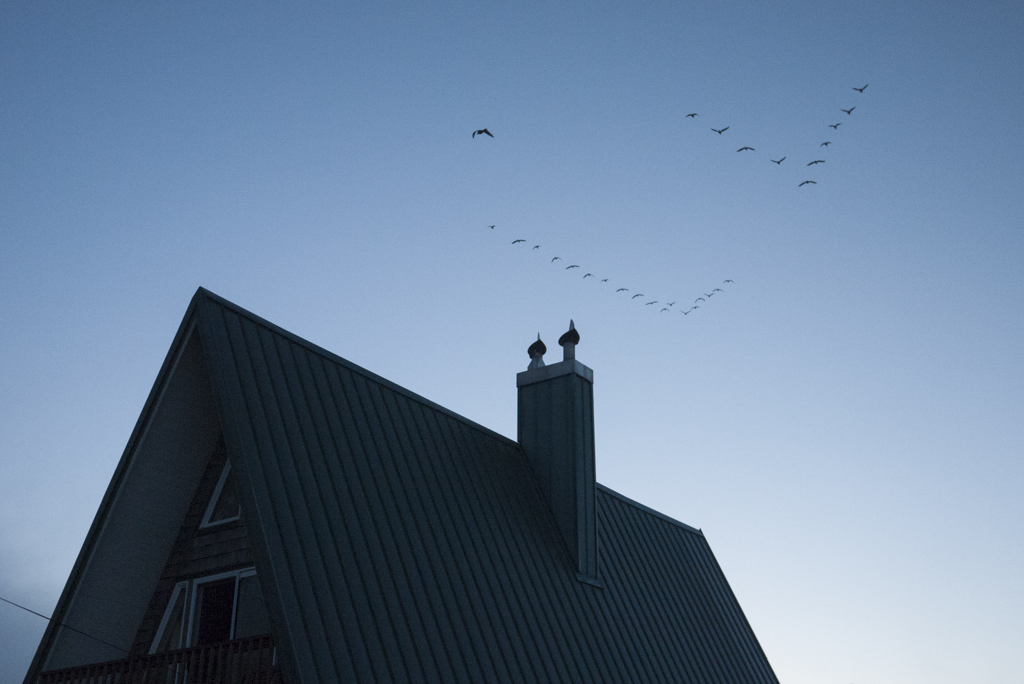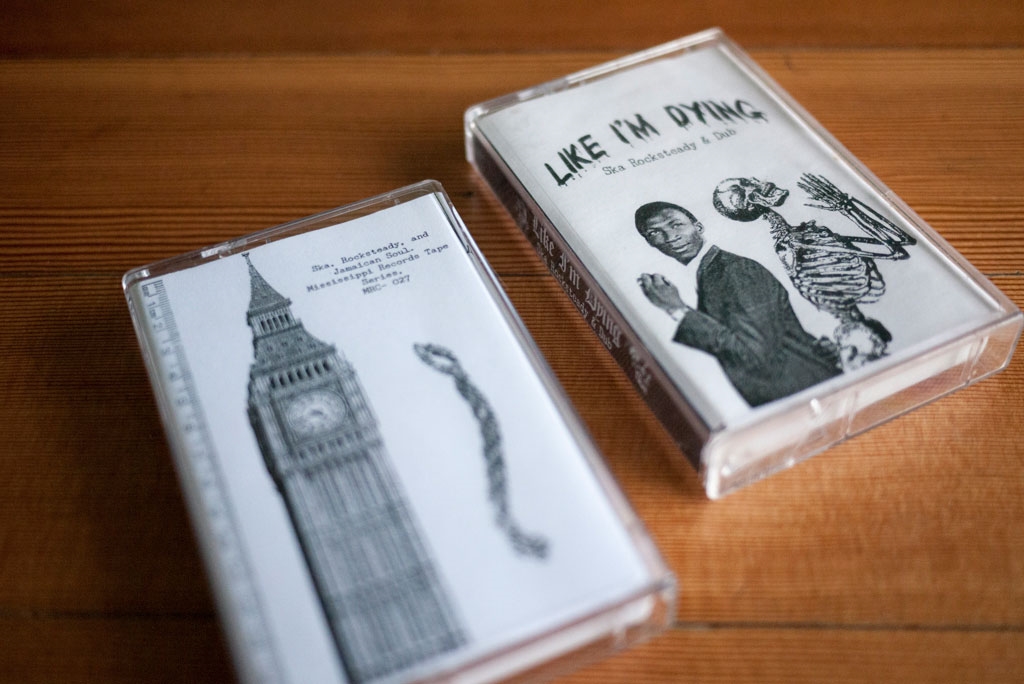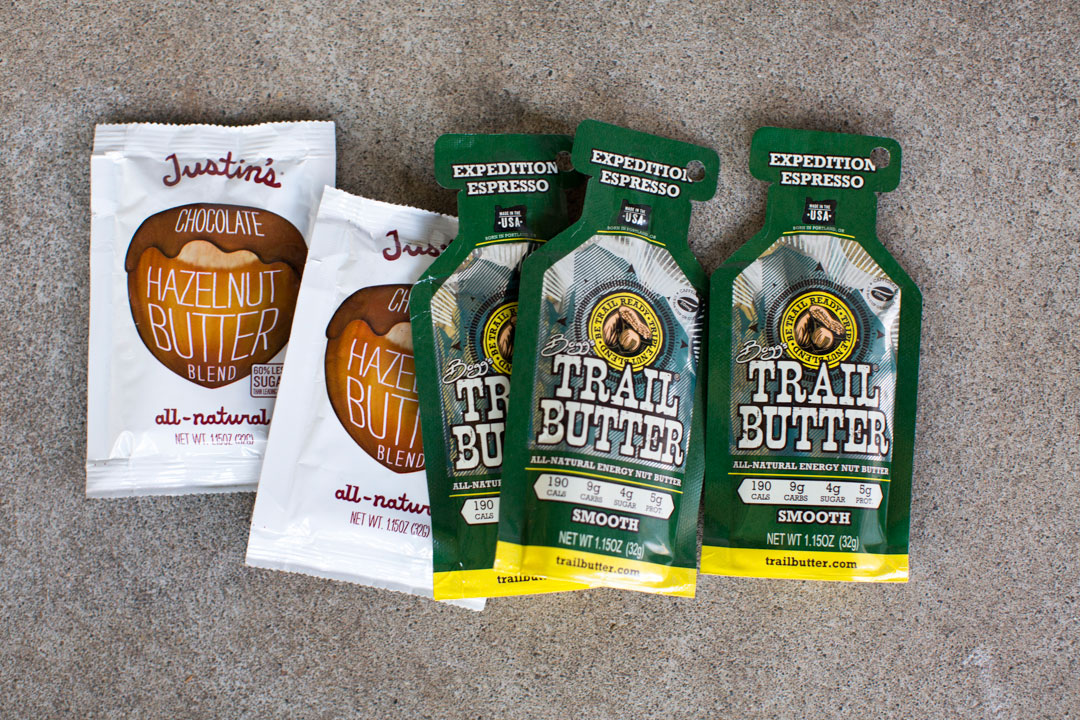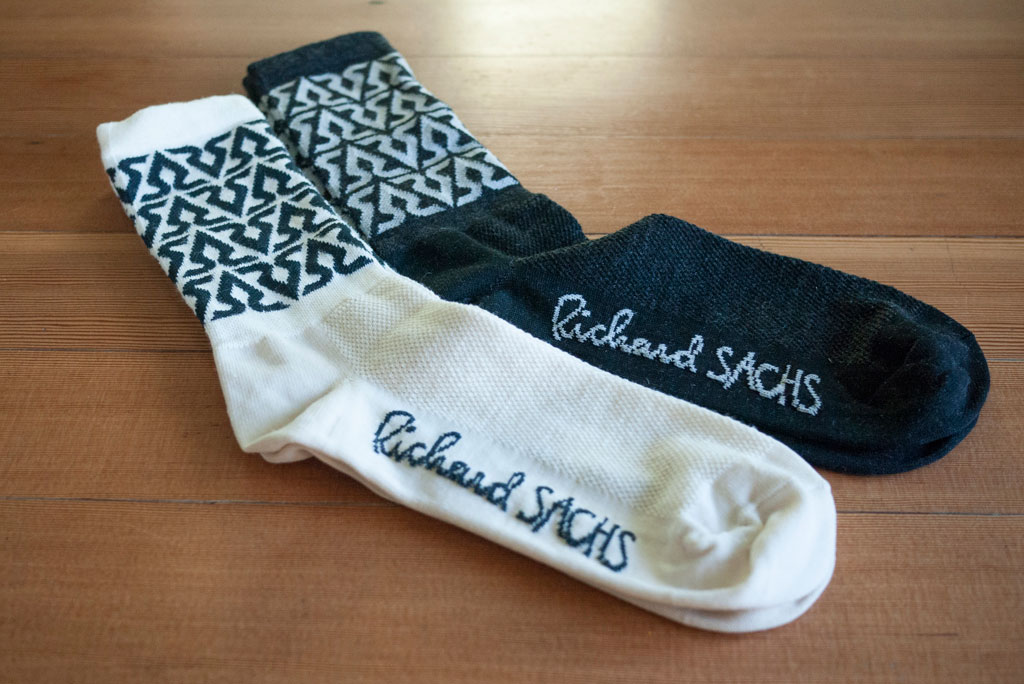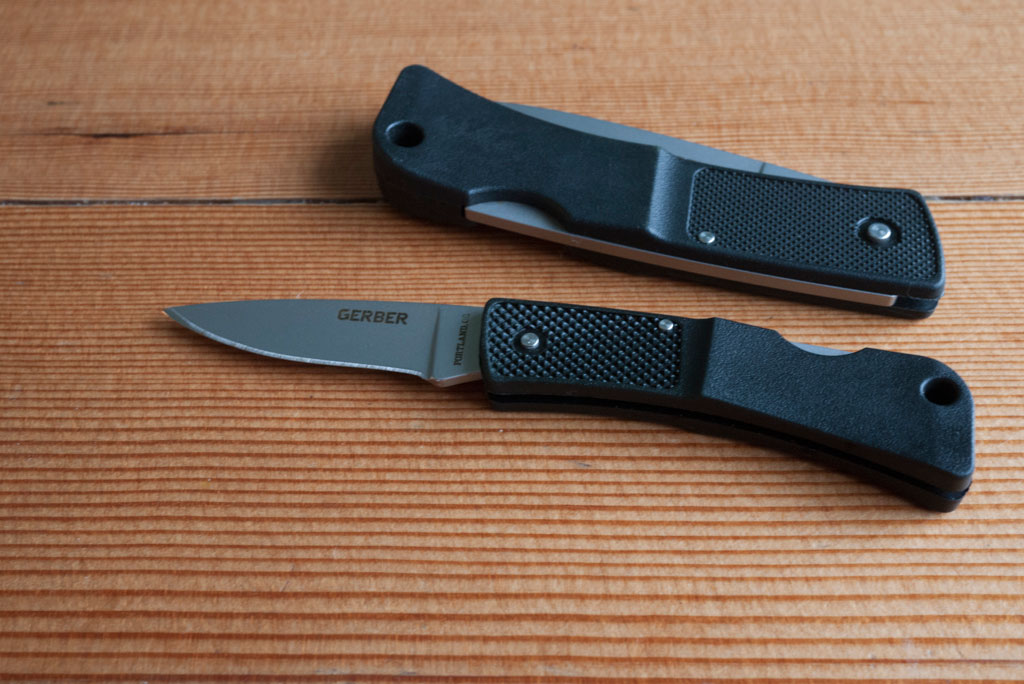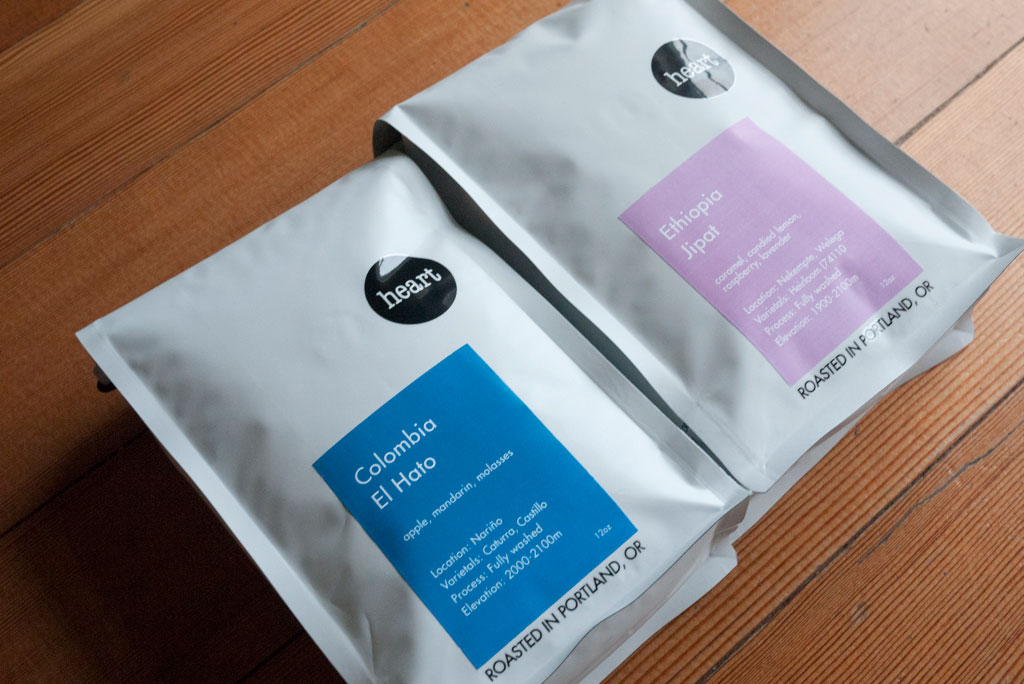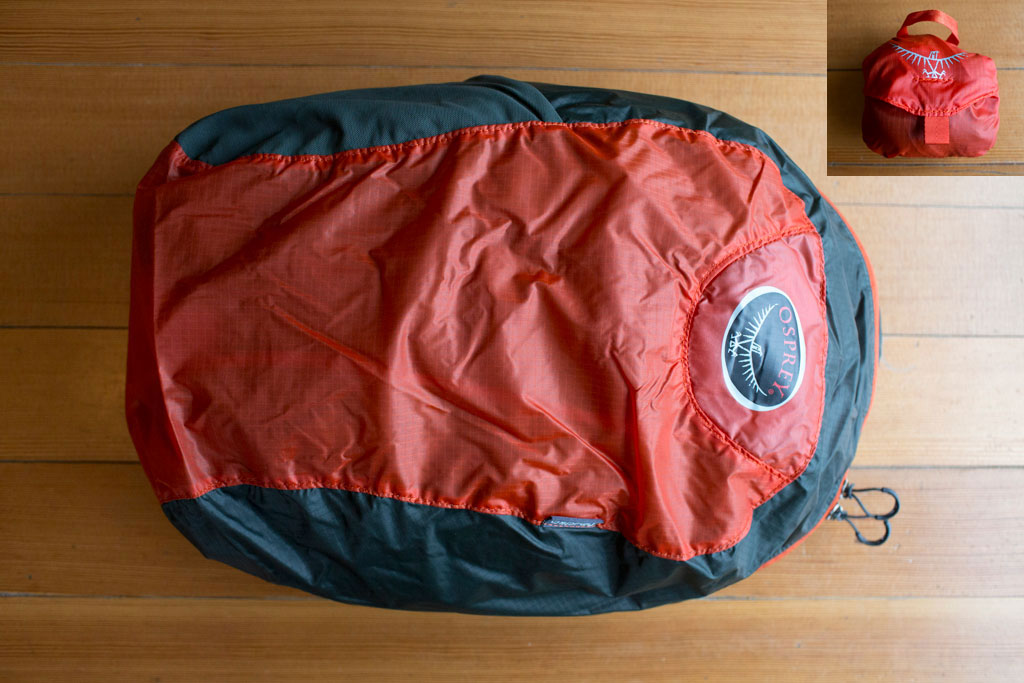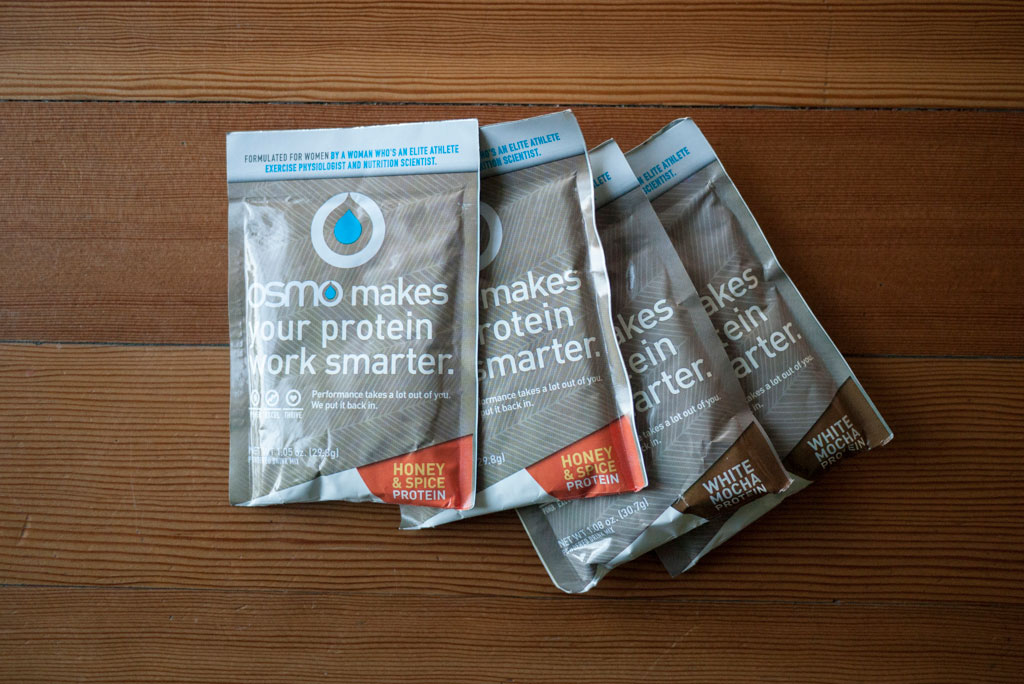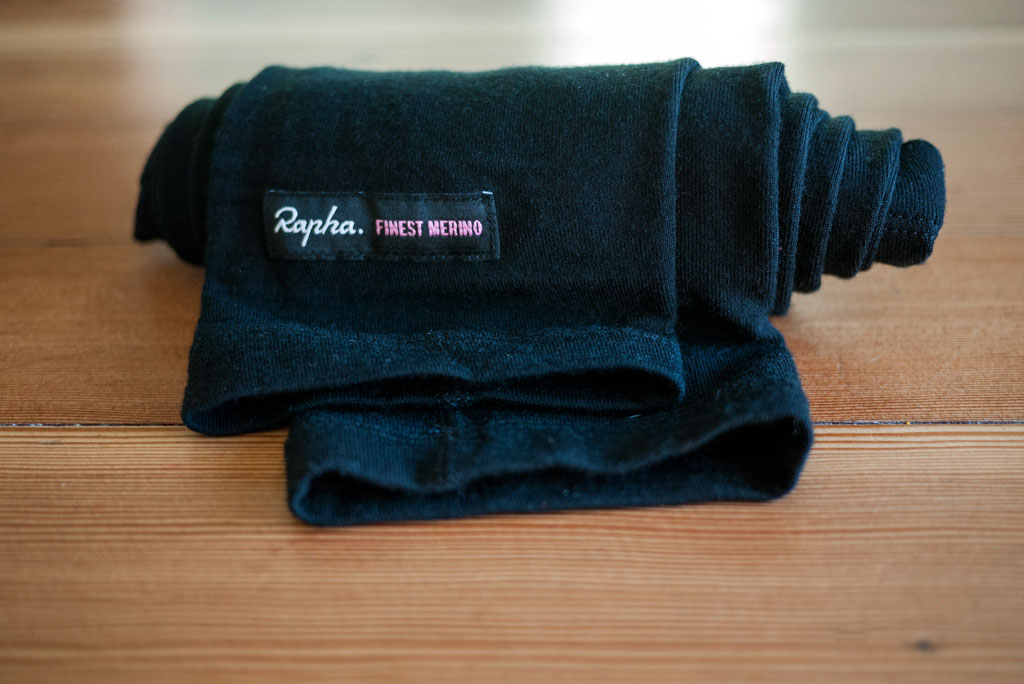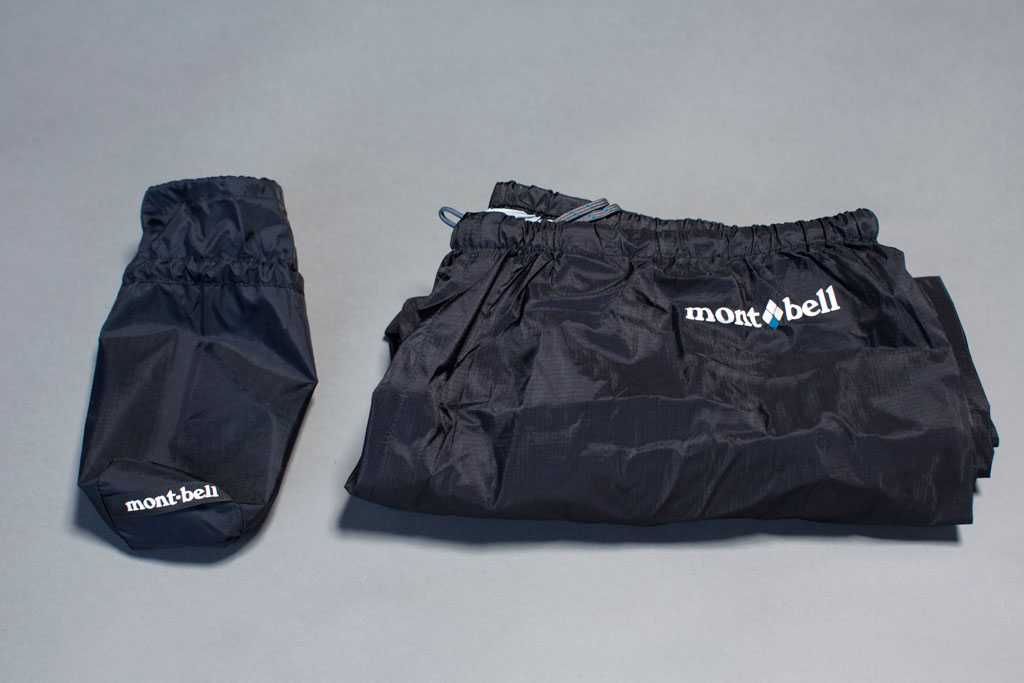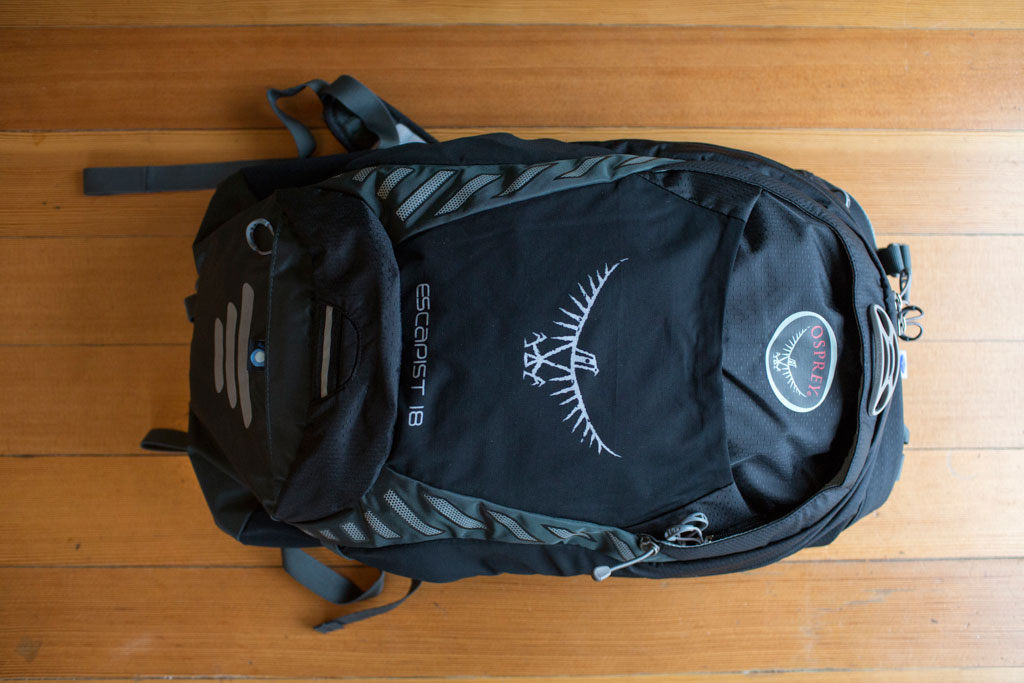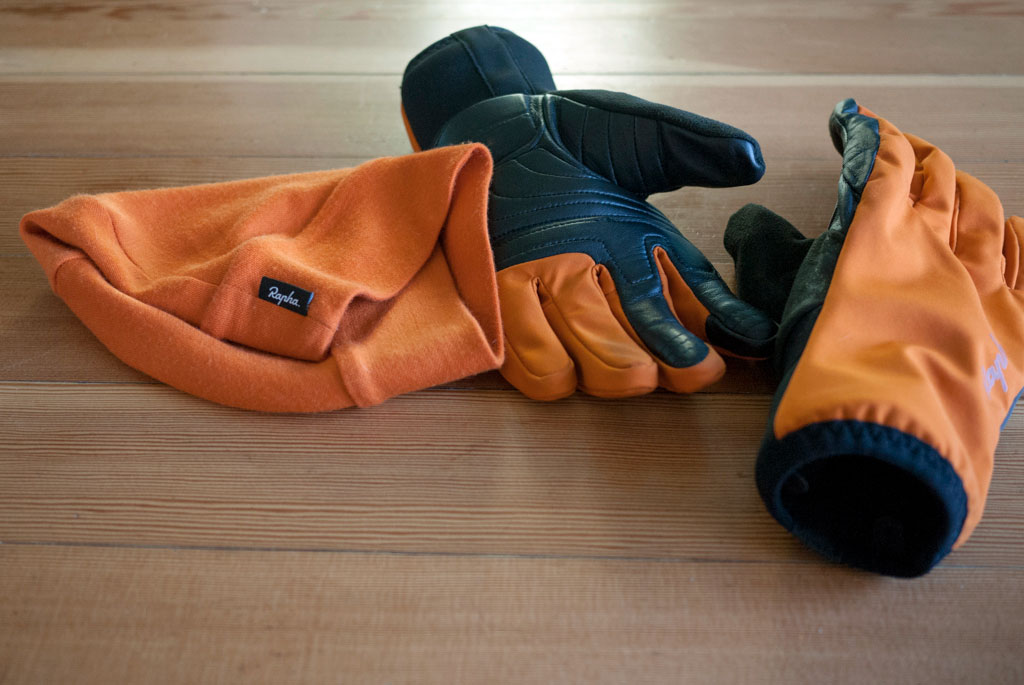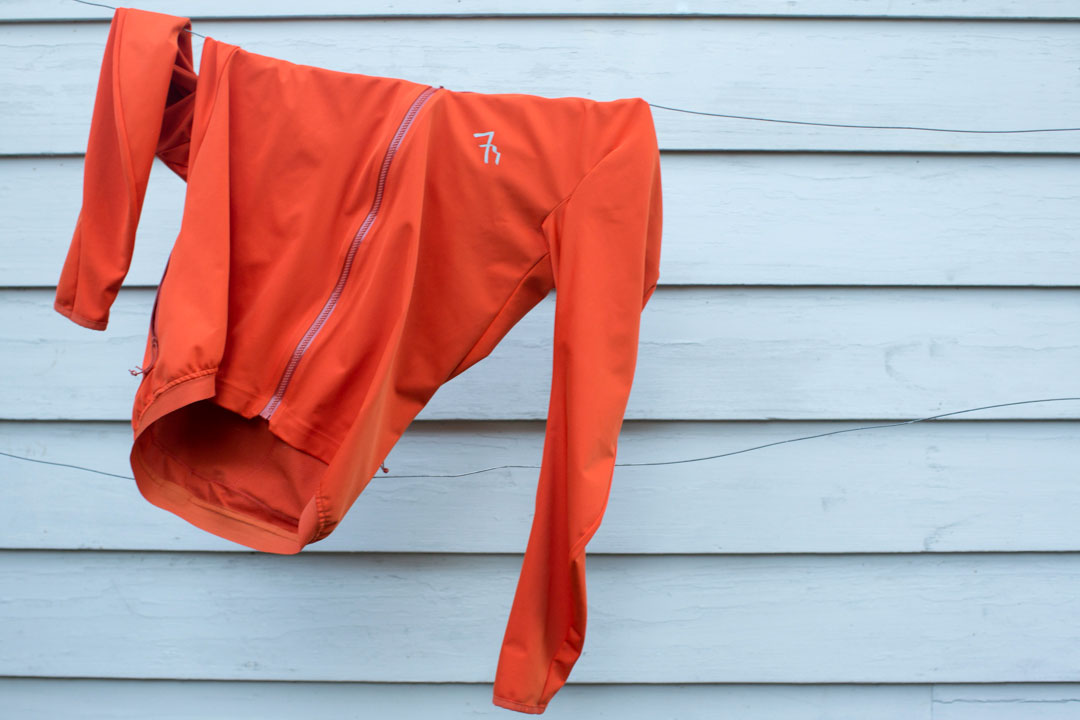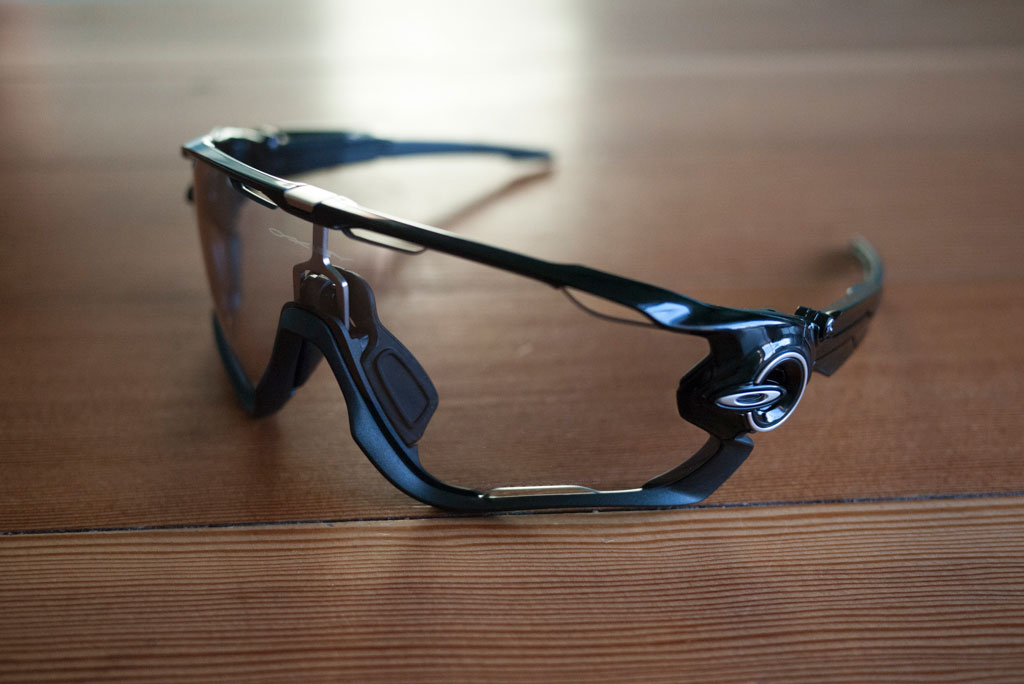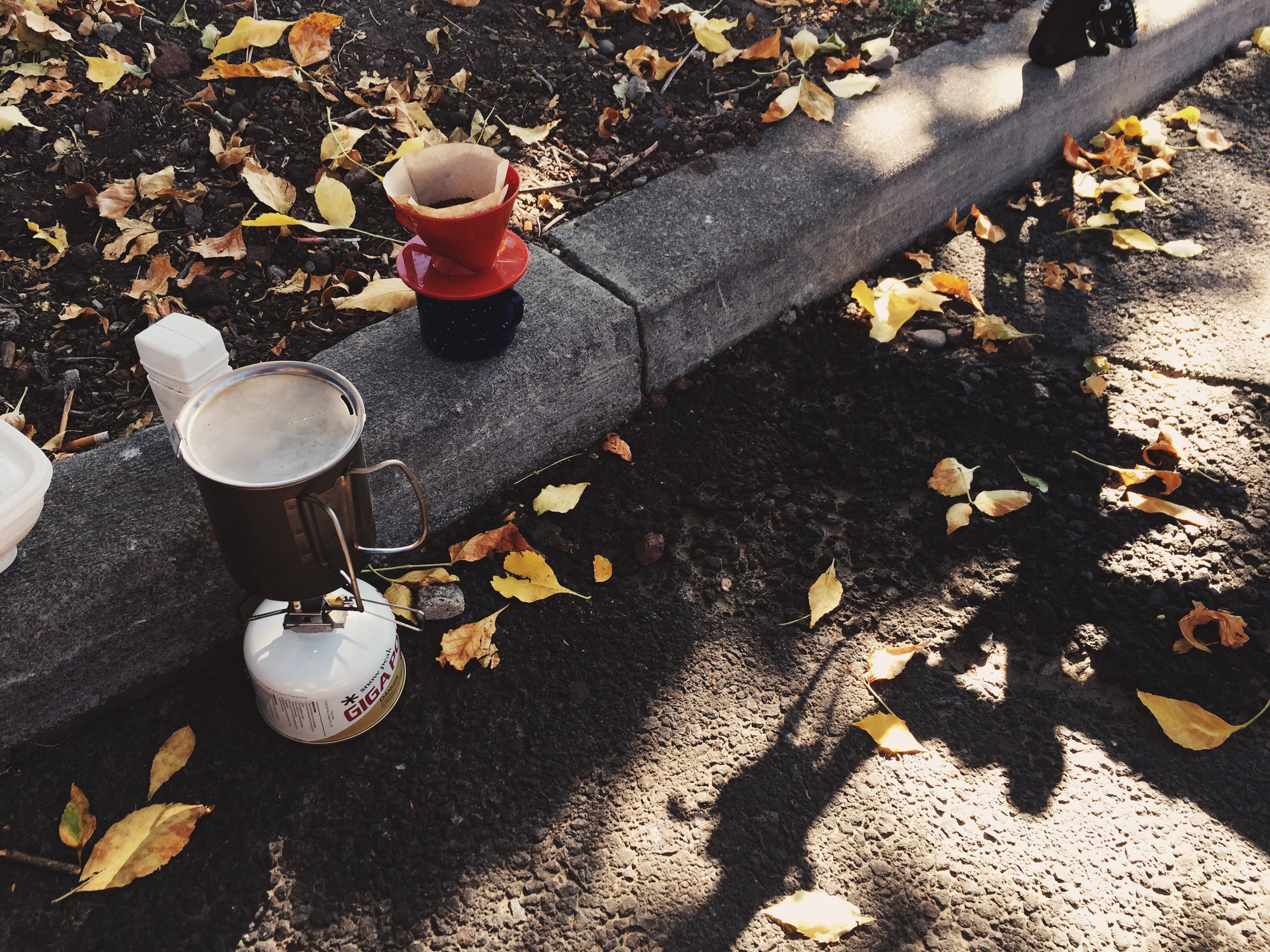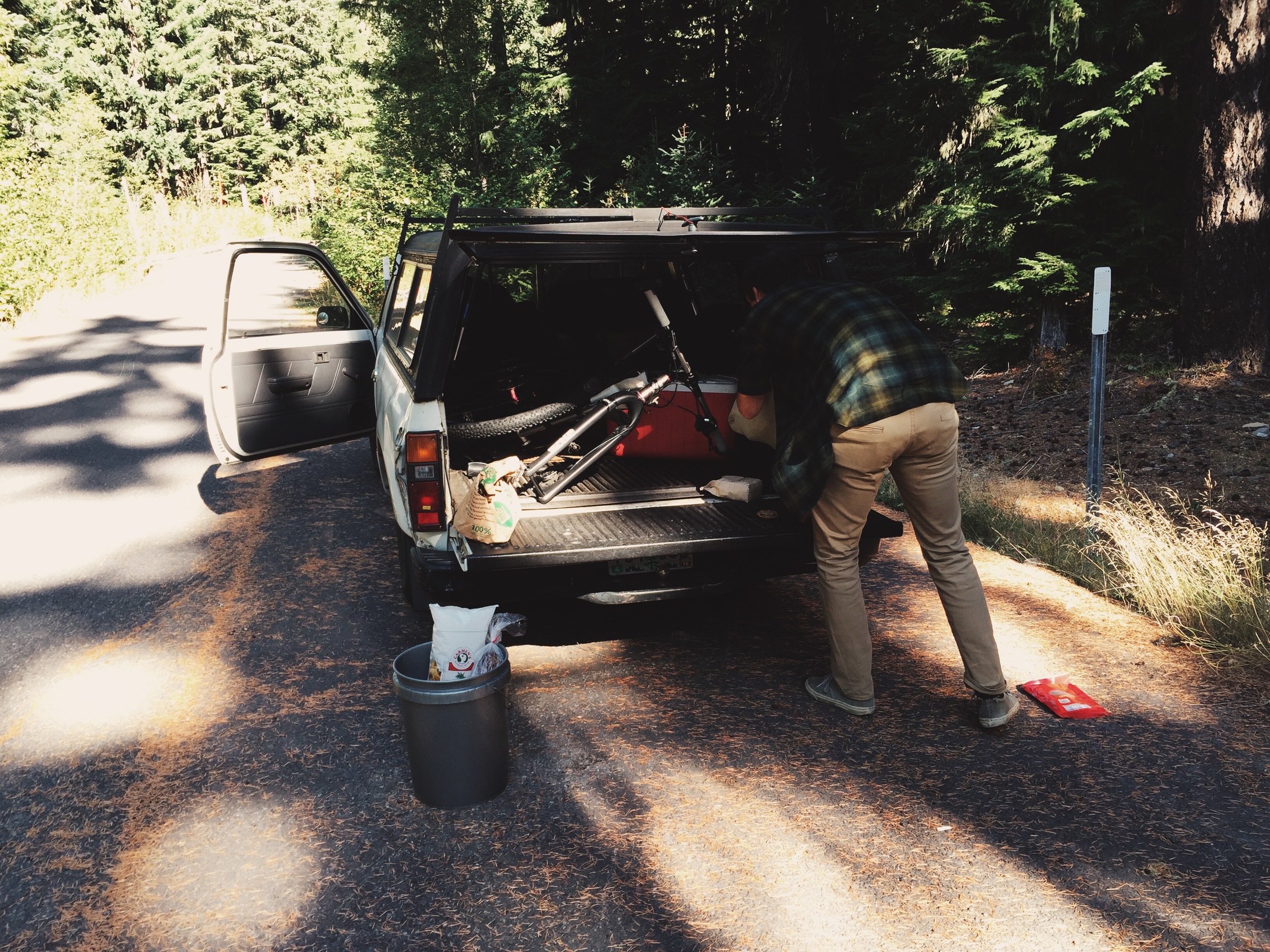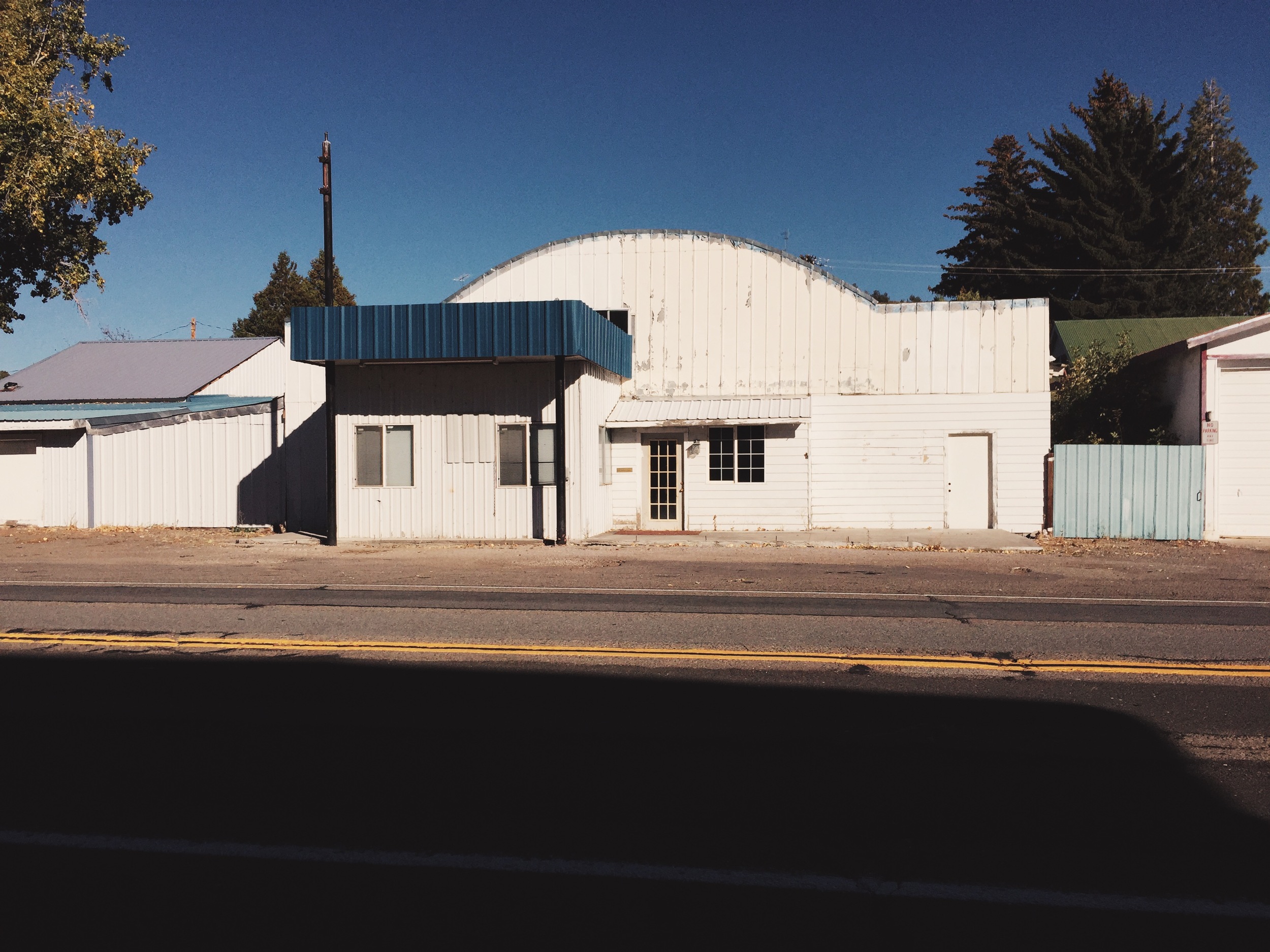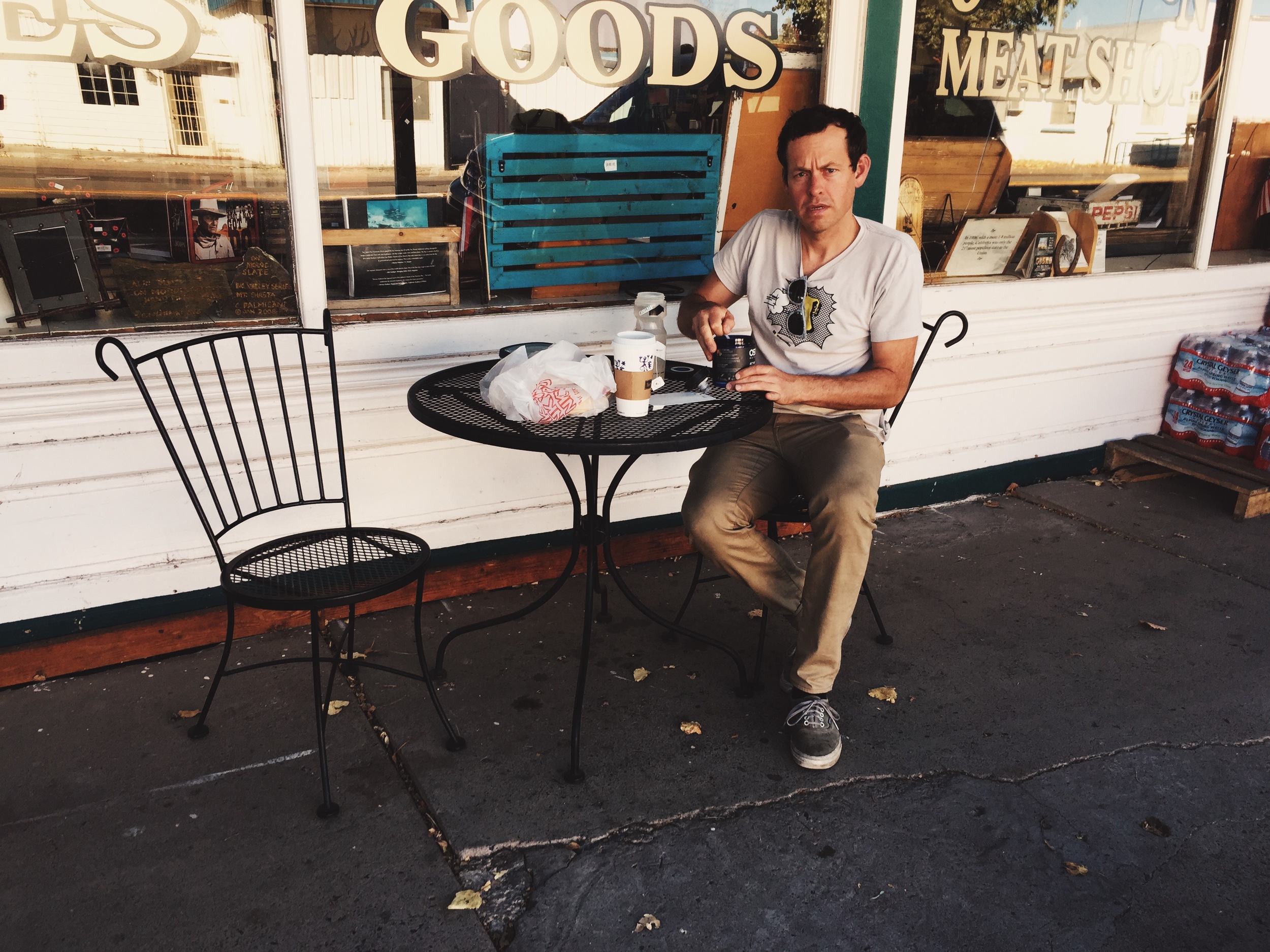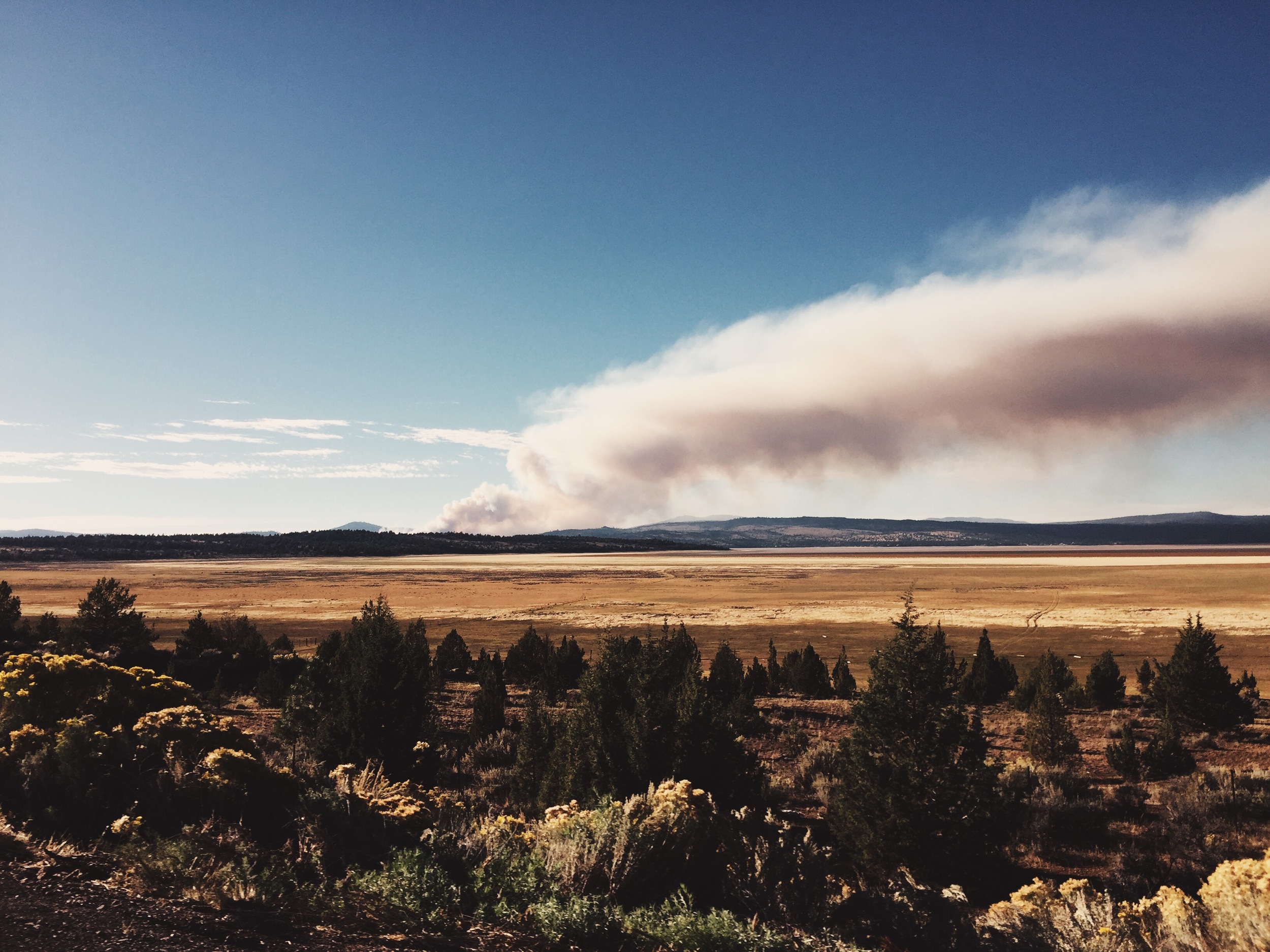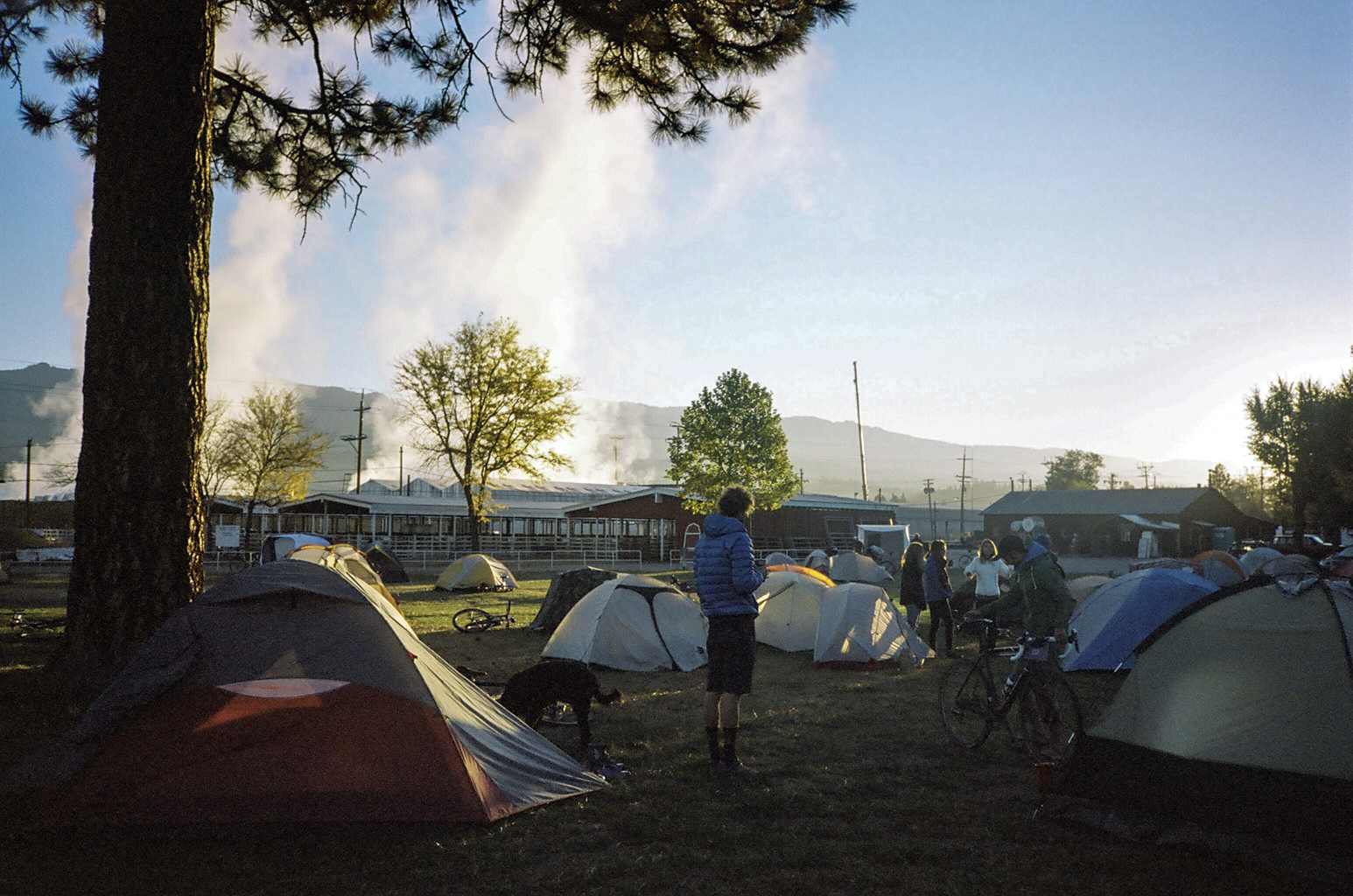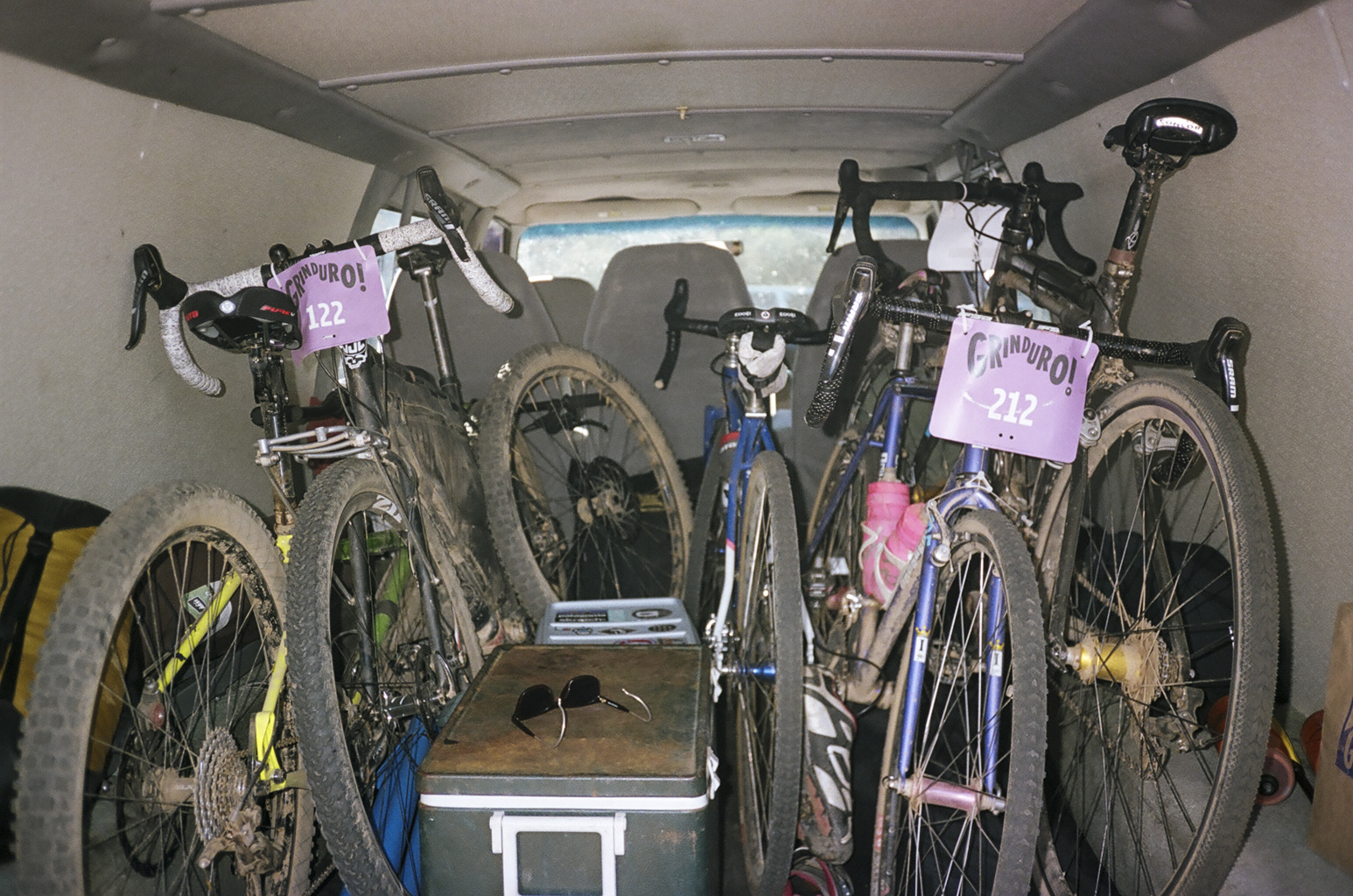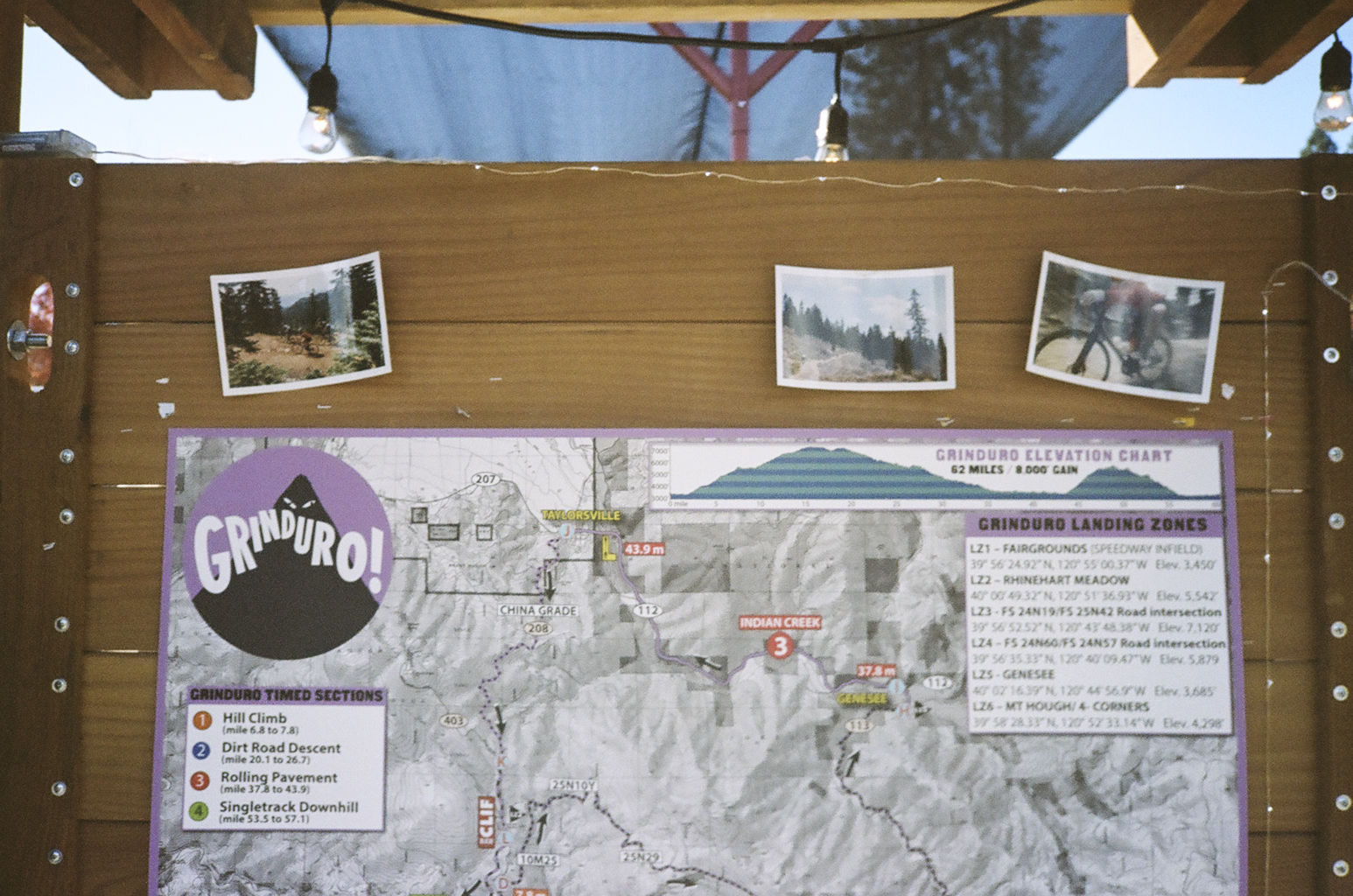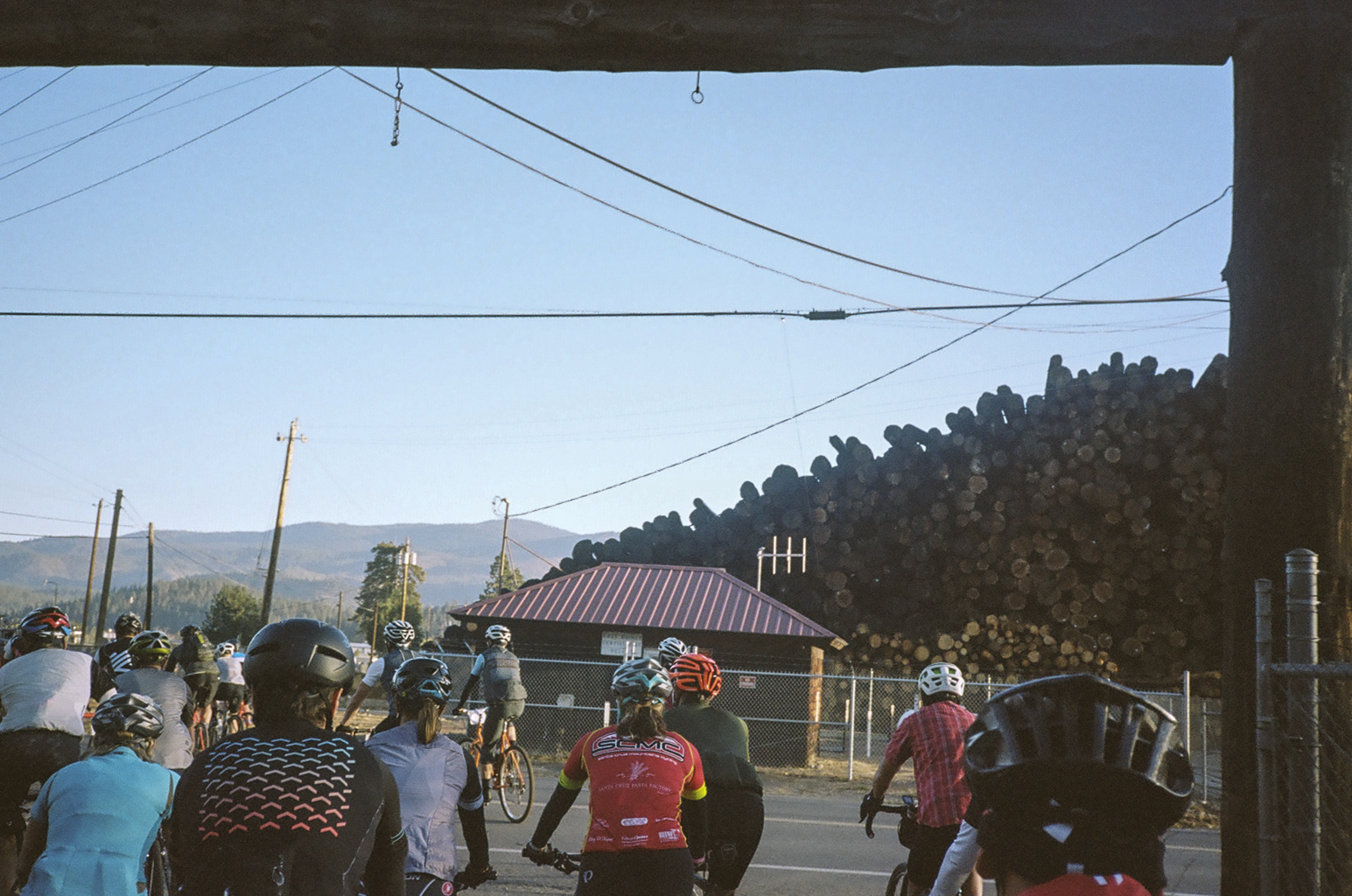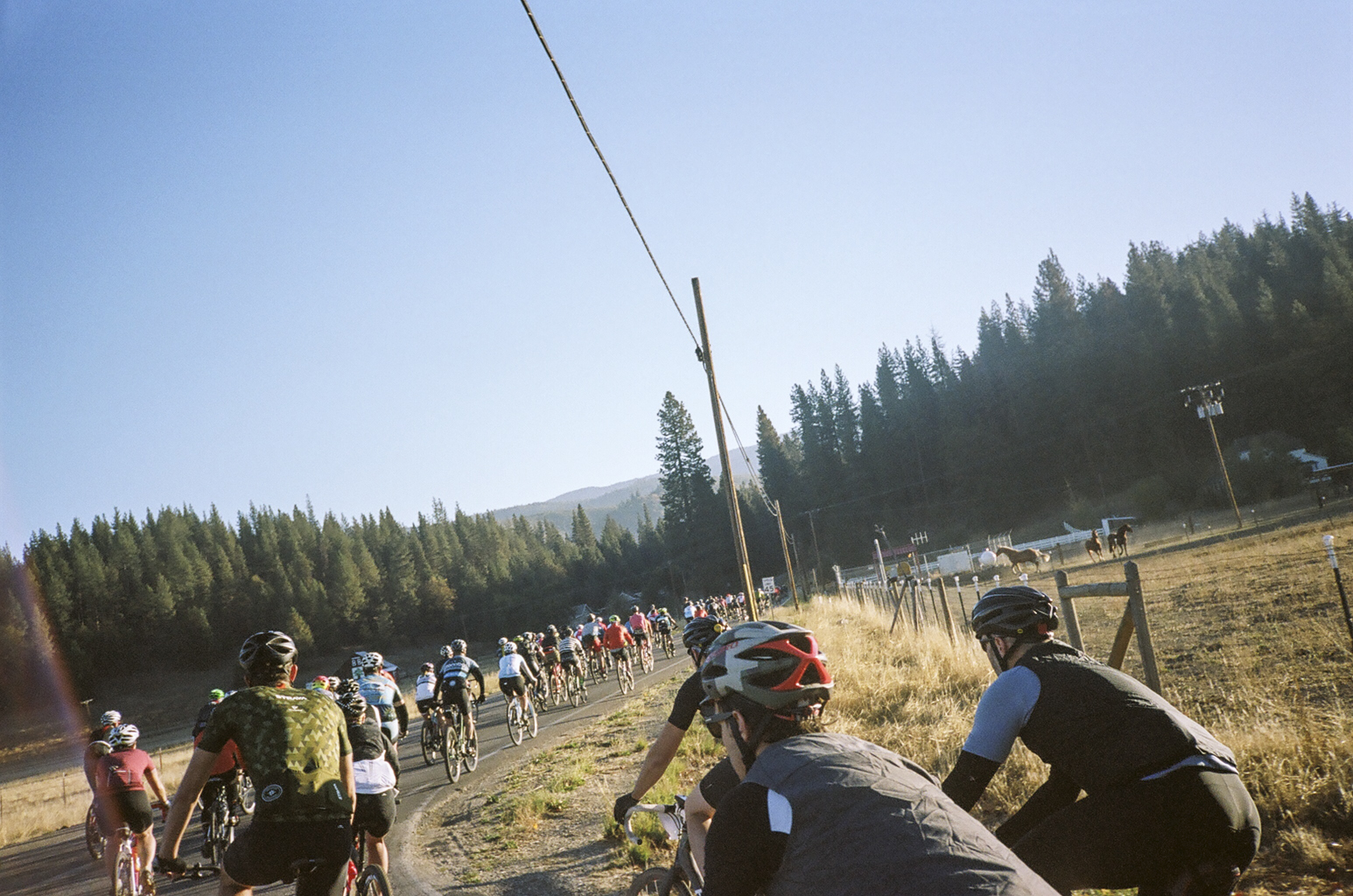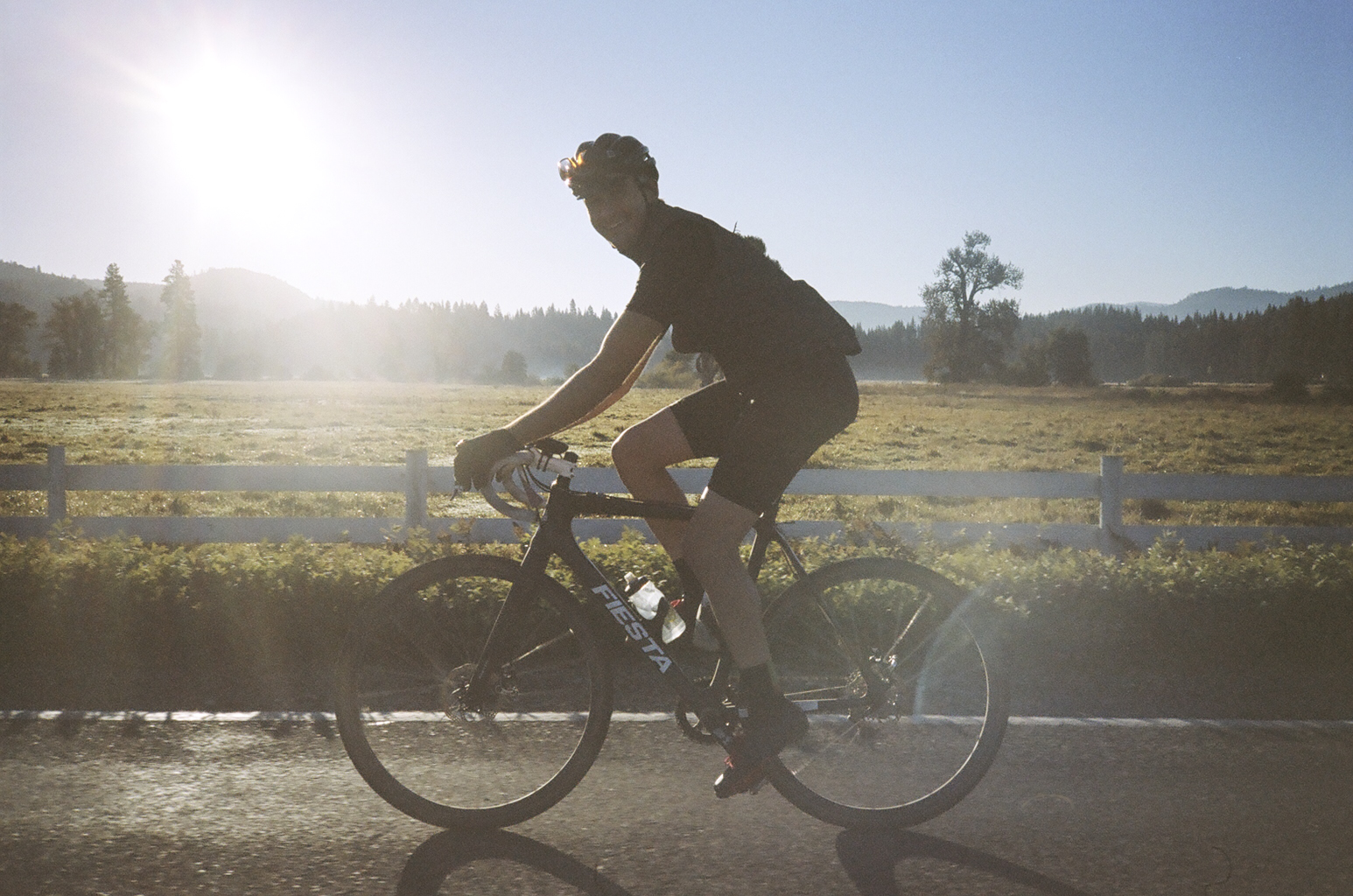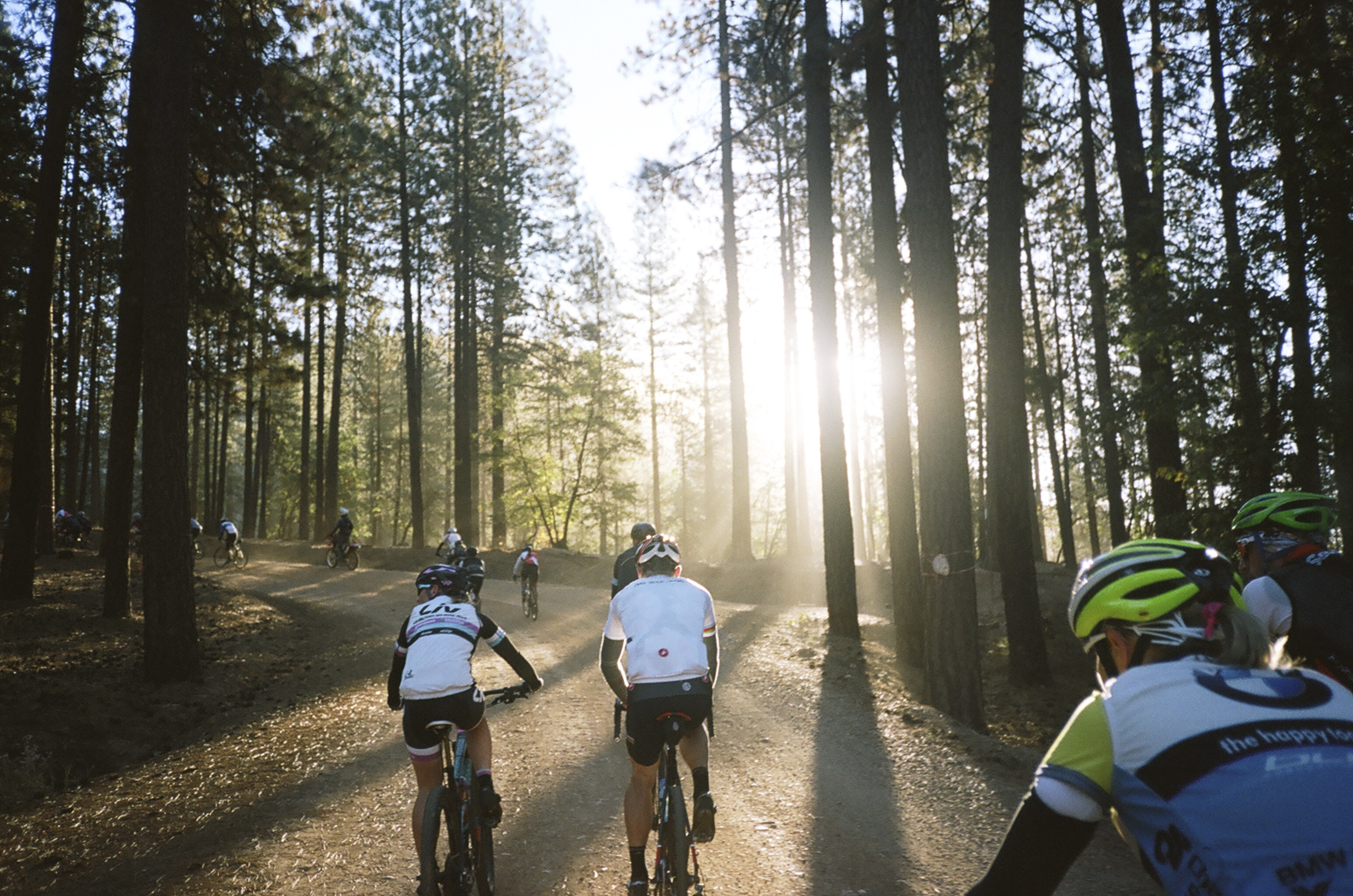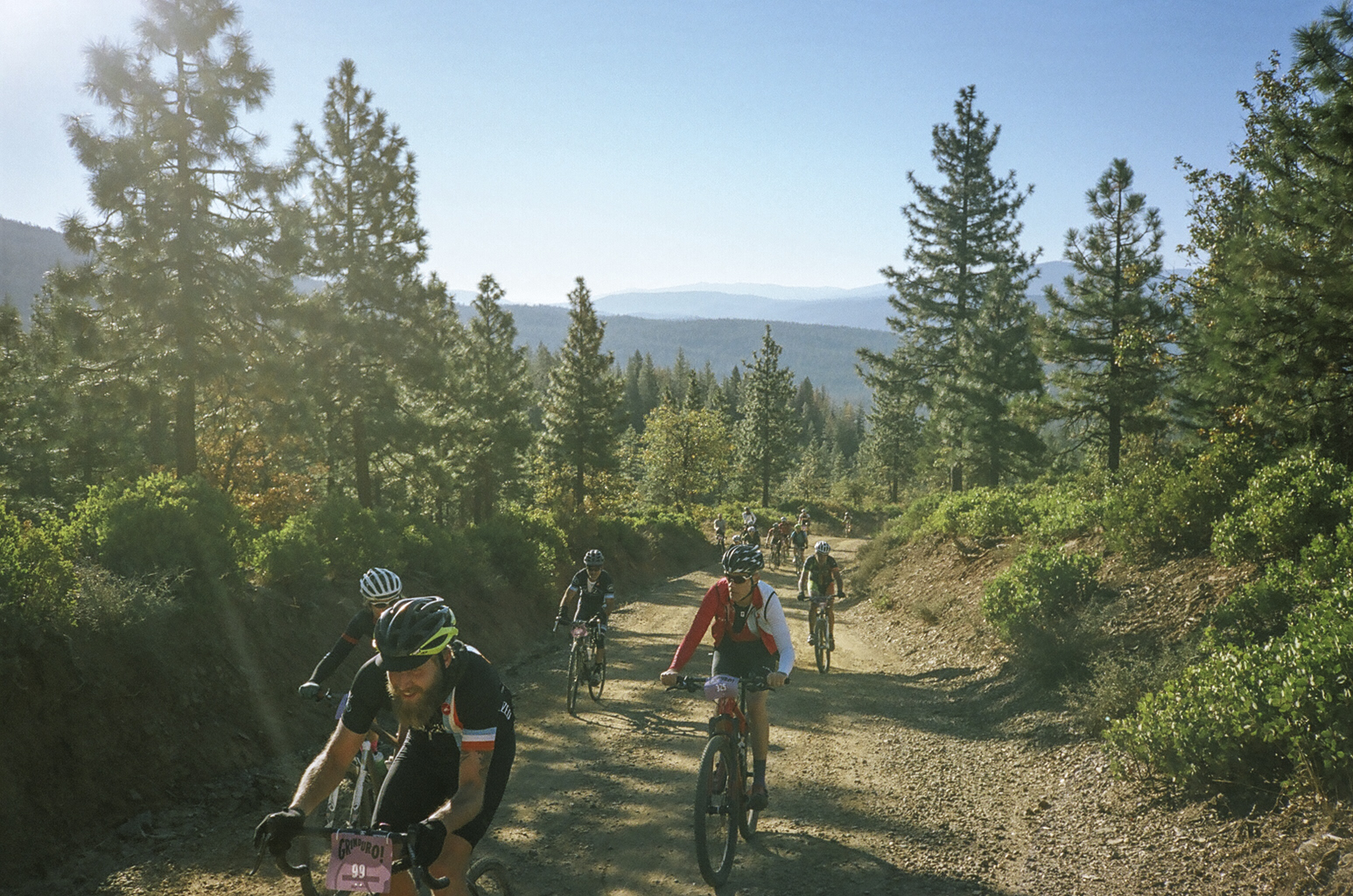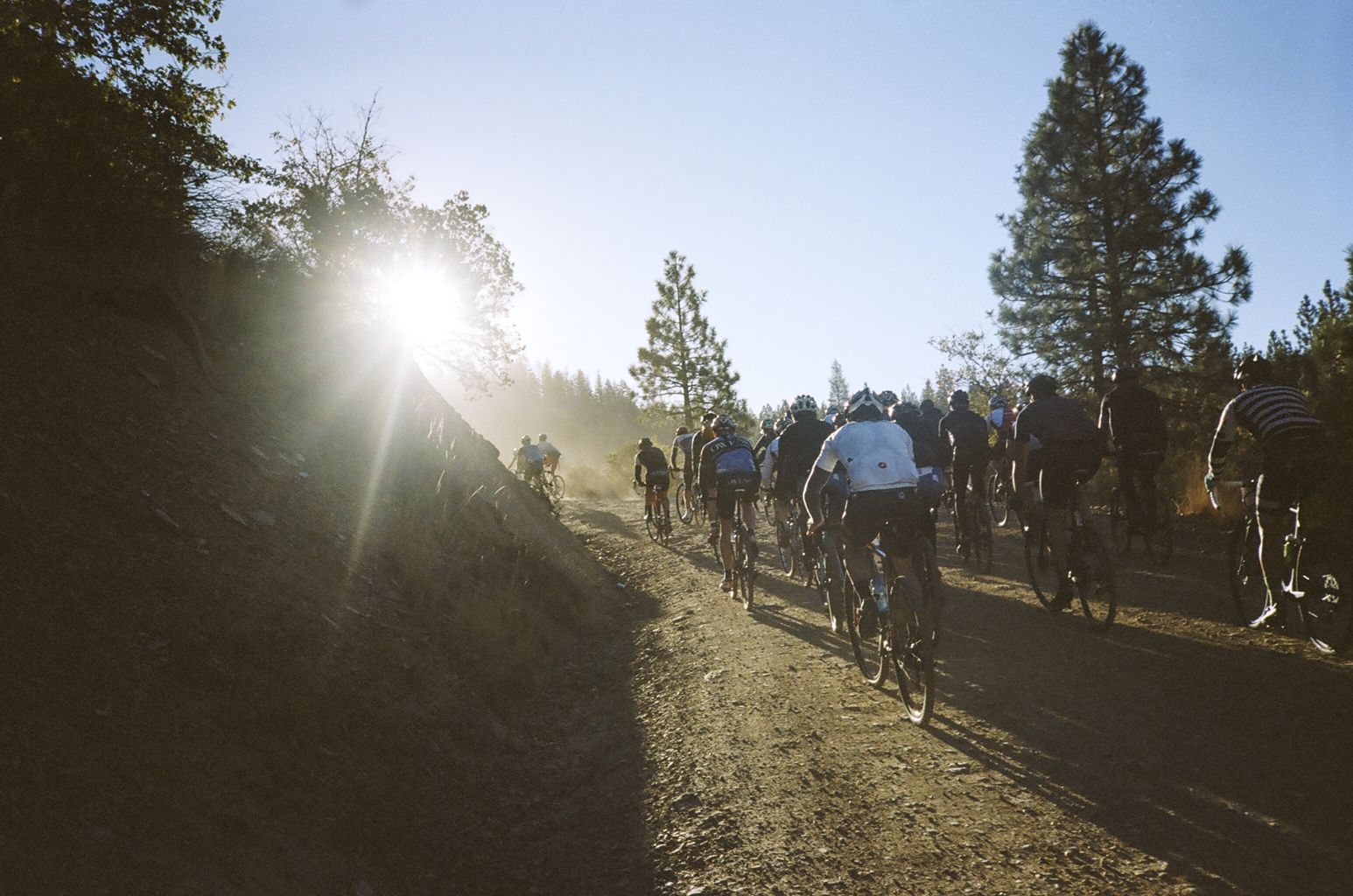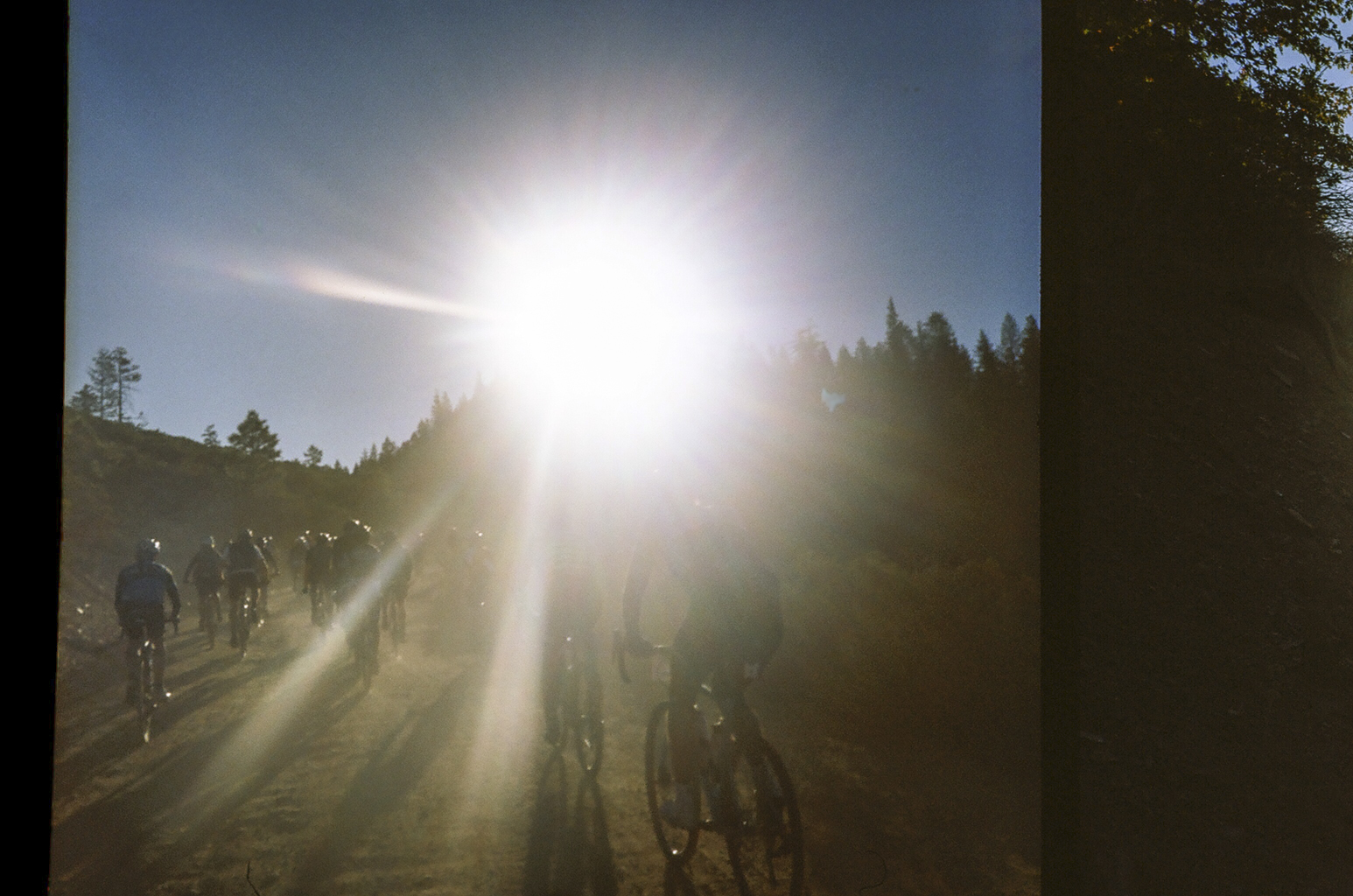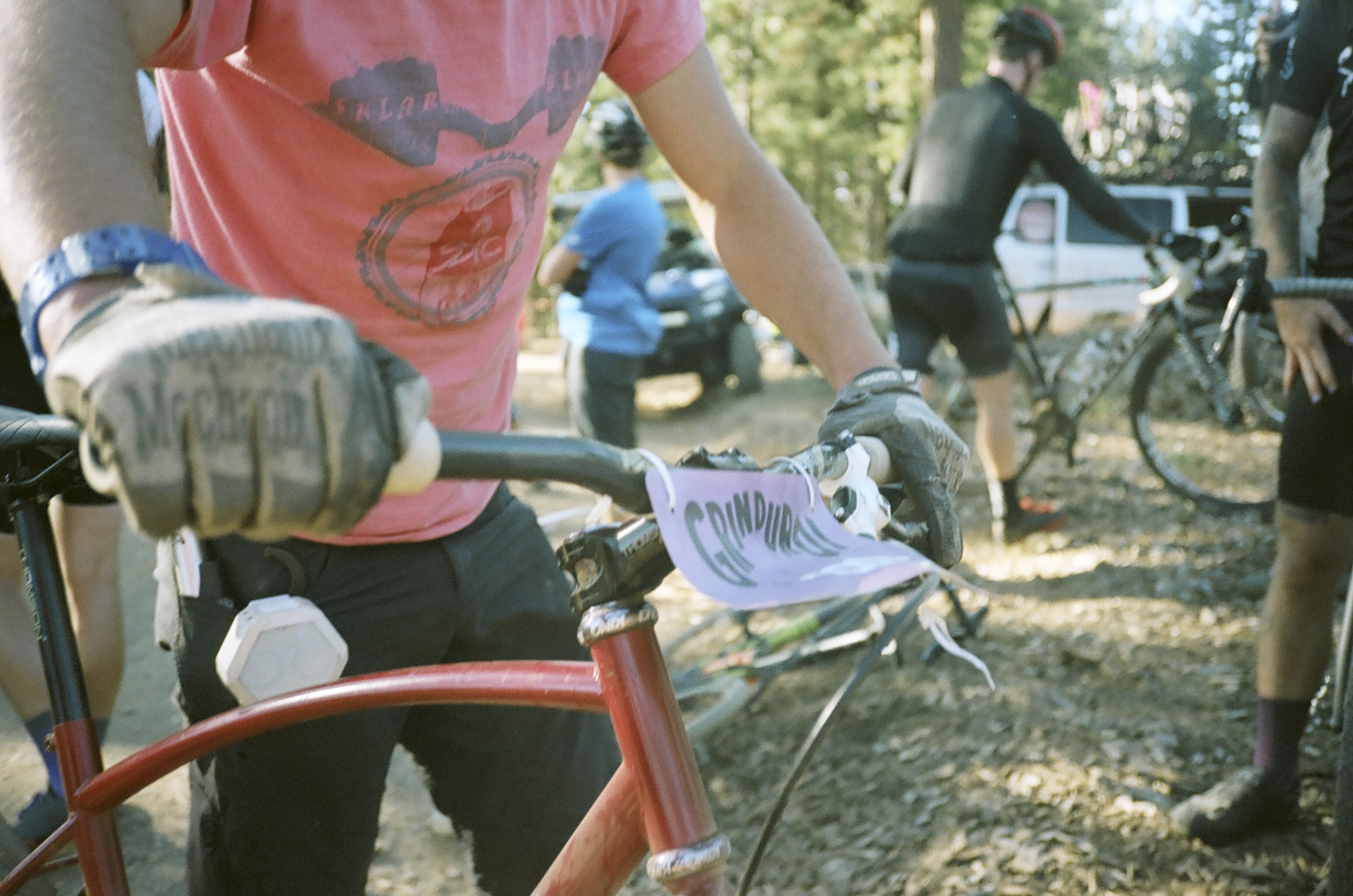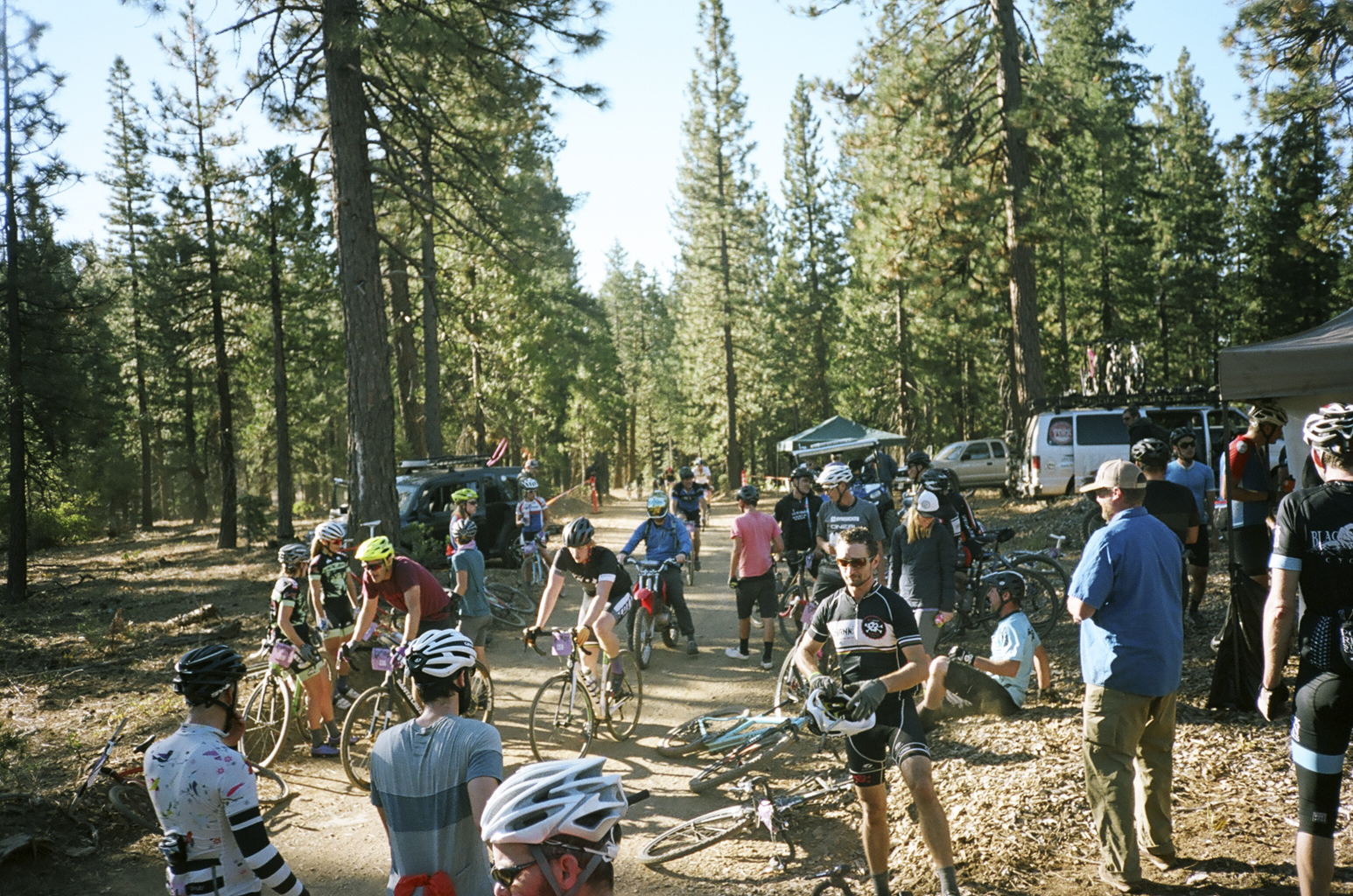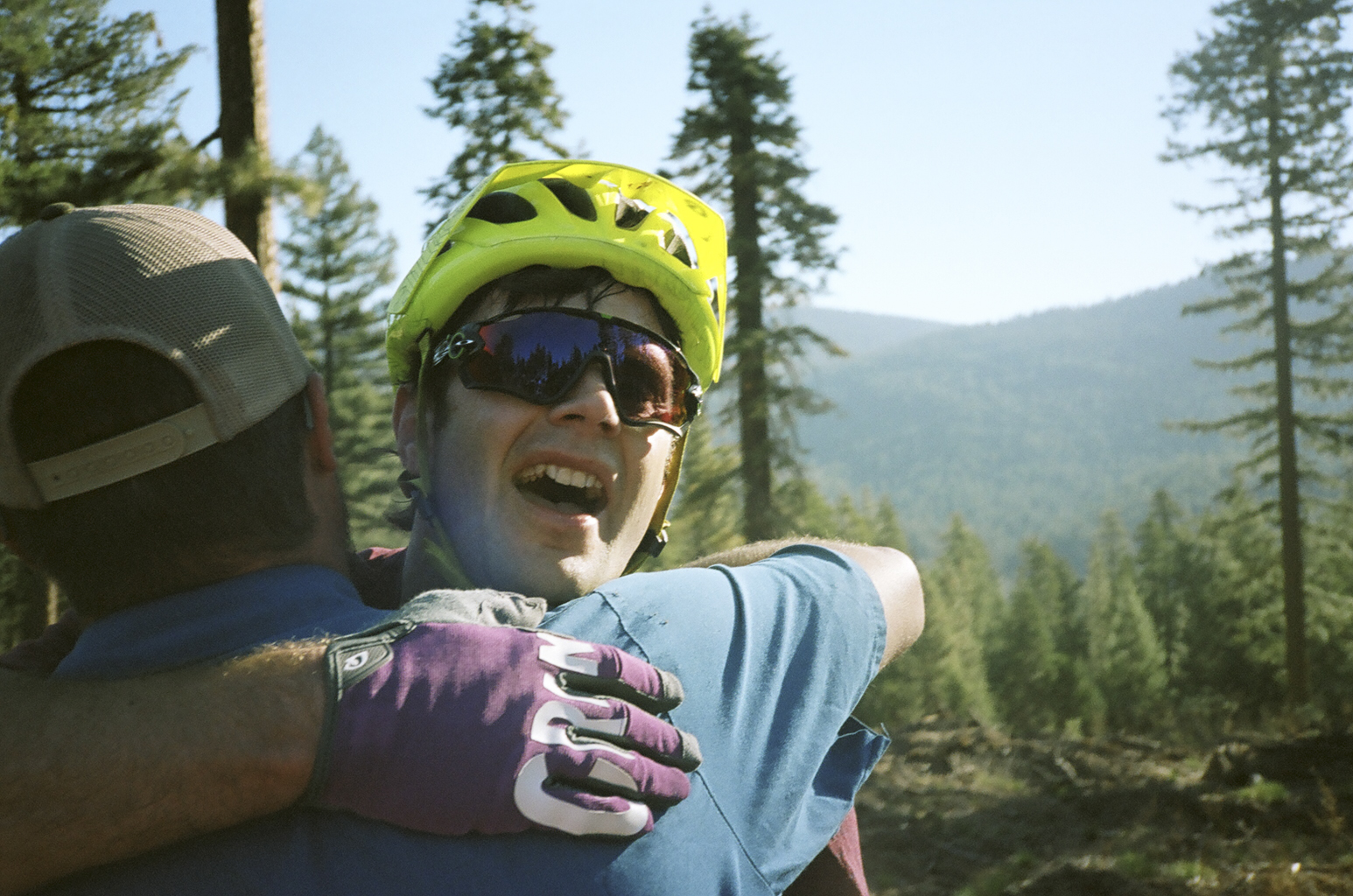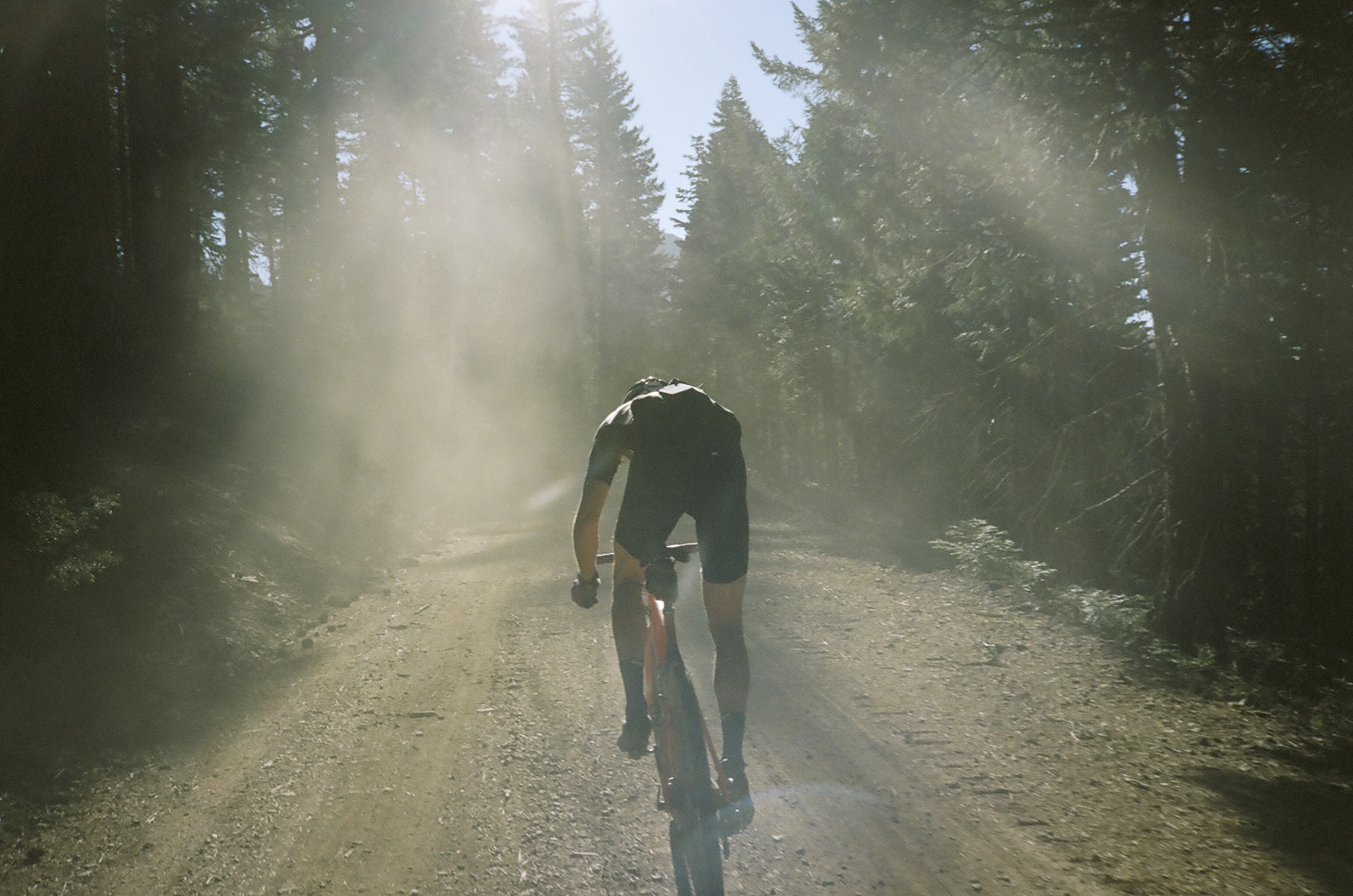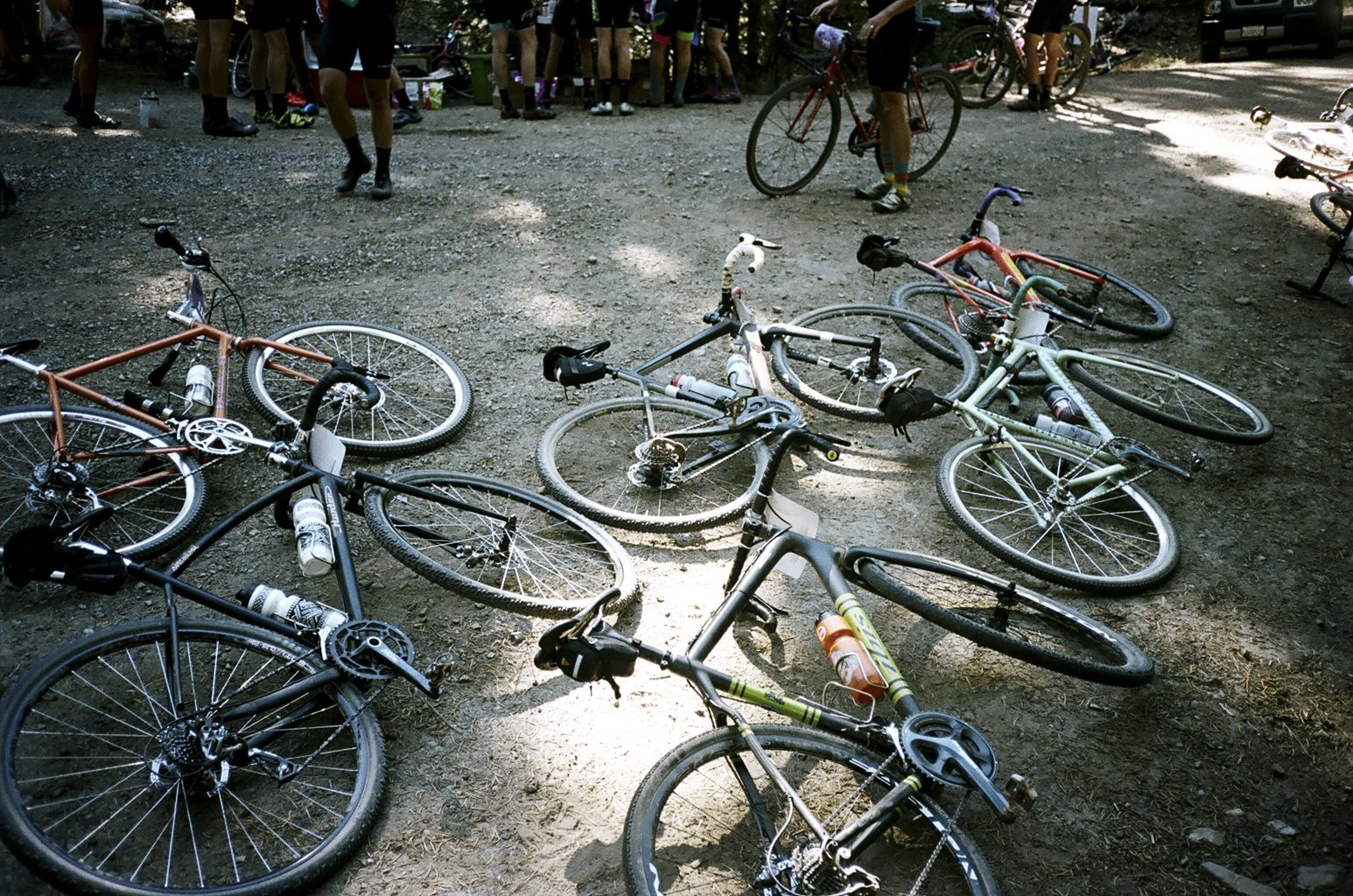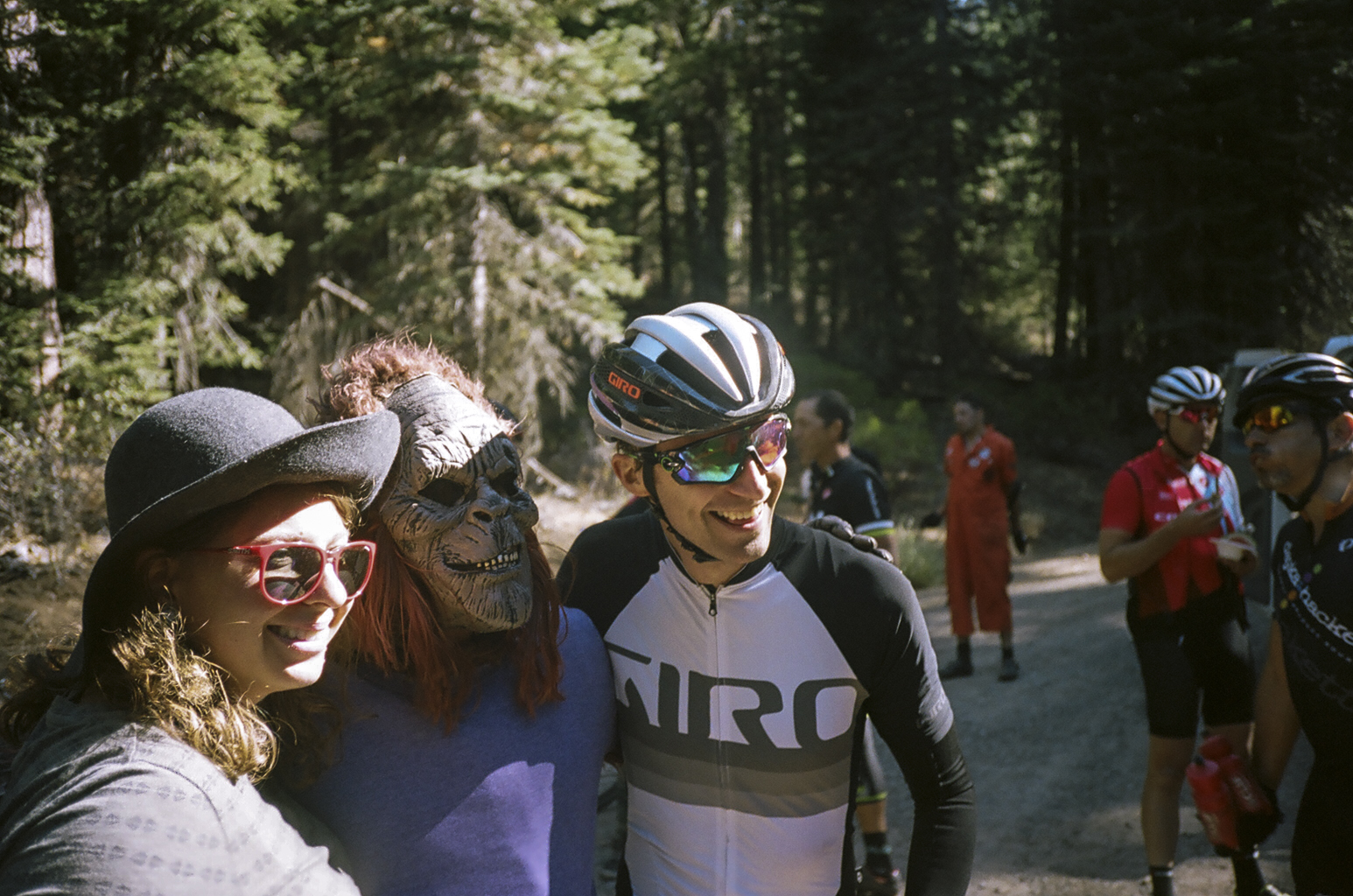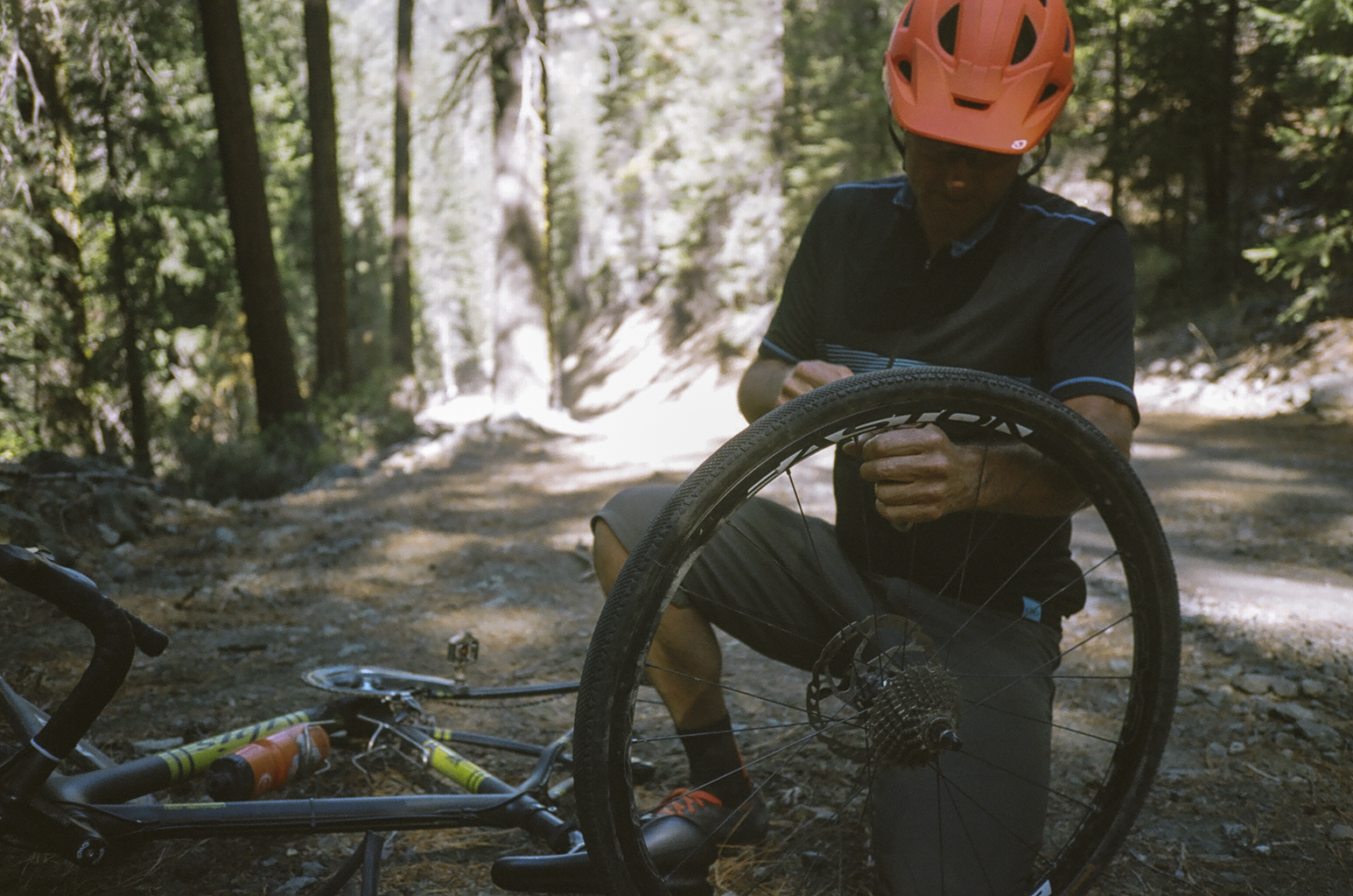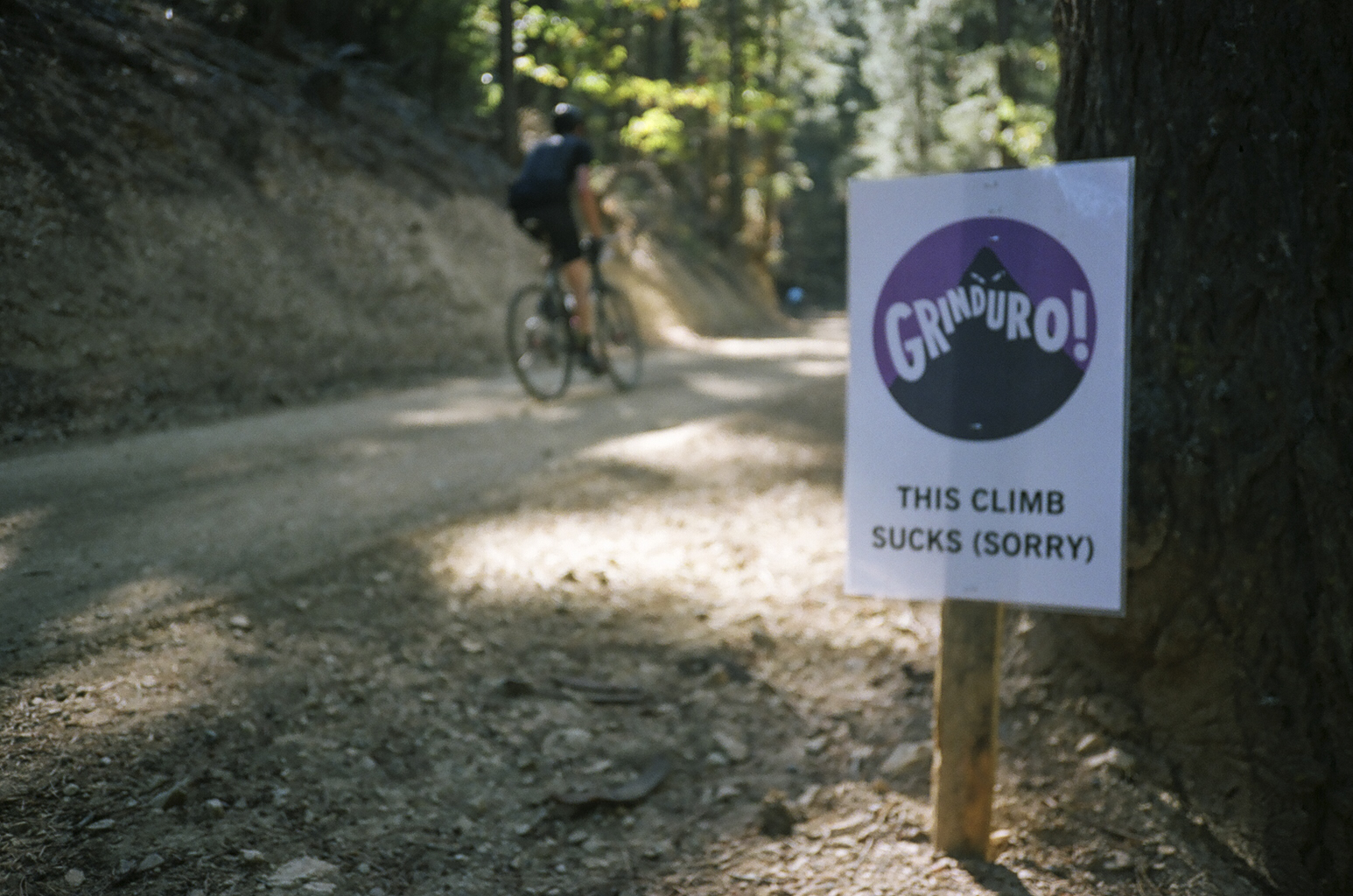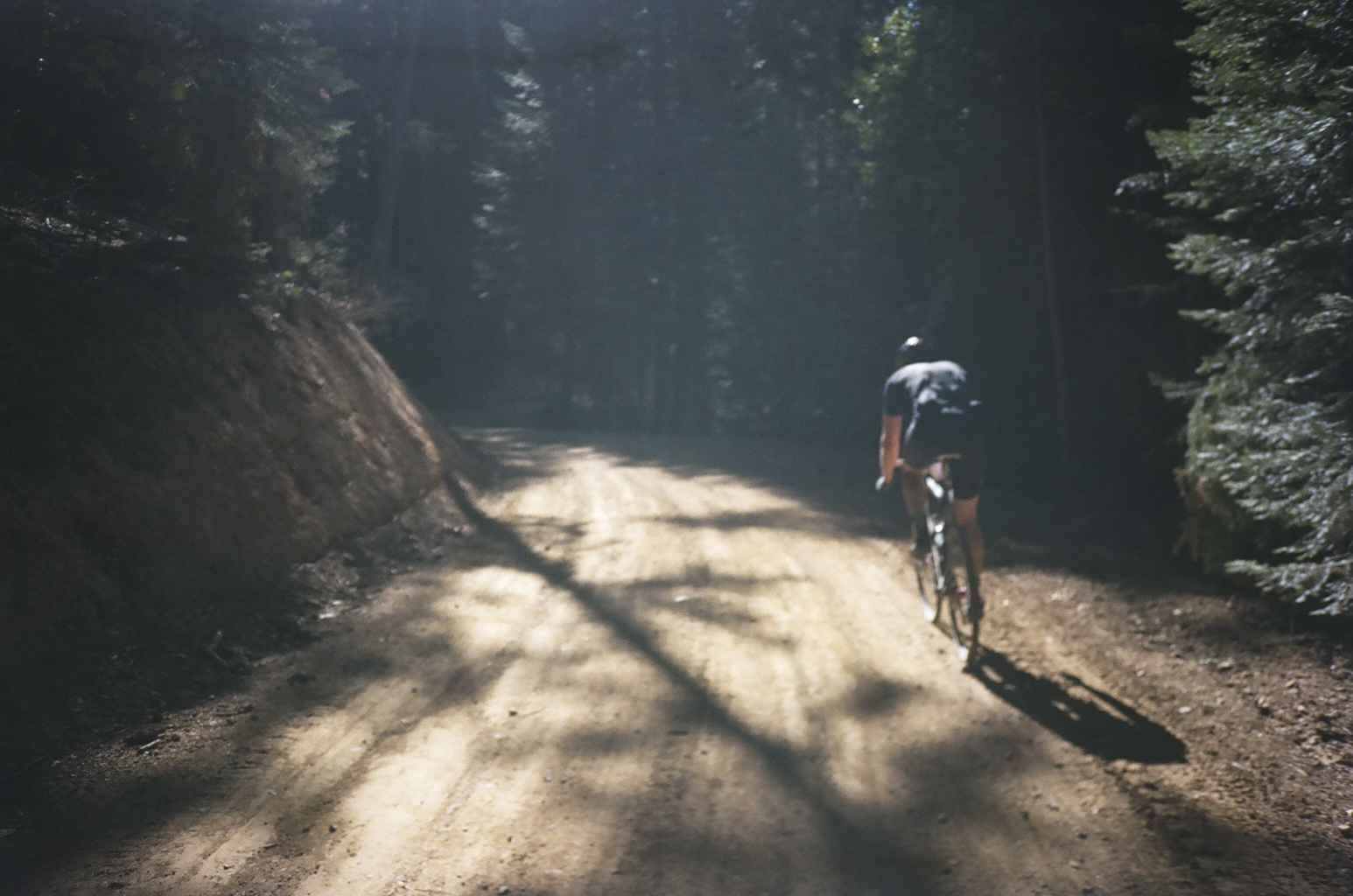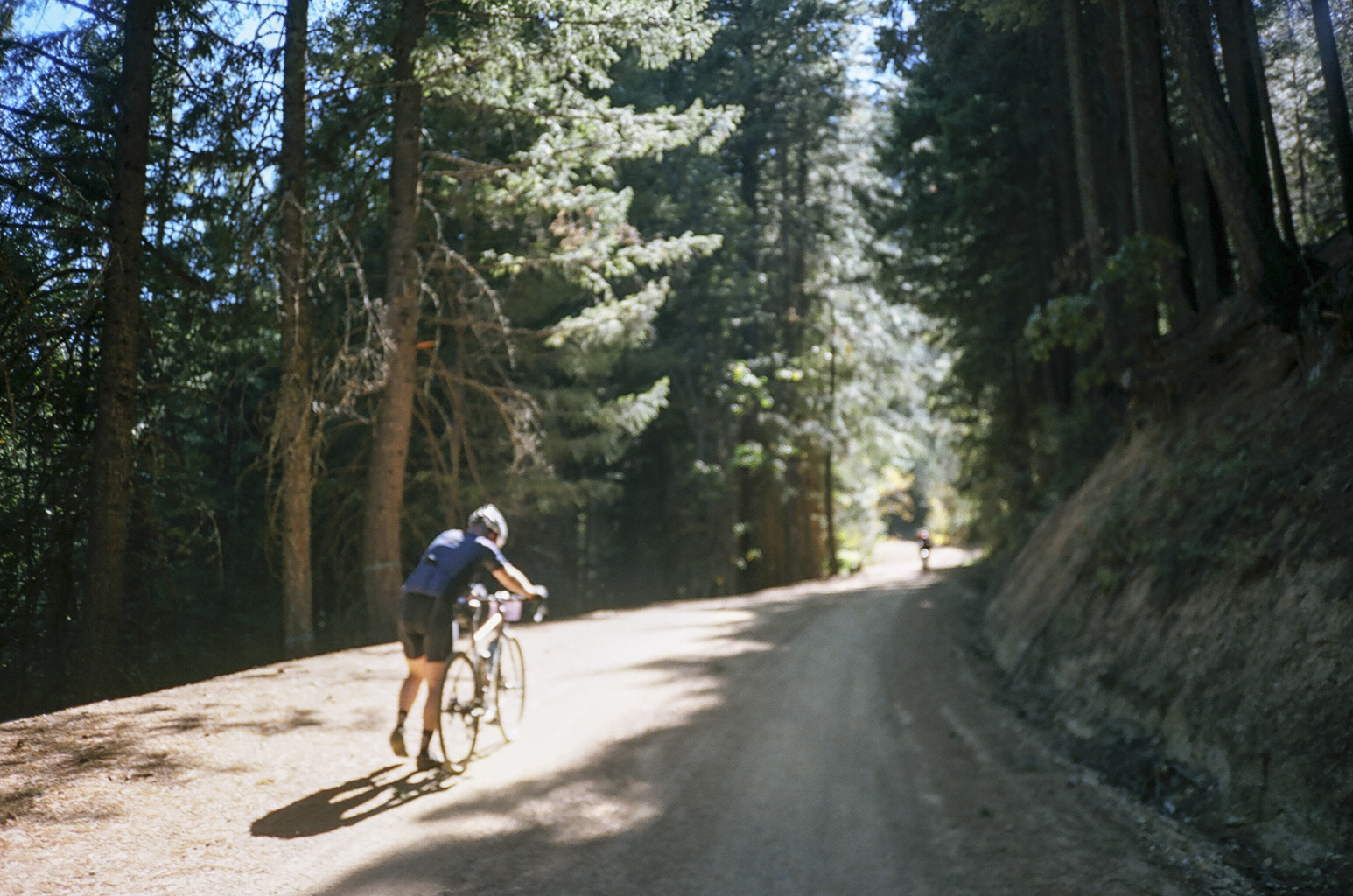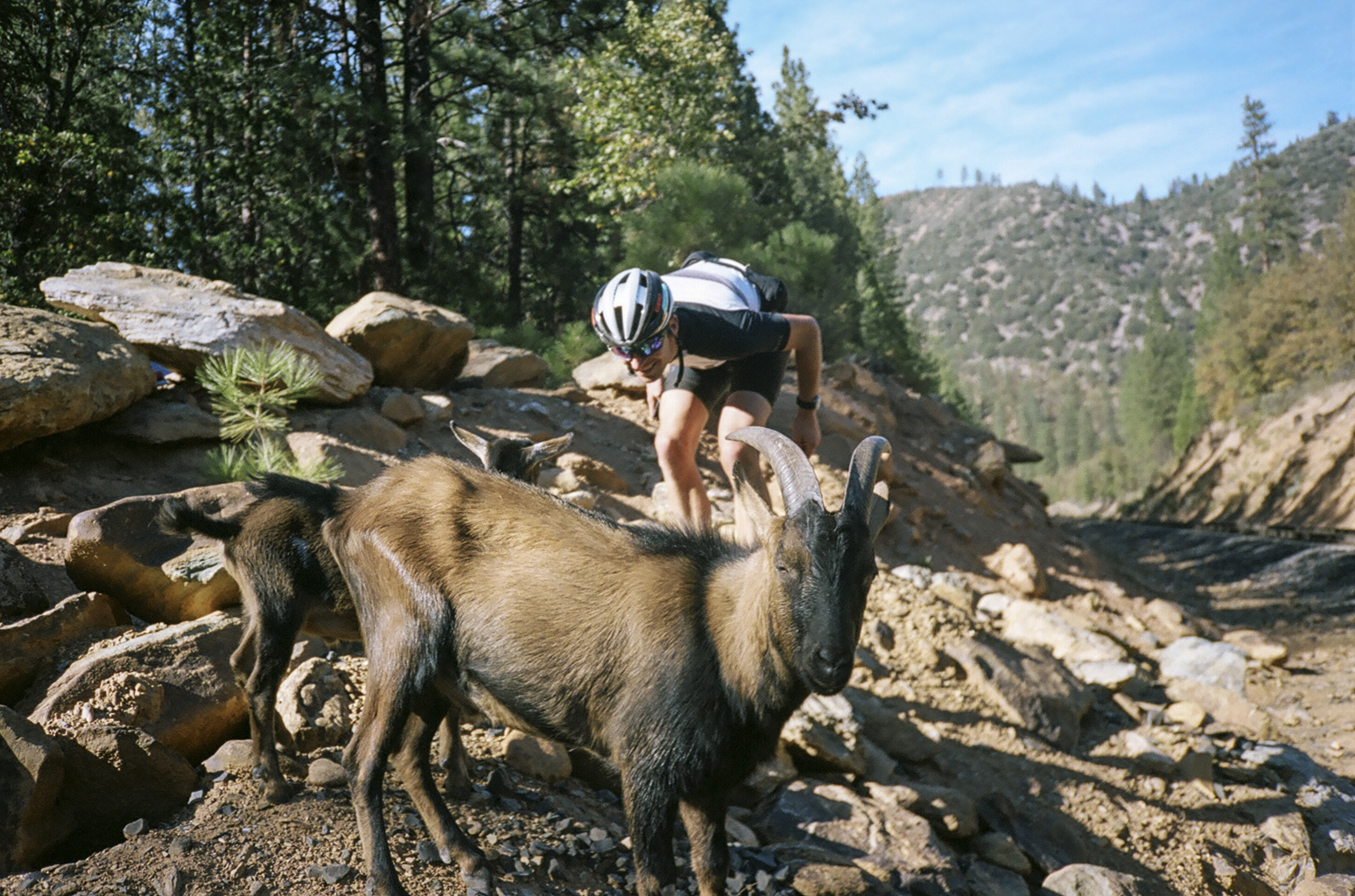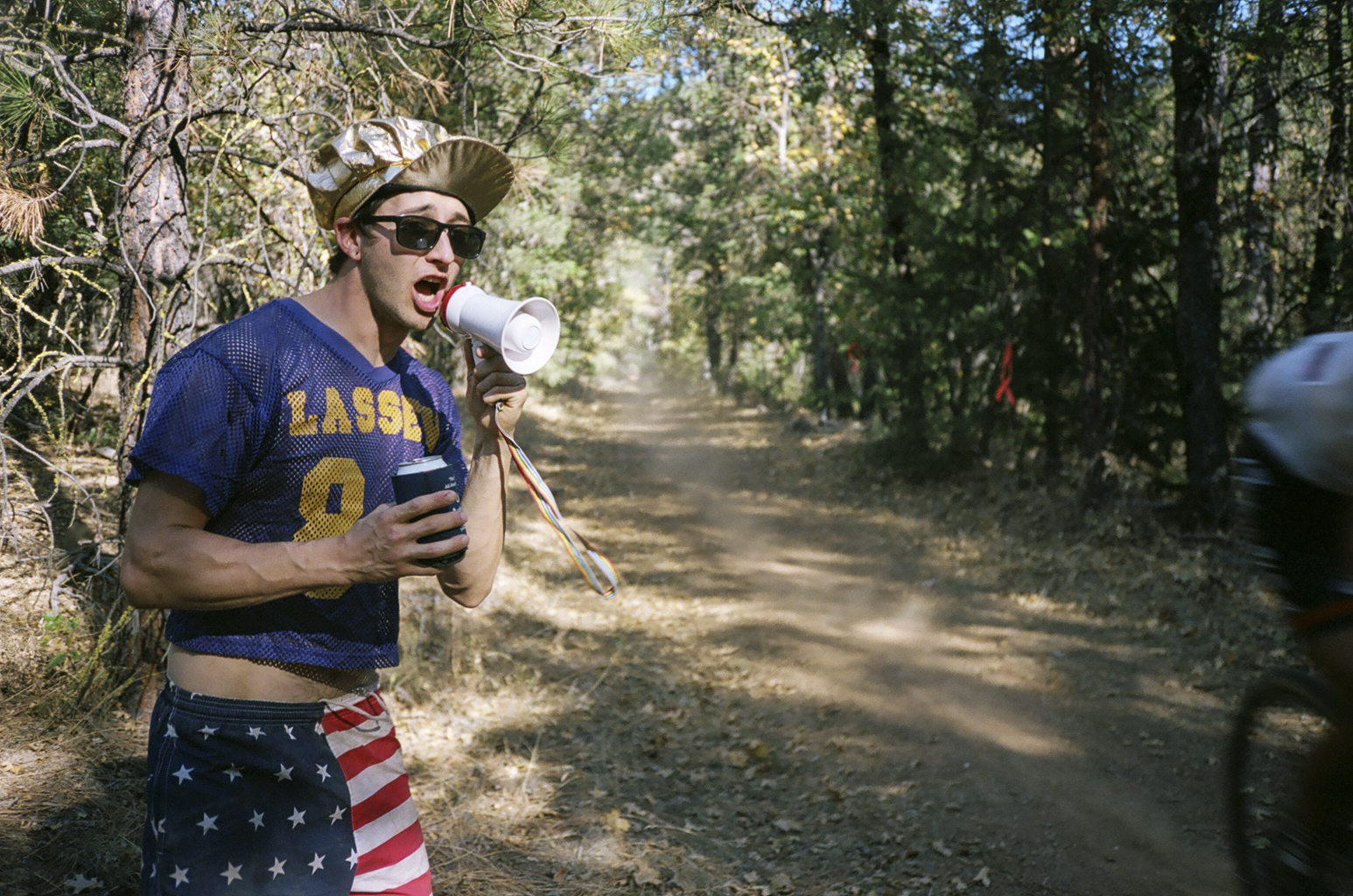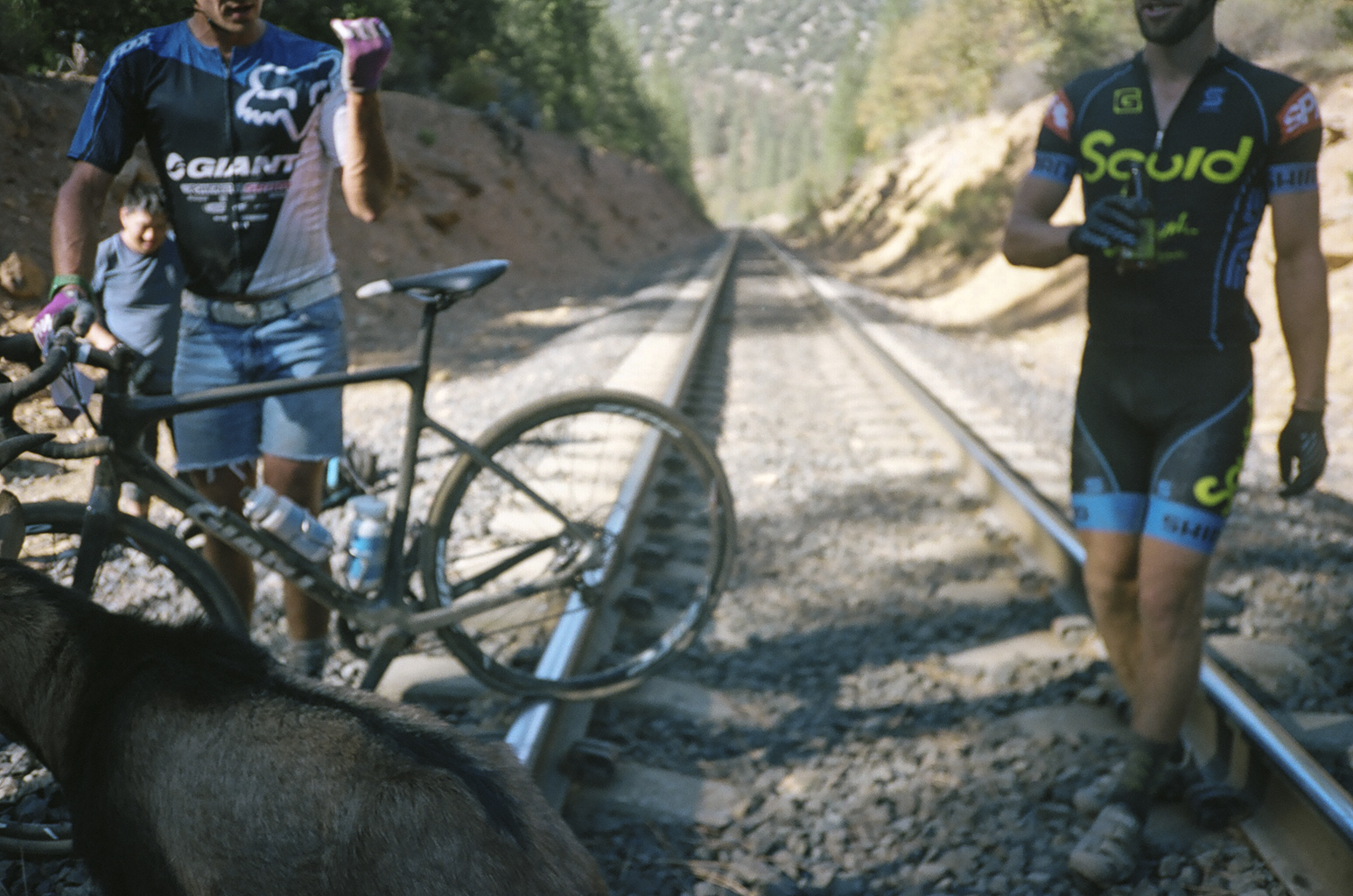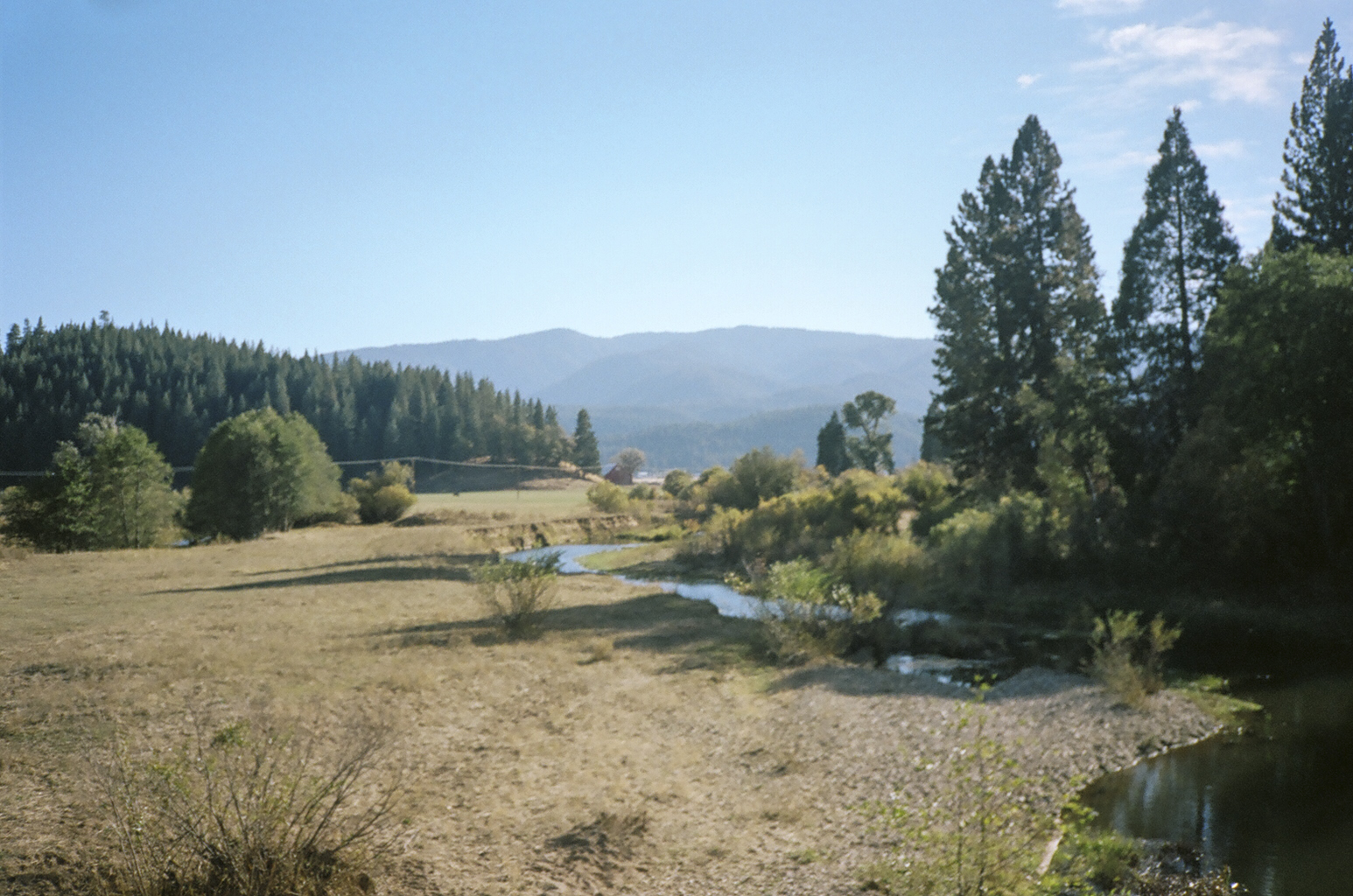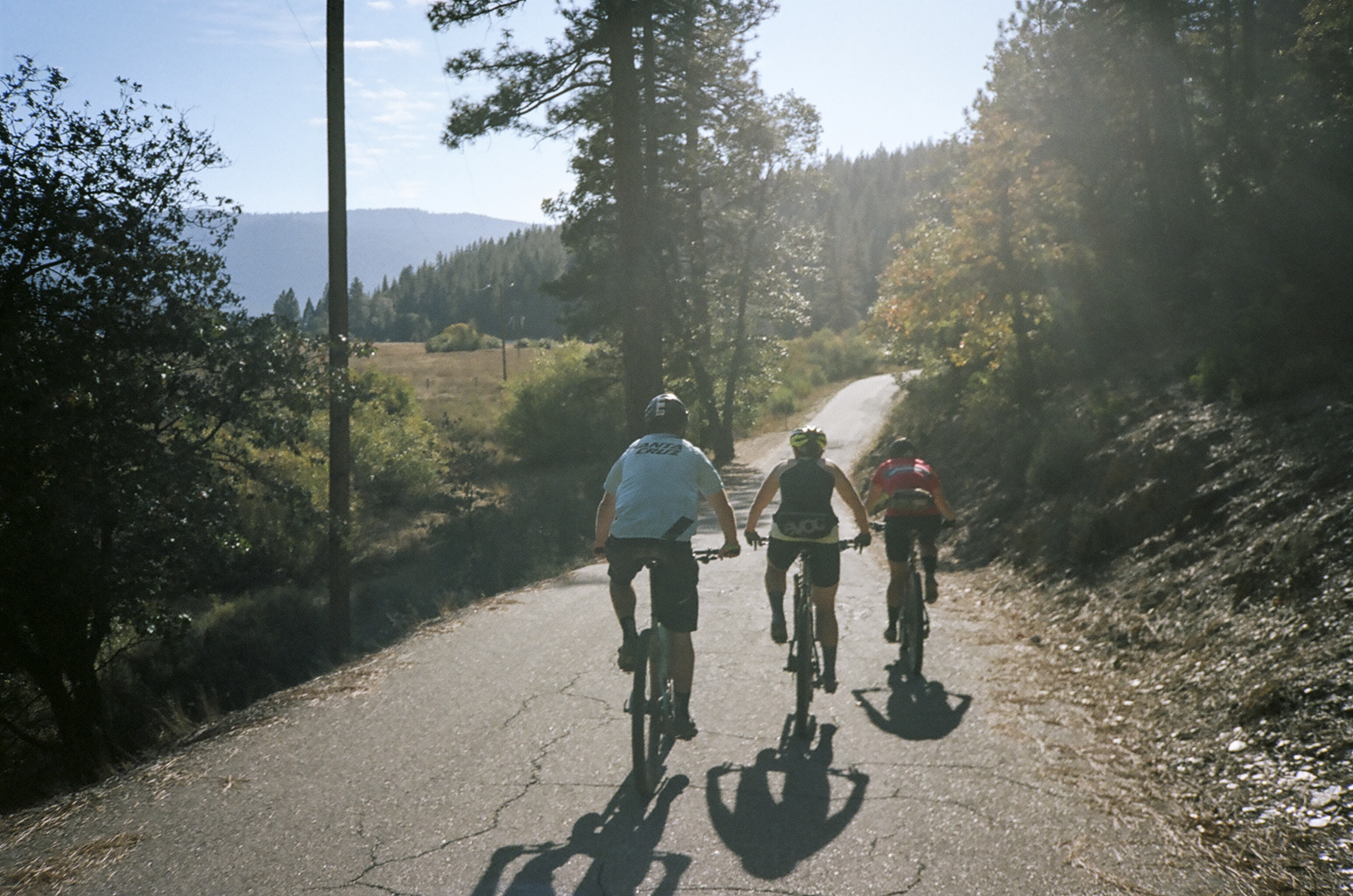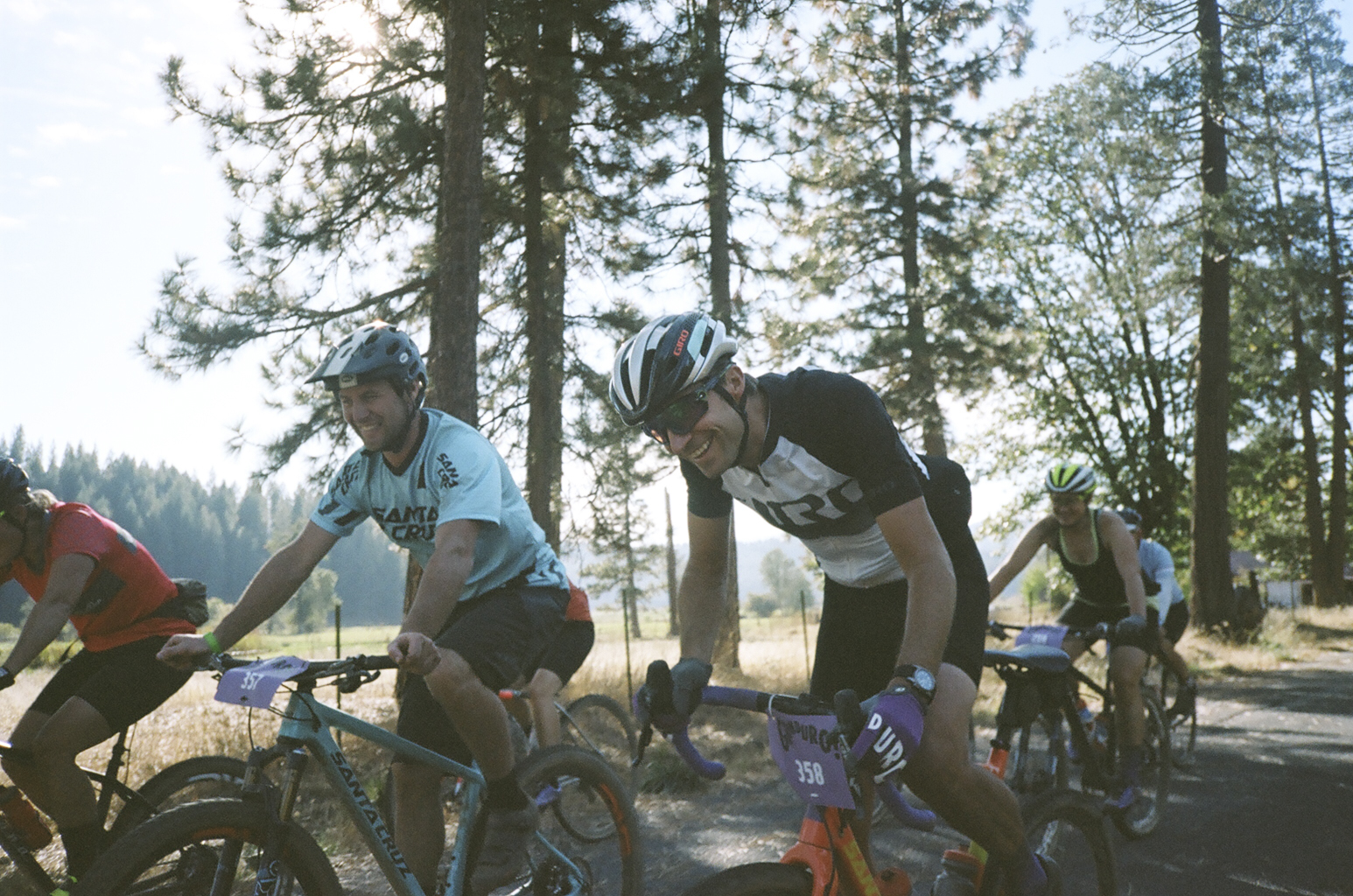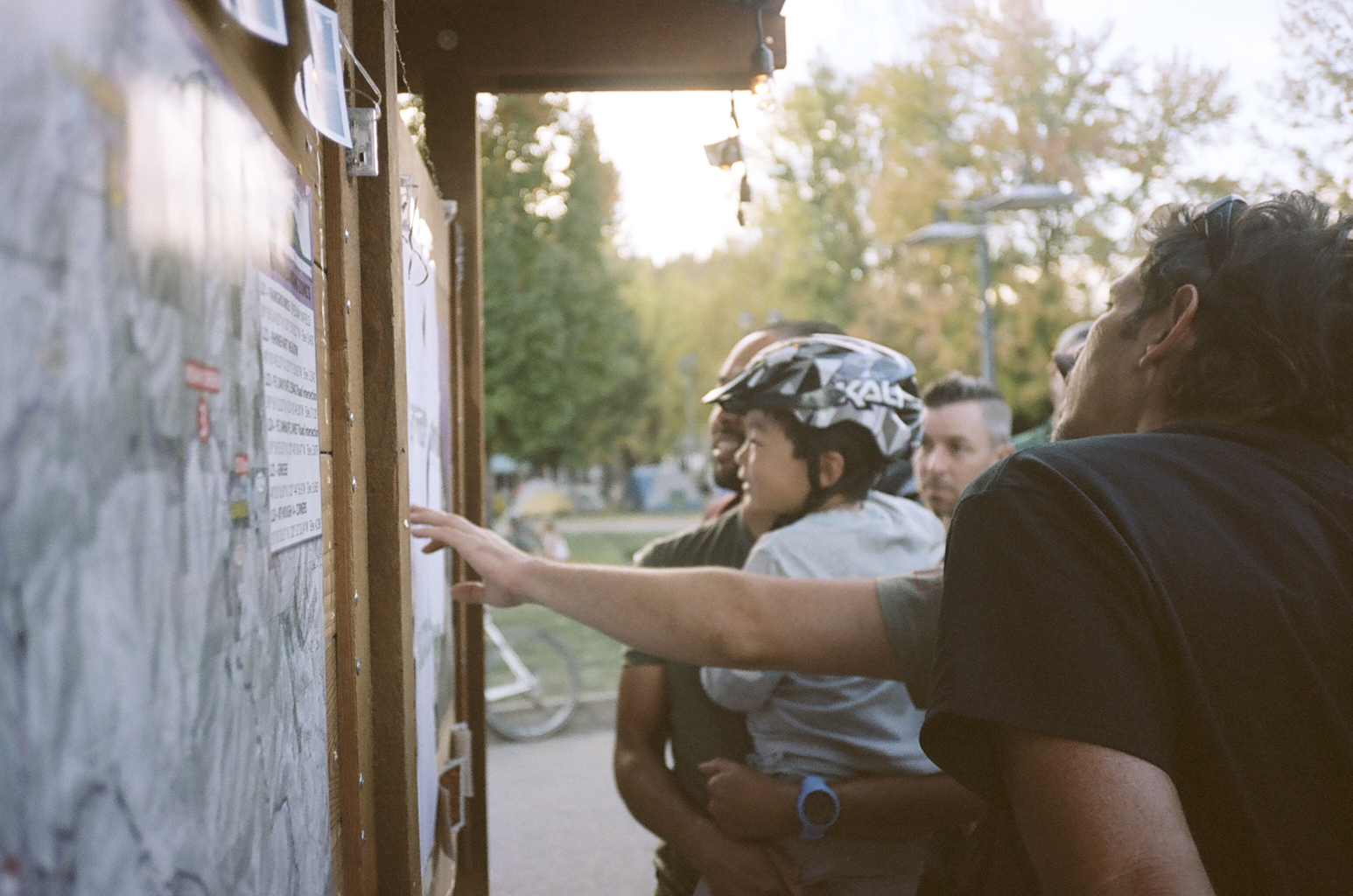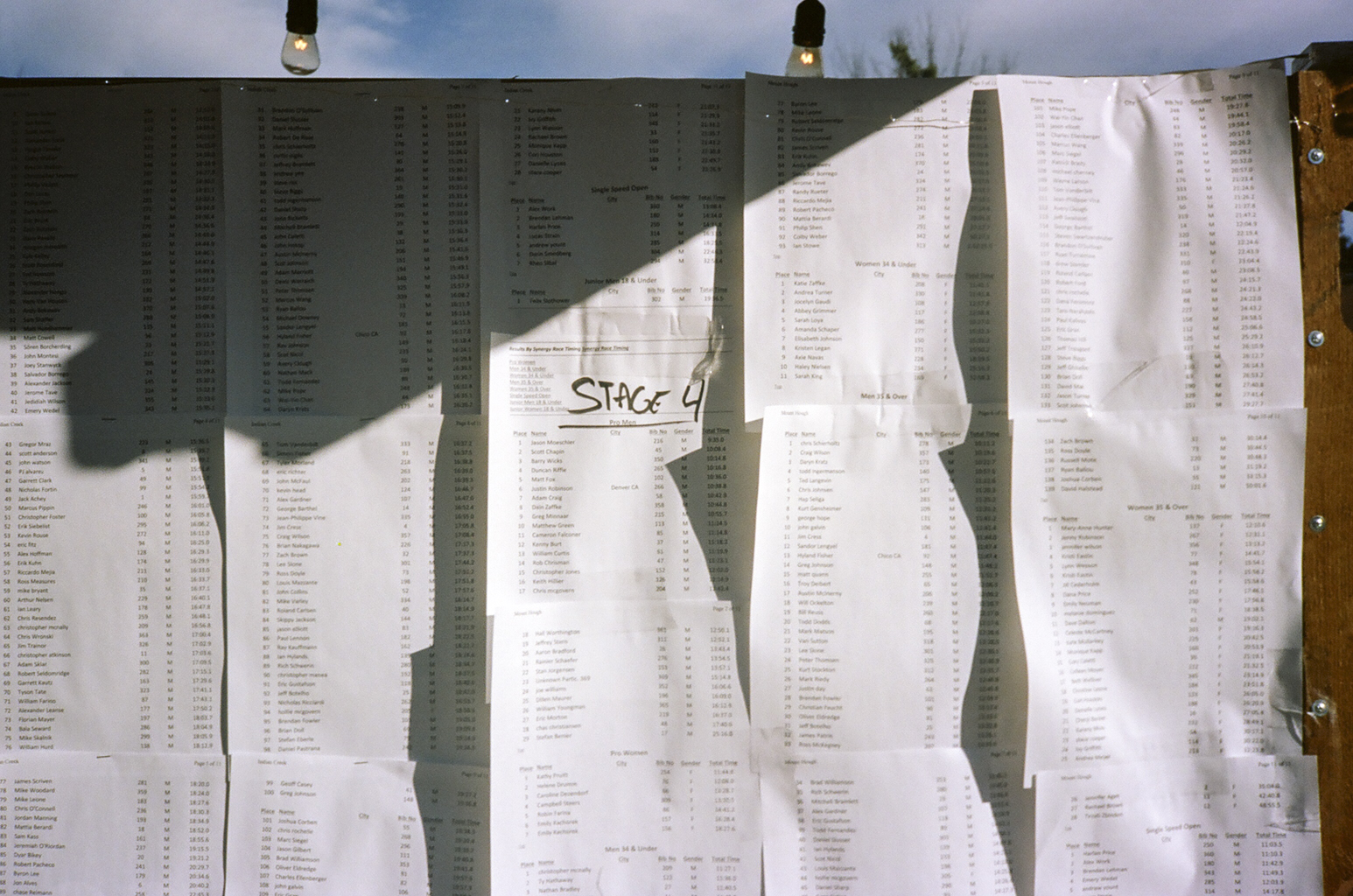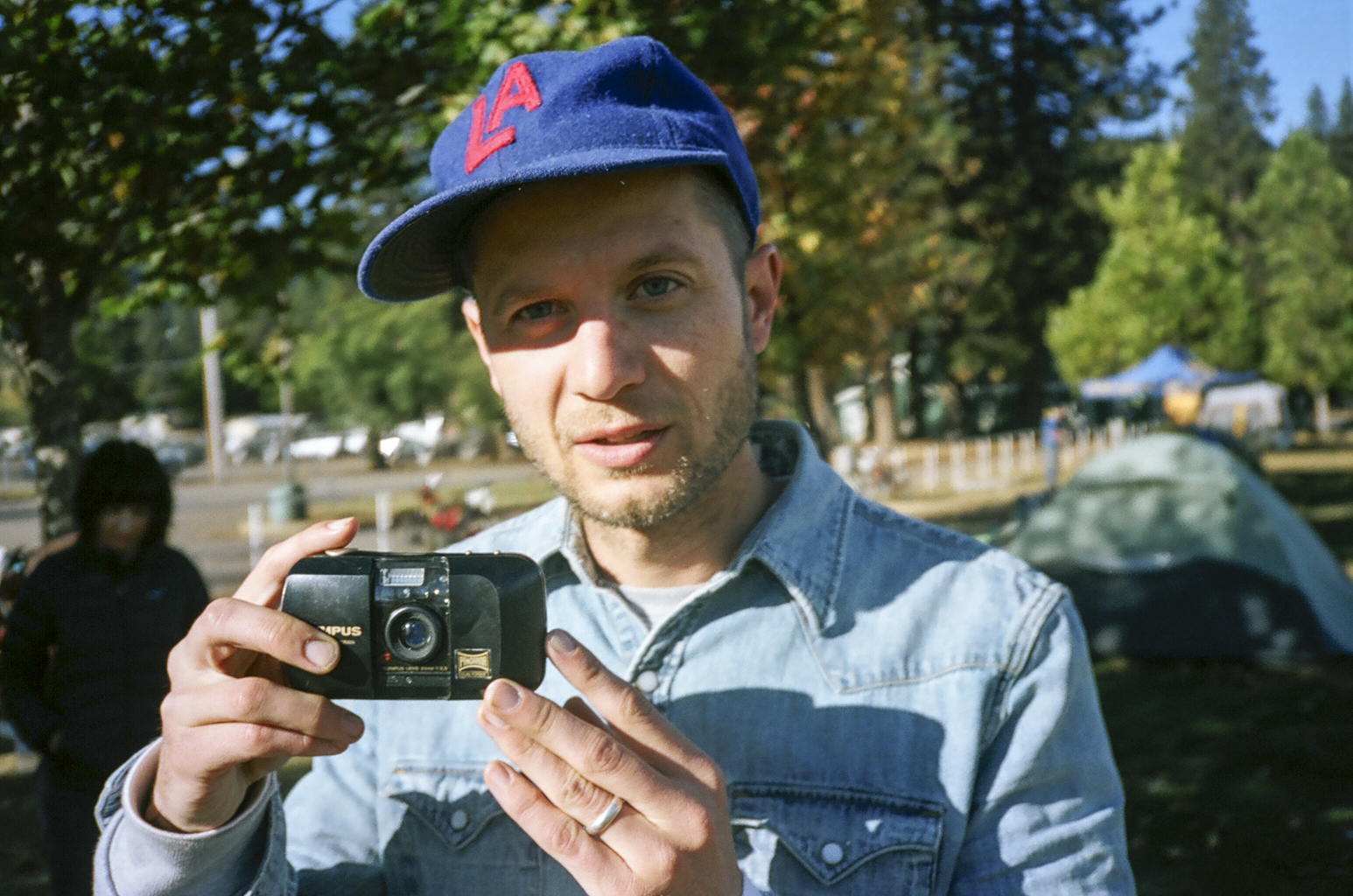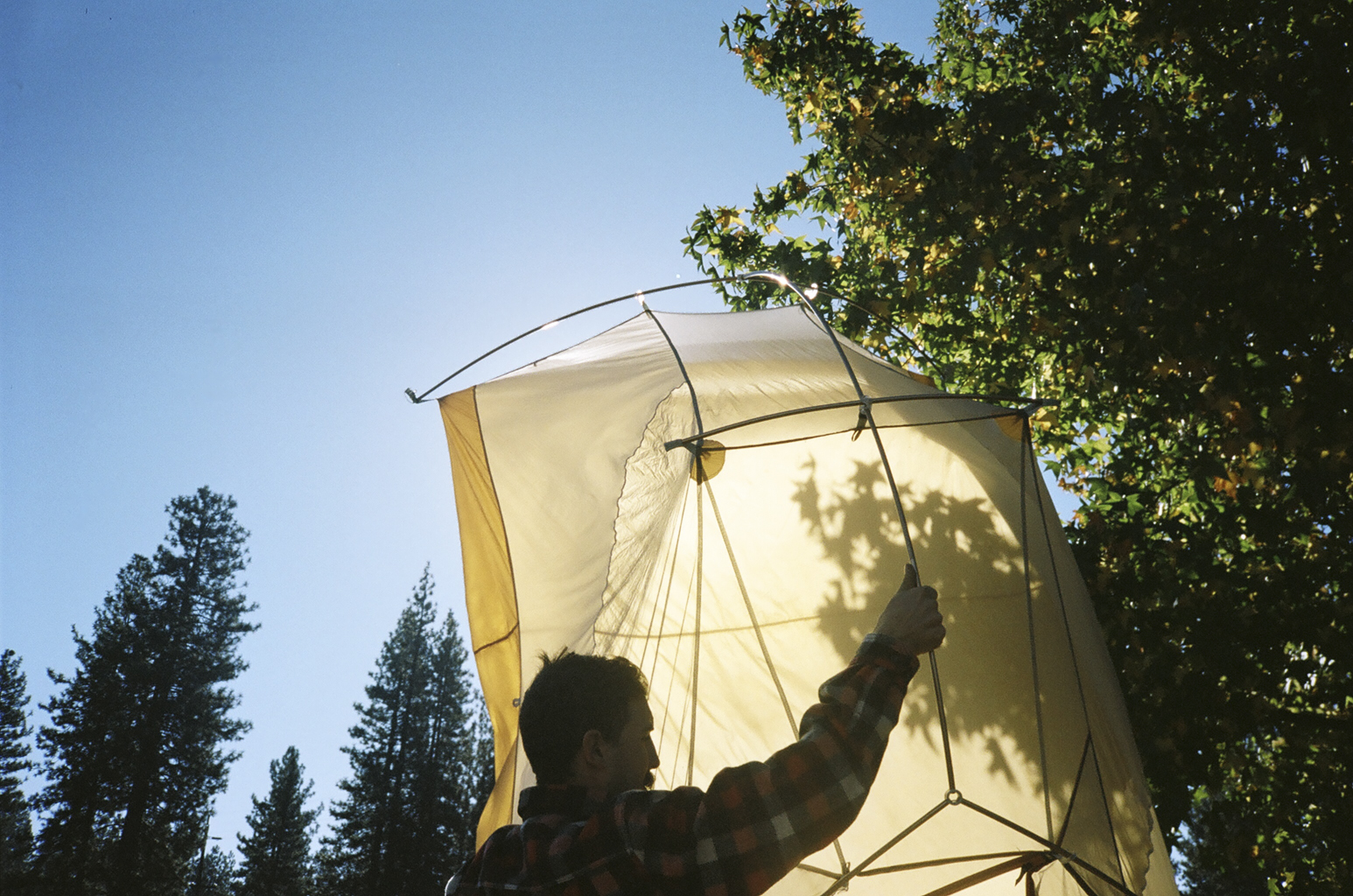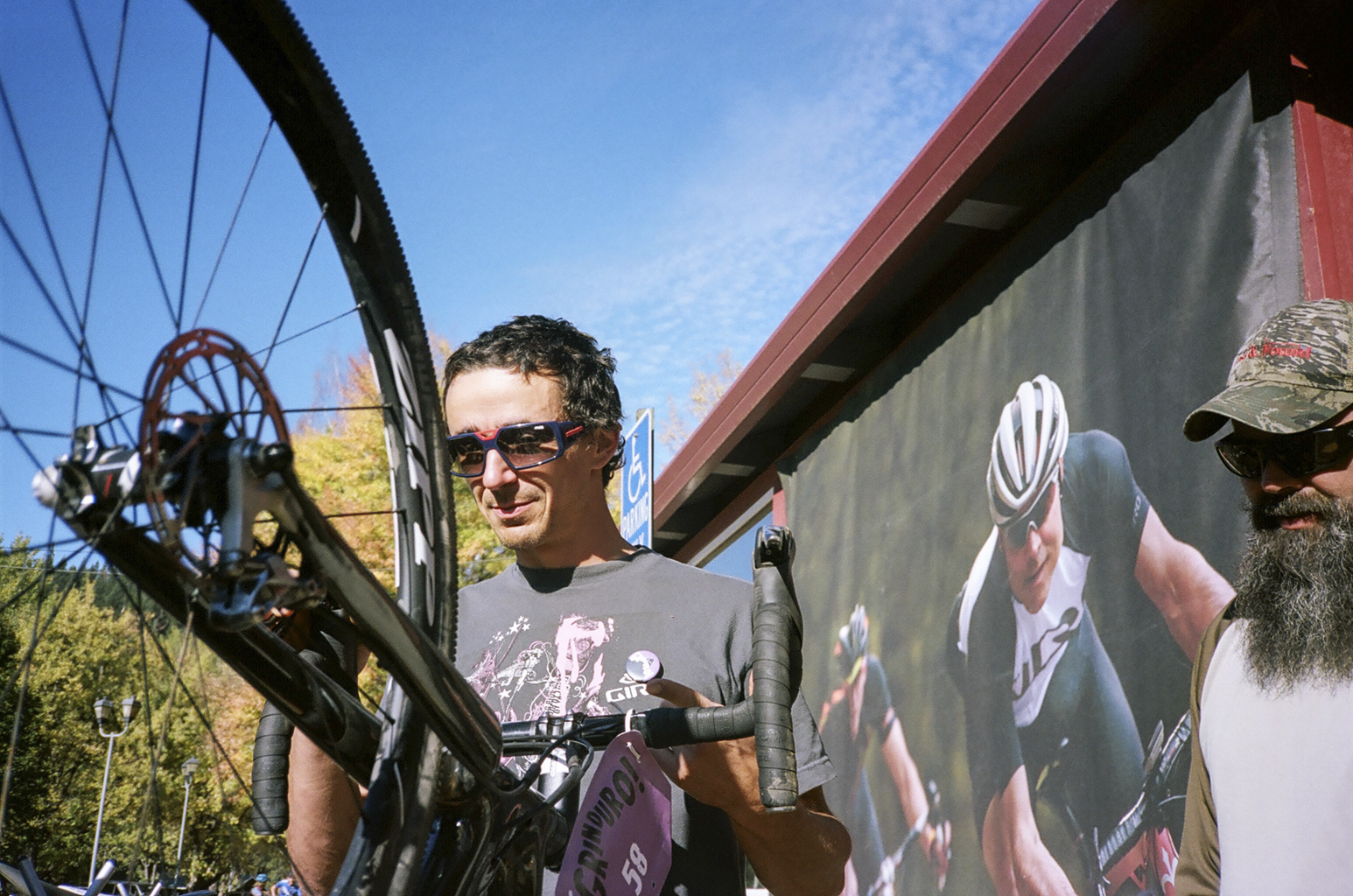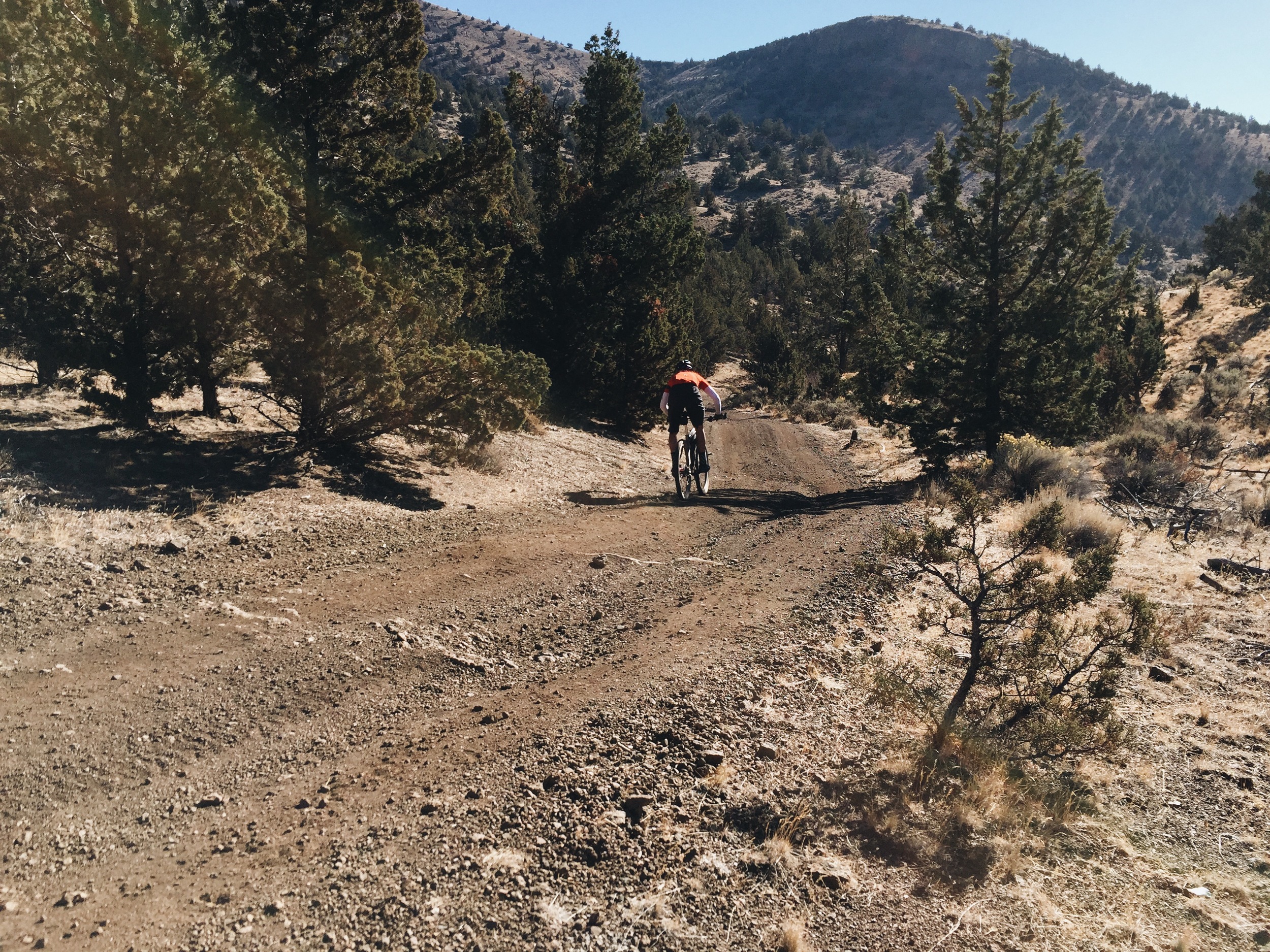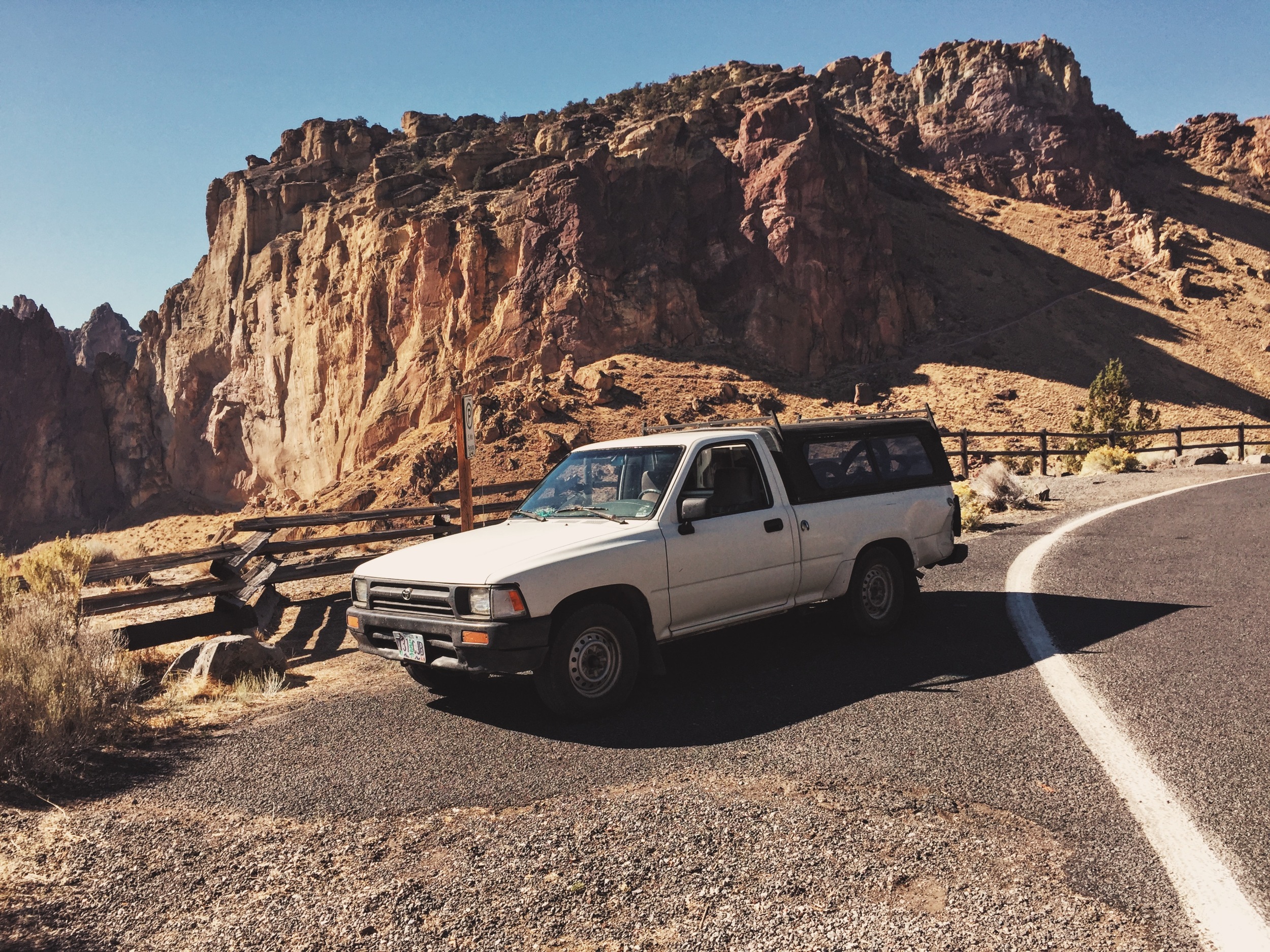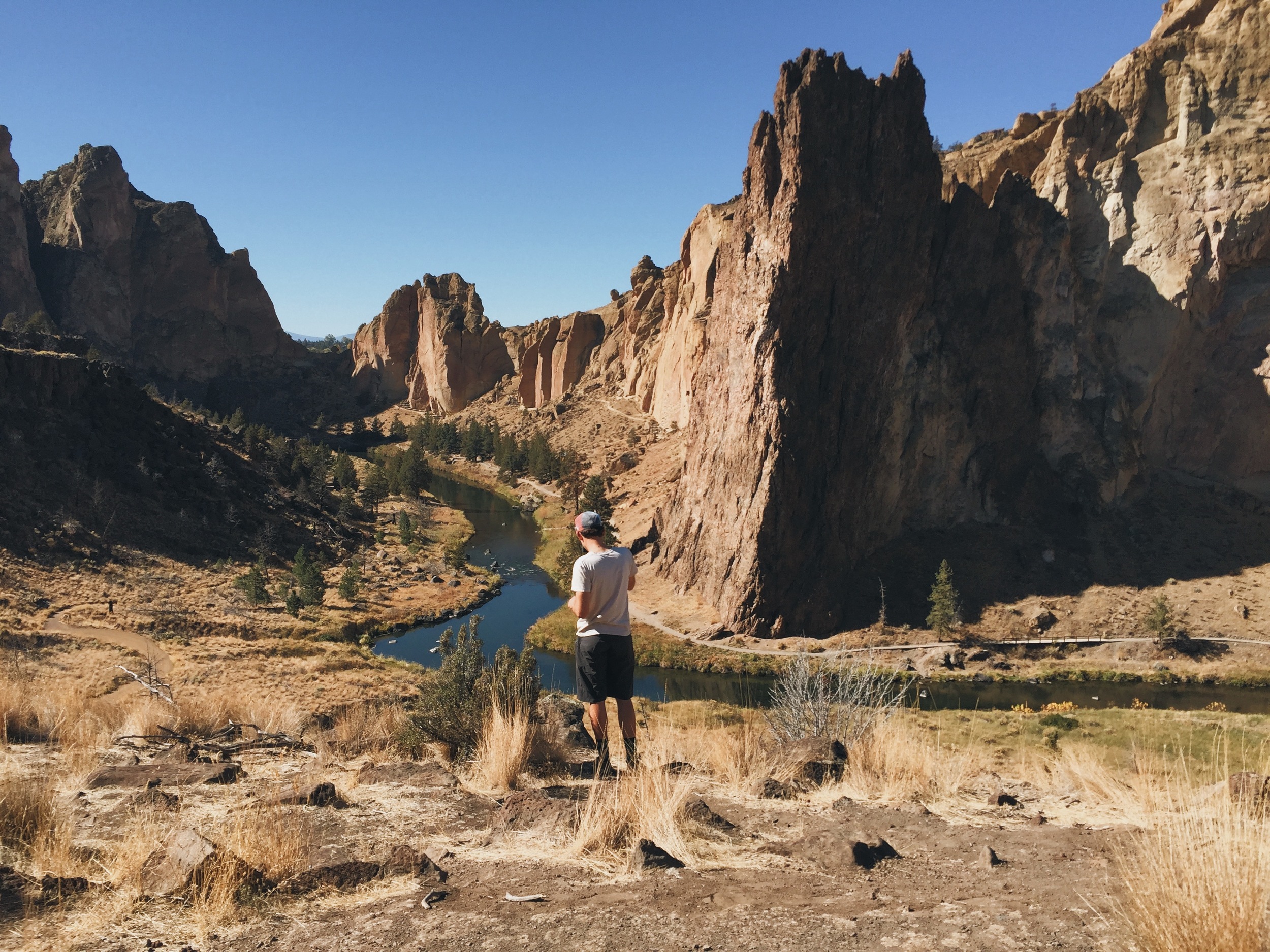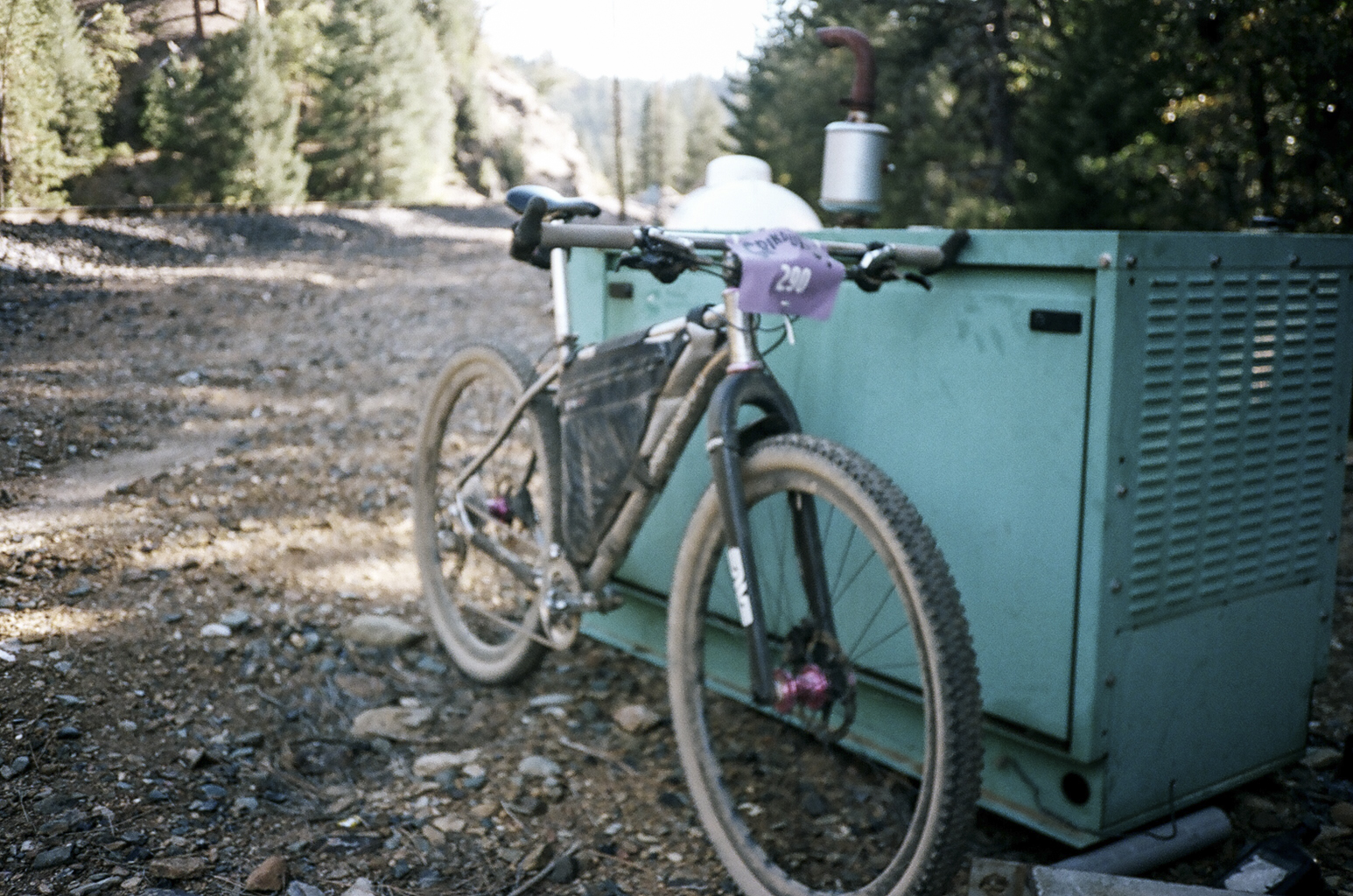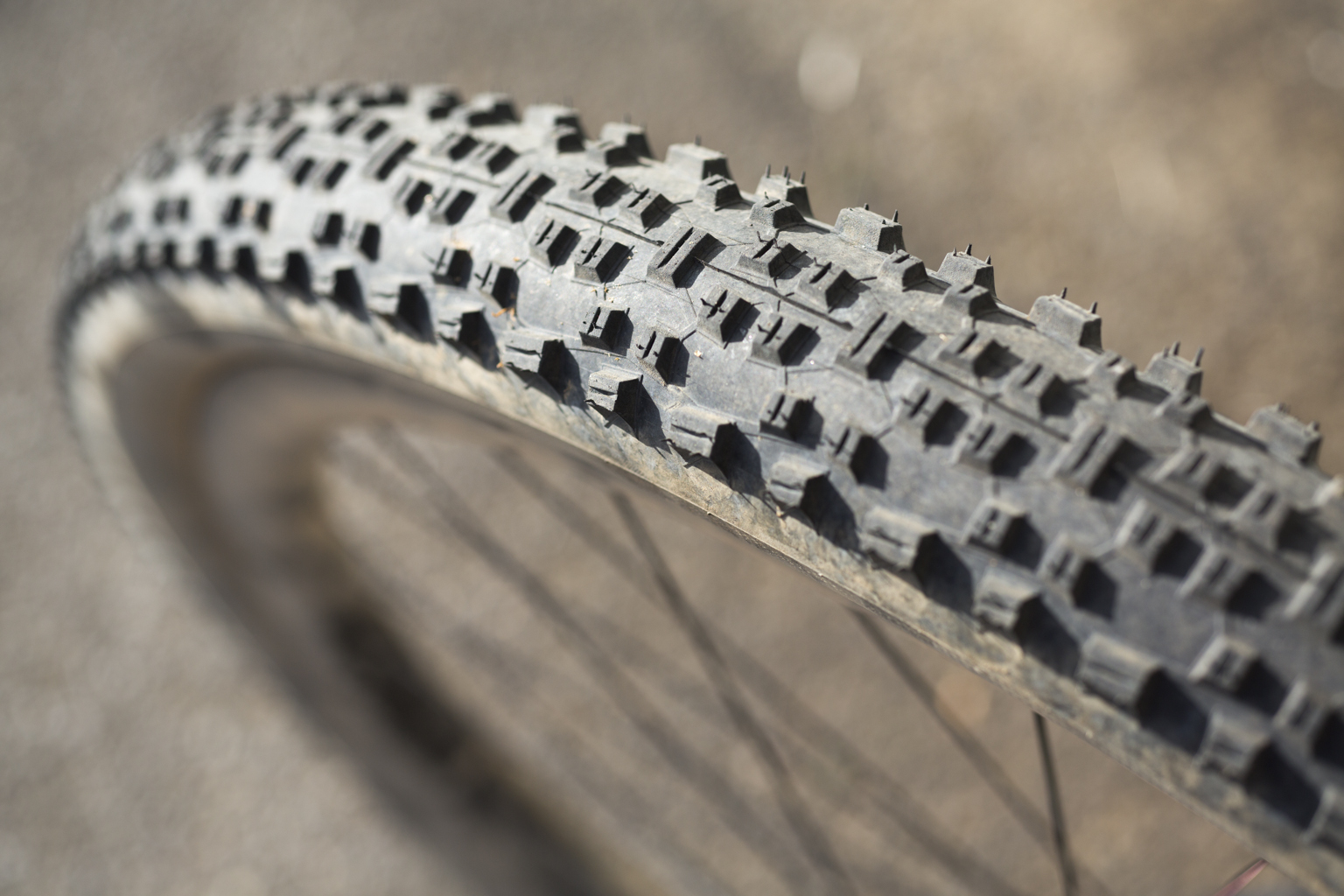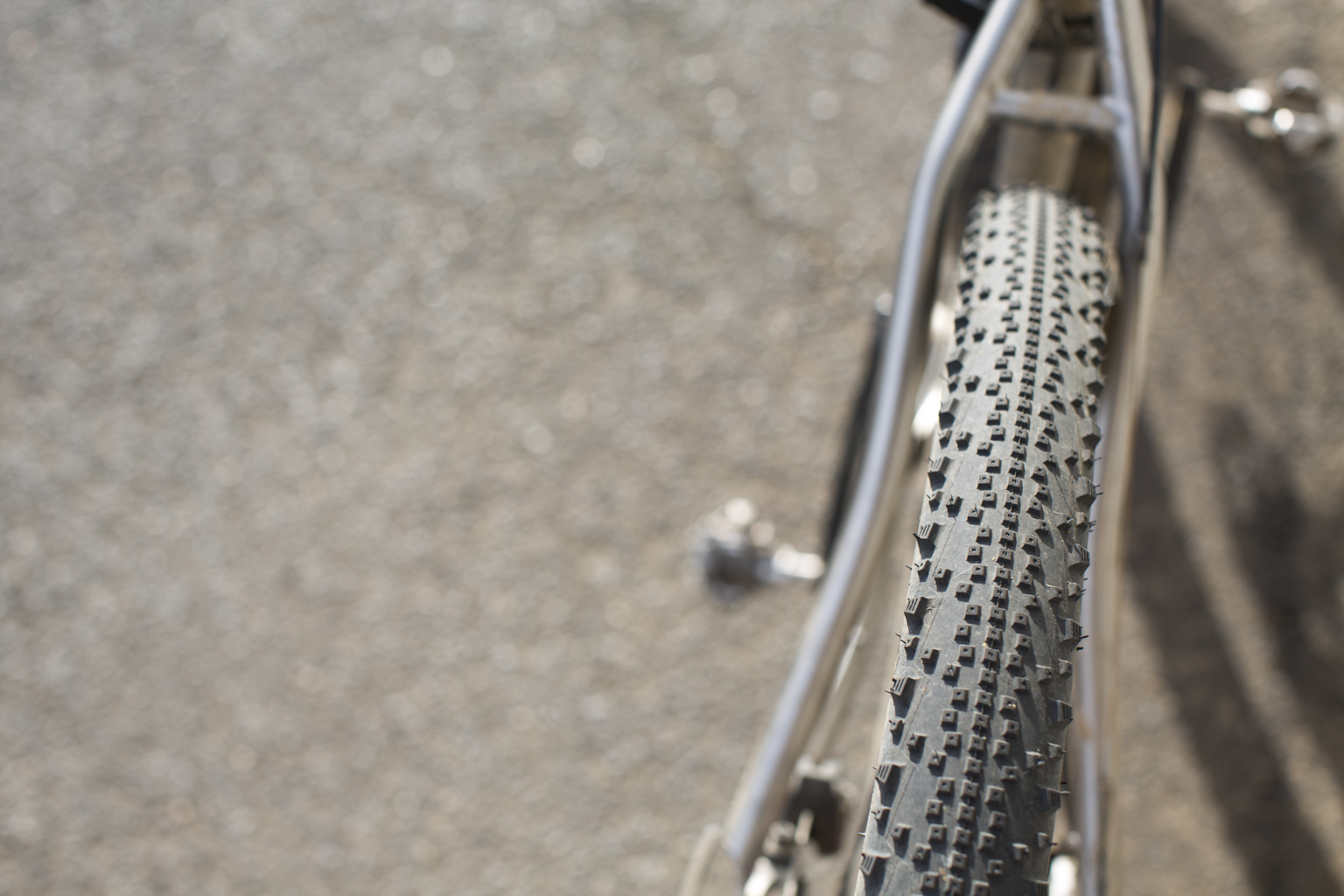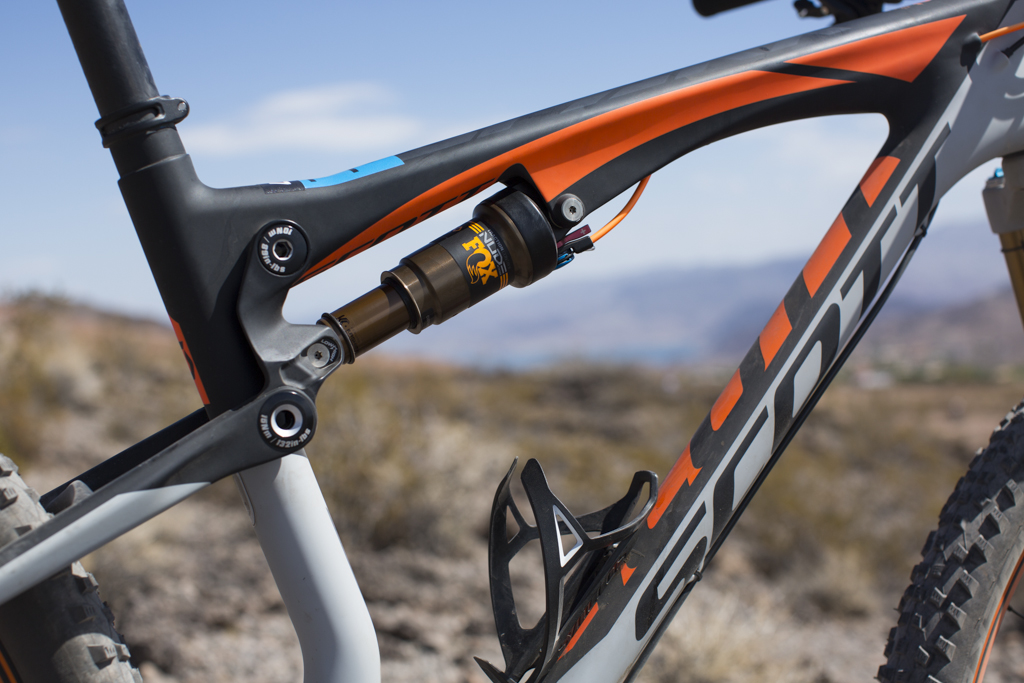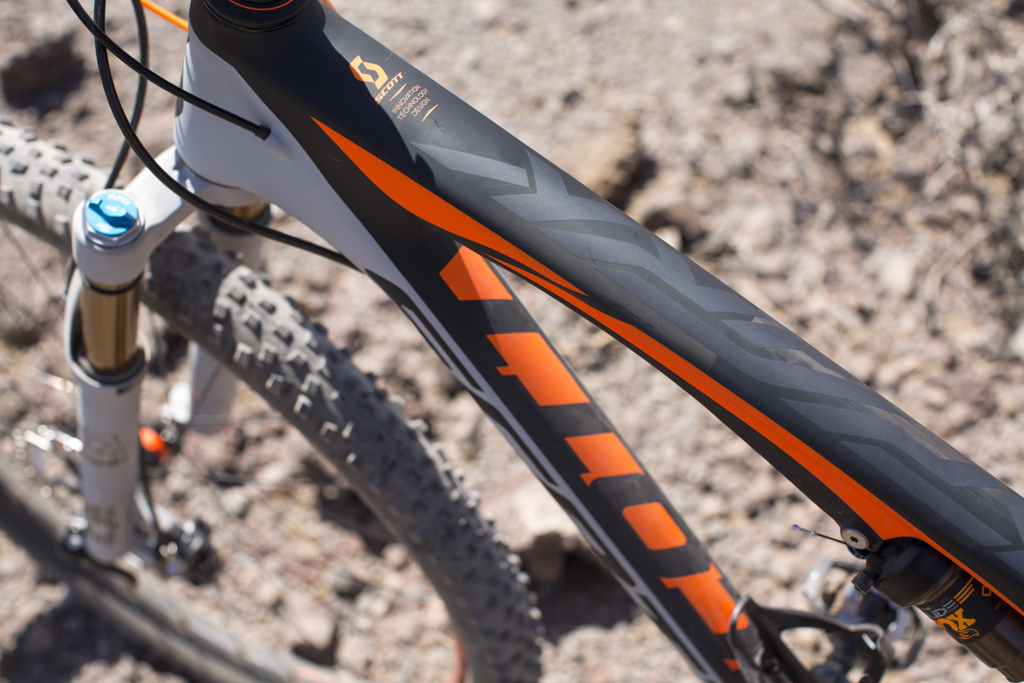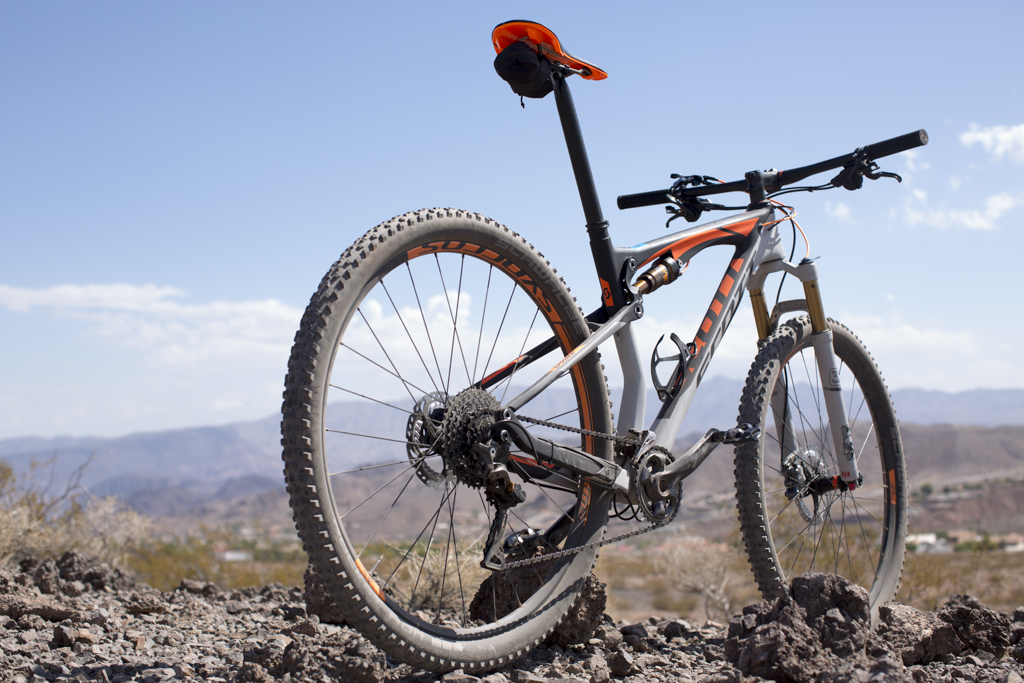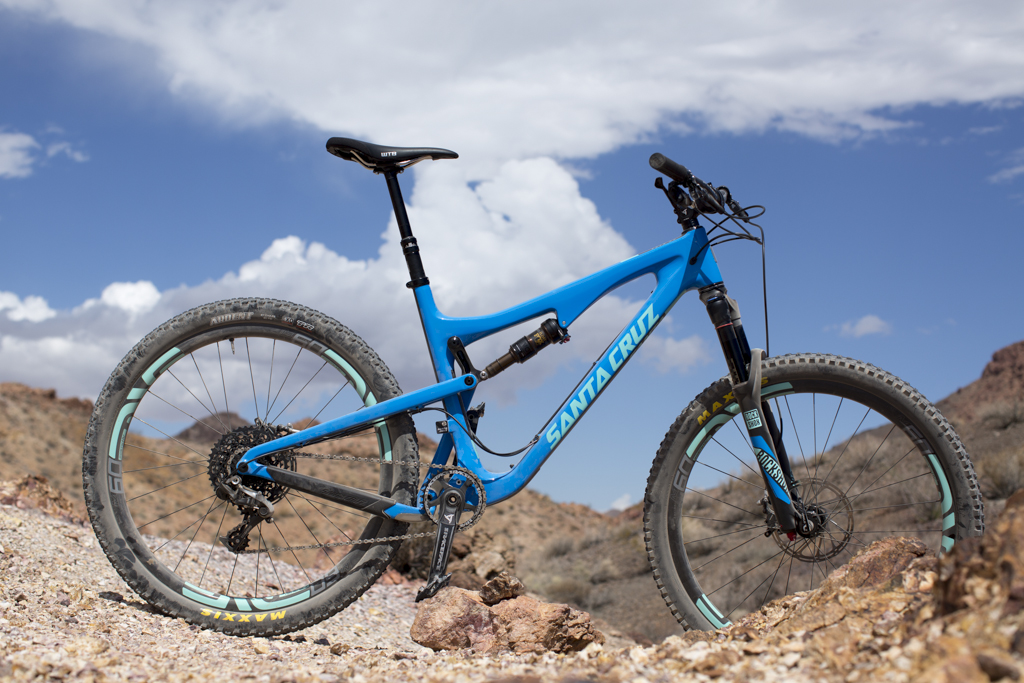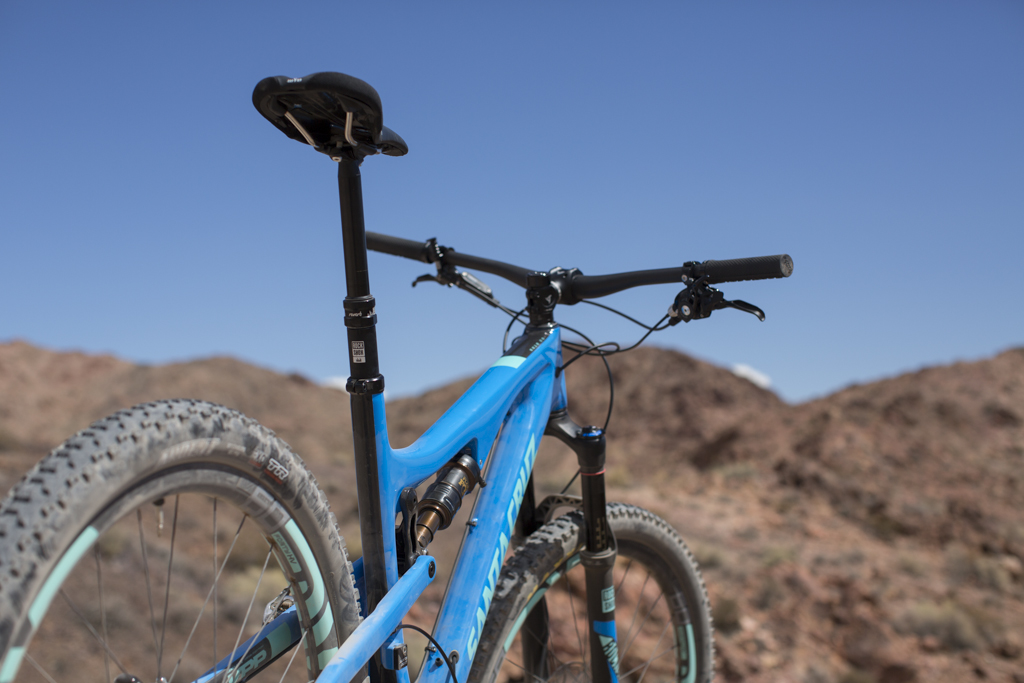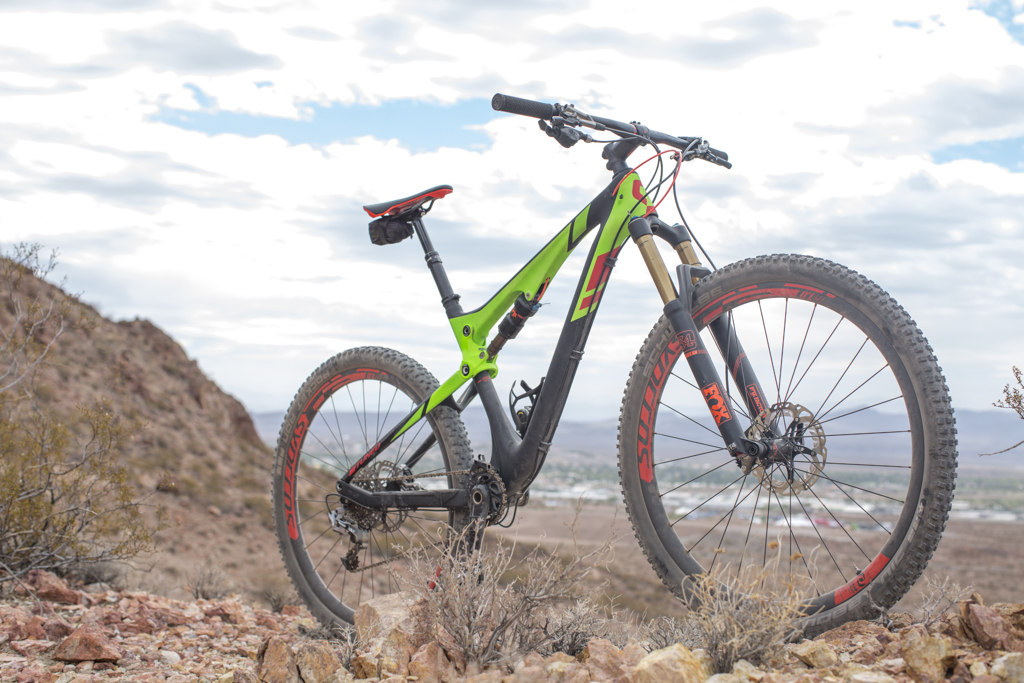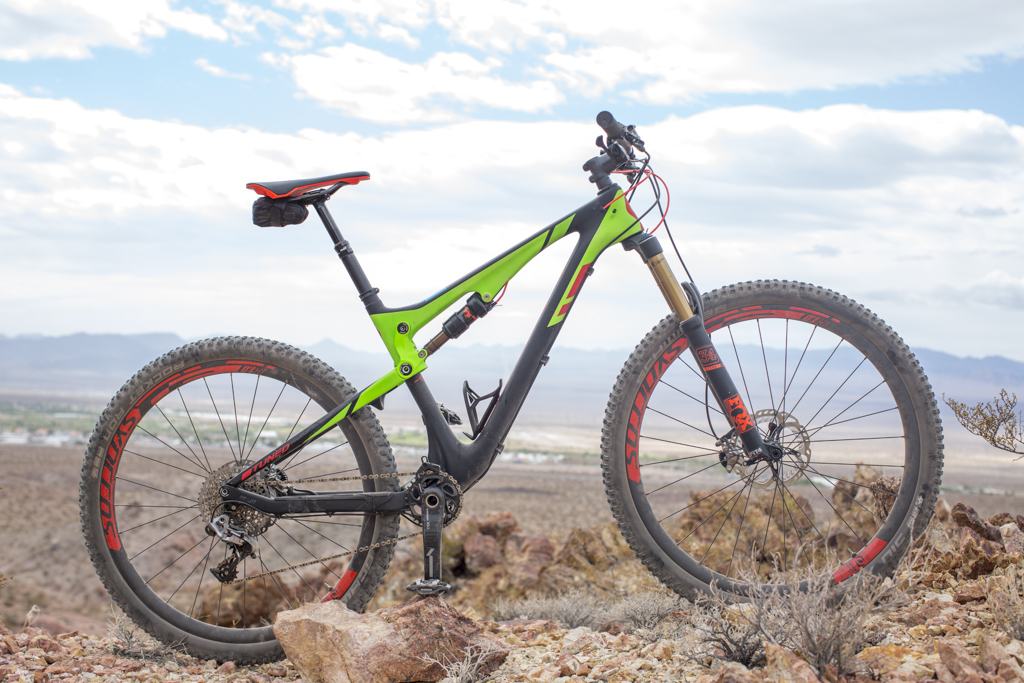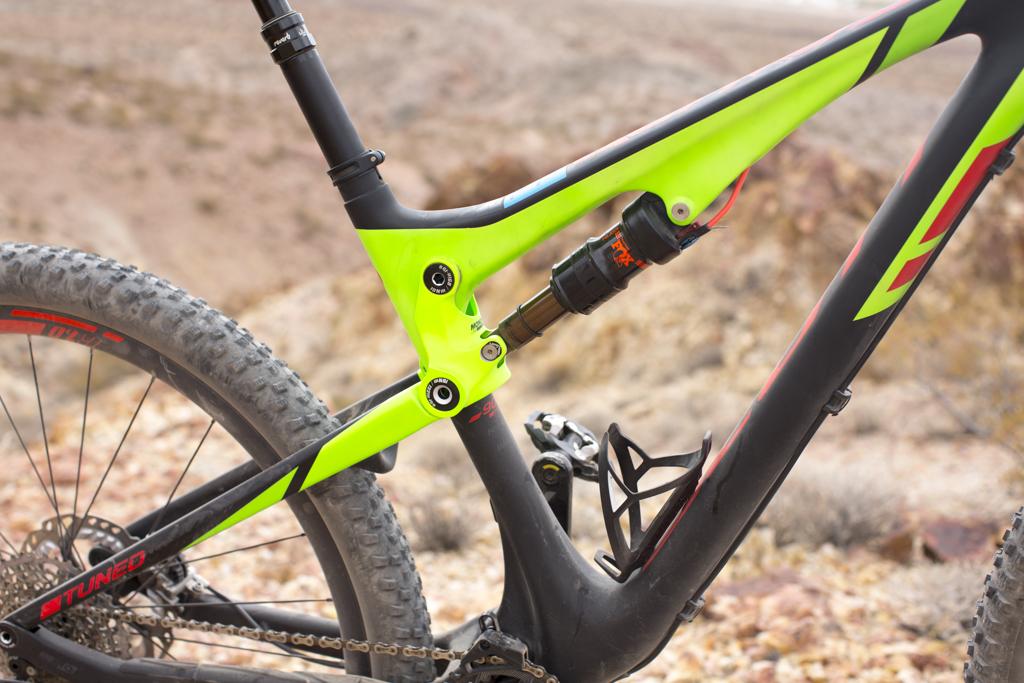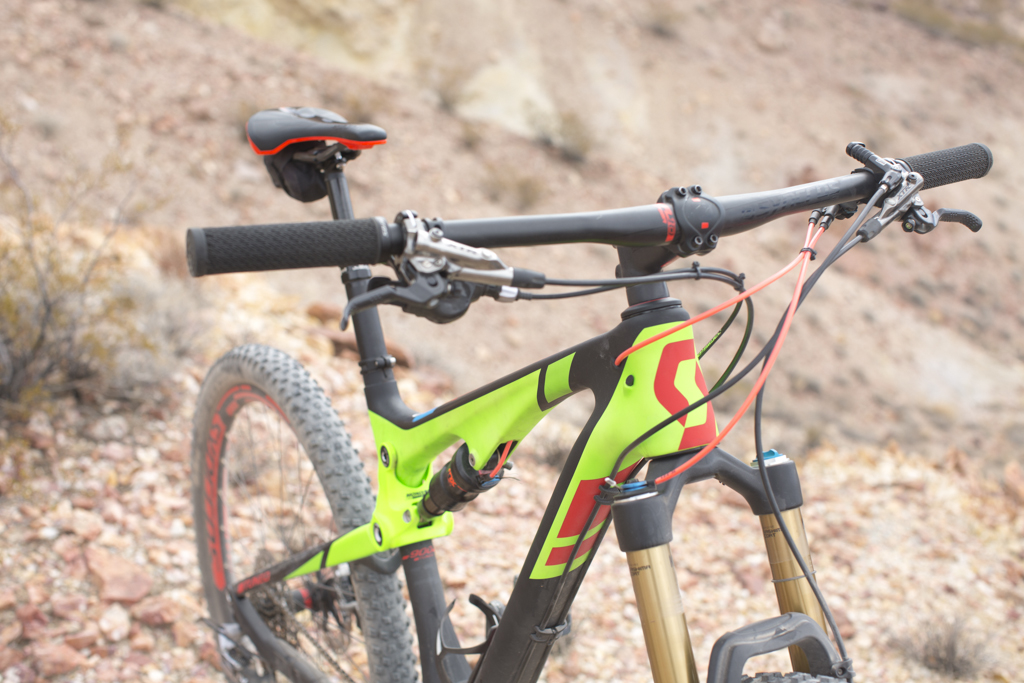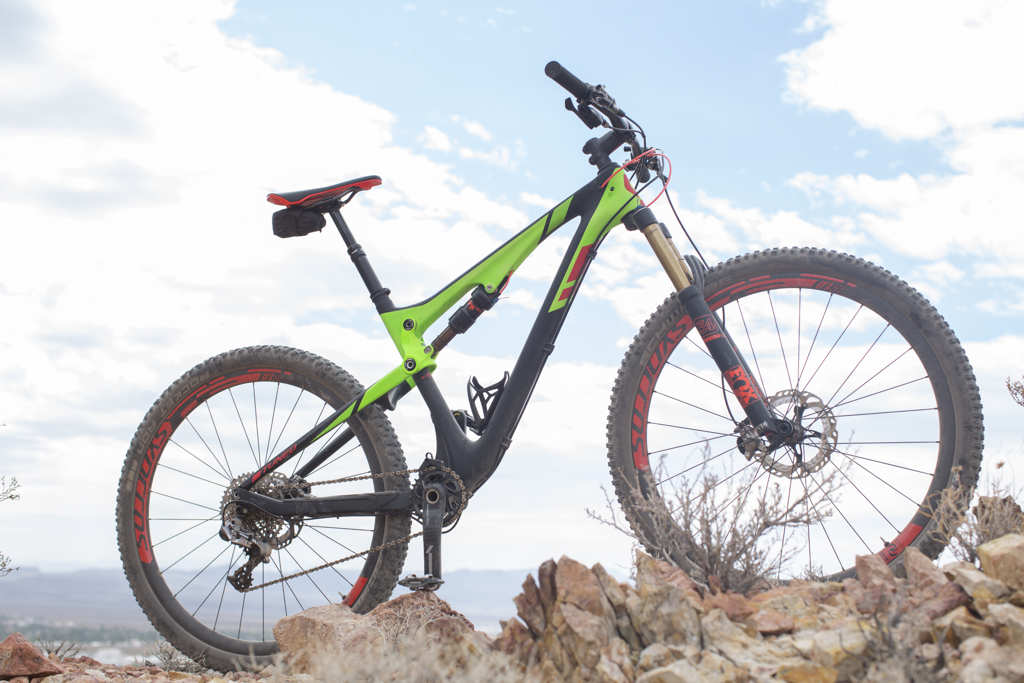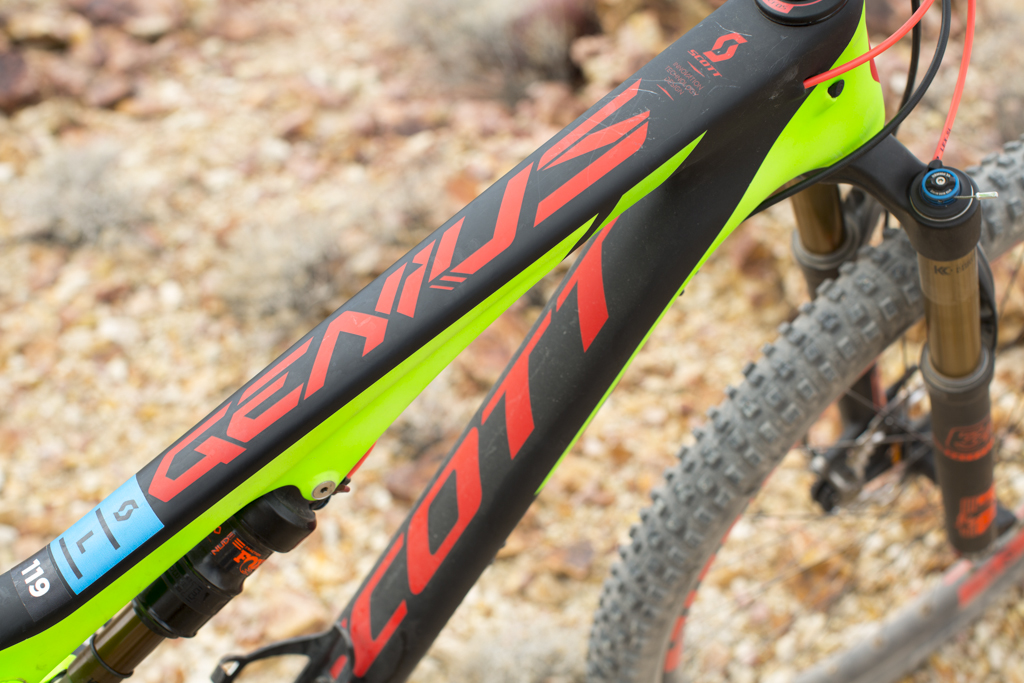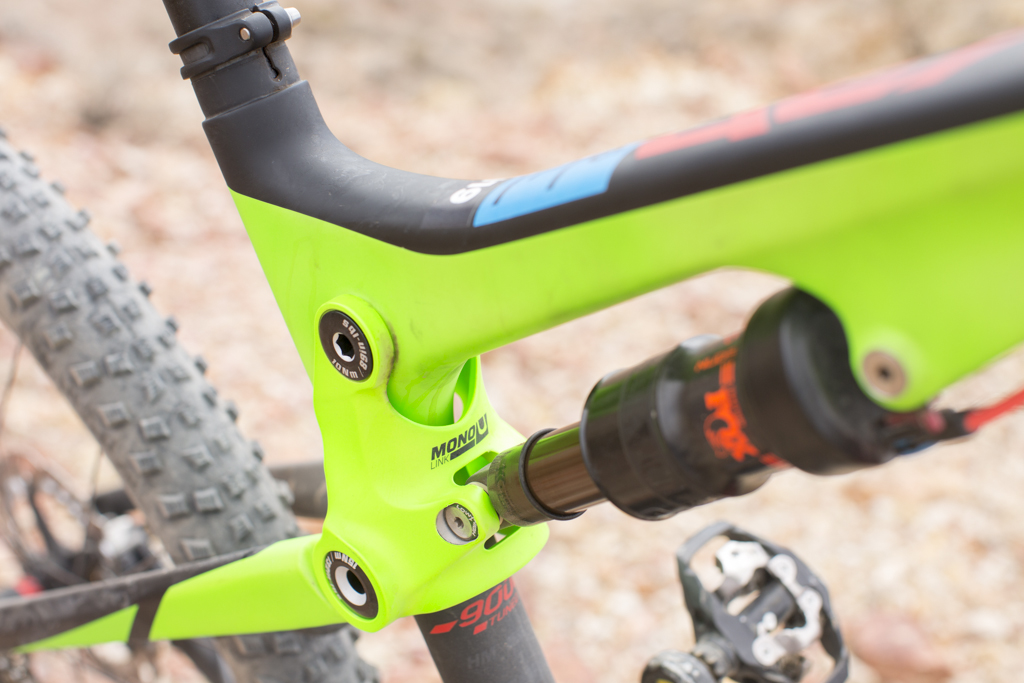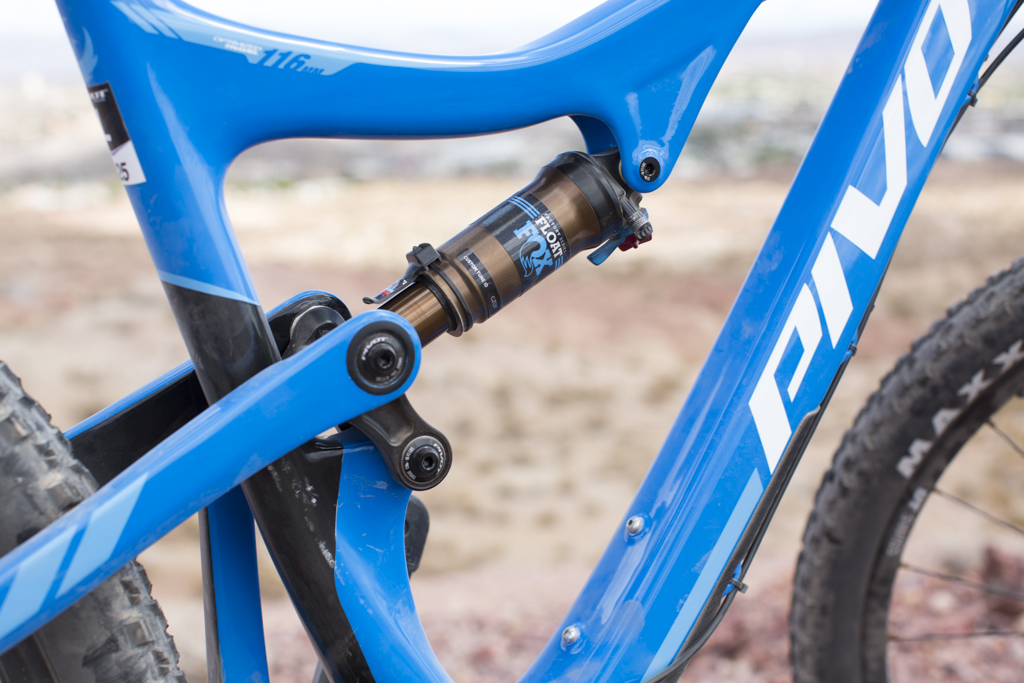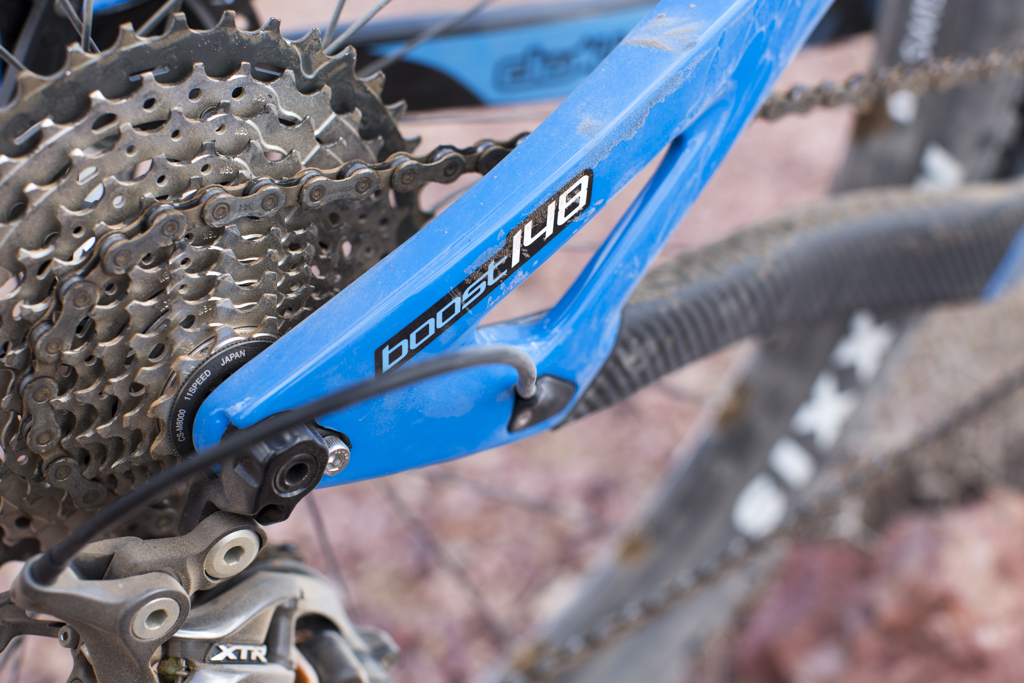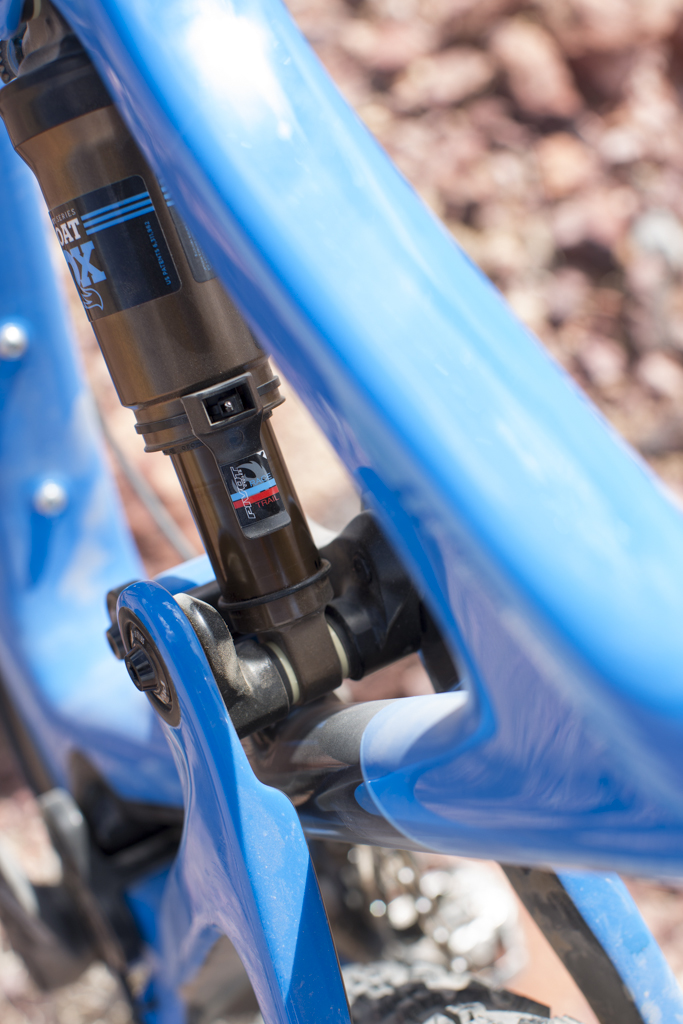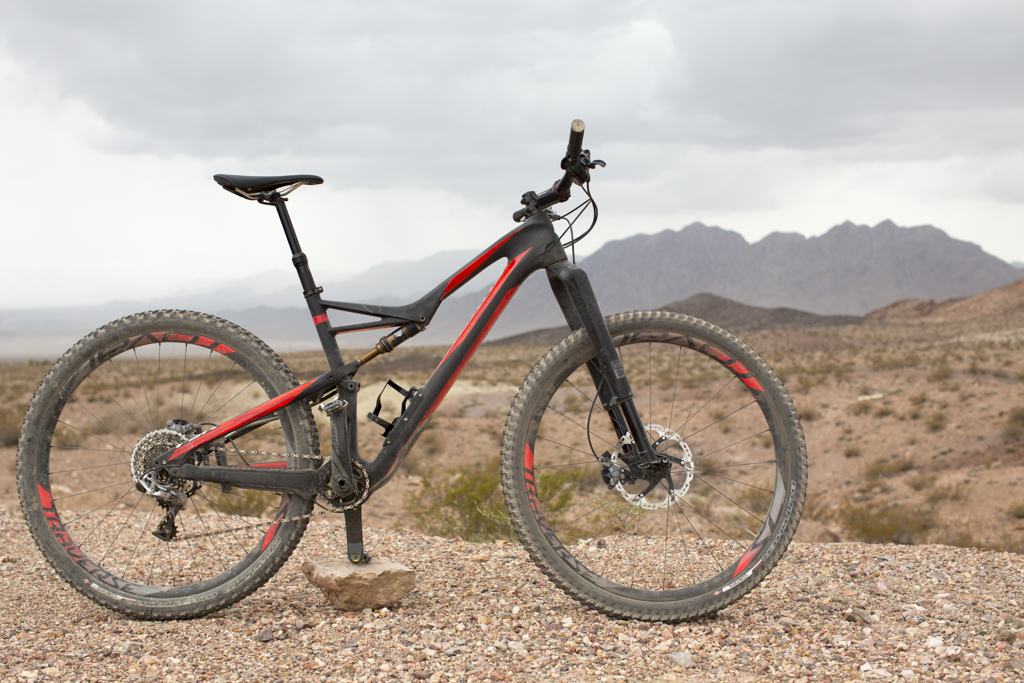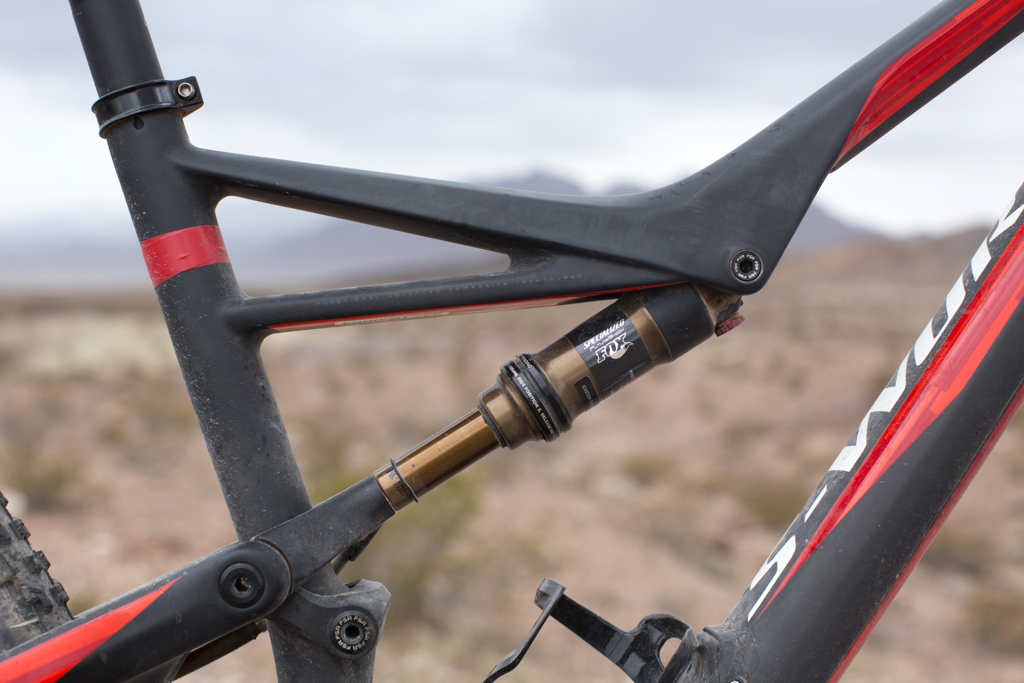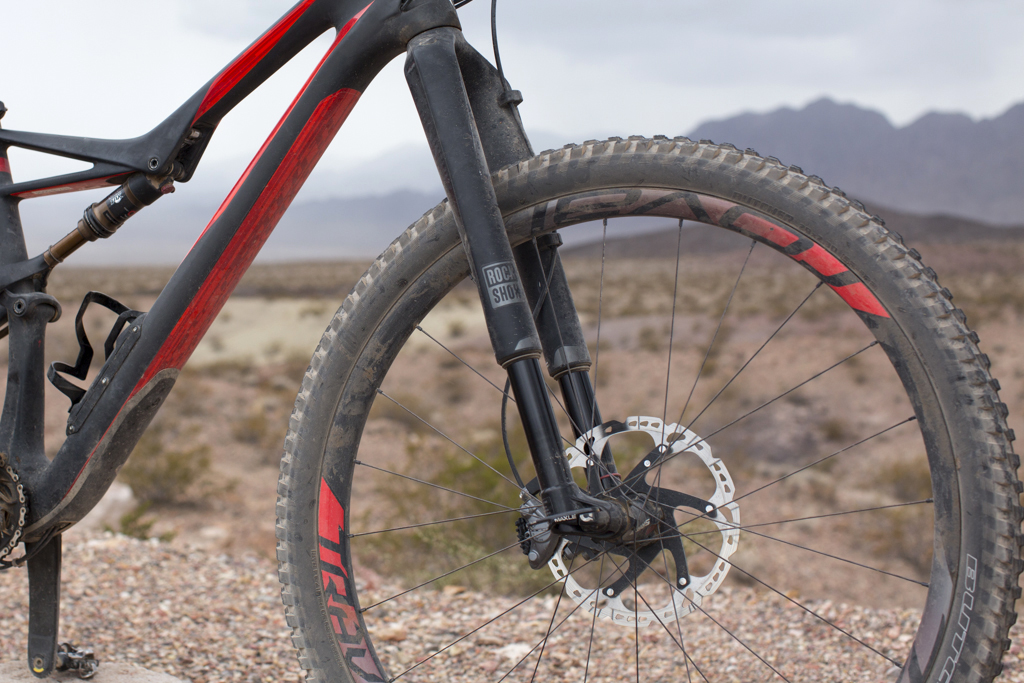Snow Peak Way 2
Fans of this site (chuckling to myself) will know that we’ve been into Snow Peak since this site began. In particular we love their lightweight titanium mugs and pots. They’re extremely light weight and very well made. Snow Peak is not a new brand, they began in 1958 as a mountaineering company. From their site: “Snow Peak's journey began in 1958, when our founder Yukio Yamai, an accomplished mountaineer, created his own line of superior climbing gear out of the discontent for the current gear on the market“ Yukio’s son, Tohru has been in charge since 1980 and now his daughter, Lisa is in charge of Snow Peak Apparel, which was launched in 2014. Anyone familiar with Snow Peak’s line will tell you that the bulk of what they make is aimed at the car camping market. I understand that is what is most popular in Japan. If “glamping” is your thing, you likely already know about Snow Peak. They make beautiful, minimalistic gear that elevates car camping. Think about lovely bamboo tables and portable wood fired pizza ovens.
Snow Peak in Portland
The cool thing, and probably why I know about Snow Peak, is that they set up American headquarters in Portland in 2007. Apparently Tohru lives in Portland and the company has big plans to expand here! If you’ve been to their Portland store and been impressed, just wait until they open their two-story, 14,000 square foot shop/headquarters on NW 23rd, complete with signature gourmet restaurant “serving Japanese-inspired dishes melded with a Pacific Northwest flavor.”
Snow Peak Way
Last year Snow Peak hosted their first ever American version of their Snow Peak Way event, of which they’ve already done 13 in Japan! You’re wondering what is Snow Peak Way. I was too. From their site: “Under the policy that "we are also users", Snow Peak creates truly innovative equipment and hosts annual Snow Peak Way camping events at our headquarters where both users and staff can meet and talk with each other, fostering a close-knit community of like minded outdoor enthusiasts and fans all over the world. Today, with the rapid evolution of technology accelerating the convenience of our daily lives, it has also led us to sacrifice precious human to human interaction. By simply experiencing the lifestyle of Snow Peak through our products and services, it's our intention that you can reconnect with the natural world, and the rest of mankind.” Pretty lofty goals, but I feel like we need some of that right now. This year I was lucky enough to get an invitation to the event to see what all the fuss is about. I decided it was good opportunity to load up my road bike with a few camping items and pedal the 50 or so miles from my house to Beacon Rock Campground, where the event was hosted. The idea is that guests rent or bring their own SnowPeak tents, as a chance to try out their equipment. I was given an Amenity Dome tent to try and handed a double wall 450 titanium mug and a personal mini flame lamp. Excellent welcome gifts, I must say! Snow Peak also sets up a group cooking station, complete with gas burners, sun shaded by their expansive awnings. The cynic would say it’s just a big branded campout, but if you’re a Snow Peak fan like I am, it’s a cool chance to play with all the cool high end car camping equipment that you would otherwise not get to check out in the field. Walk further into the event and you see a vintage Citroen van parked, which you quickly realize is Union Wine Company serving samples of their excellent canned wines. I know you’re thinking wine in a can - how lowbrow, but they’re damn good, especially the strawberry wine. I think for those tired of beer or wanting something fancier for their glamping, wine in a can is just the thing.
Let’s not get sidetracked, there’s still a lot to see. There is a long group bar of their cool double-decked modular bamboo tables that nest together where they’ll serve up Suntory whiskey in the evening, lit by their very cool dome lights. Right now, though they’re serving up hand-whisked matcha, as well as teaching guests all about matcha, they’re serving hibiscus and sake cocktails and some nice hazy IPAs if that’s more your style. Snow Peak has you covered. All of this is set up in Beacon Rock’s expansive group campsite and Snow Peak has the entire campsite reserved for the weekend, so it feels private - no battling neighbors with noisy generators. Snow Peak set up the experience exactly how they want it to be experienced. It was a perfect venue.
If hanging out and chatting with your fellow campers isn’t enough, there is also a Shibori indigo tie-dye station, as well as a cooking demos from the Dirty Gourmet duo, and scent making with Maak Lab. They were out foraging pine boughs to cook down when I arrived. I love the idea of all these interesting interactive things to play with in the woods. It reminded me of a more adult version of the things we did as kids in Boy Scouts. It encourages being curious and building new skills, and it’s just a fun way to break the ice and interact with your fellow campers.
If all of that wasn’t enough, campers have the option to hike either Beacon Rock or Hamilton Mountain. Beacon is pretty simple to hike - you just have to jostle for space with the other hikers and there are plenty of railings to hold onto as you switch back towards the top of the rock. Did you know that Henry J. Biddle bought it for a dollar in 1915 and built the trail you climb today over the next three years. If you’re a dedicated hiker, Hamilton Mountain would be your choice, since it’s a pretty serious 8-mile hike with some legit vertical gain. Since I was there to experience the event and take photos, I opted to just hike Beacon and loved it. It’s a unique experience and well worth doing. The views from the top are pretty good too. If you’ve never experienced the historic highway with its many waterfalls, that’s a must see as well. Apparently that was an option for Snow Peak campers as well. Since I was riding my bike via the historic highway I was able to stop at waterfalls on my return trip. Many campers started their days off with a yoga class or a group run.
I really loved the event. It was low key and a nice way to hang out in nature and meet some cool new people. Right when I rolled in I met Jack and Verity, who just moved from London and we have all kinds of mutual friends. I met Michael, who also rode his loaded bike out to the event. Lots of quick connections!
For me, it was a treat to meet the folks behind the Snow Peak brand and hang out with them. I love the idea behind the event, to take a weekend away and socialize in nature. They encouraged us to be present with each other - providing a space to create community and ultimately that’s what it’s about. If any of this sounds appealing, sign up with Snow Peak on their email list and get updates about next years event and check them out when they open their new store on 23rd next year. Thanks again to the good folks at Snow Peak for having me out to experience this unique event. Everyone I met was wonderful and I now feel like part of the Snow Peak family. I like that brands can be idealistic, curate events like this and be proactive in meeting their customers and fans. Nicely done, Snow Peak, nicely done!
The only thing left to do was to pack up and ride back home the way I had come. I love the historic highway and I’m so pleased to see it open to bikes all the way to Cascade Locks! I pedaled hard, but took my time and stopped to watch waterfalls and have a bite of food. Normally I go as far as Vista House, but Beacon Rock was just far enough away to be both an overnight destination and a little bit of an adventure. I loved being hosted and thus able to carry less gear. It was perfect timing for me, since I just got back on the road bike about two weeks ago after recovering from (two months off the bike) shoulder surgery. Weekends like this remind me that little adventures can be just around the corner, sometimes the little switch you need is just the decision to ride your bike, instead of piling in the car. That and having friends that like planning awesome events that await you in the gorge! Thanks again Snow Peak. Until next year!

